OMNIA SCIENTIA
OMNIA SCIENTIA
OMNIA SCIENTIA
OMNIA SCIENTIA
OMNIA SCIENTIA
ASTRONOMIA NOVA
ASTRONOMIA NOVA
ASTRONOMIA NOVA
ASTRONOMIA NOVA
ASTRONOMIA NOVA
GLOSSARY OF TERMS
GLOSSARY OF TERMS
GLOSSARY OF TERMS
GLOSSARY OF TERMS
GLOSSARY OF TERMS
DEFINITIONS & FORMULAE
DEFINITIONS & FORMULAE
DEFINITIONS & FORMULAE
DEFINITIONS & FORMULAE
DEFINITIONS & FORMULAE
DEFINITIONS & FORMULAE
DEFINITIONS & FORMULAE
DEFINITIONS & FORMULAE
DEFINITIONS & FORMULAE
| A | ||
| A B C D E F G H I J K L M N O P Q R S T U V W X Y Z # Ω |
| A | ||
| A B C D E F G H I J K L M N O P Q R S T U V W X Y Z # Ω |
| A | ||
| A B C D E F G H I J K L M N O P Q R S T U V W X Y Z # Ω |
| A | ||
| A B C D E F G H I J K L M N O P Q R S T U V W X Y Z # Ω |
| A |
| Ablation Geology Term |
A |
| … is the removal of material from the surface of a meteor as it travels through the atmosphere of a planetary body. |
| Ablation Geology Term |
A |
| … is the removal of material from the surface of a meteor as it travels through the atmosphere of a planetary body. |
| Ablation Geology Term |
A |
| … is the removal of material from the surface of a meteor as it travels through the atmosphere of a planetary body. |
| Ablation Geology Term |
A |
| … is the removal of material from the surface of a meteor as it travels through the atmosphere of a planetary body. |
| Ablation Geology Term |
A |
| … is the removal of material from the surface of a meteor as it travels through the atmosphere of a planetary body. |
| Absolute Magnitude Astronomy Term |
A |
… is a measure of the luminosity of a celestial object, on a logarithmic astronomical magnitude scale. It is equal to the comparative apparent magnitude of the object from 10 parsecs, 32.6 light years, with no extinction of its light due to absorption by interstellar dust particles. The more luminous an object, the smaller the numerical value of its absolute magnitude.Invented by
|
| Absolute Magnitude Astronomy Term |
A |
… is a measure of the luminosity of a celestial object, on a logarithmic astronomical magnitude scale. It is equal to the comparative apparent magnitude of the object from 10 parsecs, 32.6 light years, with no extinction of its light due to absorption by interstellar dust particles. The more luminous an object, the smaller the numerical value of its absolute magnitude.Invented by
|
| Absolute Magnitude Astronomy Term |
A |
… is a measure of the luminosity of a celestial object, on a logarithmic astronomical magnitude scale. It is equal to the comparative apparent magnitude of the object from 10 parsecs, 32.6 light years, with no extinction of its light due to absorption by interstellar dust particles. The more luminous an object, the smaller the numerical value of its absolute magnitude.Invented by
|
| Absolute Magnitude Astronomy Term |
A |
… is a measure of the luminosity of a celestial object, on a logarithmic astronomical magnitude scale. It is equal to the comparative apparent magnitude of the object from 10 parsecs, 32.6 light years, with no extinction of its light due to absorption by interstellar dust particles. The more luminous an object, the smaller the numerical value of its absolute magnitude.Invented by
|
| Absolute Magnitude Astronomy Term |
A |
… is a measure of the luminosity of a celestial object, on a logarithmic astronomical magnitude scale. It is equal to the comparative apparent magnitude of the object from 10 parsecs, 32.6 light years, with no extinction of its light due to absorption by interstellar dust particles. The more luminous an object, the smaller the numerical value of its absolute magnitude.Invented by
|
| Absolute Zero Fundamental Term |
A |
Absolute Zero = 0 degrees Kelvin (-273.16 degrees Celsius)Discovered by
|
| Absolute Zero Fundamental Term |
A |
| Absolute Zero = 0 degrees Kelvin (-273.16 degrees Celsius) Discovered by
|
| Absolute Zero Fundamental Term |
A |
| Absolute Zero = 0 degrees Kelvin (-273.16 degrees Celsius) Discovered by
|
| Absolute Zero Fundamental Term |
A |
| Absolute Zero = 0 degrees Kelvin (-273.16 degrees Celsius) Discovered by
|
| Absolute Zero Fundamental Term |
A |
| Absolute Zero = 0 degrees Kelvin (-273.16 degrees Celsius) Discovered by
|
| Absorption Lines Fundamental Term |
A |
… are dark lines within a sampled frequency spectrum, caused by the light absorption of chemical elements that emit and absorb radiated energy at those specific wavelengths, further helping to identify the composition of the star, celestial body or material.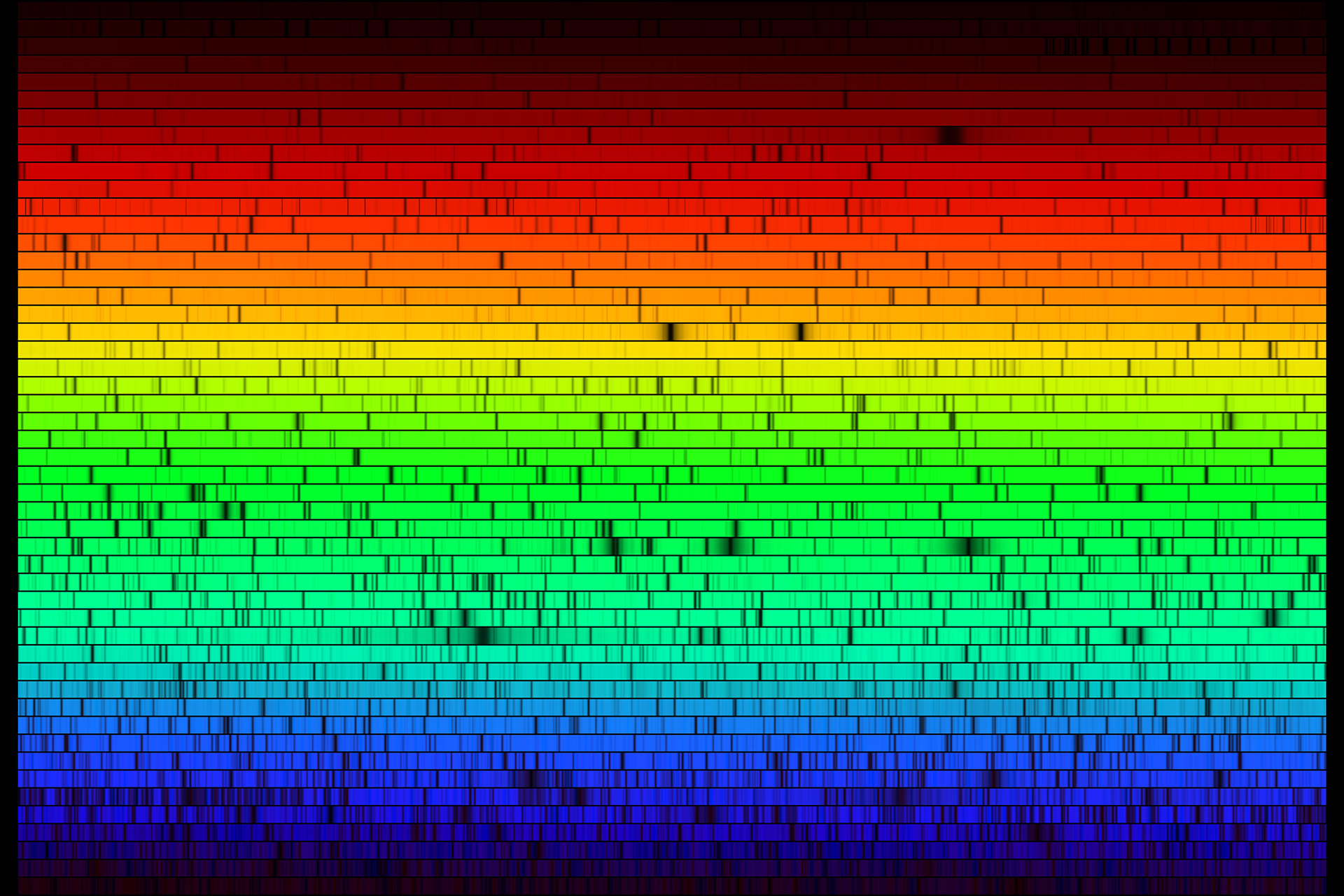
Absorption Lines of Helios (Sun)Discovered by
|
| Absorption Lines Fundamental Term |
A |
… are dark lines within a sampled frequency spectrum, caused by the light absorption of chemical elements that emit and absorb radiated energy at those specific wavelengths, further helping to identify the composition of the star, celestial body or material.
Absorption Lines of Helios (Sun)Discovered by
|
| Absorption Lines Fundamental Term |
A |
… are dark lines within a sampled frequency spectrum, caused by the light absorption of chemical elements that emit and absorb radiated energy at those specific wavelengths, further helping to identify the composition of the star, celestial body or material.
Absorption Lines of Helios (Sun)Discovered by
|
| Absorption Lines Fundamental Term |
A |
… are dark lines within a sampled frequency spectrum, caused by the light absorption of chemical elements that emit and absorb radiated energy at those specific wavelengths, further helping to identify the composition of the star, celestial body or material.
Absorption Lines of Helios (Sun)Discovered by
|
| Absorption Lines Fundamental Term |
A |
… are dark lines within a sampled frequency spectrum, caused by the light absorption of chemical elements that emit and absorb radiated energy at those specific wavelengths, further helping to identify the composition of the star, celestial body or material.
Absorption Lines of Helios (Sun)Discovered by
|
| Accretion Geology Term |
A |
| … is a process where dust and gas accumulate into larger stellar and planetary bodies. |
| Accretion Geology Term |
A |
| … is a process where dust and gas accumulate into larger stellar and planetary bodies. |
| Accretion Geology Term |
A |
| … is a process where dust and gas accumulate into larger stellar and planetary bodies. |
| Accretion Geology Term |
A |
| … is a process where dust and gas accumulate into larger stellar and planetary bodies. |
| Accretion Geology Term |
A |
| … is a process where dust and gas accumulate into larger stellar and planetary bodies. |
| Accretion Disk Geology Term |
A |
| … disk of gas that accumulates around a central point of gravitational attraction. As a white dwarf, neutron star, or black hole heat the surrounding gas, emitting radiation and visible light. |
| Accretion Disk Geology Term |
A |
| … disk of gas that accumulates around a central point of gravitational attraction. As a white dwarf, neutron star, or black hole heat the surrounding gas, emitting radiation and visible light. |
| Accretion Disk Geology Term |
A |
| … disk of gas that accumulates around a central point of gravitational attraction. As a white dwarf, neutron star, or black hole heat the surrounding gas, emitting radiation and visible light. |
| Accretion Disk Geology Term |
A |
| … disk of gas that accumulates around a central point of gravitational attraction. As a white dwarf, neutron star, or black hole heat the surrounding gas, emitting radiation and visible light. |
| Accretion Disk Geology Term |
A |
| … disk of gas that accumulates around a central point of gravitational attraction. As a white dwarf, neutron star, or black hole heat the surrounding gas, emitting radiation and visible light. |
| Achondrite Geology Term |
A |
… is a stone meteorite that contains no chondrules.
Achondrite (NWA2482)NWA2118 L3 · NWA5206 LL3 · NWA2738 H3
|
| Achondrite Geology Term |
A |
… is a stone meteorite that contains no chondrules.
Achondrite (NWA2482)NWA2118 L3 · NWA5206 LL3 · NWA2738 H3
|
| Achondrite Geology Term |
A |
… is a stone meteorite that contains no chondrules.
Achondrite (NWA2482)NWA2118 L3 · NWA5206 LL3 · NWA2738 H3
|
| Achondrite Geology Term |
A |
… is a stone meteorite that contains no chondrules.
Achondrite (NWA2482)NWA2118 L3 · NWA5206 LL3 · NWA2738 H3
|
| Achondrite Geology Term |
A |
… is a stone meteorite that contains no chondrules.
Achondrite (NWA2482)NWA2118 L3 · NWA5206 LL3 · NWA2738 H3
|
| Achromatic Lens Imaging Equipment |
A |
… is a combination of two lenses made of a combination of crown and flint glass, that bring two wavelengths into focus (red & blue) on the same plane to eradicate chromatic aberrations from images.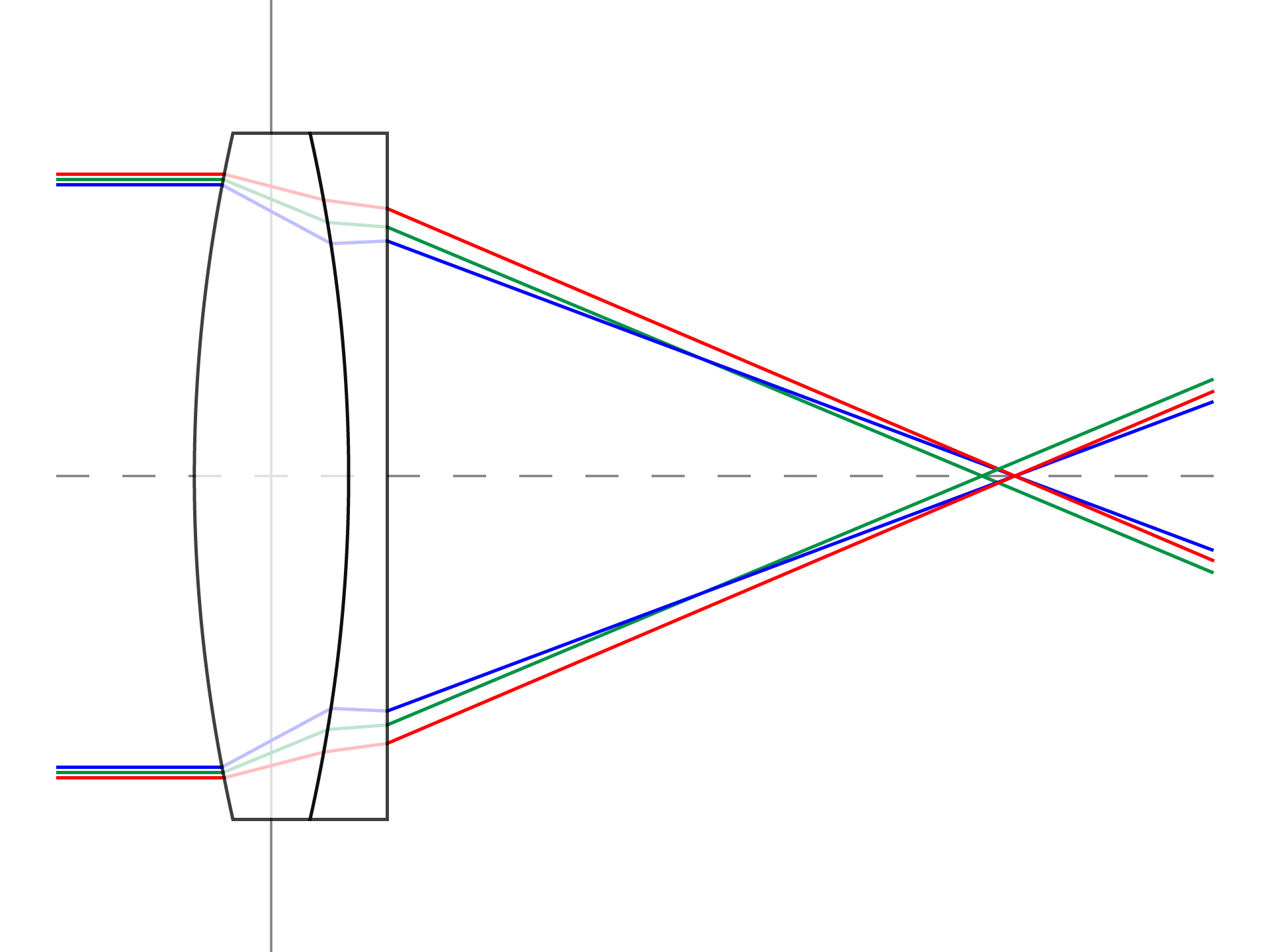
Achromatic Doublet LensInvented by
|
| Achromatic Lens Imaging Equipment |
A |
… is a combination of two lenses made of a combination of crown and flint glass, that bring two wavelengths into focus (red & blue) on the same plane to eradicate chromatic aberrations from images.
Achromatic Doublet LensInvented by
|
| Achromatic Lens Imaging Equipment |
A |
… is a combination of two lenses made of a combination of crown and flint glass, that bring two wavelengths into focus (red & blue) on the same plane to eradicate chromatic aberrations from images.
Achromatic Doublet LensInvented by
|
| Achromatic Lens Imaging Equipment |
A |
… is a combination of two lenses made of a combination of crown and flint glass, that bring two wavelengths into focus (red & blue) on the same plane to eradicate chromatic aberrations from images.
Achromatic Doublet LensInvented by
|
| Achromatic Lens Imaging Equipment |
A |
… is a combination of two lenses made of a combination of crown and flint glass, that bring two wavelengths into focus (red & blue) on the same plane to eradicate chromatic aberrations from images.
Achromatic Doublet LensInvented by
|
| Active Galaxy Secondary Plane |
A |
… are host to galactic nuclei that produce non-stellar emissions of radio, microwave, infrared, optical, ultra-violet, X-ray, and Gamma Ray waves, fed by an accretion of mass from a supermassive black hole. Quasars are active galactic nuclei and are the most powerful and luminous source of electromagnetic radiation in the universe.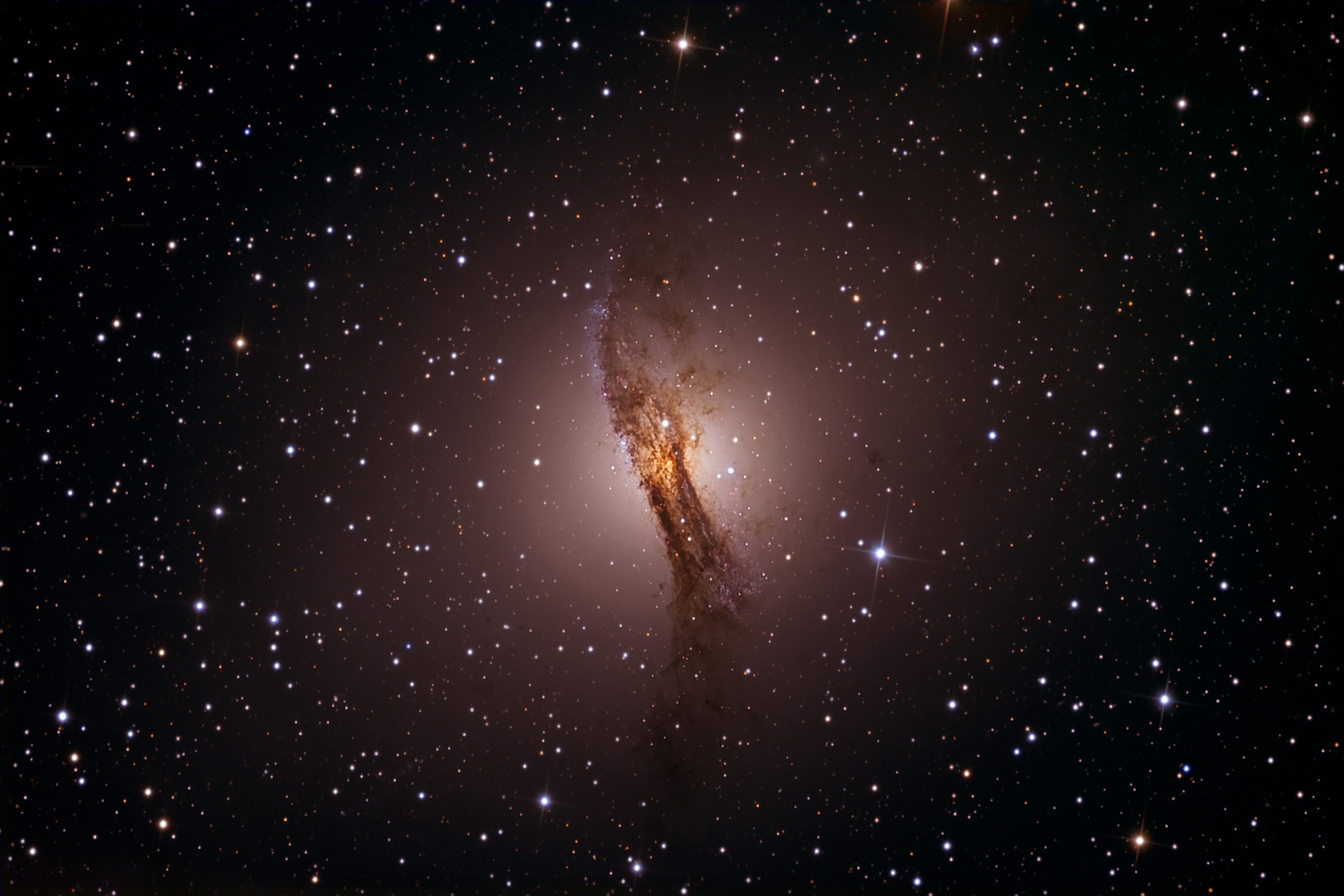
Centaurus A (NGC5128)Cygnus A (M87) · NGC4261 · NGC4151
|
| Active Galaxy Secondary Plane |
A |
… are host to galactic nuclei that produce non-stellar emissions of radio, microwave, infrared, optical, ultra-violet, X-ray, and Gamma Ray waves, fed by an accretion of mass from a supermassive black hole. Quasars are active galactic nuclei and are the most powerful and luminous source of electromagnetic radiation in the universe.
Centaurus A (NGC5128)Cygnus A (M87) · NGC4261 · NGC4151
|
| Active Galaxy Secondary Plane |
A |
… are host to galactic nuclei that produce non-stellar emissions of radio, microwave, infrared, optical, ultra-violet, X-ray, and Gamma Ray waves, fed by an accretion of mass from a supermassive black hole. Quasars are active galactic nuclei and are the most powerful and luminous source of electromagnetic radiation in the universe.
Centaurus A (NGC5128)Cygnus A (M87) · NGC4261 · NGC4151
|
| Active Galaxy Secondary Plane |
A |
… are host to galactic nuclei that produce non-stellar emissions of radio, microwave, infrared, optical, ultra-violet, X-ray, and Gamma Ray waves, fed by an accretion of mass from a supermassive black hole. Quasars are active galactic nuclei and are the most powerful and luminous source of electromagnetic radiation in the universe.
Centaurus A (NGC5128)Cygnus A (M87) · NGC4261 · NGC4151
|
| Active Galaxy Secondary Plane |
A |
… are host to galactic nuclei that produce non-stellar emissions of radio, microwave, infrared, optical, ultra-violet, X-ray, and Gamma Ray waves, fed by an accretion of mass from a supermassive black hole. Quasars are active galactic nuclei and are the most powerful and luminous source of electromagnetic radiation in the universe.
Centaurus A (NGC5128)Cygnus A (M87) · NGC4261 · NGC4151
|
| Afterglow Astronomy Term |
A |
… is a diminishing fireball of a gamma-ray burst that is observable in less energetic wavelengths (X-ray, optical, and radio). After an explosion, the expanding gamma-ray burst decelerates, absorbs surrounding material that generate the afterglow, and can remain visible for several months.Discovered by
|
| Afterglow Astronomy Term |
A |
… is a diminishing fireball of a gamma-ray burst that is observable in less energetic wavelengths (X-ray, optical, and radio). After an explosion, the expanding gamma-ray burst decelerates, absorbs surrounding material that generate the afterglow, and can remain visible for several months.Discovered by
|
| Afterglow Astronomy Term |
A |
… is a diminishing fireball of a gamma-ray burst that is observable in less energetic wavelengths (X-ray, optical, and radio). After an explosion, the expanding gamma-ray burst decelerates, absorbs surrounding material that generate the afterglow, and can remain visible for several months.Discovered by
|
| Afterglow Astronomy Term |
A |
… is a diminishing fireball of a gamma-ray burst that is observable in less energetic wavelengths (X-ray, optical, and radio). After an explosion, the expanding gamma-ray burst decelerates, absorbs surrounding material that generate the afterglow, and can remain visible for several months.Discovered by
|
| Afterglow Astronomy Term |
A |
… is a diminishing fireball of a gamma-ray burst that is observable in less energetic wavelengths (X-ray, optical, and radio). After an explosion, the expanding gamma-ray burst decelerates, absorbs surrounding material that generate the afterglow, and can remain visible for several months.Discovered in 1997 by
|
| Airy Disk Imaging Term |
A |
| … is the best focused point of light that a perfect lens with a circular aperture can make and is only limited by the diffraction of light. This fundamental diffraction pattern, the Airy Disk, has a central bright region, surrounded by a series of concentric rings of decreasing intensity and is the smallest point to which a beam of light can be focused, and is directly related to the wavelength of the illuminating light and the size of the circular aperture. 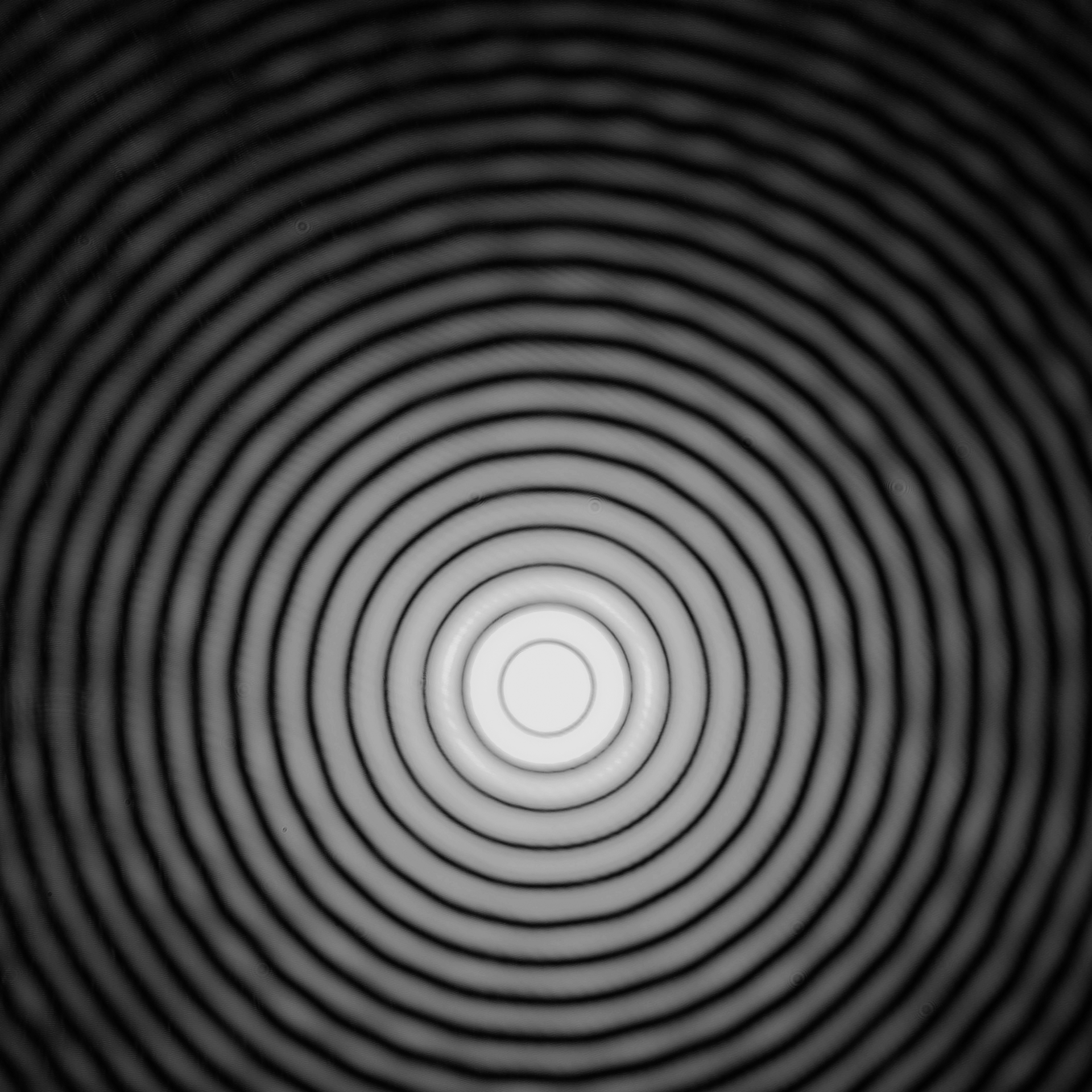
Airy DiskDiscovered by
|
| Airy Disk Imaging Term |
A |
| … is the best focused point of light that a perfect lens with a circular aperture can make and is only limited by the diffraction of light. This fundamental diffraction pattern, the Airy Disk, has a central bright region, surrounded by a series of concentric rings of decreasing intensity and is the smallest point to which a beam of light can be focused, and is directly related to the wavelength of the illuminating light and the size of the circular aperture. 
Airy DiskDiscovered by
|
| Airy Disk Imaging Term |
A |
| … is the best focused point of light that a perfect lens with a circular aperture can make and is only limited by the diffraction of light. This fundamental diffraction pattern, the Airy Disk, has a central bright region, surrounded by a series of concentric rings of decreasing intensity and is the smallest point to which a beam of light can be focused, and is directly related to the wavelength of the illuminating light and the size of the circular aperture. 
Airy DiskDiscovered by
|
| Airy Disk Imaging Term |
A |
| … is the best focused point of light that a perfect lens with a circular aperture can make and is only limited by the diffraction of light. This fundamental diffraction pattern, the Airy Disk, has a central bright region, surrounded by a series of concentric rings of decreasing intensity and is the smallest point to which a beam of light can be focused, and is directly related to the wavelength of the illuminating light and the size of the circular aperture. 
Airy DiskDiscovered by
|
| Airy Disk Imaging Term |
A |
| … is the best focused point of light that a perfect lens with a circular aperture can make and is only limited by the diffraction of light. This fundamental diffraction pattern, the Airy Disk, has a central bright region, surrounded by a series of concentric rings of decreasing intensity and is the smallest point to which a beam of light can be focused, and is directly related to the wavelength of the illuminating light and the size of the circular aperture. 
Airy DiskDiscovered by
|
| Albedo Astronomy Term |
A |
… is the reflective property of a non-luminous object and is expressed as the ratio of total-reflected light. A perfect mirror has an albedo of 100% whilst a black hole would have an albedo of 0%.Discovered by
|
| Albedo Astronomy Term |
A |
… is the reflective property of a non-luminous object and is expressed as the ratio of total-reflected light. A perfect mirror has an albedo of 100% whilst a black hole would have an albedo of 0%.Discovered by
|
| Albedo Astronomy Term |
A |
… is the reflective property of a non-luminous object and is expressed as the ratio of total-reflected light. A perfect mirror has an albedo of 100% whilst a black hole would have an albedo of 0%.Discovered by
|
| Albedo Astronomy Term |
A |
… is the reflective property of a non-luminous object and is expressed as the ratio of total-reflected light. A perfect mirror has an albedo of 100% whilst a black hole would have an albedo of 0%.Discovered by
|
| Albedo Astronomy Term |
A |
… is the reflective property of a non-luminous object and is expressed as the ratio of total-reflected light. A perfect mirror has an albedo of 100% whilst a black hole would have an albedo of 0%.Discovered by
|
| Allocthonous Geology Term |
A |
| … are geological materials that are found in a location that does not belong the area. |
| Allocthonous Geology Term |
A |
| … are geological materials that are found in a location that does not belong the area. |
| Allocthonous Geology Term |
A |
| … are geological materials that are found in a location that does not belong the area. |
| Allocthonous Geology Term |
A |
| … are geological materials that are found in a location that does not belong the area. |
| Allocthonous Geology Term |
A |
| … are geological materials that are found in a location that does not belong the area. |
| Angular Momentum Fundamental Term |
A |
… is a property of stellar or planetary motion and is a conserved quantity, remaining constant, unless acted upon by an external torque. Unlike momentum, angular momentum depends on the chosen origin, as the measure results from the position of a particle under observation. The angular momentum is relational to the angular velocity, of an object (orbit rotation speed) via the moment of inertia (rotational mass distribution). While the angular velocity always points in the direction of the rotation axis, the angular momentum may point in a different direction depending on how the mass is distributed.Discovered by
|
| Angular Momentum Fundamental Term |
A |
… is a property of stellar or planetary motion and is a conserved quantity, remaining constant, unless acted upon by an external torque. Unlike momentum, angular momentum depends on the chosen origin, as the measure results from the position of a particle under observation. The angular momentum is relational to the angular velocity, of an object (orbit rotation speed) via the moment of inertia (rotational mass distribution). While the angular velocity always points in the direction of the rotation axis, the angular momentum may point in a different direction depending on how the mass is distributed.Discovered by
|
| Angular Momentum Fundamental Term |
A |
… is a property of stellar or planetary motion and is a conserved quantity, remaining constant, unless acted upon by an external torque. Unlike momentum, angular momentum depends on the chosen origin, as the measure results from the position of a particle under observation. The angular momentum is relational to the angular velocity, of an object (orbit rotation speed) via the moment of inertia (rotational mass distribution). While the angular velocity always points in the direction of the rotation axis, the angular momentum may point in a different direction depending on how the mass is distributed.Discovered by
|
| Angular Momentum Fundamental Term |
A |
… is a property of stellar or planetary motion and is a conserved quantity, remaining constant, unless acted upon by an external torque. Unlike momentum, angular momentum depends on the chosen origin, as the measure results from the position of a particle under observation. The angular momentum is relational to the angular velocity, of an object (orbit rotation speed) via the moment of inertia (rotational mass distribution). While the angular velocity always points in the direction of the rotation axis, the angular momentum may point in a different direction depending on how the mass is distributed.Discovered by
|
| Angular Momentum Fundamental Term |
A |
… is a property of stellar or planetary motion and is a conserved quantity, remaining constant, unless acted upon by an external torque. Unlike momentum, angular momentum depends on the chosen origin, as the measure results from the position of a particle under observation. The angular momentum is relational to the angular velocity, of an object (orbit rotation speed) via the moment of inertia (rotational mass distribution). While the angular velocity always points in the direction of the rotation axis, the angular momentum may point in a different direction depending on how the mass is distributed.Discovered by
|
| Angular Resolution Imaging Term |
A |
| … is the smallest angular separation that an instrument can observe, with two defined points of light, appearing as two separate objects. |
| Angular Resolution Imaging Term |
A |
| … is the smallest angular separation that an instrument can observe, with two defined points of light, appearing as two separate objects. |
| Angular Resolution Imaging Term |
A |
| … is the smallest angular separation that an instrument can observe, with two defined points of light, appearing as two separate objects. |
| Angular Resolution Imaging Term |
A |
| … is the smallest angular separation that an instrument can observe, with two defined points of light, appearing as two separate objects. |
| Angular Resolution Imaging Term |
A |
| … is the smallest angular separation that an instrument can observe, with two defined points of light, appearing as two separate objects. |
| Annular Eclipse Astronomy Term |
A |
… is a solar eclipse, with the moon covering all except for a bright ring (annulus) around the circumference of the sun.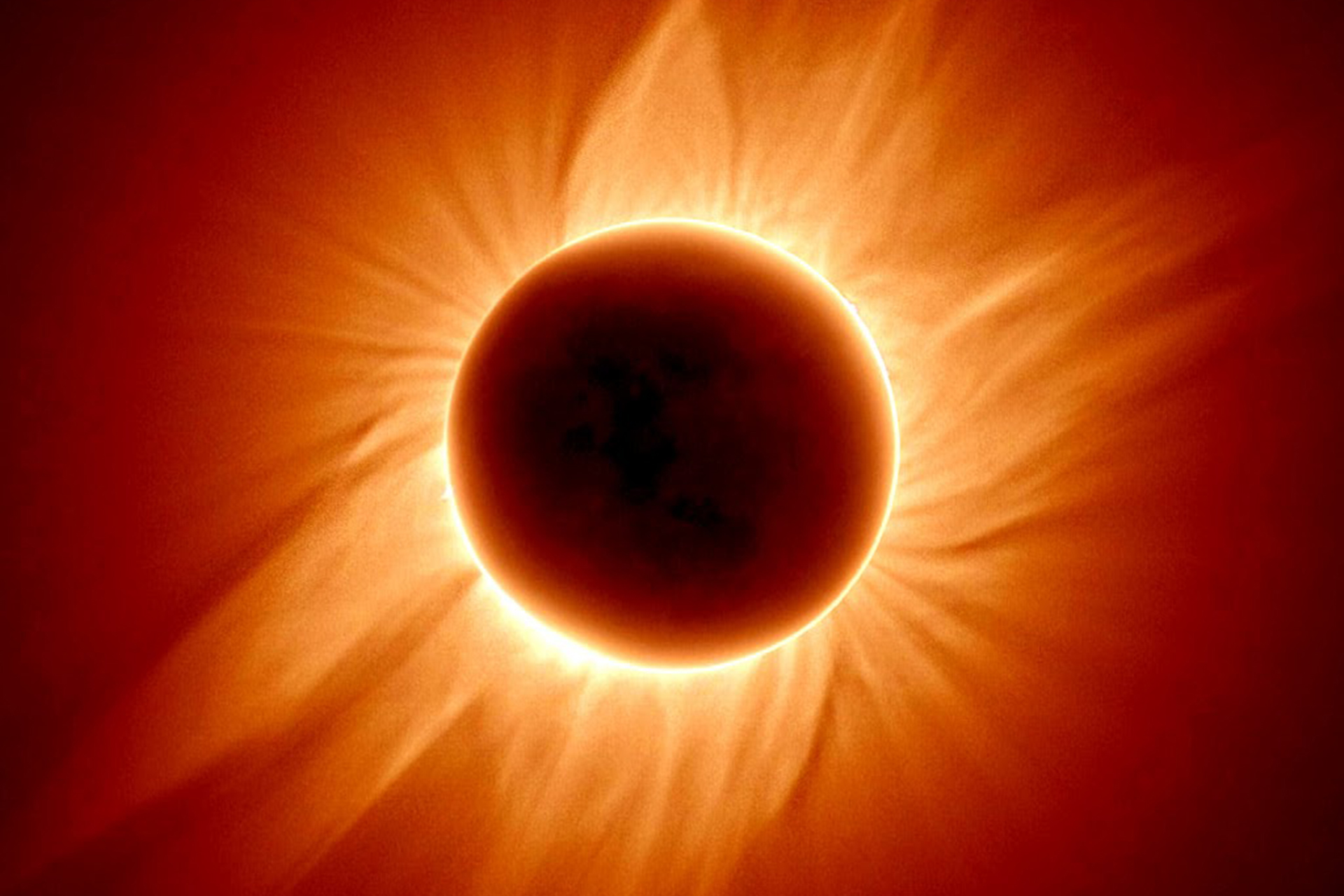
Annular Eclipse |
| Annular Eclipse Astronomy Term |
A |
… is a solar eclipse, with the moon covering all except for a bright ring (annulus) around the circumference of the sun.
Annular Eclipse |
| Annular Eclipse Astronomy Term |
A |
… is a solar eclipse, with the moon covering all except for a bright ring (annulus) around the circumference of the sun.
Annular Eclipse |
| Annular Eclipse Astronomy Term |
A |
… is a solar eclipse, with the moon covering all except for a bright ring (annulus) around the circumference of the sun.
Annular Eclipse |
| Annular Eclipse Astronomy Term |
A |
… is a solar eclipse, with the moon covering all except for a bright ring (annulus) around the circumference of the sun.
Annular Eclipse |
| Antimatter Fundamental Term |
A |
| … is matter with the same mass and opposing charge, an antiparticle partner to particles. Thunderstorms create terrestrial gamma ray flashes that release electrons that are accelerated into space and collide with atoms, releasing gamma rays that in turn release photons, colliding again into another atom, transforming into electron (matter) positron (antimatter) pairs. Collisions between any particle and its anti-particle partner leads to their mutual annihilation, giving rise to intense photons of gamma rays, neutrinos, and sometimes less-massive particle–antiparticle pairs. Antimatter in the form of anti-atoms (antihelium) have been created and individual antimatter particles, are commonly produced by particle accelerators, resulting from specific forms of radioactive decay. 
Antimatter from LightningDiscovered by
|
| Antimatter Fundamental Term |
A |
| … is matter with the same mass and opposing charge, an antiparticle partner to particles. Thunderstorms create terrestrial gamma ray flashes that release electrons that are accelerated into space and collide with atoms, releasing gamma rays that in turn release photons, colliding again into another atom, transforming into electron (matter) positron (antimatter) pairs. Collisions between any particle and its anti-particle partner leads to their mutual annihilation, giving rise to intense photons of gamma rays, neutrinos, and sometimes less-massive particle–antiparticle pairs. Antimatter in the form of anti-atoms (antihelium) have been created and individual antimatter particles, are commonly produced by particle accelerators, resulting from specific forms of radioactive decay. 
Antimatter from LightningDiscovered by
|
| Antimatter Fundamental Term |
A |
| … is matter with the same mass and opposing charge, an antiparticle partner to particles. Thunderstorms create terrestrial gamma ray flashes that release electrons that are accelerated into space and collide with atoms, releasing gamma rays that in turn release photons, colliding again into another atom, transforming into electron (matter) positron (antimatter) pairs. Collisions between any particle and its anti-particle partner leads to their mutual annihilation, giving rise to intense photons of gamma rays, neutrinos, and sometimes less-massive particle–antiparticle pairs. Antimatter in the form of anti-atoms (antihelium) have been created and individual antimatter particles, are commonly produced by particle accelerators, resulting from specific forms of radioactive decay. 
Antimatter from LightningDiscovered by
|
| Antimatter Fundamental Term |
A |
| … is matter with the same mass and opposing charge, an antiparticle partner to particles. Thunderstorms create terrestrial gamma ray flashes that release electrons that are accelerated into space and collide with atoms, releasing gamma rays that in turn release photons, colliding again into another atom, transforming into electron (matter) positron (antimatter) pairs. Collisions between any particle and its anti-particle partner leads to their mutual annihilation, giving rise to intense photons of gamma rays, neutrinos, and sometimes less-massive particle–antiparticle pairs. Antimatter in the form of anti-atoms (antihelium) have been created and individual antimatter particles, are commonly produced by particle accelerators, resulting from specific forms of radioactive decay. 
Antimatter from LightningDiscovered by
|
| Antimatter Fundamental Term |
A |
| … is matter with the same mass and opposing charge, an antiparticle partner to particles. Thunderstorms create terrestrial gamma ray flashes that release electrons that are accelerated into space and collide with atoms, releasing gamma rays that in turn release photons, colliding again into another atom, transforming into electron (matter) positron (antimatter) pairs. Collisions between any particle and its anti-particle partner leads to their mutual annihilation, giving rise to intense photons of gamma rays, neutrinos, and sometimes less-massive particle–antiparticle pairs. Antimatter in the form of anti-atoms (antihelium) have been created and individual antimatter particles, are commonly produced by particle accelerators, resulting from specific forms of radioactive decay. 
Antimatter from LightningDiscovered by
|
| Apochromatic Lens Imaging Equipment |
A |
… is a combination of three lenses that bring three wavelengths into one common focal point (red, green & blue) on the same plane to eradicate chromatic aberrations from images.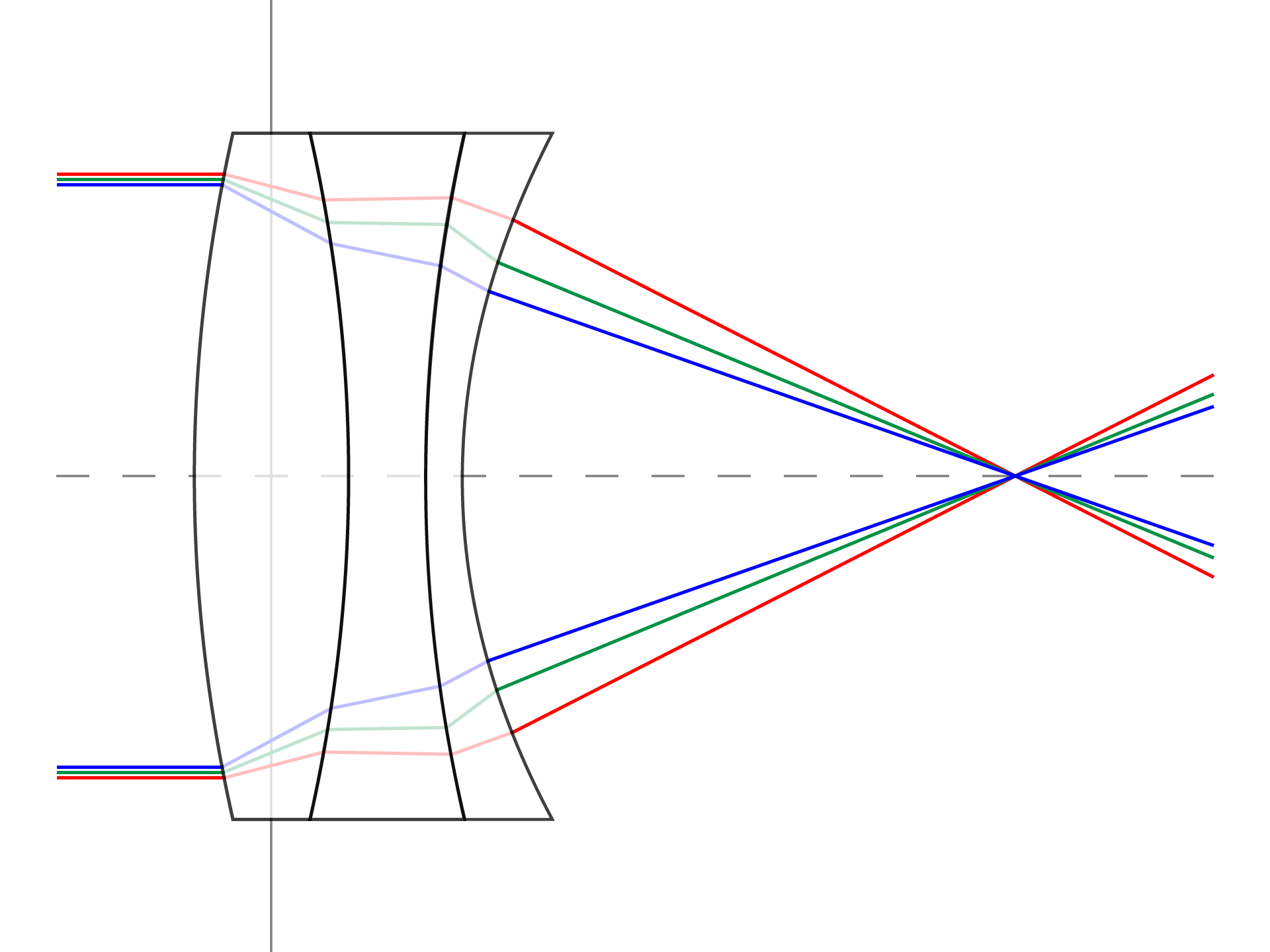
Apochromatic LensInvented by
|
| Apochromatic Lens Imaging Equipment |
A |
… is a combination of three lenses that bring three wavelengths into one common focal point (red, green & blue) on the same plane to eradicate chromatic aberrations from images.
Apochromatic LensInvented by
|
| Apochromatic Lens Imaging Equipment |
A |
… is a combination of three lenses that bring three wavelengths into one common focal point (red, green & blue) on the same plane to eradicate chromatic aberrations from images.
Apochromatic LensInvented by
|
| Apochromatic Lens Imaging Equipment |
A |
… is a combination of three lenses that bring three wavelengths into one common focal point (red, green & blue) on the same plane to eradicate chromatic aberrations from images.
Apochromatic LensInvented by
|
| Apochromatic Lens Imaging Equipment |
A |
… is a combination of three lenses that bring three wavelengths into one common focal point (red, green & blue) on the same plane to eradicate chromatic aberrations from images.
Apochromatic LensInvented by
|
| Archean Eon Geology Timeline |
A |
| 3,800 to 2,500 Million Years Ago Oxygen Creation Epoch |
| Archean Eon Geology Timeline |
A |
| 3,800 to 2,500 Million Years Ago Oxygen Creation Epoch |
| Archean Eon Geology Timeline |
A |
| 3,800 to 2,500 Million Years Ago Oxygen Creation Epoch |
| Archean Eon Geology Timeline |
A |
| 3,800 to 2,500 Million Years Ago Oxygen Creation Epoch |
| Archean Eon Geology Timeline |
A |
| 3,800 to 2,500 Million Years Ago Oxygen Creation Epoch |
| Asteroid Quinary Plane |
A |
… born within a solar nebula and mainly composed of mineral and rock, asteroids are planetary bodies that are smaller than dwarf planets. Known as minor planets, planetoids, or remnants of planetesimals, are largely found in the asteroid belt between Mars and Jupiter. Asteroids are an astronomical body, that directly orbits (or co-orbits as the prime dominant sibling of a planetary system) a parent nucleus with a singular (star or black hole) or multiple (stars or black holes) of greater mass. There are an estimated 1.9 million known Asteroids, ranging in size from 1m to 1,000km in diameter.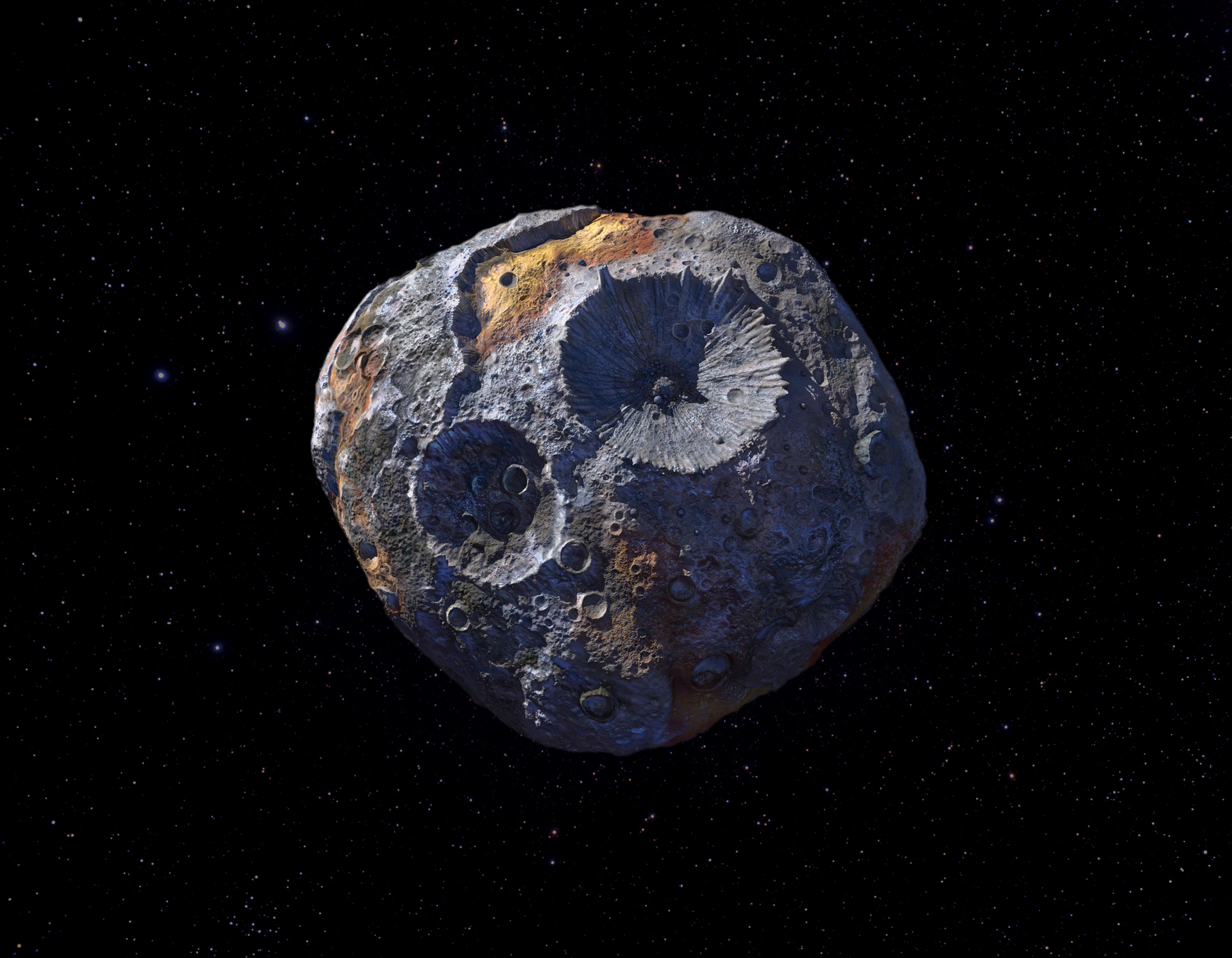
Psyche AsteroidVesta · Pallas · Hygiea · Euphrosyne · Interamnia
|
| Asteroid Quinary Plane |
A |
… born within a solar nebula and mainly composed of mineral and rock, asteroids are planetary bodies that are smaller than dwarf planets. Known as minor planets, planetoids, or remnants of planetesimals, are largely found in the asteroid belt between Mars and Jupiter. Asteroids are an astronomical body, that directly orbits (or co-orbits as the prime dominant sibling of a planetary system) a parent nucleus with a singular (star or black hole) or multiple (stars or black holes) of greater mass. There are an estimated 1.9 million known Asteroids, ranging in size from 1m to 1,000km in diameter.
Psyche AsteroidVesta · Pallas · Hygiea · Euphrosyne · Interamnia
|
| Asteroid Quinary Plane |
A |
… born within a solar nebula and mainly composed of mineral and rock, asteroids are planetary bodies that are smaller than dwarf planets. Known as minor planets, planetoids, or remnants of planetesimals, are largely found in the asteroid belt between Mars and Jupiter. Asteroids are an astronomical body, that directly orbits (or co-orbits as the prime dominant sibling of a planetary system) a parent nucleus with a singular (star or black hole) or multiple (stars or black holes) of greater mass. There are an estimated 1.9 million known Asteroids, ranging in size from 1m to 1,000km in diameter.
Psyche AsteroidVesta · Pallas · Hygiea · Euphrosyne · Interamnia
|
| Asteroid Quinary Plane |
A |
… born within a solar nebula and mainly composed of mineral and rock, asteroids are planetary bodies that are smaller than dwarf planets. Known as minor planets, planetoids, or remnants of planetesimals, are largely found in the asteroid belt between Mars and Jupiter. Asteroids are an astronomical body, that directly orbits (or co-orbits as the prime dominant sibling of a planetary system) a parent nucleus with a singular (star or black hole) or multiple (stars or black holes) of greater mass. There are an estimated 1.9 million known Asteroids, ranging in size from 1m to 1,000km in diameter.
Psyche AsteroidVesta · Pallas · Hygiea · Euphrosyne · Interamnia
|
| Asteroid Quinary Plane |
A |
… born within a solar nebula and mainly composed of mineral and rock, asteroids are planetary bodies that are smaller than dwarf planets. Known as minor planets, planetoids, or remnants of planetesimals, are largely found in the asteroid belt between Mars and Jupiter. Asteroids are an astronomical body, that directly orbits (or co-orbits as the prime dominant sibling of a planetary system) a parent nucleus with a singular (star or black hole) or multiple (stars or black holes) of greater mass. There are an estimated 1.9 million known Asteroids, ranging in size from 1m to 1,000km in diameter.
Psyche AsteroidVesta · Pallas · Hygiea · Euphrosyne · Interamnia
|
| Asteroid Belt Quinary Plane |
A |
… with a mass equivalent to 4% of the Moon and located between the orbits of the planet Mars and Jupiter, the belt is home to the dwarf planet Ceres, and principal asteroids: Vesta, Pallas, Hygiea, and remaining asteroids are composed of carbonaceous (73%), silicate (17%), and metal-rich materials (10%).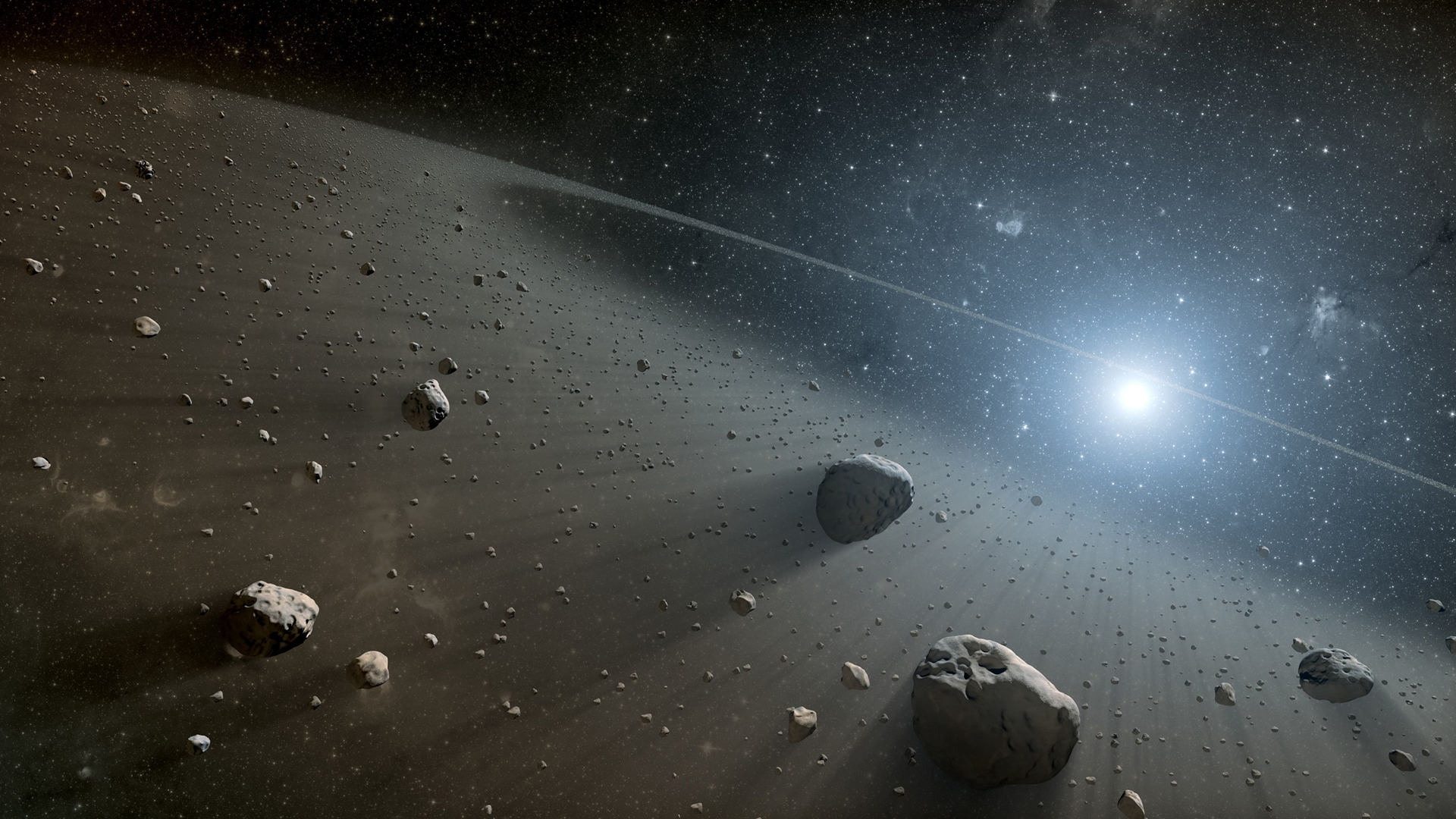
Asteroid BeltDiscovered by
|
| Asteroid Belt Quinary Plane |
A |
… with a mass equivalent to 4% of the Moon and located between the orbits of the planet Mars and Jupiter, the belt is home to the dwarf planet Ceres, and principal asteroids: Vesta, Pallas, Hygiea, and remaining asteroids are composed of carbonaceous (73%), silicate (17%), and metal-rich materials (10%).
Asteroid BeltDiscovered by
|
| Asteroid Belt Quinary Plane |
A |
… with a mass equivalent to 4% of the Moon and located between the orbits of the planet Mars and Jupiter, the belt is home to the dwarf planet Ceres, and principal asteroids: Vesta, Pallas, Hygiea, and remaining asteroids are composed of carbonaceous (73%), silicate (17%), and metal-rich materials (10%).
Asteroid BeltDiscovered by
|
| Asteroid Belt Quinary Plane |
A |
… with a mass equivalent to 4% of the Moon and located between the orbits of the planet Mars and Jupiter, the belt is home to the dwarf planet Ceres, and principal asteroids: Vesta, Pallas, Hygiea, and remaining asteroids are composed of carbonaceous (73%), silicate (17%), and metal-rich materials (10%).
Asteroid BeltDiscovered by
|
| Asteroid Belt Quinary Plane |
A |
… with a mass equivalent to 4% of the Moon and located between the orbits of the planet Mars and Jupiter, the belt is home to the dwarf planet Ceres, and principal asteroids: Vesta, Pallas, Hygiea, and remaining asteroids are composed of carbonaceous (73%), silicate (17%), and metal-rich materials (10%).
Asteroid BeltDiscovered by
|
| Astrometry Astronomy Term |
A |
… is the field of astronomy tasked with the measurement, position, and motion of heavenly bodies.Discovered by
|
| Astrometry Astronomy Term |
A |
… is the field of astronomy tasked with the measurement, position, and motion of heavenly bodies.Discovered by
|
| Astrometry Astronomy Term |
A |
… is the field of astronomy tasked with the measurement, position, and motion of heavenly bodies.Discovered by
|
| Astrometry Astronomy Term |
A |
… is the field of astronomy tasked with the measurement, position, and motion of heavenly bodies.Discovered by
|
| Astrometry Astronomy Term |
A |
… is the field of astronomy tasked with the measurement, position, and motion of heavenly bodies.Discovered by
|
| Astron Quaternary Plane |
A |
… is a combination of gravitationally bound stellar or planetary bodies, surrounding a parent nucleus with one or many stars (Star System), black holes (Bothron System), or a combination thereof (Hybrid Star System).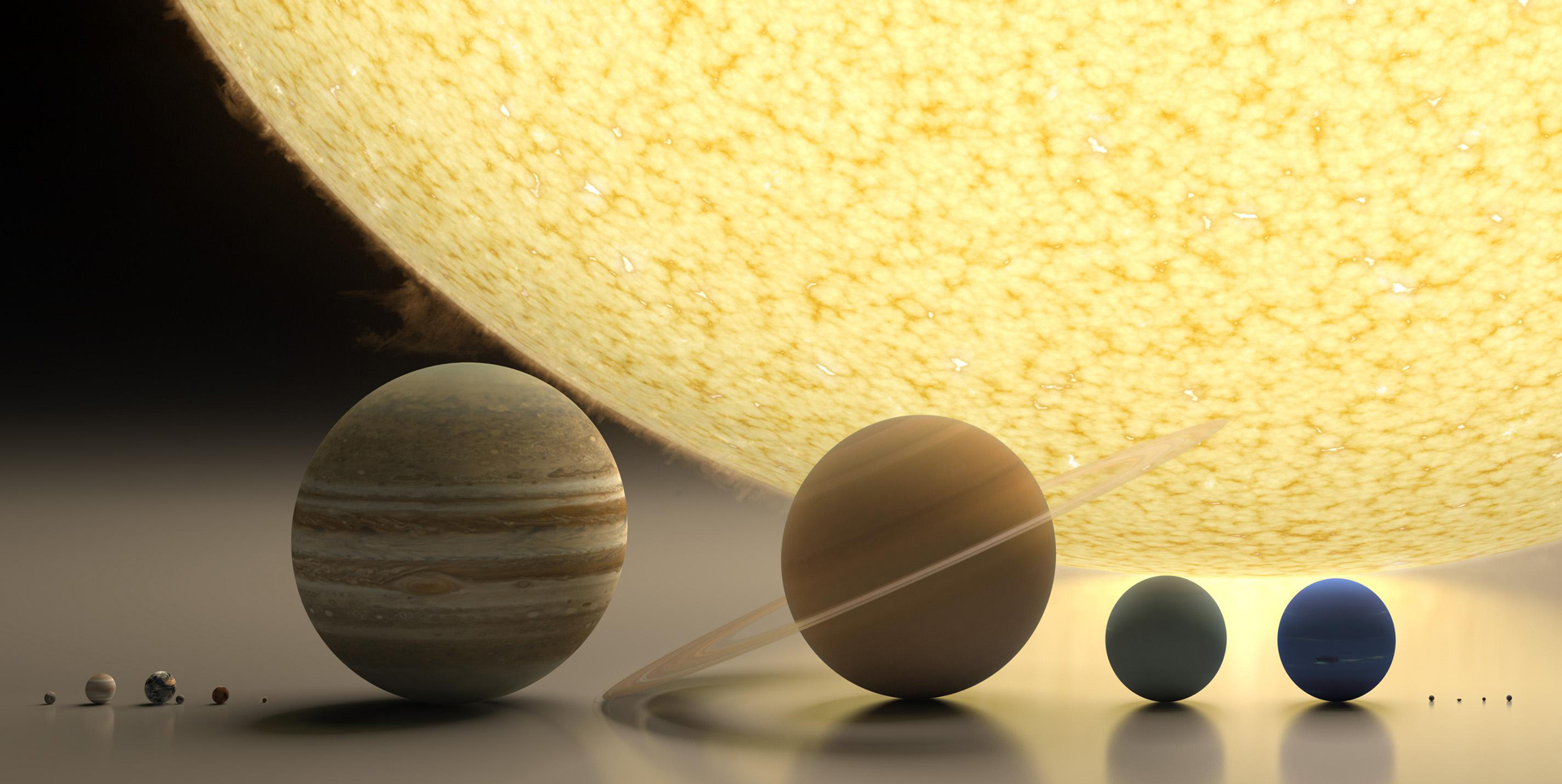
Helios Solar System, 13 PlanetsGliese 876, ST (4P) · HR 8832, ST (7P) · HD 40307, ST (6P)
|
| Astron Quaternary Plane |
A |
… is a combination of gravitationally bound stellar or planetary bodies, surrounding a parent nucleus with one or many stars (Star System), black holes (Bothron System), or a combination thereof (Hybrid Star System).
Helios Solar System, 13 PlanetsGliese 876, ST (4P) · HR 8832, ST (7P) · HD 40307, ST (6P)
|
| Astron Quaternary Plane |
A |
… is a combination of gravitationally bound stellar or planetary bodies, surrounding a parent nucleus with one or many stars (Star System), black holes (Bothron System), or a combination thereof (Hybrid Star System).
Helios Solar System, 13 PlanetsGliese 876, ST (4P) · HR 8832, ST (7P) · HD 40307, ST (6P)
|
| Astron Quaternary Plane |
A |
… is a combination of gravitationally bound stellar or planetary bodies, surrounding a parent nucleus with one or many stars (Star System), black holes (Bothron System), or a combination thereof (Hybrid Star System).
Helios Solar System, 13 PlanetsGliese 876, ST (4P) · HR 8832, ST (7P) · HD 40307, ST (6P)
|
| Astron Quaternary Plane |
A |
… is a combination of gravitationally bound stellar or planetary bodies, surrounding a parent nucleus with one or many stars (Star System), black holes (Bothron System), or a combination thereof (Hybrid Star System).
Helios Solar System, 13 PlanetsGliese 876, ST (4P) · HR 8832, ST (7P)
|
| Astronomical Unit Fundamental Constant |
A |
1 AU = 149,597,870,700 mDiscovered by
|
| Astronomical Unit Fundamental Constant |
A |
1 AU = 149,597,870,700 mDiscovered by
|
| Astronomical Unit Fundamental Constant |
A |
1 AU = 149,597,870,700 mDiscovered by
|
| Astronomical Unit Fundamental Constant |
A |
1 AU = 149,597,870,700 mDiscovered by
|
| Astronomical Unit Fundamental Constant |
A |
1 AU = 149,597,870,700 mDiscovered by
|
| Atmospheric Distortion Astronomy Term |
A |
| … as light from the heavens travel starlight travels through the atmosphere of a planet, air pockets behave like a lens, bending light in unpredictable ways including the twinkle of the stars. |
| Atmospheric Distortion Astronomy Term |
A |
| … as light from the heavens travel starlight travels through the atmosphere of a planet, air pockets behave like a lens, bending light in unpredictable ways including the twinkle of the stars. |
| Atmospheric Distortion Astronomy Term |
A |
| … as light from the heavens travel starlight travels through the atmosphere of a planet, air pockets behave like a lens, bending light in unpredictable ways including the twinkle of the stars. |
| Atmospheric Distortion Astronomy Term |
A |
| … as light from the heavens travel starlight travels through the atmosphere of a planet, air pockets behave like a lens, bending light in unpredictable ways including the twinkle of the stars. |
| Atmospheric Distortion Astronomy Term |
A |
| … as light from the heavens travel starlight travels through the atmosphere of a planet, air pockets behave like a lens, bending light in unpredictable ways including the twinkle of the stars. |
| Aurora Astronomy Term |
A |
… a glow in the ionosphere of a planet is caused by the interaction between the planetary magnetic field and the solar wind (energized electrons and protons) affecting atoms visibly in the upper atmosphere. Auroras are common throughout the solar system and on Earth, they are known as the “Northern Lights” (Aurora Borealis) or “Southern Lights” (Aurora Australis).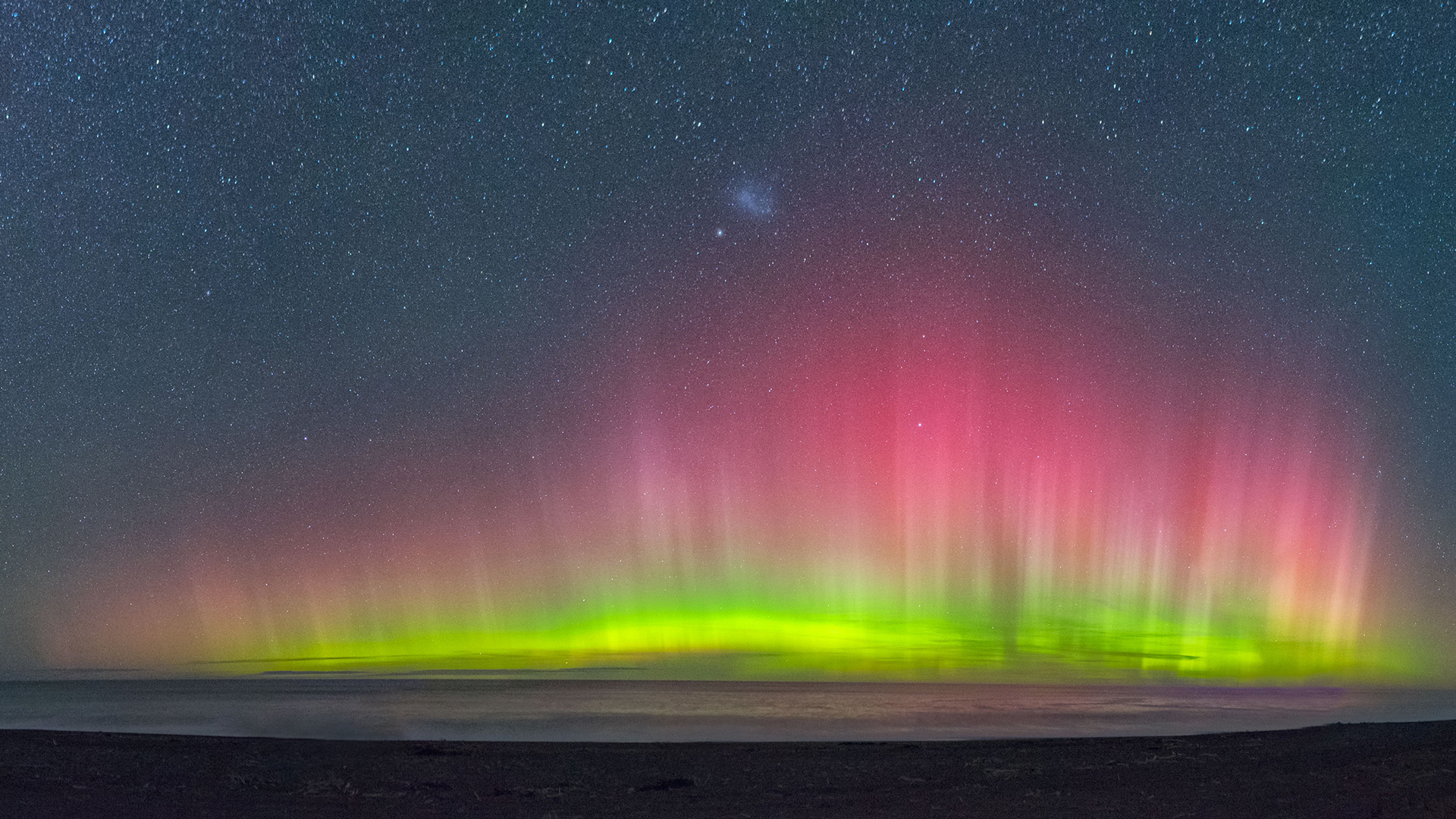
Aurora Australis
Aurora Borealis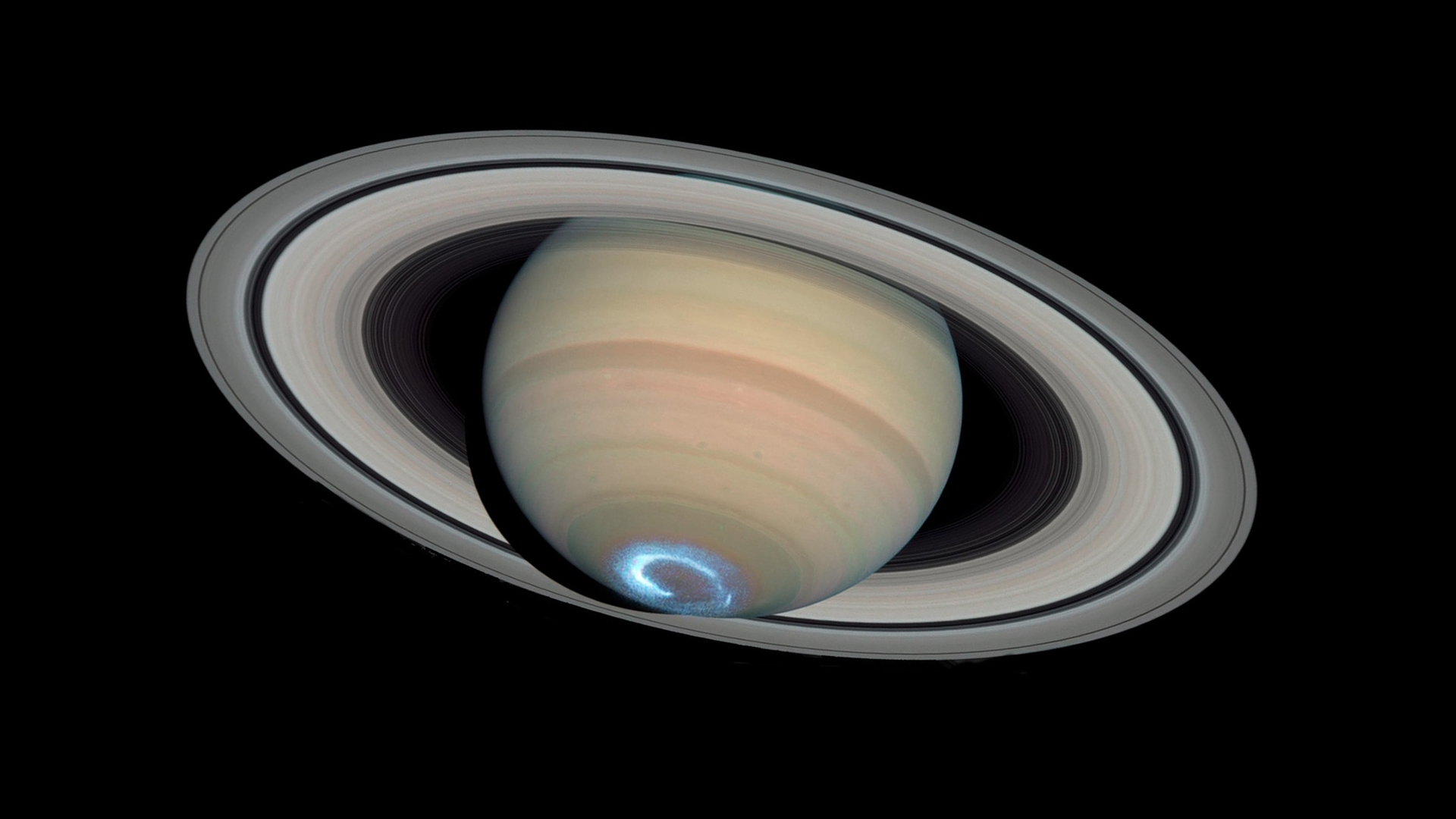
Aurora on SaturnDiscovered by
|
| Aurora Astronomy Term |
A |
… a glow in the ionosphere of a planet is caused by the interaction between the planetary magnetic field and the solar wind (energized electrons and protons) affecting atoms visibly in the upper atmosphere. Auroras are common throughout the solar system and on Earth, they are known as the “Northern Lights” (Aurora Borealis) or “Southern Lights” (Aurora Australis).
Aurora Australis
Aurora Borealis
Aurora on SaturnDiscovered by
|
| Aurora Astronomy Term |
A |
… a glow in the ionosphere of a planet is caused by the interaction between the planetary magnetic field and the solar wind (energized electrons and protons) affecting atoms visibly in the upper atmosphere. Auroras are common throughout the solar system and on Earth, they are known as the “Northern Lights” (Aurora Borealis) or “Southern Lights” (Aurora Australis).
Aurora Australis
Aurora Borealis
Aurora on SaturnDiscovered by
|
| Aurora Astronomy Term |
A |
… a glow in the ionosphere of a planet is caused by the interaction between the planetary magnetic field and the solar wind (energized electrons and protons) affecting atoms visibly in the upper atmosphere. Auroras are common throughout the solar system and on Earth, they are known as the “Northern Lights” (Aurora Borealis) or “Southern Lights” (Aurora Australis).
Aurora Australis
Aurora Borealis
Aurora on SaturnDiscovered by
|
| Aurora Astronomy Term |
A |
… a glow in the ionosphere of a planet is caused by the interaction between the planetary magnetic field and the solar wind (energized electrons and protons) affecting atoms visibly in the upper atmosphere. Auroras are common throughout the solar system and on Earth, they are known as the “Northern Lights” (Aurora Borealis) or “Southern Lights” (Aurora Australis).
Aurora Australis
Aurora Borealis
Aurora on SaturnDiscovered by
|
| Autoguider Imaging Equipment |
A |
… an astrophotography tool that allow for long exposures by maintaining the prime telescope “field of view” by locking onto a targeted star and allowing the autoguider to communicate to the telescope mount and make relative and exacting corrections. Imaging of deep sky objects, require exposure times of many minutes to maintain clarity and held at the same position within the telescope’s field of view throughout the whole exposure.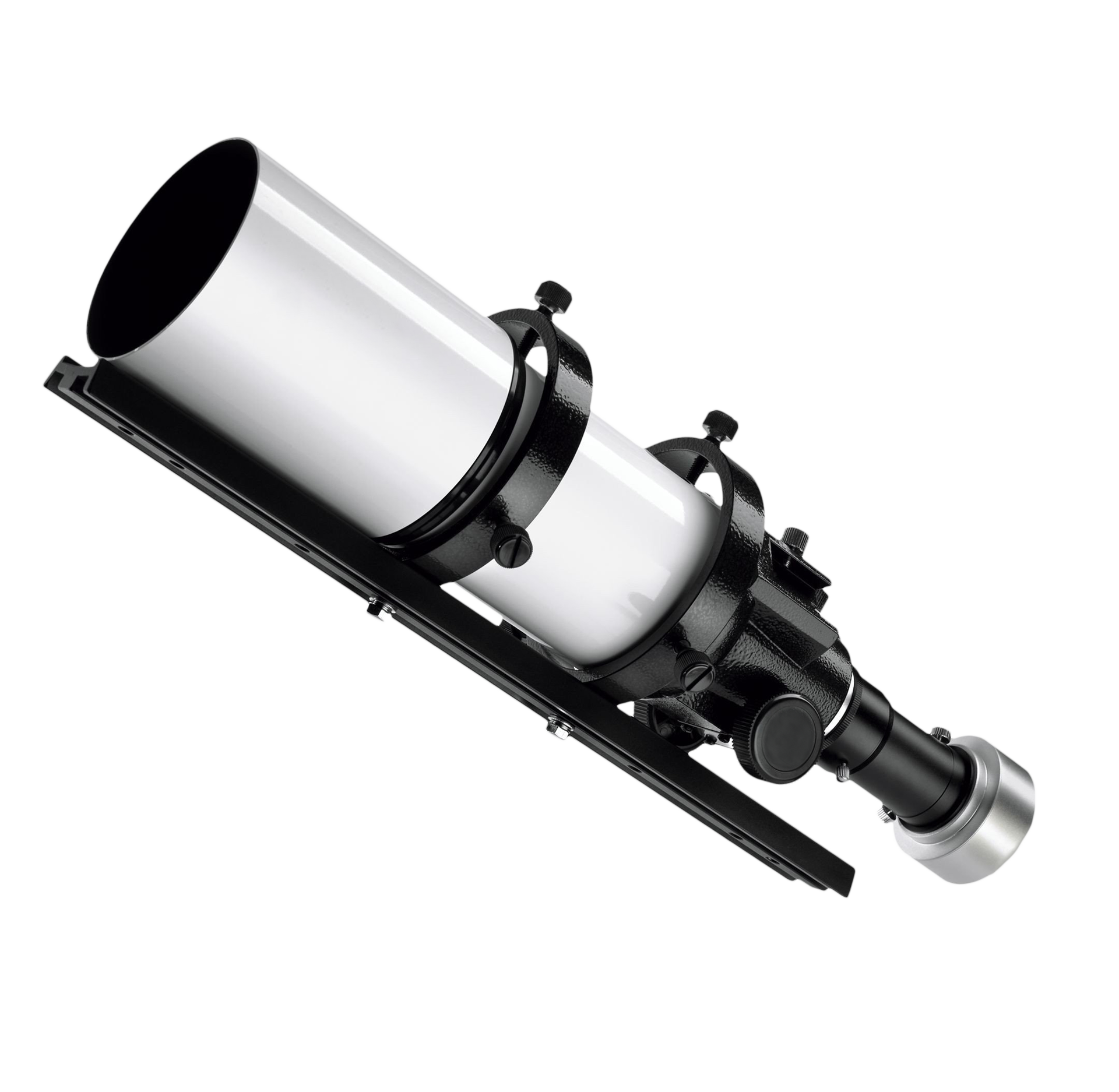
AutoguiderInvented by
|
| Autoguider Imaging Equipment |
A |
… an astrophotography tool that allow for long exposures by maintaining the prime telescope “field of view” by locking onto a targeted star and allowing the autoguider to communicate to the telescope mount and make relative and exacting corrections. Imaging of deep sky objects, require exposure times of many minutes to maintain clarity and held at the same position within the telescope’s field of view throughout the whole exposure.
AutoguiderInvented by
|
| Autoguider Imaging Equipment |
A |
… an astrophotography tool that allow for long exposures by maintaining the prime telescope “field of view” by locking onto a targeted star and allowing the autoguider to communicate to the telescope mount and make relative and exacting corrections. Imaging of deep sky objects, require exposure times of many minutes to maintain clarity and held at the same position within the telescope’s field of view throughout the whole exposure.
AutoguiderInvented by
|
| Autoguider Imaging Equipment |
A |
… an astrophotography tool that allow for long exposures by maintaining the prime telescope “field of view” by locking onto a targeted star and allowing the autoguider to communicate to the telescope mount and make relative and exacting corrections. Imaging of deep sky objects, require exposure times of many minutes to maintain clarity and held at the same position within the telescope’s field of view throughout the whole exposure.
AutoguiderInvented by
|
| Autoguider Imaging Equipment |
A |
… an astrophotography tool that allow for long exposures by maintaining the prime telescope “field of view” by locking onto a targeted star and allowing the autoguider to communicate to the telescope mount and make relative and exacting corrections. Imaging of deep sky objects, require exposure times of many minutes to maintain clarity and held at the same position within the telescope’s field of view throughout the whole exposure.
AutoguiderInvented by
|
| Azimuth Astronomy Term |
A |
| … the direction of a celestial object from the observer, starting North, measured clockwise in degrees around the horizon of the observer. North has an azimuth of 0º, East 90º, South 180º and West 270º. |
| Azimuth Astronomy Term |
A |
| … the direction of a celestial object from the observer, starting North, measured clockwise in degrees around the horizon of the observer. North has an azimuth of 0º, East 90º, South 180º and West 270º. |
| Azimuth Astronomy Term |
A |
| … the direction of a celestial object from the observer, starting North, measured clockwise in degrees around the horizon of the observer. North has an azimuth of 0º, East 90º, South 180º and West 270º. |
| Azimuth Astronomy Term |
A |
| … the direction of a celestial object from the observer, starting North, measured clockwise in degrees around the horizon of the observer. North has an azimuth of 0º, East 90º, South 180º and West 270º. |
| Azimuth Astronomy Term |
A |
| … the direction of a celestial object from the observer, starting North, measured clockwise in degrees around the horizon of the observer. North has an azimuth of 0º, East 90º, South 180º and West 270º. |
| B | ||
| A B C D E F G H I J K L M N O P Q R S T U V W X Y Z # Ω |
| B | ||
| A B C D E F G H I J K L M N O P Q R S T U V W X Y Z # Ω |
| B | ||
| A B C D E F G H I J K L M N O P Q R S T U V W X Y Z # Ω |
| B | ||
| A B C D E F G H I J K L M N O P Q R S T U V W X Y Z # Ω |
| B |
| Barlow Lens Imaging Equipment |
B |
… a diverging lens which is used in series with other optics, with three elements for an achromatic correction and four elements for an apochromatic correction, which increases the effective focal length of an optical system, resulting in a magnified image.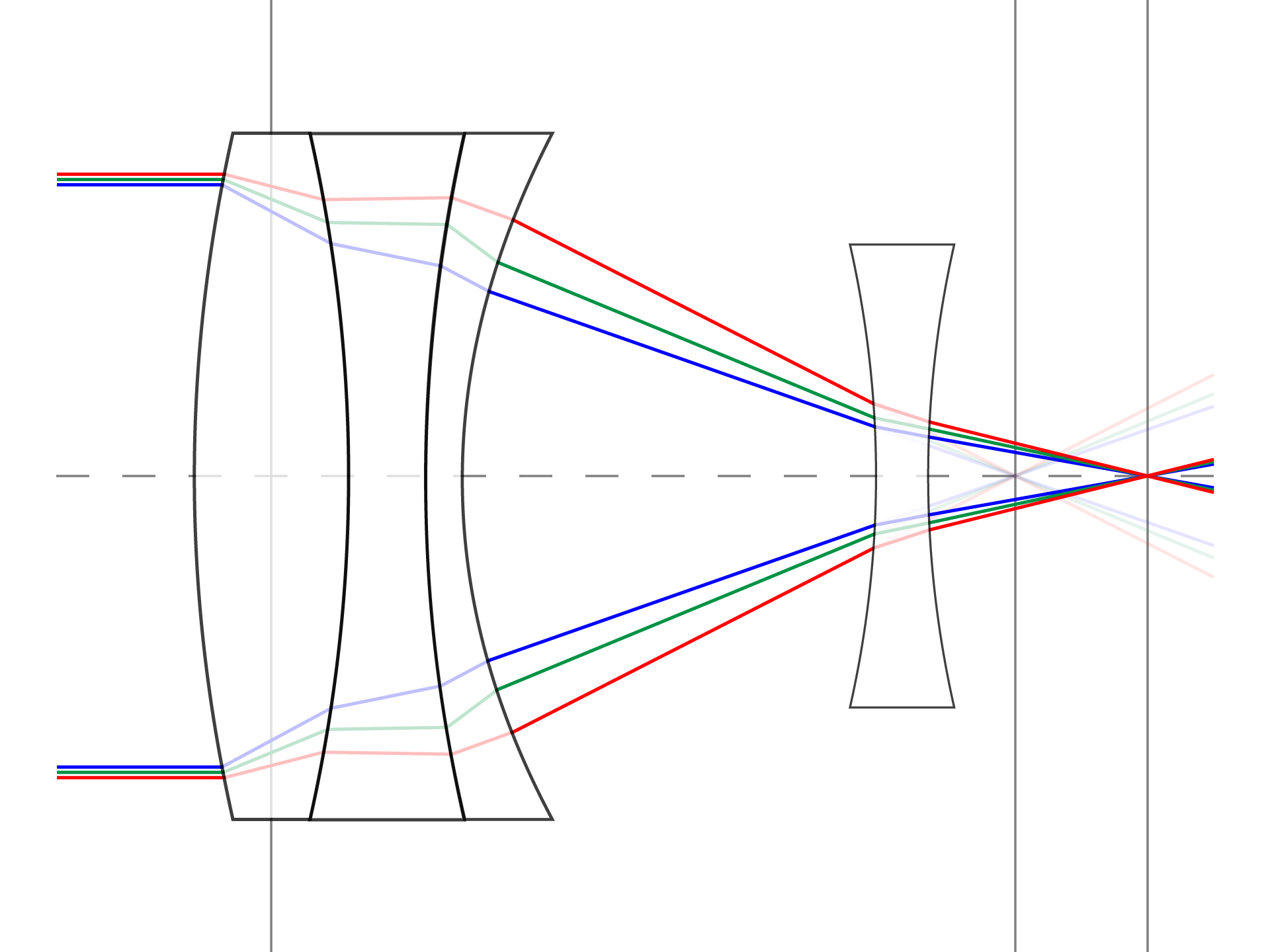
Barlow Lens (Apochromatic)Invented by
|
| Barlow Lens Imaging Equipment |
B |
… a diverging lens which is used in series with other optics, with three elements for an achromatic correction and four elements for an apochromatic correction, which increases the effective focal length of an optical system, resulting in a magnified image.
Barlow Lens (Apochromatic)Invented by
|
| Barlow Lens Imaging Equipment |
B |
… a diverging lens which is used in series with other optics, with three elements for an achromatic correction and four elements for an apochromatic correction, which increases the effective focal length of an optical system, resulting in a magnified image.
Barlow Lens (Apochromatic)Invented by
|
| Barlow Lens Imaging Equipment |
B |
… a diverging lens which is used in series with other optics, with three elements for an achromatic correction and four elements for an apochromatic correction, which increases the effective focal length of an optical system, resulting in a magnified image.
Barlow Lens (Apochromatic)Invented by
|
| Barlow Lens Imaging Equipment |
B |
… a diverging lens which is used in series with other optics, with three elements for an achromatic correction and four elements for an apochromatic correction, which increases the effective focal length of an optical system, resulting in a magnified image.
Barlow Lens (Apochromatic)Invented by
|
| Barred Spiral Galaxy Secondary Plane |
B |
… amounting to 10% of all galaxies in the known universe, the Hubble Classification ranges from (SBa), (SBb) & (SBc) with an elliptical core that has a bar of bright stars across the centre of the bulge. One or a multitude of galactic arms radiate from a disk, extending from this central bulge, surrounded by a halo.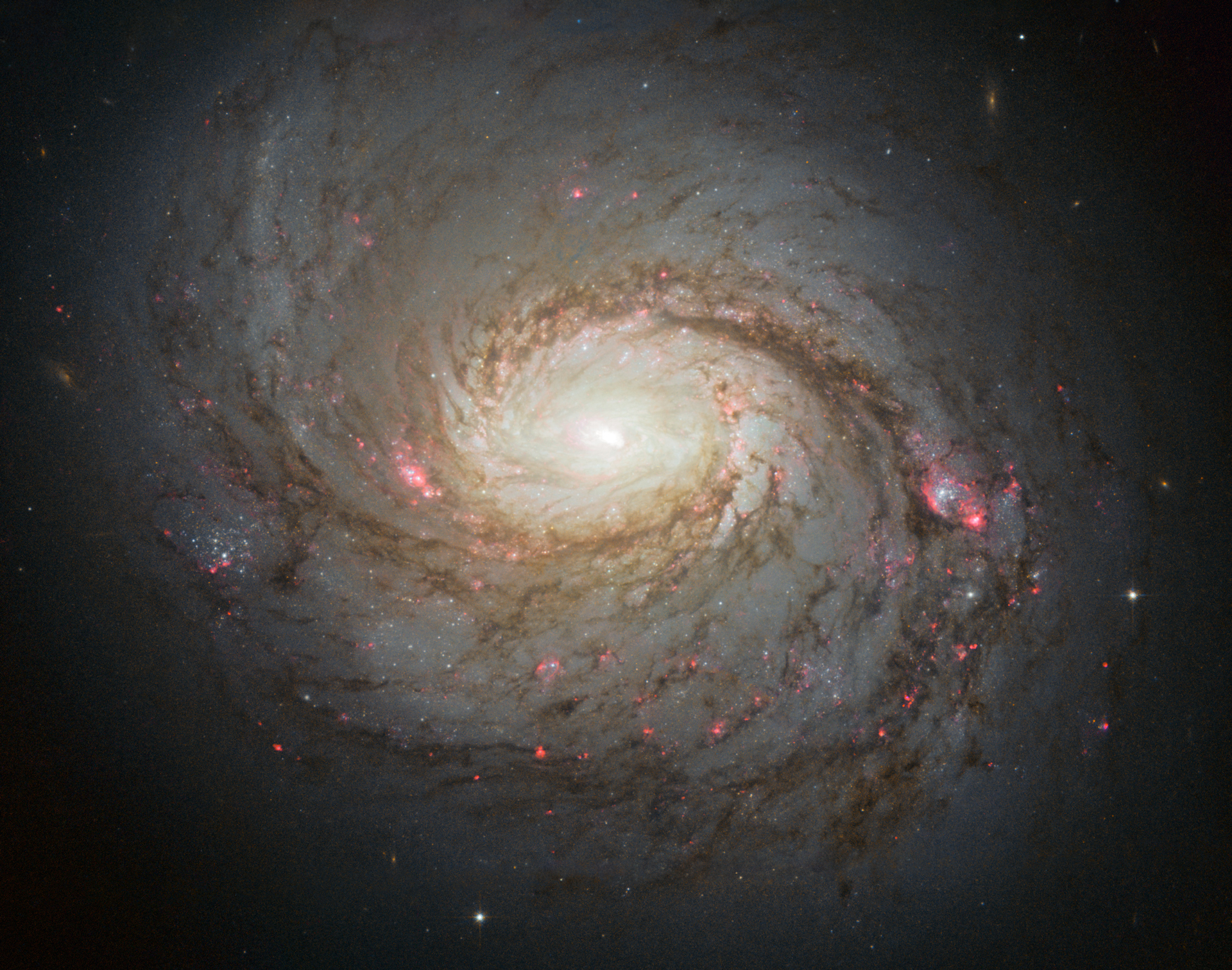
M77 (NGC1068)NGC2787 · NGC4314 · NGC4921 · NGC3953
|
| Barred Spiral Galaxy Secondary Plane |
B |
… amounting to 10% of all galaxies in the known universe, the Hubble Classification ranges from (SBa), (SBb) & (SBc) with an elliptical core that has a bar of bright stars across the centre of the bulge. One or a multitude of galactic arms radiate from a disk, extending from this central bulge, surrounded by a halo.
M77 (NGC1068)NGC2787 · NGC4314 · NGC4921 · NGC3953
|
| Barred Spiral Galaxy Secondary Plane |
B |
… amounting to 10% of all galaxies in the known universe, the Hubble Classification ranges from (SBa), (SBb) & (SBc) with an elliptical core that has a bar of bright stars across the centre of the bulge. One or a multitude of galactic arms radiate from a disk, extending from this central bulge, surrounded by a halo.
M77 (NGC1068)NGC2787 · NGC4314 · NGC4921 · NGC3953
|
| Barred Spiral Galaxy Secondary Plane |
B |
… amounting to 10% of all galaxies in the known universe, the Hubble Classification ranges from (SBa), (SBb) & (SBc) with an elliptical core that has a bar of bright stars across the centre of the bulge. One or a multitude of galactic arms radiate from a disk, extending from this central bulge, surrounded by a halo.
M77 (NGC1068)NGC2787 · NGC4314 · NGC4921 · NGC3953
|
| Barred Spiral Galaxy Secondary Plane |
B |
… amounting to 10% of all galaxies in the known universe, the Hubble Classification ranges from (SBa), (SBb) & (SBc) with an elliptical core that has a bar of bright stars across the centre of the bulge. One or a multitude of galactic arms radiate from a disk, extending from this central bulge, surrounded by a halo.
M77 (NGC1068)NGC2787 · NGC4314 · NGC4921 · NGC3953
|
| Baseline Array Imaging Term |
B |
… a reference to number of imaging devices, that are combined and calibrated to work together as a single instrument, the larger the baseline, the greater the resolving power. This aperture synthesis denotes a form of interferometry that combines signals from a collection of imaging sources to produce images having the same angular resolution as an instrument the size of the entire collection.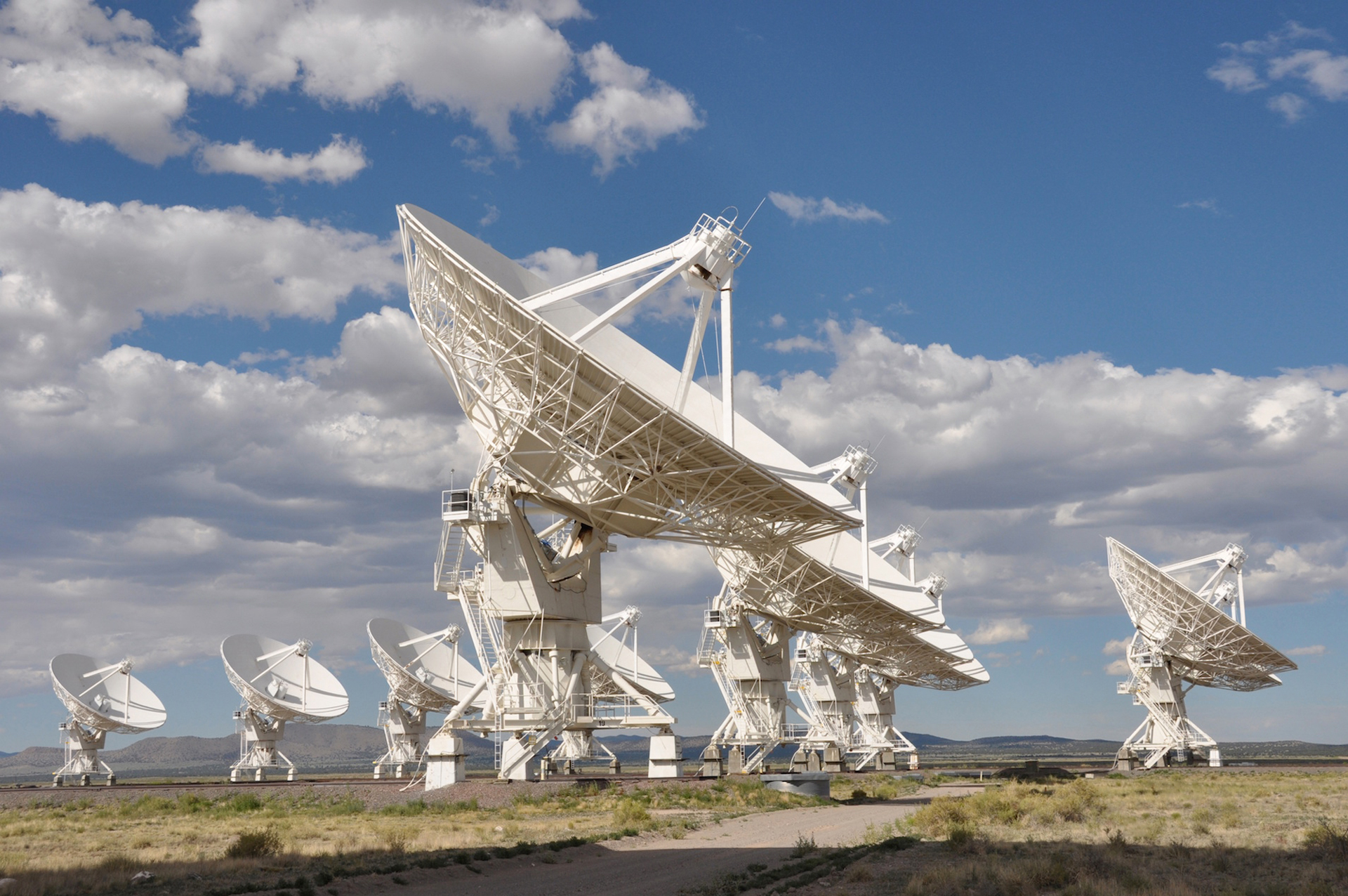
Very Large Array, 675M USA, New Mexico |
| Baseline Array Imaging Term |
B |
… a reference to number of imaging devices, that are combined and calibrated to work together as a single instrument, the larger the baseline, the greater the resolving power. This aperture synthesis denotes a form of interferometry that combines signals from a collection of imaging sources to produce images having the same angular resolution as an instrument the size of the entire collection.
Very Large Array, 675M USA, New Mexico |
| Baseline Array Imaging Term |
B |
… a reference to number of imaging devices, that are combined and calibrated to work together as a single instrument, the larger the baseline, the greater the resolving power. This aperture synthesis denotes a form of interferometry that combines signals from a collection of imaging sources to produce images having the same angular resolution as an instrument the size of the entire collection.
Very Large Array, 675M USA, New Mexico |
| Baseline Array Imaging Term |
B |
… a reference to number of imaging devices, that are combined and calibrated to work together as a single instrument, the larger the baseline, the greater the resolving power. This aperture synthesis denotes a form of interferometry that combines signals from a collection of imaging sources to produce images having the same angular resolution as an instrument the size of the entire collection.
Very Large Array, 675M USA, New Mexico |
| Baseline Array Imaging Term |
B |
… a reference to number of imaging devices, that are combined and calibrated to work together as a single instrument, the larger the baseline, the greater the resolving power. This aperture synthesis denotes a form of interferometry that combines signals from a collection of imaging sources to produce images having the same angular resolution as an instrument the size of the entire collection.
Very Large Array, 675M USA, New Mexico |
| Big Bang Astronomy Term |
B |
… an event, predicted by theory to depict the universe as forming from a single point in space, 13.7 billion years ago. Measurements of background radiation by the Wilkinson Microwave Anisotropy Probe (WMAP) and the observed expansion of space, confirm this cosmological model for the universe.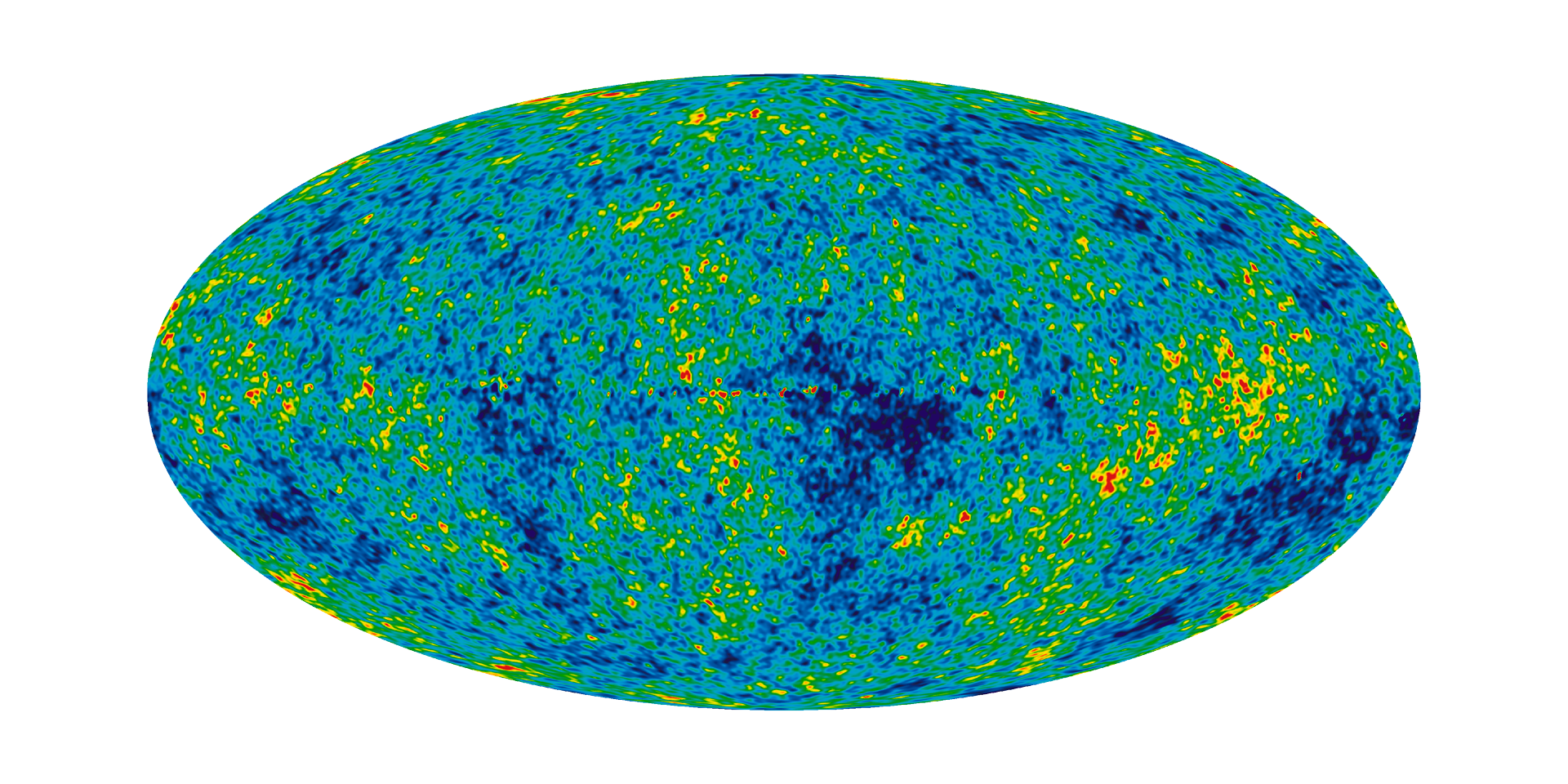
WMAP data of the Background Cosmic RadiationDiscovered by
|
| Big Bang Astronomy Term |
B |
… an event, predicted by theory to depict the universe as forming from a single point in space, 13.7 billion years ago. Measurements of background radiation by the Wilkinson Microwave Anisotropy Probe (WMAP) and the observed expansion of space, confirm this cosmological model for the universe.
WMAP data of the Background Cosmic RadiationDiscovered by
|
| Big Bang Astronomy Term |
B |
… an event, predicted by theory to depict the universe as forming from a single point in space, 13.7 billion years ago. Measurements of background radiation by the Wilkinson Microwave Anisotropy Probe (WMAP) and the observed expansion of space, confirm this cosmological model for the universe.
WMAP data of the Background Cosmic RadiationDiscovered by
|
| Big Bang Astronomy Term |
B |
… an event, predicted by theory to depict the universe as forming from a single point in space, 13.7 billion years ago. Measurements of background radiation by the Wilkinson Microwave Anisotropy Probe (WMAP) and the observed expansion of space, confirm this cosmological model for the universe.
WMAP data of the Background Cosmic RadiationDiscovered by
|
| Big Bang Astronomy Term |
B |
… an event, predicted by theory to depict the universe as forming from a single point in space, 13.7 billion years ago. Measurements of background radiation by the Wilkinson Microwave Anisotropy Probe (WMAP) and the observed expansion of space, confirm this cosmological model for the universe.
WMAP data of the Background Cosmic RadiationDiscovered by
|
| Binary Stars Quaternary Plane |
B |
… a system of two stars, bound together by their mutual gravitational attraction, and revolve around a common centre of gravity (barycentre).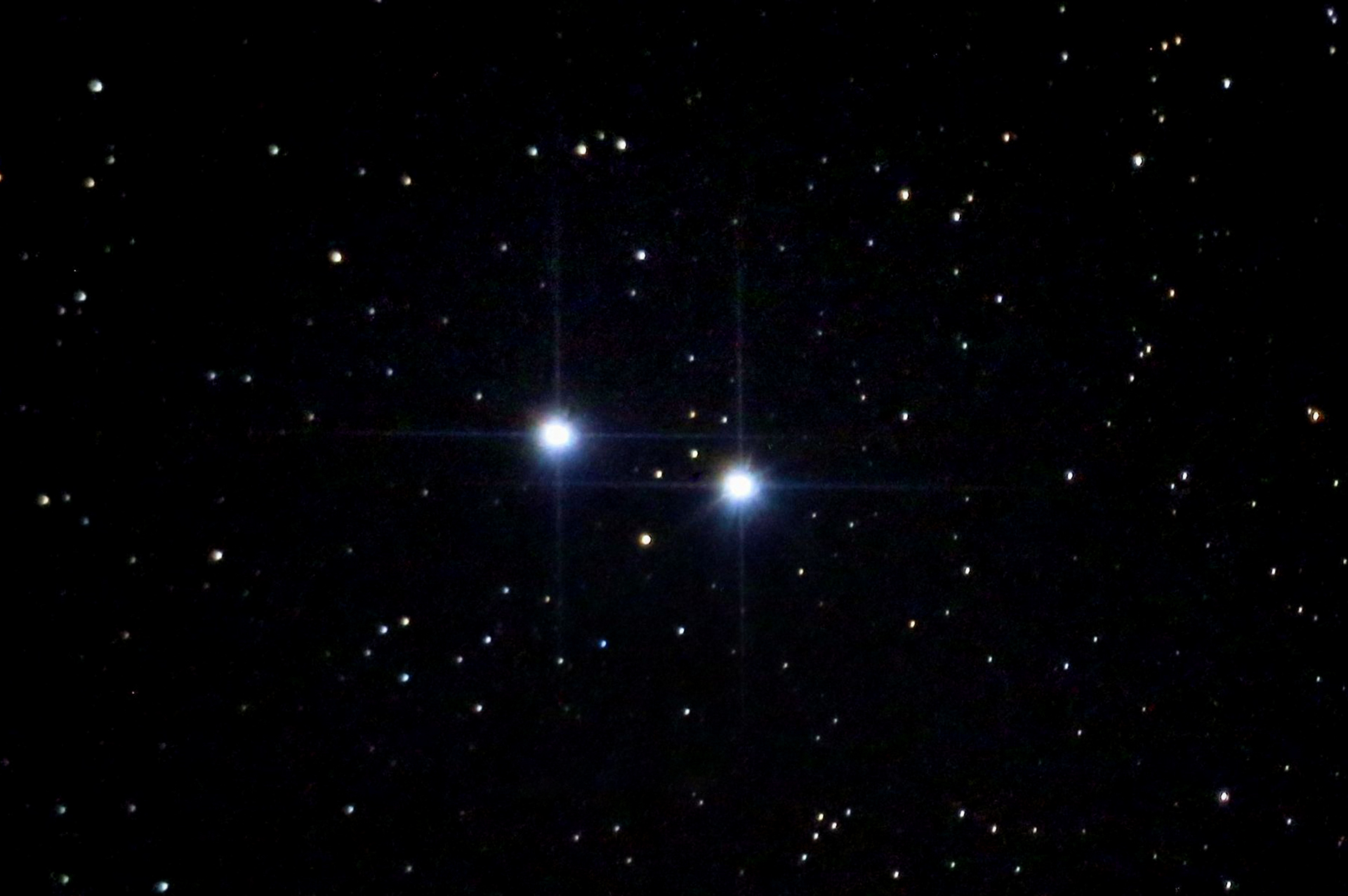
Binary Stars (Epsilon & Lyrae)ALPHA CENTAURI (RIGEL KENTAURUS) · BETA CENTAURI (HADAR)Discovered by
|
| Binary Stars Quaternary Plane |
B |
… a system of two stars, bound together by their mutual gravitational attraction, and revolve around a common centre of gravity (barycentre).
Binary Stars (Epsilon & Lyrae)ALPHA CENTAURI (RIGEL KENTAURUS) · BETA CENTAURI (HADAR)Discovered by
|
| Binary Stars Quaternary Plane |
B |
… a system of two stars, bound together by their mutual gravitational attraction, and revolve around a common centre of gravity (barycentre).
Binary Stars (Epsilon & Lyrae)ALPHA CENTAURI (RIGEL KENTAURUS) · BETA CENTAURI (HADAR)Discovered by
|
| Binary Stars Quaternary Plane |
B |
… a system of two stars, bound together by their mutual gravitational attraction, and revolve around a common centre of gravity (barycentre).
Binary Stars (Epsilon & Lyrae)ALPHA CENTAURI (RIGEL KENTAURUS)
|
| Binary Stars Quaternary Plane |
B |
… a system of two stars, bound together by their mutual gravitational attraction, and revolve around a common centre of gravity (barycentre).
Binary Stars (Epsilon & Lyrae)ALPHA CENTAURI (RIGEL KENTAURUS)
|
| Black Body Fundamental Term |
B |
… is a property of a physical body that absorbs incidental electromagnetic radiation, regardless of frequency or angle of incidence.Discovered by
|
| Black Body Fundamental Term |
B |
… is a property of a physical body that absorbs incidental electromagnetic radiation, regardless of frequency or angle of incidence.Discovered by
|
| Black Body Fundamental Term |
B |
… is a property of a physical body that absorbs incidental electromagnetic radiation, regardless of frequency or angle of incidence.Discovered by
|
| Black Body Fundamental Term |
B |
… is a property of a physical body that absorbs incidental electromagnetic radiation, regardless of frequency or angle of incidence.Discovered by
|
| Black Body Fundamental Term |
B |
… is a property of a physical body that absorbs incidental electromagnetic radiation, regardless of frequency or angle of incidence.Discovered by
|
| Black Hole Quaternary Plane |
B |
| … occupies a region of spacetime whereby, an objective combined mass cannot withstand the pressure of gravitational effects of that system, converting mass to energy and is retained by an event horizon. This barrier forbids any particle or radiation to escape from within and will only emit radiation (Hawking) that is the same spectrum as a black body of a temperature inversely proportional to its mass. Neutron stars at the end of their life cycle may gravitationally collapse to become a Black Hole, and may grow by absorbing other stars or merging with other black holes. On 11 February 2016, gravity waves from a binary black hole merger was detected and on 15 June 2016, a second gravitational wave event was detected from colliding black holes. The existence and mass of a black hole can be determined through its interaction with other matter and light, as matter falling into a black hole can form an external accretion disk heated by friction and form some of the brightest objects in the universe. The centre of our own Milky Way Galaxy, contains a supermassive black hole equivalent to 4.3 million solar masses. 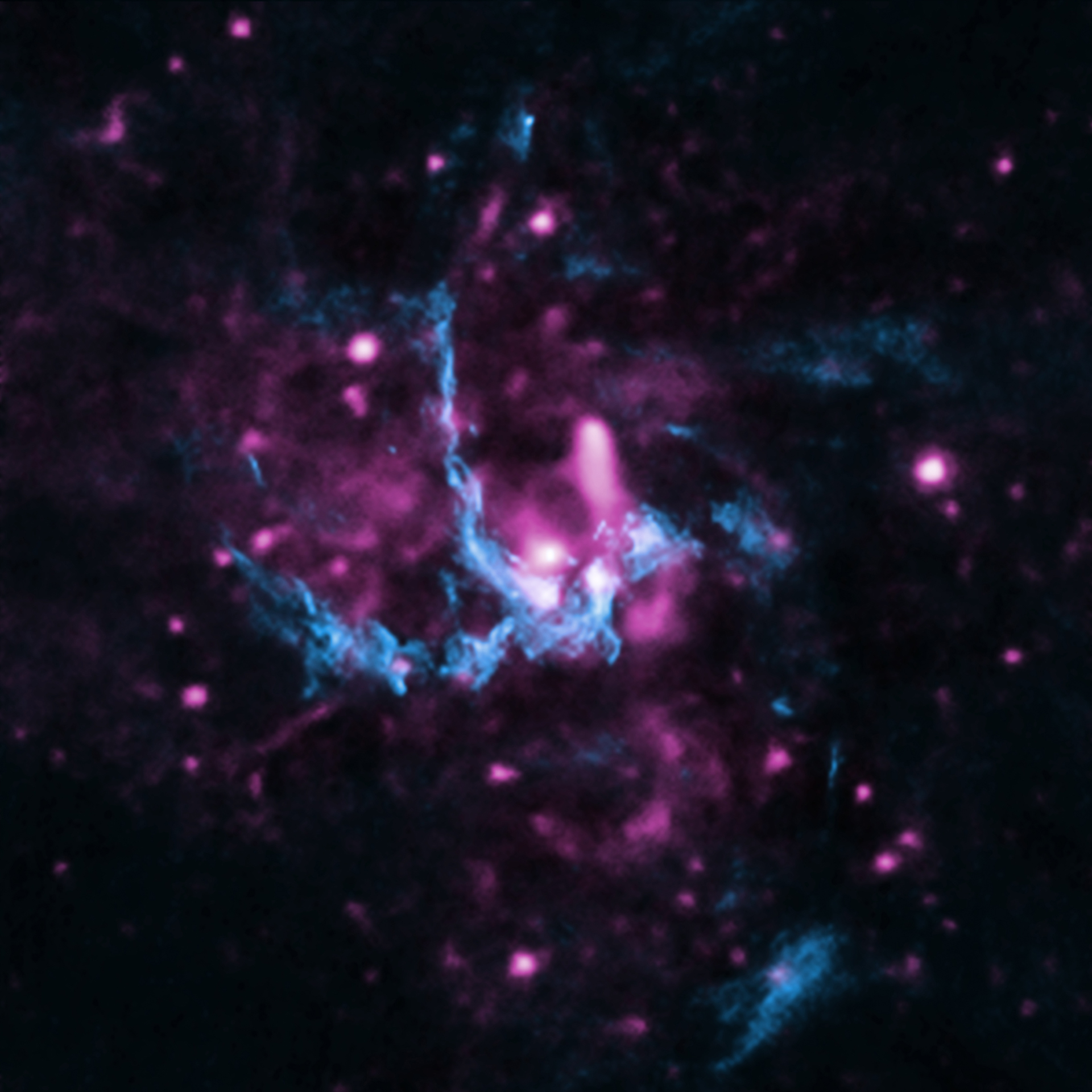
SGR A Black HoleAP Lib · Arp 220 · Fornax A · IC 1459 · Mrk 180
|
| Black Hole Quaternary Plane |
B |
| … occupies a region of spacetime whereby, an objective combined mass cannot withstand the pressure of gravitational effects of that system, converting mass to energy and is retained by an event horizon. This barrier forbids any particle or radiation to escape from within and will only emit radiation (Hawking) that is the same spectrum as a black body of a temperature inversely proportional to its mass. Neutron stars at the end of their life cycle may gravitationally collapse to become a Black Hole, and may grow by absorbing other stars or merging with other black holes. On 11 February 2016, gravity waves from a binary black hole merger was detected and on 15 June 2016, a second gravitational wave event was detected from colliding black holes. The existence and mass of a black hole can be determined through its interaction with other matter and light, as matter falling into a black hole can form an external accretion disk heated by friction and form some of the brightest objects in the universe. The centre of our own Milky Way Galaxy, contains a supermassive black hole equivalent to 4.3 million solar masses. 
SGR A Black HoleAP Lib · Arp 220 · Fornax A · IC 1459 · Mrk 180
|
| Black Hole Quaternary Plane |
B |
| … occupies a region of spacetime whereby, an objective combined mass cannot withstand the pressure of gravitational effects of that system, converting mass to energy and is retained by an event horizon. This barrier forbids any particle or radiation to escape from within and will only emit radiation (Hawking) that is the same spectrum as a black body of a temperature inversely proportional to its mass. Neutron stars at the end of their life cycle may gravitationally collapse to become a Black Hole, and may grow by absorbing other stars or merging with other black holes. On 11 February 2016, gravity waves from a binary black hole merger was detected and on 15 June 2016, a second gravitational wave event was detected from colliding black holes. The existence and mass of a black hole can be determined through its interaction with other matter and light, as matter falling into a black hole can form an external accretion disk heated by friction and form some of the brightest objects in the universe. The centre of our own Milky Way Galaxy, contains a supermassive black hole equivalent to 4.3 million solar masses. 
SGR A Black HoleAP Lib · Arp 220 · Fornax A · IC 1459 · Mrk 180
|
| Black Hole Quaternary Plane |
B |
| … occupies a region of spacetime whereby, an objective combined mass cannot withstand the pressure of gravitational effects of that system, converting mass to energy and is retained by an event horizon. This barrier forbids any particle or radiation to escape from within and will only emit radiation (Hawking) that is the same spectrum as a black body of a temperature inversely proportional to its mass. Neutron stars at the end of their life cycle may gravitationally collapse to become a Black Hole, and may grow by absorbing other stars or merging with other black holes. On 11 February 2016, gravity waves from a binary black hole merger was detected and on 15 June 2016, a second gravitational wave event was detected from colliding black holes. The existence and mass of a black hole can be determined through its interaction with other matter and light, as matter falling into a black hole can form an external accretion disk heated by friction and form some of the brightest objects in the universe. The centre of our own Milky Way Galaxy, contains a supermassive black hole equivalent to 4.3 million solar masses. 
SGR A Black HoleAP Lib · Arp 220 · Fornax A · IC 1459 · Mrk 180
|
| Black Hole Quaternary Plane |
B |
| … occupies a region of spacetime whereby, an objective combined mass cannot withstand the pressure of gravitational effects of that system, converting mass to energy and is retained by an event horizon. This barrier forbids any particle or radiation to escape from within and will only emit radiation (Hawking) that is the same spectrum as a black body of a temperature inversely proportional to its mass. Neutron stars at the end of their life cycle may gravitationally collapse to become a Black Hole, and may grow by absorbing other stars or merging with other black holes. On 11 February 2016, gravity waves from a binary black hole merger was detected and on 15 June 2016, a second gravitational wave event was detected from colliding black holes. The existence and mass of a black hole can be determined through its interaction with other matter and light, as matter falling into a black hole can form an external accretion disk heated by friction and form some of the brightest objects in the universe. The centre of our own Milky Way Galaxy, contains a supermassive black hole equivalent to 4.3 million solar masses. 
SGR A Black HoleAP Lib · Arp 220 · Fornax A · IC 1459 · Mrk 180
|
| Blazar Secondary Plane |
B |
… is a compact quasar (quasi-stellar radio source) with a supermassive black hole at the center of an active, giant elliptical galaxy. They are among the most energetic phenomena in the universe and represent optically violent variable (OVV) quasars and BL Lac objects.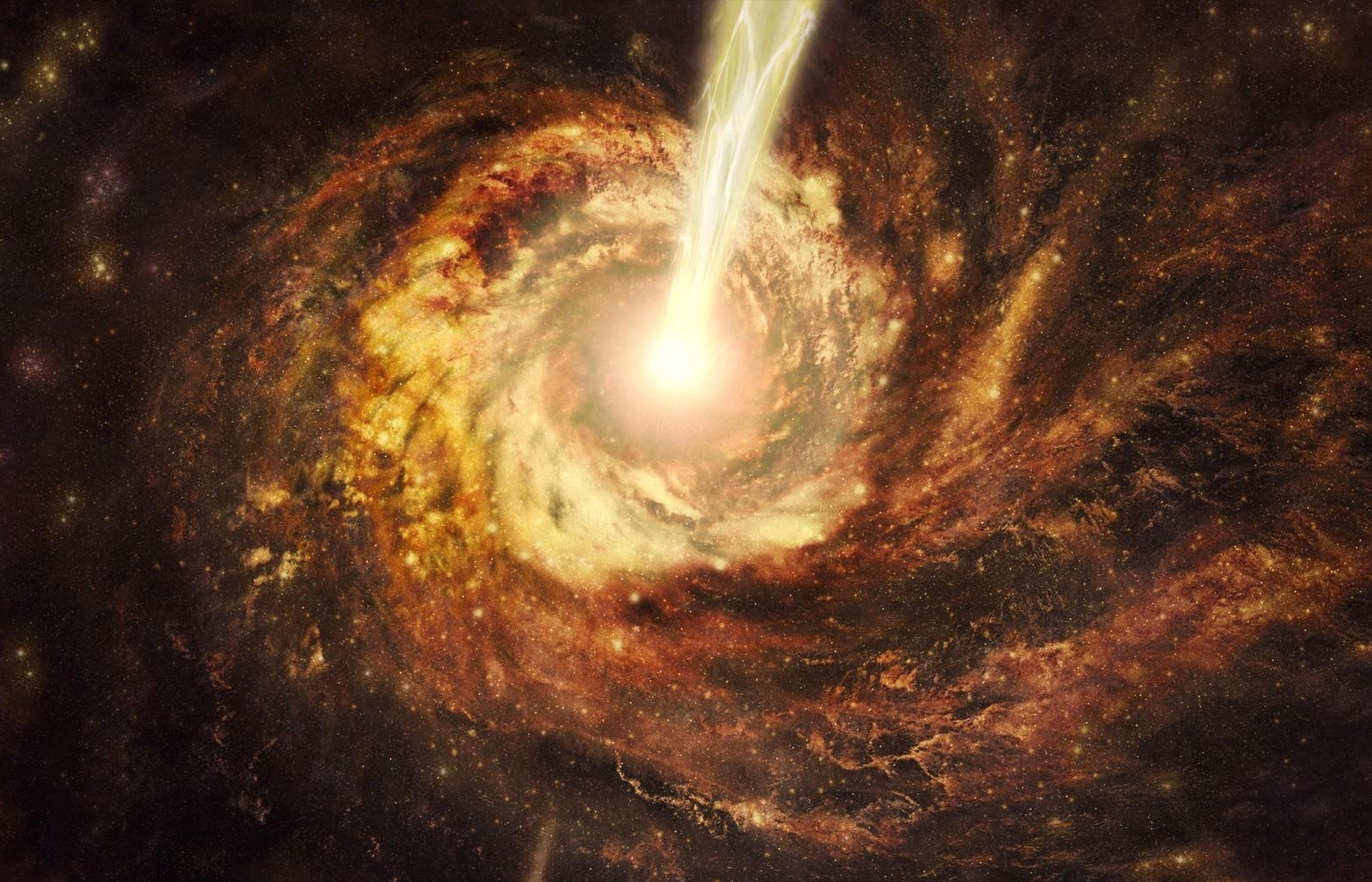
BL Lacertae Blazar3C 273 · PKS 2155-304 · Markarian 421
|
| Blazar Secondary Plane |
B |
… is a compact quasar (quasi-stellar radio source) with a supermassive black hole at the center of an active, giant elliptical galaxy. They are among the most energetic phenomena in the universe and represent optically violent variable (OVV) quasars and BL Lac objects.
BL Lacertae Blazar3C 273 · PKS 2155-304 · Markarian 421
|
| Blazar Secondary Plane |
B |
… is a compact quasar (quasi-stellar radio source) with a supermassive black hole at the center of an active, giant elliptical galaxy. They are among the most energetic phenomena in the universe and represent optically violent variable (OVV) quasars and BL Lac objects.
BL Lacertae Blazar3C 273 · PKS 2155-304 · Markarian 421
|
| Blazar Secondary Plane |
B |
… is a compact quasar (quasi-stellar radio source) with a supermassive black hole at the center of an active, giant elliptical galaxy. They are among the most energetic phenomena in the universe and represent optically violent variable (OVV) quasars and BL Lac objects.
BL Lacertae Blazar3C 273 · PKS 2155-304 · Markarian 421
|
| Blazar Secondary Plane |
B |
… is a compact quasar (quasi-stellar radio source) with a supermassive black hole at the center of an active, giant elliptical galaxy. They are among the most energetic phenomena in the universe and represent optically violent variable (OVV) quasars and BL Lac objects.
BL Lacertae Blazar3C 273 · PKS 2155-304 · Markarian 421
|
| Blink Comparator Imaging Equipment |
B |
| … a legacy viewing device for finding differences between two photographs of the night sky by rapidly viewing alternating photographs (blinking) taken of the same area of the sky and at different times. In photographs taken days apart, planets, asteroids and comets would stand out, as they would appear to be jumping between two positions, whilst all other fixed stars stood still. Images taken at longer intervals detect stars with proper motion, variable stars, or to distinguish binary from optical double stars (The dwarf planet Pluto was found this way). Digital imaging, storage and processing now replaces these methods as image differencing algorithms detect moving objects more effectively. 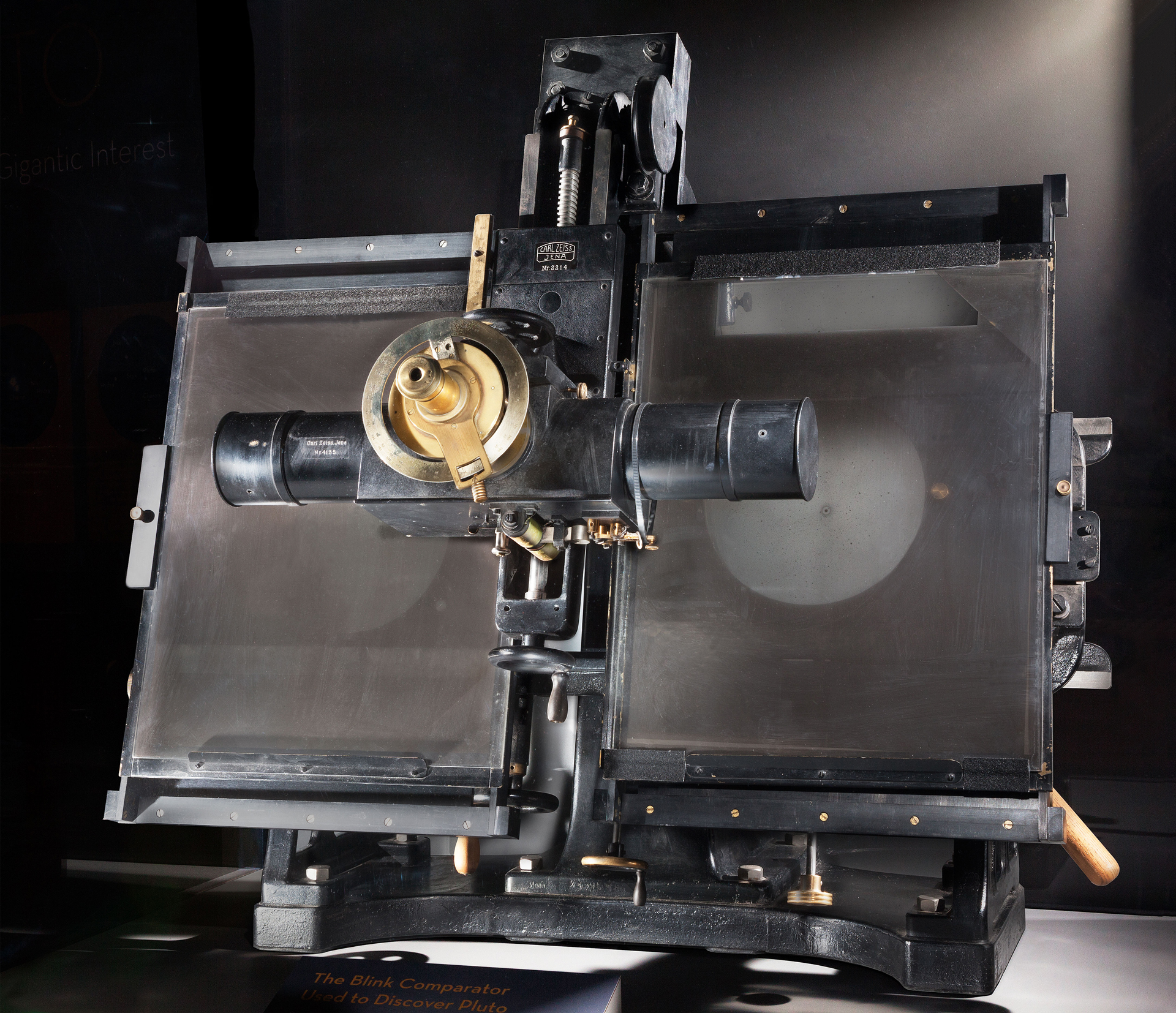
Blink ComparatorInvented by
|
| Blink Comparator Imaging Equipment |
B |
| … a legacy viewing device for finding differences between two photographs of the night sky by rapidly viewing alternating photographs (blinking) taken of the same area of the sky and at different times. In photographs taken days apart, planets, asteroids and comets would stand out, as they would appear to be jumping between two positions, whilst all other fixed stars stood still. Images taken at longer intervals detect stars with proper motion, variable stars, or to distinguish binary from optical double stars (The dwarf planet Pluto was found this way). Digital imaging, storage and processing now replaces these methods as image differencing algorithms detect moving objects more effectively. 
Blink ComparatorInvented by
|
| Blink Comparator Imaging Equipment |
B |
| … a legacy viewing device for finding differences between two photographs of the night sky by rapidly viewing alternating photographs (blinking) taken of the same area of the sky and at different times. In photographs taken days apart, planets, asteroids and comets would stand out, as they would appear to be jumping between two positions, whilst all other fixed stars stood still. Images taken at longer intervals detect stars with proper motion, variable stars, or to distinguish binary from optical double stars (The dwarf planet Pluto was found this way). Digital imaging, storage and processing now replaces these methods as image differencing algorithms detect moving objects more effectively. 
Blink ComparatorInvented by
|
| Blink Comparator Imaging Equipment |
B |
| … a legacy viewing device for finding differences between two photographs of the night sky by rapidly viewing alternating photographs (blinking) taken of the same area of the sky and at different times. In photographs taken days apart, planets, asteroids and comets would stand out, as they would appear to be jumping between two positions, whilst all other fixed stars stood still. Images taken at longer intervals detect stars with proper motion, variable stars, or to distinguish binary from optical double stars (The dwarf planet Pluto was found this way). Digital imaging, storage and processing now replaces these methods as image differencing algorithms detect moving objects more effectively. 
Blink ComparatorInvented by
|
| Blink Comparator Imaging Equipment |
B |
| … a legacy viewing device for finding differences between two photographs of the night sky by rapidly viewing alternating photographs (blinking) taken of the same area of the sky and at different times. In photographs taken days apart, planets, asteroids and comets would stand out, as they would appear to be jumping between two positions, whilst all other fixed stars stood still. Images taken at longer intervals detect stars with proper motion, variable stars, or to distinguish binary from optical double stars (The dwarf planet Pluto was found this way). Digital imaging, storage and processing now replaces these methods as image differencing algorithms detect moving objects more effectively. 
Blink ComparatorInvented by
|
| Blueshift Fundamental Term |
B |
… any decrease in wavelength, with an increase in frequency, of an electromagnetic wave, shifting from the red, to the blue end of the spectrum. Doppler blueshift is caused by movement of a source towards the observer.Discovered by
|
| Blueshift Fundamental Term |
B |
… any decrease in wavelength, with an increase in frequency, of an electromagnetic wave, shifting from the red, to the blue end of the spectrum. Doppler blueshift is caused by movement of a source towards the observer.Discovered by
|
| Blueshift Fundamental Term |
B |
… any decrease in wavelength, with an increase in frequency, of an electromagnetic wave, shifting from the red, to the blue end of the spectrum. Doppler blueshift is caused by movement of a source towards the observer.Discovered by
|
| Blueshift Fundamental Term |
B |
… any decrease in wavelength, with an increase in frequency, of an electromagnetic wave, shifting from the red, to the blue end of the spectrum. Doppler blueshift is caused by movement of a source towards the observer.Discovered by
|
| Blueshift Fundamental Term |
B |
… any decrease in wavelength, with an increase in frequency, of an electromagnetic wave, shifting from the red, to the blue end of the spectrum. Doppler blueshift is caused by movement of a source towards the observer.Discovered by
|
| Bok Globule Secondary Plane |
B |
… are isolated small dark nebulae that are interstellar clouds of very cold gas. They are found in H II regions, contained within a light year across and are composed of molecular hydrogen, carbon oxides, helium, and silicate dust. Stars are born within Bok Globules and contain Herbig–Haro Objects and outflows of molecular gas, which commonly result in the formation of multiple star systems.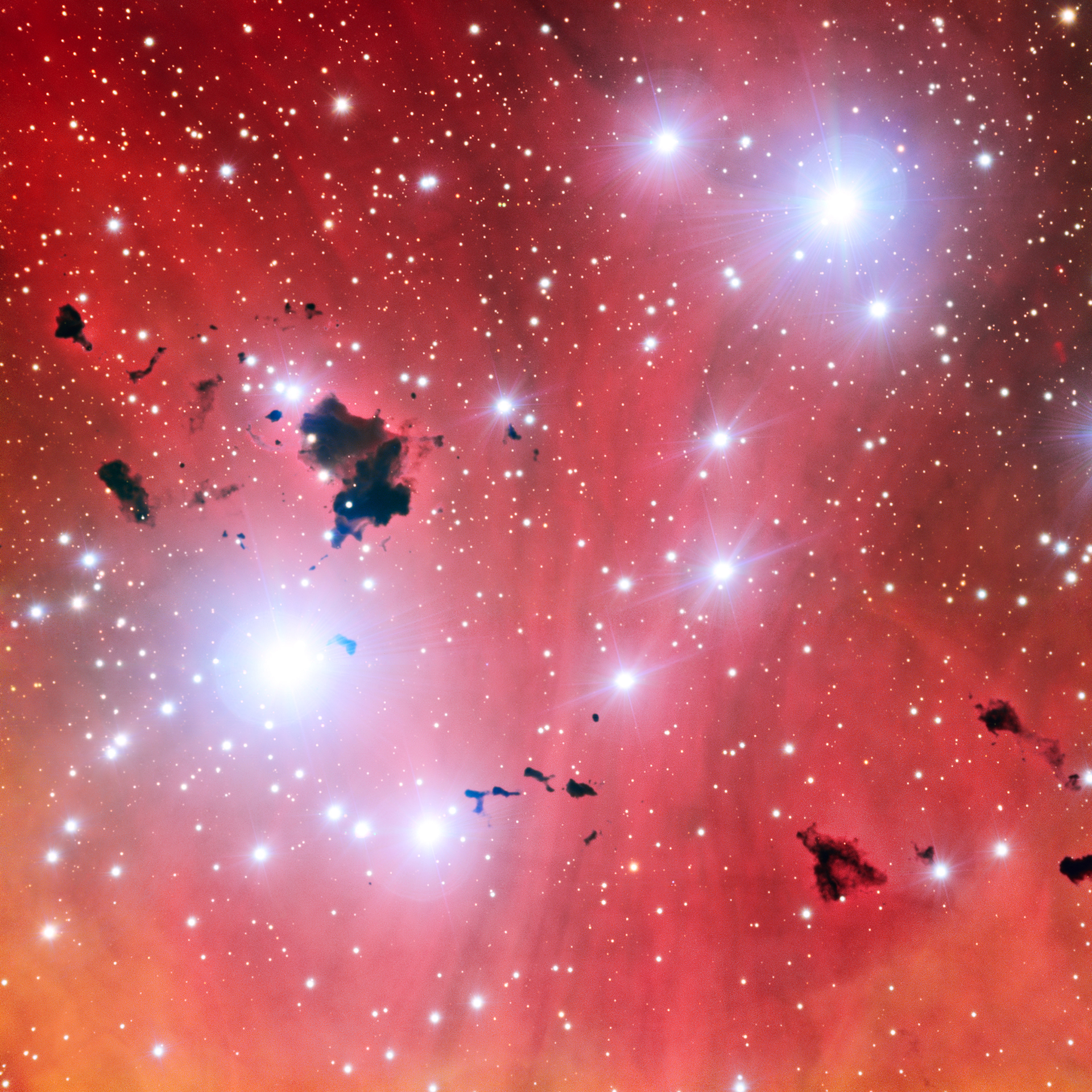
Thackeray Bok Globules (IC2944)NGC281 · NGC3199 · IC2948Discovered by
|
| Bok Globule Secondary Plane |
B |
… are isolated small dark nebulae that are interstellar clouds of very cold gas. They are found in H II regions, contained within a light year across and are composed of molecular hydrogen, carbon oxides, helium, and silicate dust. Stars are born within Bok Globules and contain Herbig–Haro Objects and outflows of molecular gas, which commonly result in the formation of multiple star systems.
Thackeray Bok Globules (IC2944)NGC281 · NGC3199 · IC2948Discovered by
|
| Bok Globule Secondary Plane |
B |
… are isolated small dark nebulae that are interstellar clouds of very cold gas. They are found in H II regions, contained within a light year across and are composed of molecular hydrogen, carbon oxides, helium, and silicate dust. Stars are born within Bok Globules and contain Herbig–Haro Objects and outflows of molecular gas, which commonly result in the formation of multiple star systems.
Thackeray Bok Globules (IC2944)NGC281 · NGC3199 · IC2948Discovered by
|
| Bok Globule Secondary Plane |
B |
… are isolated small dark nebulae that are interstellar clouds of very cold gas. They are found in H II regions, contained within a light year across and are composed of molecular hydrogen, carbon oxides, helium, and silicate dust. Stars are born within Bok Globules and contain Herbig–Haro Objects and outflows of molecular gas, which commonly result in the formation of multiple star systems.
Thackeray Bok Globules (IC2944)NGC281 · NGC3199 · IC2948Discovered by
|
| Bok Globule Secondary Plane |
B |
… are isolated small dark nebulae that are interstellar clouds of very cold gas. They are found in H II regions, contained within a light year across and are composed of molecular hydrogen, carbon oxides, helium, and silicate dust. Stars are born within Bok Globules and contain Herbig–Haro Objects and outflows of molecular gas, which commonly result in the formation of multiple star systems.
Thackeray Bok Globules (IC2944)NGC281 · NGC3199 · IC2948Discovered by
|
| Bolide Quinary Plane |
B |
… is an extremely bright meteor, with an apparent magnitude brighter than −14, whereas a super-bolide has an apparent magnitude brighter than −17.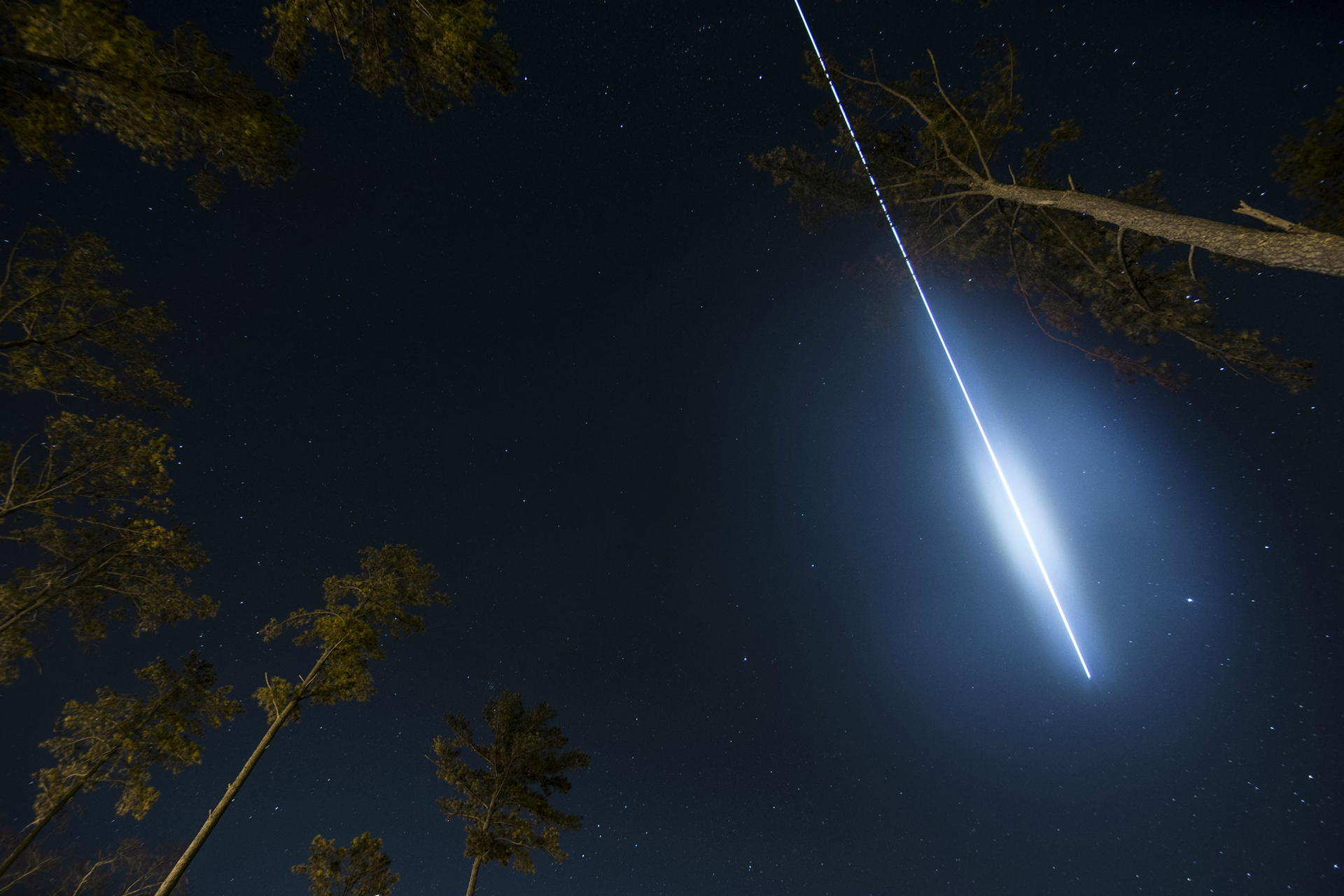
Geminid Meteor FireballSutter’s Mill Meteorite · Sulawesi Super-Bolide · Thailand Bolide |
| Bolide Quinary Plane |
B |
… is an extremely bright meteor, with an apparent magnitude brighter than −14, whereas a super-bolide has an apparent magnitude brighter than −17.
Geminid Meteor FireballSutter’s Mill Meteorite · Sulawesi Super-Bolide · Thailand Bolide |
| Bolide Quinary Plane |
B |
… is an extremely bright meteor, with an apparent magnitude brighter than −14, whereas a super-bolide has an apparent magnitude brighter than −17.
Geminid Meteor FireballSutter’s Mill Meteorite · Sulawesi Super-Bolide · Thailand Bolide |
| Bolide Quinary Plane |
B |
… is an extremely bright meteor, with an apparent magnitude brighter than −14, whereas a super-bolide has an apparent magnitude brighter than −17.
Geminid Meteor FireballSutter’s Mill Meteorite · Sulawesi Super-Bolide · Thailand Bolide |
| Bolide Quinary Plane |
B |
… is an extremely bright meteor, with an apparent magnitude brighter than −14, whereas a super-bolide has an apparent magnitude brighter than −17.
Geminid Meteor FireballSutter’s Mill Meteorite · Sulawesi Super-Bolide · Thailand Bolide |
| Bose-Einstein Condensate Fundamental Term |
B |
… is a state of matter for a dilute gas of bosons that are cooled to temperatures that are very close to absolute zero (0 K, −273.15 °C). As a large fraction of bosons occupy the lowest quantum state, they act as a superatom and display a quantum phenomenon of wavefunction interference.Discovered by
|
| Bose-Einstein Condensate Fundamental Term |
B |
… is a state of matter for a dilute gas of bosons that are cooled to temperatures that are very close to absolute zero (0 K, −273.15 °C). As a large fraction of bosons occupy the lowest quantum state, they act as a superatom and display a quantum phenomenon of wavefunction interference.Discovered by
|
| Bose-Einstein Condensate Fundamental Term |
B |
… is a state of matter for a dilute gas of bosons that are cooled to temperatures that are very close to absolute zero (0 K, −273.15 °C). As a large fraction of bosons occupy the lowest quantum state, they act as a superatom and display a quantum phenomenon of wavefunction interference.Discovered by
|
| Bose-Einstein Condensate Fundamental Term |
B |
… is a state of matter for a dilute gas of bosons that are cooled to temperatures that are very close to absolute zero (0 K, −273.15 °C). As a large fraction of bosons occupy the lowest quantum state, they act as a superatom and display a quantum phenomenon of wavefunction interference.Discovered by
|
| Bose-Einstein Condensate Fundamental Term |
B |
… is a state of matter for a dilute gas of bosons that are cooled to temperatures that are very close to absolute zero (0 K, −273.15 °C). As a large fraction of bosons occupy the lowest quantum state, they act as a superatom and display a quantum phenomenon of wavefunction interference.Discovered by
|
| Bow Shock Astronomy Term |
B |
… is the outer boundary of the magnetic field of a planetary (magnetospheric) or stellar (astrosphere) body, where the supersonic flow of the solar wind is slowed to subsonic speed by this magnetic field interaction.Discovered by
|
| Bow Shock Astronomy Term |
B |
… is the outer boundary of the magnetic field of a planetary (magnetospheric) or stellar (astrosphere) body, where the supersonic flow of the solar wind is slowed to subsonic speed by this magnetic field interaction.Discovered by
|
| Bow Shock Astronomy Term |
B |
… is the outer boundary of the magnetic field of a planetary (magnetospheric) or stellar (astrosphere) body, where the supersonic flow of the solar wind is slowed to subsonic speed by this magnetic field interaction.Discovered by
|
| Bow Shock Astronomy Term |
B |
… is the outer boundary of the magnetic field of a planetary (magnetospheric) or stellar (astrosphere) body, where the supersonic flow of the solar wind is slowed to subsonic speed by this magnetic field interaction.Discovered by
|
| Bow Shock Astronomy Term |
B |
… is the outer boundary of the magnetic field of a planetary (magnetospheric) or stellar (astrosphere) body, where the supersonic flow of the solar wind is slowed to subsonic speed by this magnetic field interaction.Discovered by
|
| Breccia Geology Term |
B |
| … is rock composed of broken mineral fragments, cemented together by a fine-grained matrix and is differentiated by sedimentary, tectonic, igneous, impact and hydrothermal classifications. |
| Breccia Geology Term |
B |
| … is rock composed of broken mineral fragments, cemented together by a fine-grained matrix and is differentiated by sedimentary, tectonic, igneous, impact and hydrothermal classifications. |
| Breccia Geology Term |
B |
| … is rock composed of broken mineral fragments, cemented together by a fine-grained matrix and is differentiated by sedimentary, tectonic, igneous, impact and hydrothermal classifications. |
| Breccia Geology Term |
B |
| … is rock composed of broken mineral fragments, cemented together by a fine-grained matrix and is differentiated by sedimentary, tectonic, igneous, impact and hydrothermal classifications. |
| Breccia Geology Term |
B |
| … is rock composed of broken mineral fragments, cemented together by a fine-grained matrix and is differentiated by sedimentary, tectonic, igneous, impact and hydrothermal classifications. |
| Brown Dwarf Quaternary Plane |
B |
… a mass of between 13 to 80 Jupiter masses and are fully convective with no layer differentiation by depth or sustain nuclear fusion, however, they may fuse deuterium and fuse lithium. The spectral classes are designated M, L, T, Y and are not very luminous at visible wavelengths and would appear magenta to the human eye.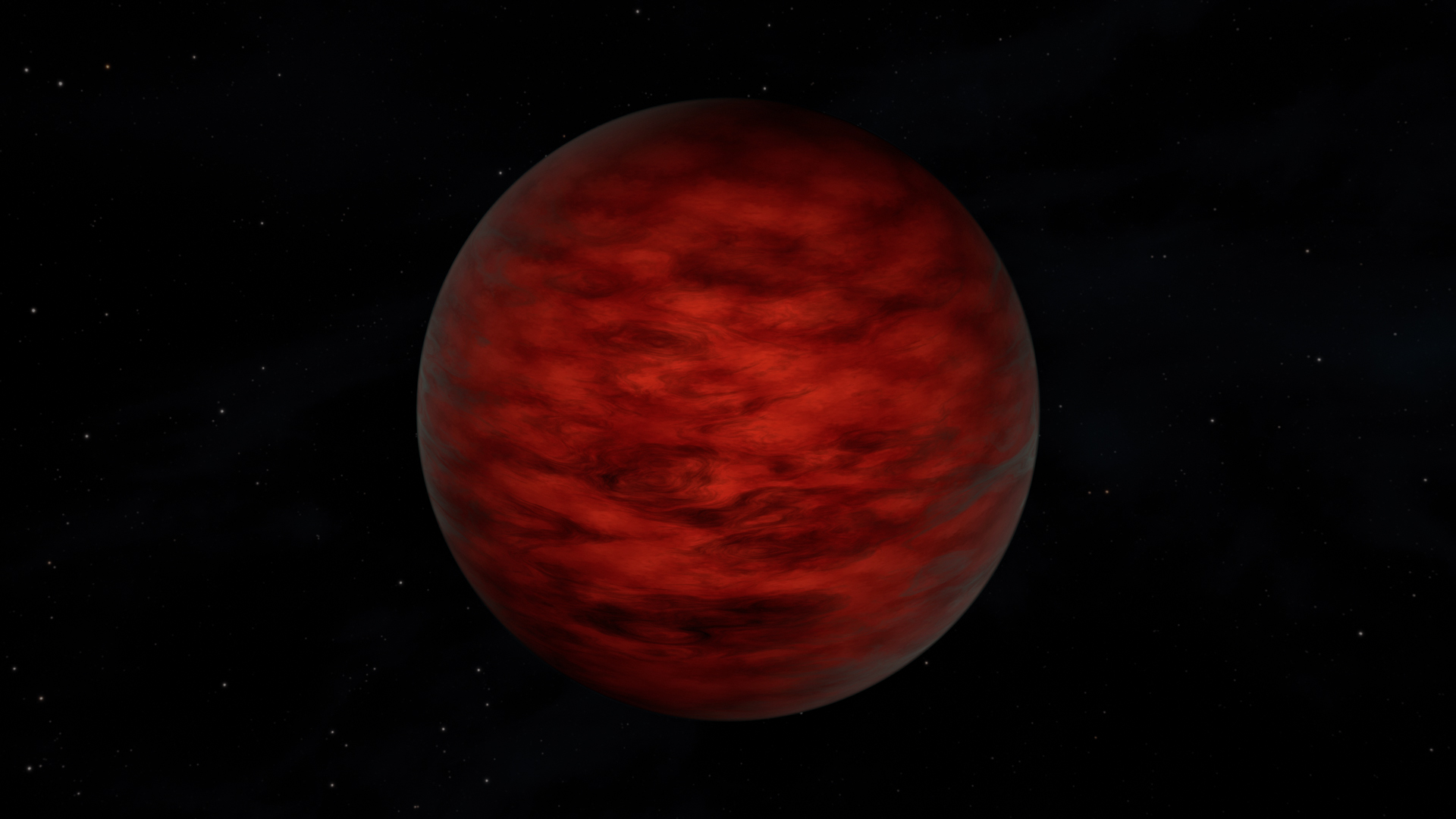
PIA 20583 Brown DwarfTeide 1 · Gliese 229B · HW Virginis · 2M1207
|
| Brown Dwarf Quaternary Plane |
B |
… a mass of between 13 to 80 Jupiter masses and are fully convective with no layer differentiation by depth or sustain nuclear fusion, however, they may fuse deuterium and fuse lithium. The spectral classes are designated M, L, T, Y and are not very luminous at visible wavelengths and would appear magenta to the human eye.
PIA 20583 Brown DwarfTeide 1 · Gliese 229B · HW Virginis · 2M1207
|
| Brown Dwarf Quaternary Plane |
B |
… a mass of between 13 to 80 Jupiter masses and are fully convective with no layer differentiation by depth or sustain nuclear fusion, however, they may fuse deuterium and fuse lithium. The spectral classes are designated M, L, T, Y and are not very luminous at visible wavelengths and would appear magenta to the human eye.
PIA 20583 Brown DwarfTeide 1 · Gliese 229B · HW Virginis · 2M1207
|
| Brown Dwarf Quaternary Plane |
B |
… a mass of between 13 to 80 Jupiter masses and are fully convective with no layer differentiation by depth or sustain nuclear fusion, however, they may fuse deuterium and fuse lithium. The spectral classes are designated M, L, T, Y and are not very luminous at visible wavelengths and would appear magenta to the human eye.
PIA 20583 Brown DwarfTeide 1 · Gliese 229B · HW Virginis · 2M1207
|
| Brown Dwarf Quaternary Plane |
B |
… a mass of between 13 to 80 Jupiter masses and are fully convective with no layer differentiation by depth or sustain nuclear fusion, however, they may fuse deuterium and fuse lithium. The spectral classes are designated M, L, T, Y and are not very luminous at visible wavelengths and would appear magenta to the human eye.
PIA 20583 Brown DwarfTeide 1 · Gliese 229B · HW Virginis · 2M1207
|
| Butte Geology Term |
B |
| … an isolated hill with steep sides and has a top that is narrower than its height, whereas an opposing “mesa”, has a top that is wider than its height. |
| Butte Geology Term |
B |
| … an isolated hill with steep sides and has a top that is narrower than its height, whereas an opposing “mesa”, has a top that is wider than its height. |
| Butte Geology Term |
B |
| … an isolated hill with steep sides and has a top that is narrower than its height, whereas an opposing “mesa”, has a top that is wider than its height. |
| Butte Geology Term |
B |
| … an isolated hill with steep sides and has a top that is narrower than its height, whereas an opposing “mesa”, has a top that is wider than its height. |
| Butte Geology Term |
B |
| … an isolated hill with steep sides and has a top that is narrower than its height, whereas an opposing “mesa”, has a top that is wider than its height. |
| C | ||
| A B C D E F G H I J K L M N O P Q R S T U V W X Y Z # Ω |
| C | ||
| A B C D E F G H I J K L M N O P Q R S T U V W X Y Z # Ω |
| C | ||
| A B C D E F G H I J K L M N O P Q R S T U V W X Y Z # Ω |
| C | ||
| A B C D E F G H I J K L M N O P Q R S T U V W X Y Z # Ω |
| C |
| Caldera Geography Term |
C |
… a large depression (cauldron-like sinkhole) of up to 100 kilometres in diameter and is formed through subsidence, rather than an explosion or impact and by an evacuated magma chamber which cannot support the ground above and collapses, resembling a crater.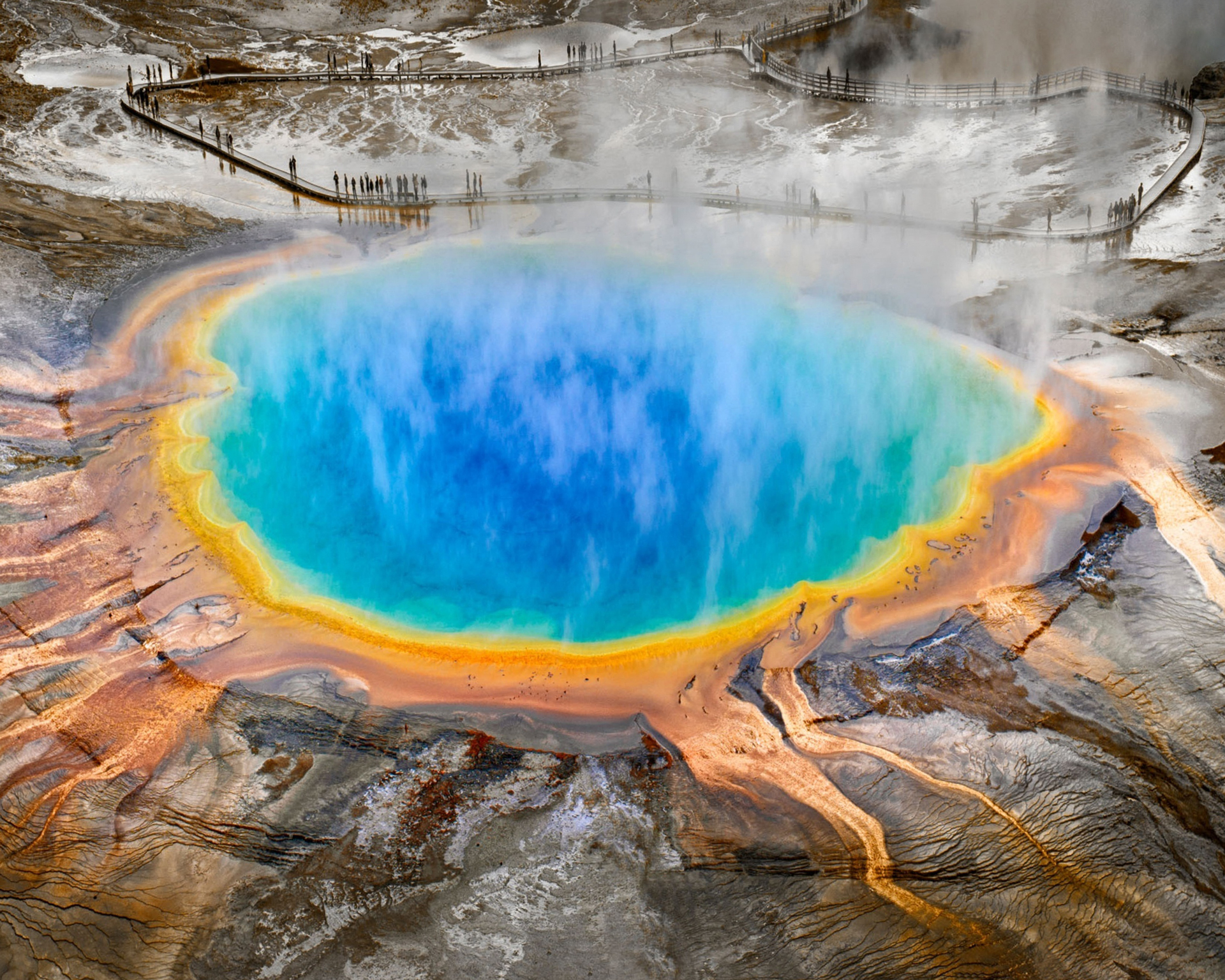
Caldera at Yellowstone National Park, USA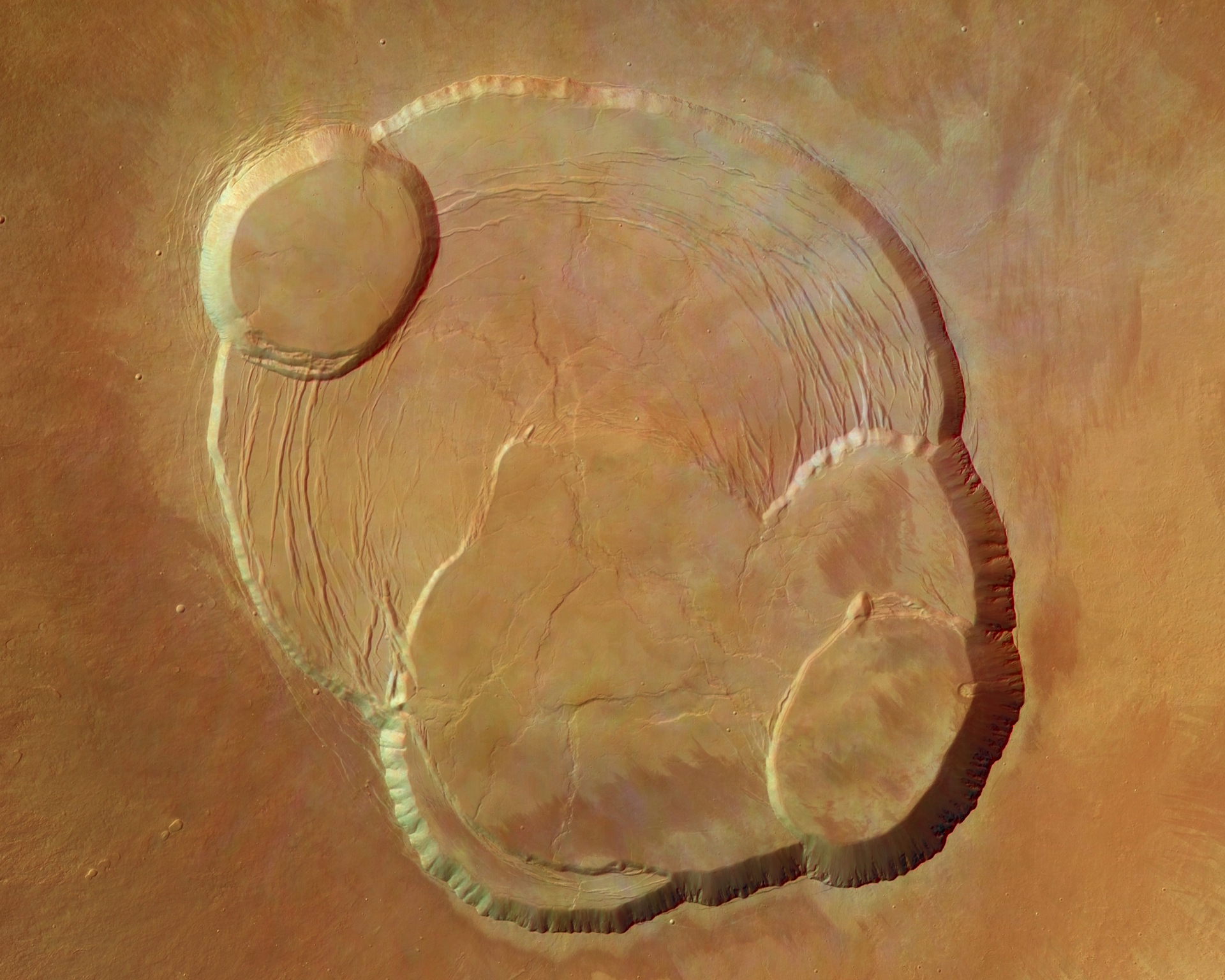
Caldera at Olympus Mons, Mars |
| Caldera Geography Term |
C |
… a large depression (cauldron-like sinkhole) of up to 100 kilometres in diameter and is formed through subsidence, rather than an explosion or impact and by an evacuated magma chamber which cannot support the ground above and collapses, resembling a crater.
Caldera at Yellowstone National Park, USA
Caldera at Olympus Mons, Mars |
| Caldera Geography Term |
C |
… a large depression (cauldron-like sinkhole) of up to 100 kilometres in diameter and is formed through subsidence, rather than an explosion or impact and by an evacuated magma chamber which cannot support the ground above and collapses, resembling a crater.
Caldera at Yellowstone National Park, USA
Caldera at Olympus Mons, Mars |
| Caldera Geography Term |
C |
… a large depression (cauldron-like sinkhole) of up to 100 kilometres in diameter and is formed through subsidence, rather than an explosion or impact and by an evacuated magma chamber which cannot support the ground above and collapses, resembling a crater.
Caldera at Yellowstone National Park, USA
Caldera at Olympus Mons, Mars |
| Caldera Geography Term |
C |
… a large depression (cauldron-like sinkhole) of up to 100 kilometres in diameter and is formed through subsidence, rather than an explosion or impact and by an evacuated magma chamber which cannot support the ground above and collapses, resembling a crater.
Caldera at Yellowstone NP, USA
Caldera at Olympus Mons, Mars |
| Carbon Star Quaternary Plane |
C |
… a red dwarf, giant and supergiant, whose atmosphere contains more carbon than oxygen, forming carbon monoxide, which leads to the consumption of all oxygen in the atmosphere, leaving a ruby red appearance.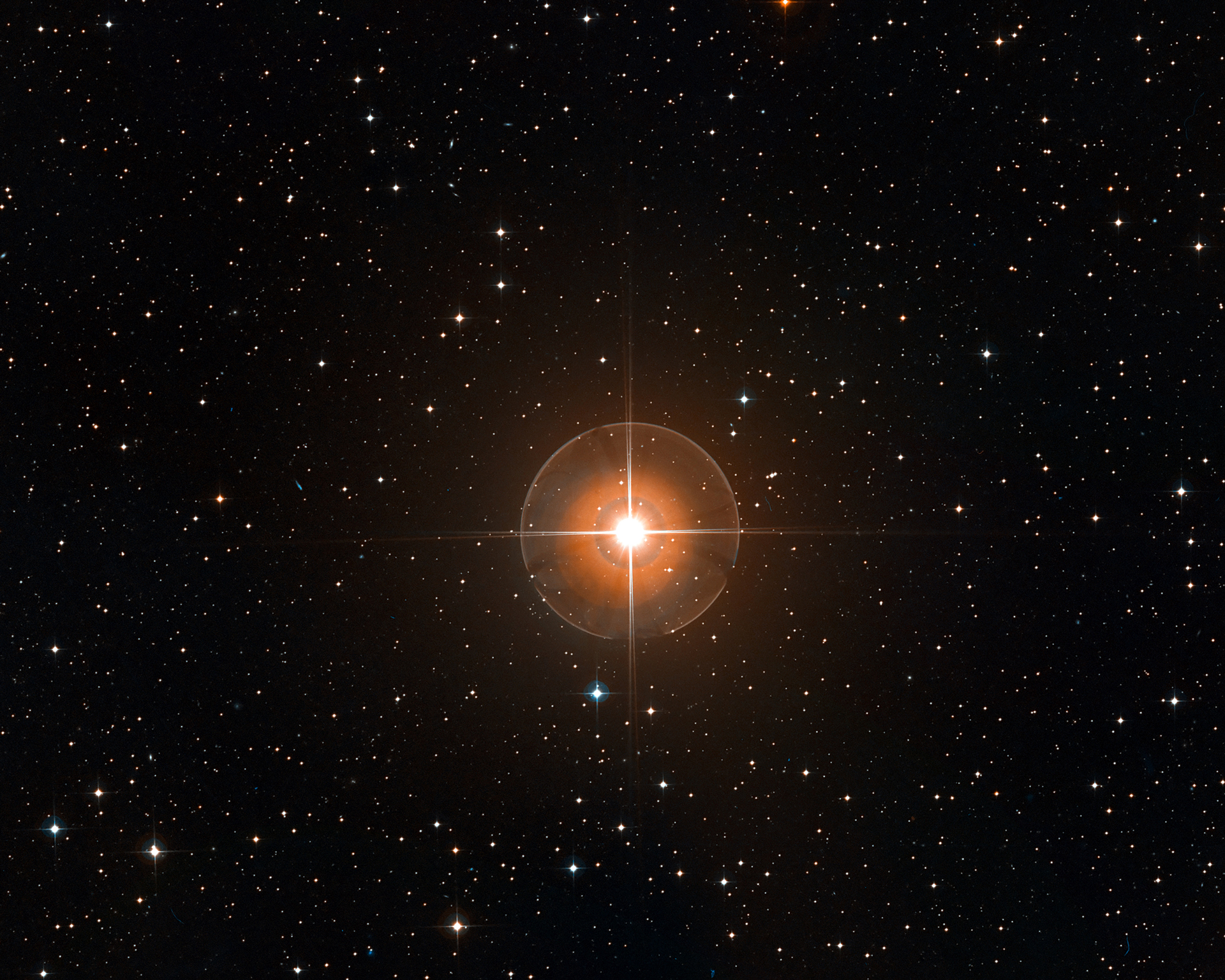
T Leporis, Carbon StarR Leporis · IRC +10216 · La SuperbaDiscovered by |
| Carbon Star Quaternary Plane |
C |
… a red dwarf, giant and supergiant, whose atmosphere contains more carbon than oxygen, forming carbon monoxide, which leads to the consumption of all oxygen in the atmosphere, leaving a ruby red appearance.
T Leporis, Carbon StarR Leporis · IRC +10216 · La SuperbaDiscovered by |
| Carbon Star Quaternary Plane |
C |
… a red dwarf, giant and supergiant, whose atmosphere contains more carbon than oxygen, forming carbon monoxide, which leads to the consumption of all oxygen in the atmosphere, leaving a ruby red appearance.
T Leporis, Carbon StarR Leporis · IRC +10216 · La SuperbaDiscovered by |
| Carbon Star Quaternary Plane |
C |
… a red dwarf, giant and supergiant, whose atmosphere contains more carbon than oxygen, forming carbon monoxide, which leads to the consumption of all oxygen in the atmosphere, leaving a ruby red appearance.
T Leporis, Carbon StarR Leporis · IRC +10216 · La SuperbaDiscovered by |
| Carbon Star Quaternary Plane |
C |
… a red dwarf, giant and supergiant, whose atmosphere contains more carbon than oxygen, forming carbon monoxide, which leads to the consumption of all oxygen in the atmosphere, leaving a ruby red appearance.
T Leporis, Carbon StarR Leporis · IRC +10216 · La SuperbaDiscovered by |
| Carbonaceous Chondrite Geology Term |
C |
… classification of meteorite with embedded pebble-sized granules containing quantities of organic carbon-rich matter.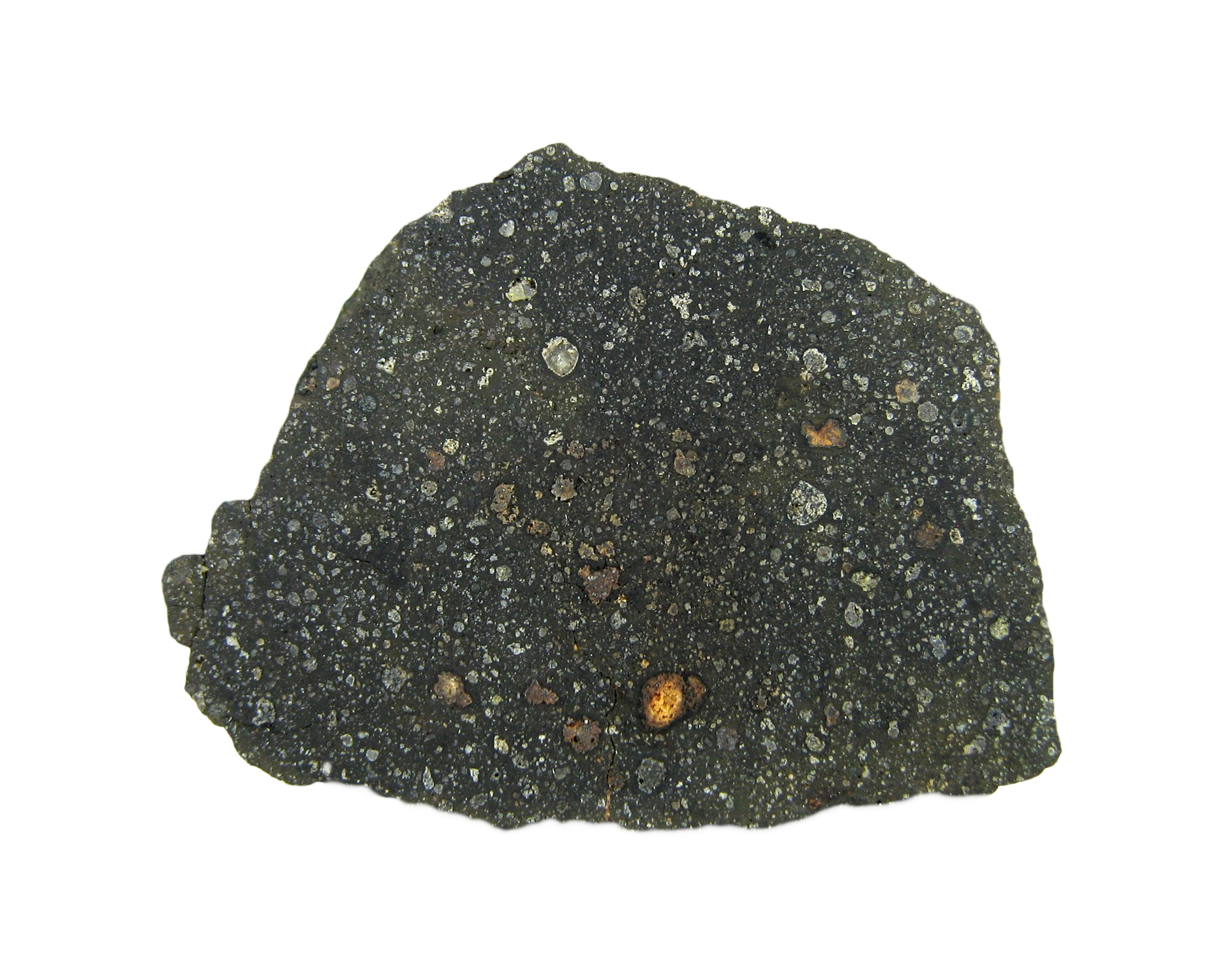
NWA5958, CM Carbonaceous ChondriteNWA801, CR2 · Murchison, CM2 · NWA10494, LL3 |
| Carbonaceous Chondrite Geology Term |
C |
… classification of meteorite with embedded pebble-sized granules containing quantities of organic carbon-rich matter.
NWA5958, CM Carbonaceous ChondriteNWA801, CR2 · Murchison, CM2 · NWA10494, LL3 |
| Carbonaceous Chondrite Geology Term |
C |
… classification of meteorite with embedded pebble-sized granules containing quantities of organic carbon-rich matter.
NWA5958, CM Carbonaceous ChondriteNWA801, CR2 · Murchison, CM2 · NWA10494, LL3 |
| Carbonaceous Chondrite Geology Term |
C |
… classification of meteorite with embedded pebble-sized granules containing quantities of organic carbon-rich matter.
NWA5958, CM Carbonaceous ChondriteNWA801, CR2 · Murchison, CM2 · NWA10494, LL3 |
| Carbonaceous Chondrite Geology Term |
C |
… classification of meteorite with embedded pebble-sized granules containing quantities of organic carbon-rich matter.
NWA5958, CM Carbonaceous ChondriteNWA801, CR2 · Murchison, CM2 · NWA10494, LL3 |
| Carbonate Geology Term |
C |
| … refers to both carbonate minerals and rock which are dominated by carbonate ions. The most common carbonate minerals are calcite or calcium carbonate, which are the major component of limestone, mollusc shells and coral skeletons, iron carbonate, dolomite, sodium carbonate, siderite, and potassium carbonate. |
| Carbonate Geology Term |
C |
| … refers to both carbonate minerals and rock which are dominated by carbonate ions. The most common carbonate minerals are calcite or calcium carbonate, which are the major component of limestone, mollusc shells and coral skeletons, iron carbonate, dolomite, sodium carbonate, siderite, and potassium carbonate. |
| Carbonate Geology Term |
C |
| … refers to both carbonate minerals and rock which are dominated by carbonate ions. The most common carbonate minerals are calcite or calcium carbonate, which are the major component of limestone, mollusc shells and coral skeletons, iron carbonate, dolomite, sodium carbonate, siderite, and potassium carbonate. |
| Carbonate Geology Term |
C |
| … refers to both carbonate minerals and rock which are dominated by carbonate ions. The most common carbonate minerals are calcite or calcium carbonate, which are the major component of limestone, mollusc shells and coral skeletons, iron carbonate, dolomite, sodium carbonate, siderite, and potassium carbonate. |
| Carbonate Geology Term |
C |
| … refers to both carbonate minerals and rock which are dominated by carbonate ions. The most common carbonate minerals are calcite or calcium carbonate, which are the major component of limestone, mollusc shells and coral skeletons, iron carbonate, dolomite, sodium carbonate, siderite, and potassium carbonate. |
| Cataclastic Rock Geology Term |
C |
| … is formed by the progressive fracturing of existing rock (cataclasis) and are known as fault rocks. Cataclasite, consists of angular clasts in a finer-grained matrix, fault breccia, are large cohesive or incohesive fragments of rock in a fine-grained matrix that may include mineral veins formed in the voids between the clasts. Fault gouge, an unconsolidated fault rock consists of finely crushed material, whereas pseudotachylites are formed by frictional melting and are found along a fault surface and as veins in fault walls with a glassy dark appearance. |
| Cataclastic Rock Geology Term |
C |
| … is formed by the progressive fracturing of existing rock (cataclasis) and are known as fault rocks. Cataclasite, consists of angular clasts in a finer-grained matrix, fault breccia, are large cohesive or incohesive fragments of rock in a fine-grained matrix that may include mineral veins formed in the voids between the clasts. Fault gouge, an unconsolidated fault rock consists of finely crushed material, whereas pseudotachylites are formed by frictional melting and are found along a fault surface and as veins in fault walls with a glassy dark appearance. |
| Cataclastic Rock Geology Term |
C |
| … is formed by the progressive fracturing of existing rock (cataclasis) and are known as fault rocks. Cataclasite, consists of angular clasts in a finer-grained matrix, fault breccia, are large cohesive or incohesive fragments of rock in a fine-grained matrix that may include mineral veins formed in the voids between the clasts. Fault gouge, an unconsolidated fault rock consists of finely crushed material, whereas pseudotachylites are formed by frictional melting and are found along a fault surface and as veins in fault walls with a glassy dark appearance. |
| Cataclastic Rock Geology Term |
C |
| … is formed by the progressive fracturing of existing rock (cataclasis) and are known as fault rocks. Cataclasite, consists of angular clasts in a finer-grained matrix, fault breccia, are large cohesive or incohesive fragments of rock in a fine-grained matrix that may include mineral veins formed in the voids between the clasts. Fault gouge, an unconsolidated fault rock consists of finely crushed material, whereas pseudotachylites are formed by frictional melting and are found along a fault surface and as veins in fault walls with a glassy dark appearance. |
| Cataclastic Rock Geology Term |
C |
| … is formed by the progressive fracturing of existing rock (cataclasis) and are known as fault rocks. Cataclasite, consists of angular clasts in a finer-grained matrix, fault breccia, are large cohesive or incohesive fragments of rock in a fine-grained matrix that may include mineral veins formed in the voids between the clasts. Fault gouge, an unconsolidated fault rock consists of finely crushed material, whereas pseudotachylites are formed by frictional melting and are found along a fault surface and as veins in fault walls with a glassy dark appearance. |
| Celestial Coordinates Astronomy Term |
C |
| … one of two angles, in the equatorial coordinate system, that locate a point on the celestial sphere, the other being “right ascension”, the hour angle. The angle of declination is comparable to geographic latitude, projected onto the celestial sphere, and is a vector, from -90° (celestial south pole) to 0° (celestial equator) to +90° (celestial north pole). Right ascension is comparable to longitude, projected onto the celestial sphere (meridian), and is vector of equatorial time as expressed with the sexagesimal system, one rotation being 24 hours (360°), 1 hour (15°), 1 minute (1/4°) and 1 second (1/240°). The vernal equinox marks the “0 hour” vector, the vernal point on the celestial equator. Precession, nutation, and aberration, directly affect right ascension and declination. The “epoch” is the moment in time that a given position of an astronomical object is valid, with the current standard equinox being J2000.0 (“J” Julian epoch), which is January 1, 2000 at 12:00 TT (Terrestrial Time). 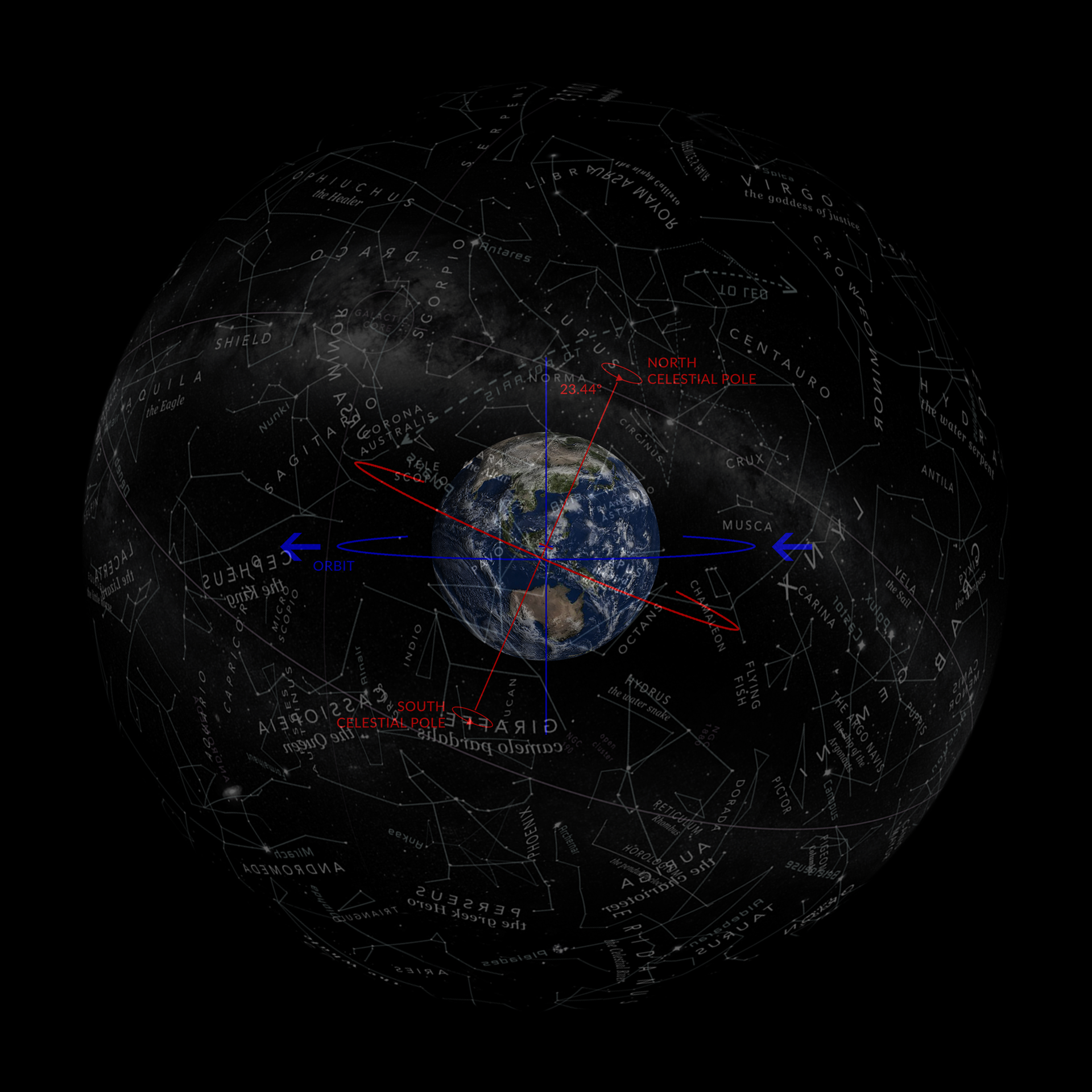
Celestial SphereDiscovered by
|
| Celestial Coordinates Astronomy Term |
C |
| … one of two angles, in the equatorial coordinate system, that locate a point on the celestial sphere, the other being “right ascension”, the hour angle. The angle of declination is comparable to geographic latitude, projected onto the celestial sphere, and is a vector, from -90° (celestial south pole) to 0° (celestial equator) to +90° (celestial north pole). Right ascension is comparable to longitude, projected onto the celestial sphere (meridian), and is vector of equatorial time as expressed with the sexagesimal system, one rotation being 24 hours (360°), 1 hour (15°), 1 minute (1/4°) and 1 second (1/240°). The vernal equinox marks the “0 hour” vector, the vernal point on the celestial equator. Precession, nutation, and aberration, directly affect right ascension and declination. The “epoch” is the moment in time that a given position of an astronomical object is valid, with the current standard equinox being J2000.0 (“J” Julian epoch), which is January 1, 2000 at 12:00 TT (Terrestrial Time). 
Celestial SphereDiscovered by
|
| Celestial Coordinates Astronomy Term |
C |
| … one of two angles, in the equatorial coordinate system, that locate a point on the celestial sphere, the other being “right ascension”, the hour angle. The angle of declination is comparable to geographic latitude, projected onto the celestial sphere, and is a vector, from -90° (celestial south pole) to 0° (celestial equator) to +90° (celestial north pole). Right ascension is comparable to longitude, projected onto the celestial sphere (meridian), and is vector of equatorial time as expressed with the sexagesimal system, one rotation being 24 hours (360°), 1 hour (15°), 1 minute (1/4°) and 1 second (1/240°). The vernal equinox marks the “0 hour” vector, the vernal point on the celestial equator. Precession, nutation, and aberration, directly affect right ascension and declination. The “epoch” is the moment in time that a given position of an astronomical object is valid, with the current standard equinox being J2000.0 (“J” Julian epoch), which is January 1, 2000 at 12:00 TT (Terrestrial Time). 
Celestial SphereDiscovered by
|
| Celestial Coordinates Astronomy Term |
C |
| … one of two angles, in the equatorial coordinate system, that locate a point on the celestial sphere, the other being “right ascension”, the hour angle. The angle of declination is comparable to geographic latitude, projected onto the celestial sphere, and is a vector, from -90° (celestial south pole) to 0° (celestial equator) to +90° (celestial north pole). Right ascension is comparable to longitude, projected onto the celestial sphere (meridian), and is vector of equatorial time as expressed with the sexagesimal system, one rotation being 24 hours (360°), 1 hour (15°), 1 minute (1/4°) and 1 second (1/240°). The vernal equinox marks the “0 hour” vector, the vernal point on the celestial equator. Precession, nutation, and aberration, directly affect right ascension and declination. The “epoch” is the moment in time that a given position of an astronomical object is valid, with the current standard equinox being J2000.0 (“J” Julian epoch), which is January 1, 2000 at 12:00 TT (Terrestrial Time). 
Celestial SphereDiscovered by
|
| Celestial Coordinates Astronomy Term |
C |
| … one of two angles, in the equatorial coordinate system, that locate a point on the celestial sphere, the other being “right ascension”, the hour angle. The angle of declination is comparable to geographic latitude, projected onto the celestial sphere, and is a vector, from -90° (celestial south pole) to 0° (celestial equator) to +90° (celestial north pole). Right ascension is comparable to longitude, projected onto the celestial sphere (meridian), and is vector of equatorial time as expressed with the sexagesimal system, one rotation being 24 hours (360°), 1 hour (15°), 1 minute (1/4°) and 1 second (1/240°). The vernal equinox marks the “0 hour” vector, the vernal point on the celestial equator. Precession, nutation, and aberration, directly affect right ascension and declination. The “epoch” is the moment in time that a given position of an astronomical object is valid, with the current standard equinox being J2000.0 (“J” Julian epoch), which is January 1, 2000 at 12:00 TT (Terrestrial Time). 
Celestial SphereDiscovered by
|
| Cenozoic Era Geology Timeline |
C |
| 65.5 Million Years Ago to Now Tertiary Period · Palaeocene Epoch · Eocene Epoch Oligocene Epoch · Miocene Epoch Pliocene Epoch · Pleistocene Epoch · Holocene Epoch |
| Cenozoic Era Geology Timeline |
C |
| 65.5 Million Years Ago to Now Tertiary Period · Palaeocene Epoch · Eocene Epoch Oligocene Epoch · Miocene Epoch Pliocene Epoch · Pleistocene Epoch · Holocene Epoch |
| Cenozoic Era Geology Timeline |
C |
| 65.5 Million Years Ago to Now Tertiary Period · Palaeocene Epoch · Eocene Epoch Oligocene Epoch · Miocene Epoch Pliocene Epoch · Pleistocene Epoch · Holocene Epoch |
| Cenozoic Era Geology Timeline |
C |
| 65.5 Million Years Ago to Now Tertiary Period · Palaeocene Epoch · Eocene Epoch Oligocene Epoch · Miocene Epoch Pliocene Epoch · Pleistocene Epoch · Holocene Epoch |
| Cenozoic Era Geology Timeline |
C |
| 65.5 Million Years Ago to Now Tertiary Period · Palaeocene Epoch · Eocene Epoch Oligocene Epoch · Miocene Epoch Pliocene Epoch · Pleistocene Epoch · Holocene Epoch |
| Chandrasekhar Limit Astronomy Term |
C |
… the maximum mass limit of a stable white dwarf star. This is the mass above electron degeneracy pressure in the core of the star where it cannot balance its own gravitational self-attraction. White dwarfs with masses greater than the limit will either explode, or collapse further to become a neutron star or a black hole.Discovered by
|
| Chandrasekhar Limit Astronomy Term |
C |
… the maximum mass limit of a stable white dwarf star. This is the mass above electron degeneracy pressure in the core of the star where it cannot balance its own gravitational self-attraction. White dwarfs with masses greater than the limit will either explode, or collapse further to become a neutron star or a black hole.Discovered by
|
| Chandrasekhar Limit Astronomy Term |
C |
… the maximum mass limit of a stable white dwarf star. This is the mass above electron degeneracy pressure in the core of the star where it cannot balance its own gravitational self-attraction. White dwarfs with masses greater than the limit will either explode, or collapse further to become a neutron star or a black hole.Discovered by
|
| Chandrasekhar Limit Astronomy Term |
C |
… the maximum mass limit of a stable white dwarf star. This is the mass above electron degeneracy pressure in the core of the star where it cannot balance its own gravitational self-attraction. White dwarfs with masses greater than the limit will either explode, or collapse further to become a neutron star or a black hole.Discovered by
|
| Chandrasekhar Limit Astronomy Term |
C |
… the maximum mass limit of a stable white dwarf star. This is the mass above electron degeneracy pressure in the core of the star where it cannot balance its own gravitational self-attraction. White dwarfs with masses greater than the limit will either explode, or collapse further to become a neutron star or a black hole.Discovered by
|
| Chondrite Geology Term |
C |
… are stony, non-metallic meteorites that are formed from primitive asteroids and represent 86.2% of all falling meteorites and possess chondrules that are apportioned from 20 to 80 percent of all chondrites.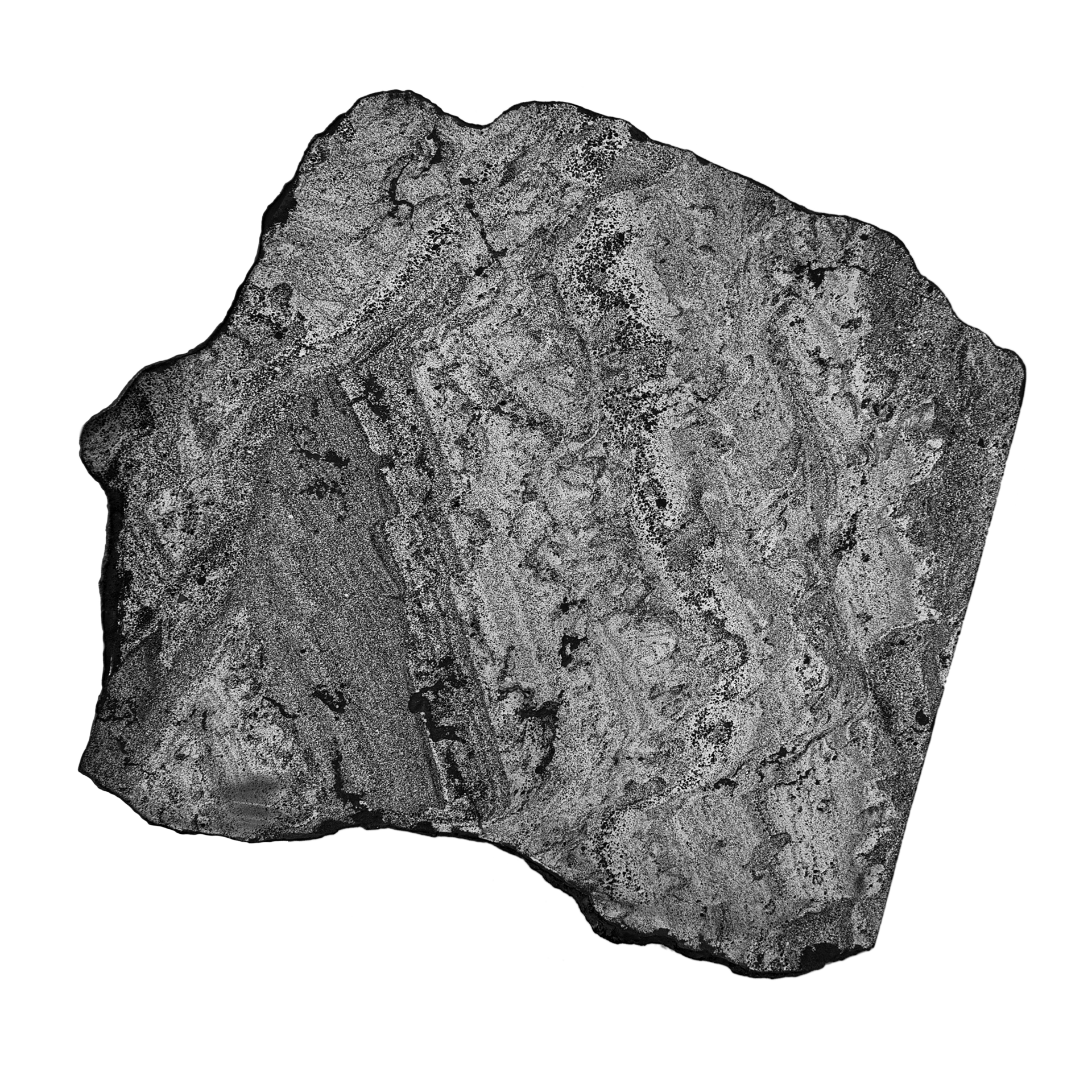
Isheyevo, Sedimentary ChondriteALH84001 · Abee Enstatite · Paragould, LL5 |
| Chondrite Geology Term |
C |
… are stony, non-metallic meteorites that are formed from primitive asteroids and represent 86.2% of all falling meteorites and possess chondrules that are apportioned from 20 to 80 percent of all chondrites.
Isheyevo, Sedimentary ChondriteALH84001 · Abee Enstatite · Paragould, LL5 |
| Chondrite Geology Term |
C |
… are stony, non-metallic meteorites that are formed from primitive asteroids and represent 86.2% of all falling meteorites and possess chondrules that are apportioned from 20 to 80 percent of all chondrites.
Isheyevo, Sedimentary ChondriteALH84001 · Abee Enstatite · Paragould, LL5 |
| Chondrite Geology Term |
C |
… are stony, non-metallic meteorites that are formed from primitive asteroids and represent 86.2% of all falling meteorites and possess chondrules that are apportioned from 20 to 80 percent of all chondrites.
Isheyevo, Sedimentary ChondriteALH84001 · Abee Enstatite · Paragould, LL5 |
| Chondrite Geology Term |
C |
… are stony, non-metallic meteorites that are formed from primitive asteroids and represent 86.2% of all falling meteorites and possess chondrules that are apportioned from 20 to 80 percent of all chondrites.
Isheyevo, Sedimentary ChondriteALH84001 · Abee Enstatite · Paragould, LL5 |
| Chromatic Aberration Imaging Term |
C |
… is a single lens where all wavelengths have different focus points on the same plane.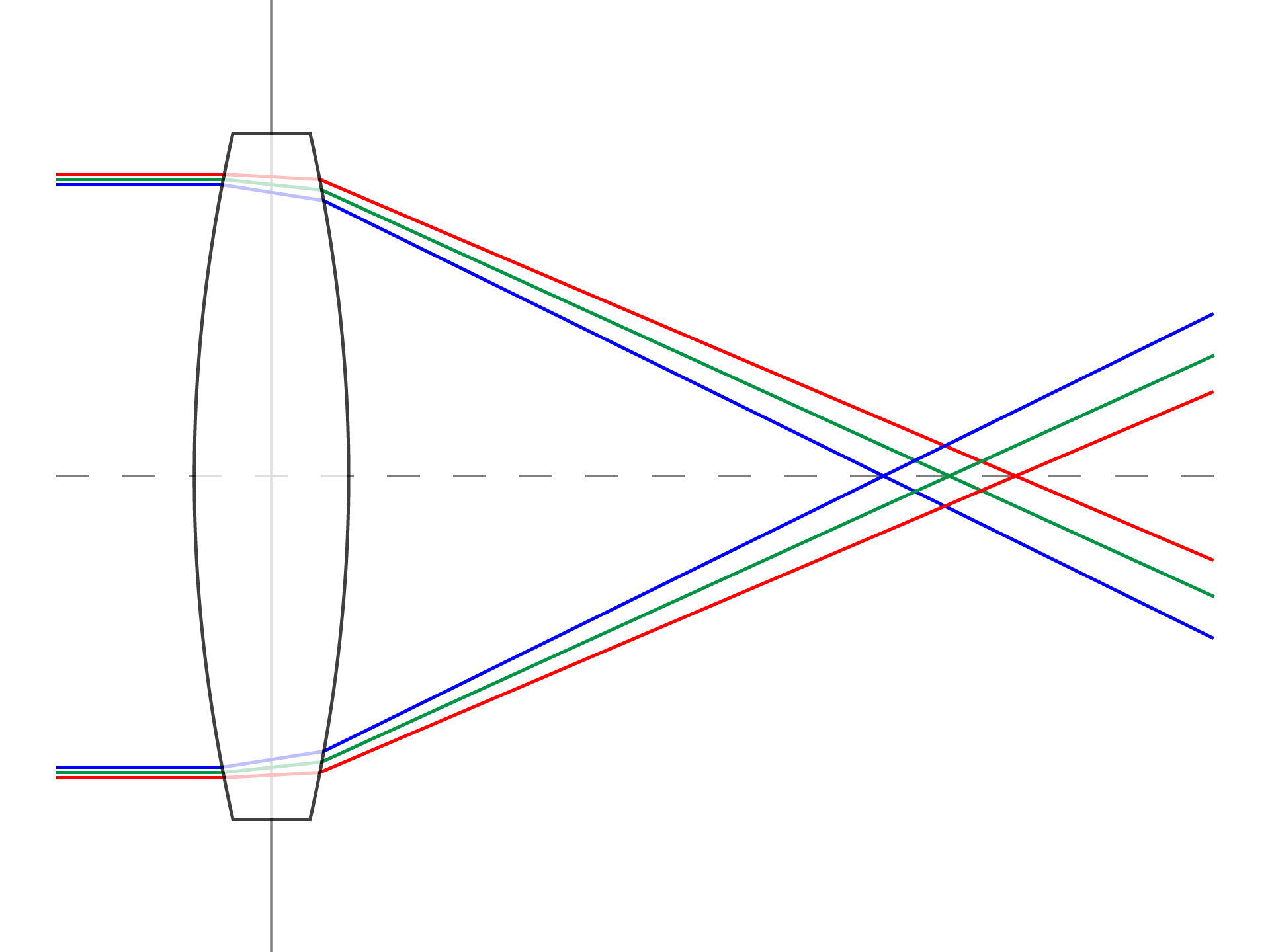
Chromatic Aberration |
| Chromatic Aberration Imaging Term |
C |
… is a single lens where all wavelengths have different focus points on the same plane.
Chromatic Aberration |
| Chromatic Aberration Imaging Term |
C |
… is a single lens where all wavelengths have different focus points on the same plane.
Chromatic Aberration |
| Chromatic Aberration Imaging Term |
C |
… is a single lens where all wavelengths have different focus points on the same plane.
Chromatic Aberration |
| Chromatic Aberration Imaging Term |
C |
… is a single lens where all wavelengths have different focus points on the same plane.
Chromatic Aberration |
| Chromosphere Astronomy Term |
C |
… is the solar atmosphere of our sun, between the photosphere and the corona and is 10,000 kilometres thick and ranges in temperature from below 10,000 Kelvin to over 100,000 Kelvin.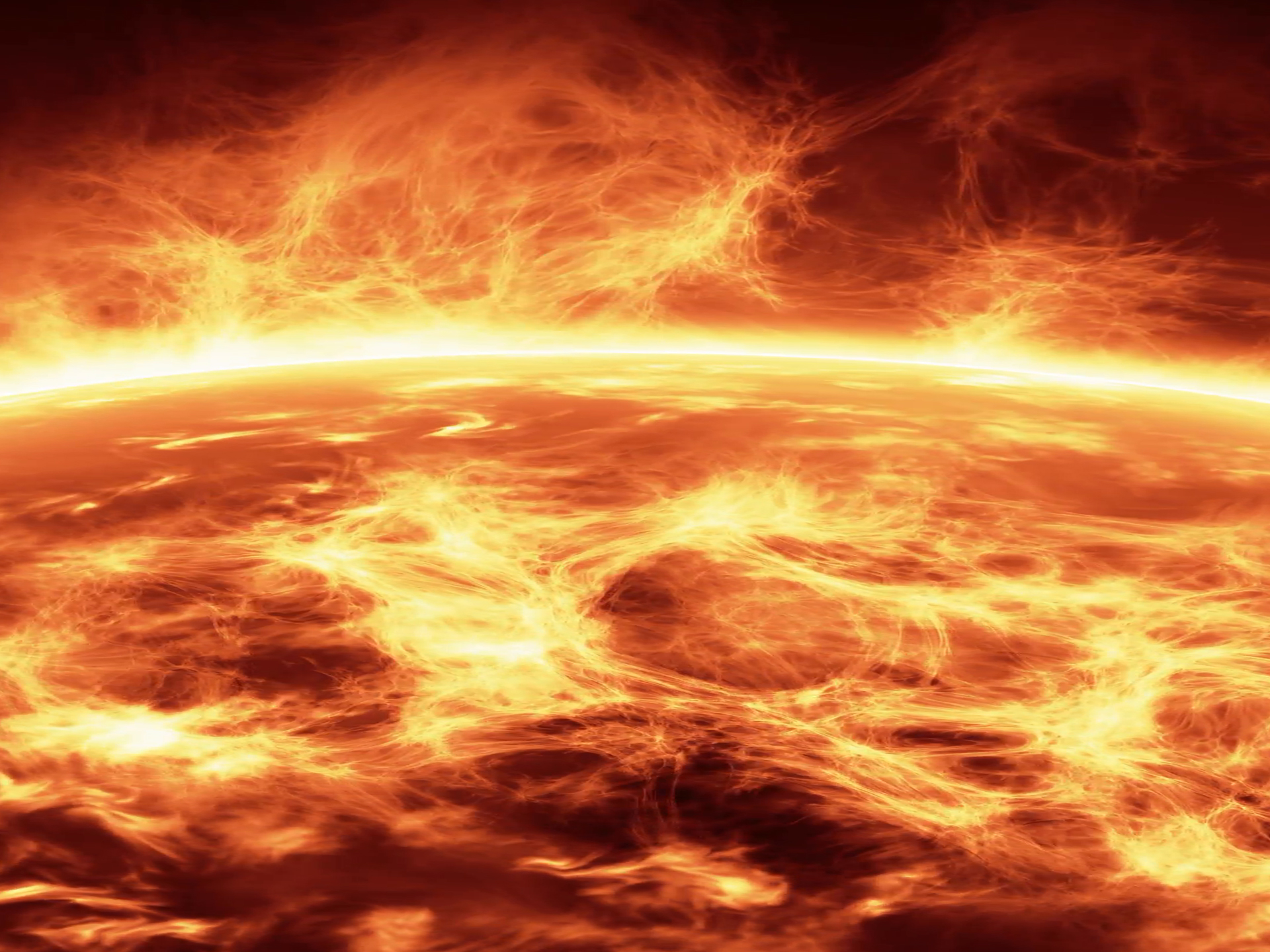
Chromosphere of Helios, our SunDiscovered by
|
| Chromosphere Astronomy Term |
C |
… is the solar atmosphere of our sun, between the photosphere and the corona and is 10,000 kilometres thick and ranges in temperature from below 10,000 Kelvin to over 100,000 Kelvin.
Chromosphere of Helios, our SunDiscovered by
|
| Chromosphere Astronomy Term |
C |
… is the solar atmosphere of our sun, between the photosphere and the corona and is 10,000 kilometres thick and ranges in temperature from below 10,000 Kelvin to over 100,000 Kelvin.
Chromosphere of Helios, our SunDiscovered by
|
| Chromosphere Astronomy Term |
C |
… is the solar atmosphere of our sun, between the photosphere and the corona and is 10,000 kilometres thick and ranges in temperature from below 10,000 Kelvin to over 100,000 Kelvin.
Chromosphere of Helios, our SunDiscovered by
|
| Chromosphere Astronomy Term |
C |
… is the solar atmosphere of our sun, between the photosphere and the corona and is 10,000 kilometres thick and ranges in temperature from below 10,000 Kelvin to over 100,000 Kelvin.
Chromosphere of Helios, our SunDiscovered by
|
| Collimator Imaging Equipment |
C |
… a calibration tool that consists of a tube containing a convex lens at one end, with the other an adjustable aperture as the focal plane of the lens which uses a laser that radiates through a laser etched image that projects as a parallel beam.
Laser CollimatorInvented by
|
| Collimator Imaging Equipment |
C |
… a calibration tool that consists of a tube containing a convex lens at one end, with the other an adjustable aperture as the focal plane of the lens which uses a laser that radiates through a laser etched image that projects as a parallel beam.
Laser CollimatorInvented by
|
| Collimator Imaging Equipment |
C |
… a calibration tool that consists of a tube containing a convex lens at one end, with the other an adjustable aperture as the focal plane of the lens which uses a laser that radiates through a laser etched image that projects as a parallel beam.
Laser CollimatorInvented by
|
| Collimator Imaging Equipment |
C |
… a calibration tool that consists of a tube containing a convex lens at one end, with the other an adjustable aperture as the focal plane of the lens which uses a laser that radiates through a laser etched image that projects as a parallel beam.
Laser CollimatorInvented by
|
| Collimator Imaging Equipment |
C |
… a calibration tool that consists of a tube containing a convex lens at one end, with the other an adjustable aperture as the focal plane of the lens which uses a laser that radiates through a laser etched image that projects as a parallel beam.
Laser CollimatorInvented by
|
| Comet Quinary Plane |
C |
| … a singular astronomical body with a nucleus composed of ice, dust, and rocky particles. Comets have a highly eccentric elliptical path and wide range of orbital periods, which range from several years (Kuiper Belt) to millions of years (Oort Cloud). Comets directly orbit a parent nucleus with a singular star or multiple stars of greater mass and when passing close, warms, release gases (outgassing) and produce singular or multiple coma (visible atmospheric tail), due to solar radiation and solar wind acting upon the nucleus of the comet. Hyperbolic comets may pass once through the inner Solar System before being flung to interstellar space. There are an estimated 5,200 known Comets, ranging in size from 1m to 1,000km in diameter, with a tail spanning 10 million times the size of its nucleus. 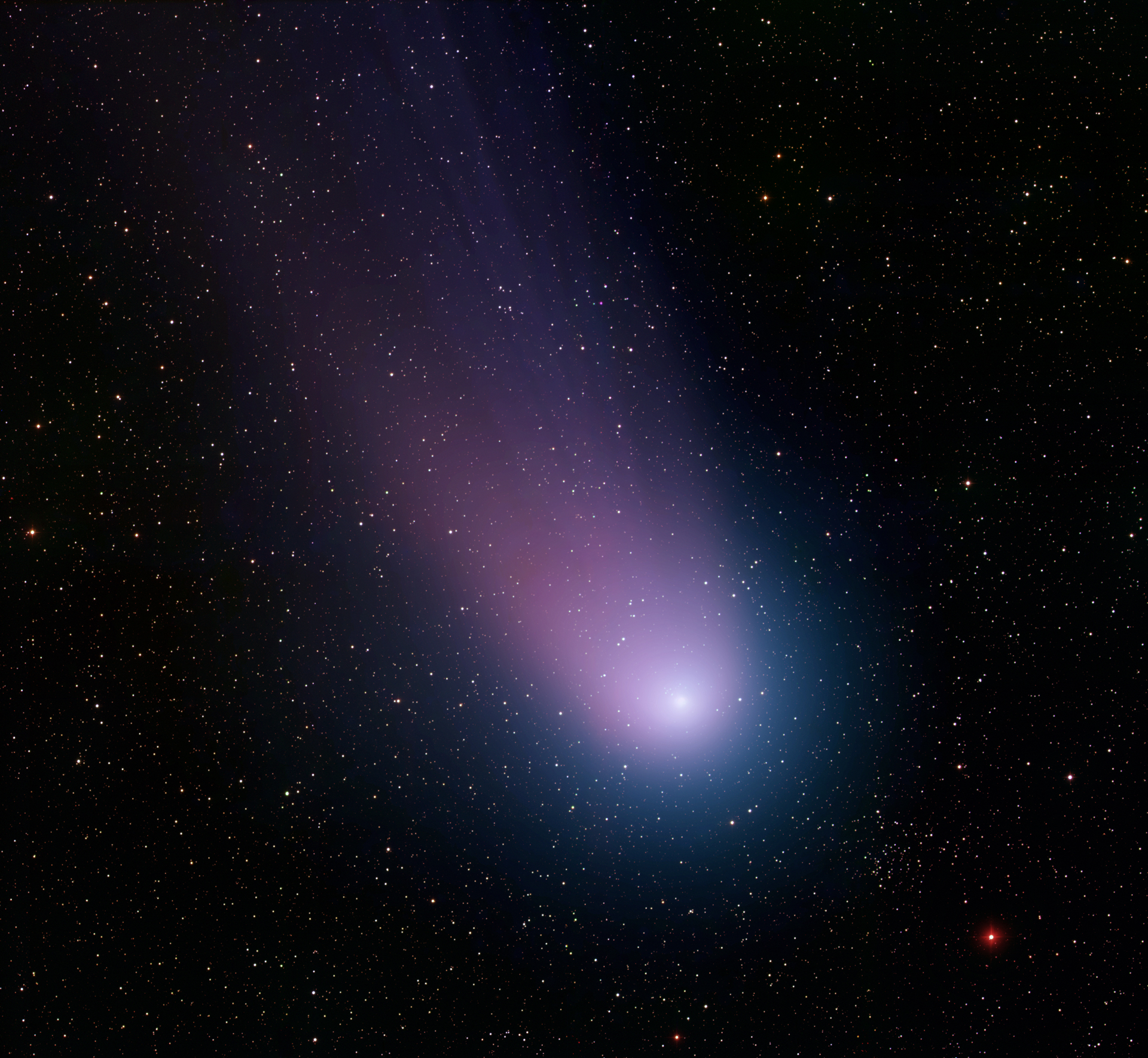
Isheyevo, Sedimentary ChondriteP-2006D1 (Hill) · P-2006R1 (Siding Spring)
|
| Comet Quinary Plane |
C |
| … a singular astronomical body with a nucleus composed of ice, dust, and rocky particles. Comets have a highly eccentric elliptical path and wide range of orbital periods, which range from several years (Kuiper Belt) to millions of years (Oort Cloud). Comets directly orbit a parent nucleus with a singular star or multiple stars of greater mass and when passing close, warms, release gases (outgassing) and produce singular or multiple coma (visible atmospheric tail), due to solar radiation and solar wind acting upon the nucleus of the comet. Hyperbolic comets may pass once through the inner Solar System before being flung to interstellar space. There are an estimated 5,200 known Comets, ranging in size from 1m to 1,000km in diameter, with a tail spanning 10 million times the size of its nucleus. 
Isheyevo, Sedimentary ChondriteP-2006D1 (Hill) · P-2006R1 (Siding Spring)
|
| Comet Quinary Plane |
C |
| … a singular astronomical body with a nucleus composed of ice, dust, and rocky particles. Comets have a highly eccentric elliptical path and wide range of orbital periods, which range from several years (Kuiper Belt) to millions of years (Oort Cloud). Comets directly orbit a parent nucleus with a singular star or multiple stars of greater mass and when passing close, warms, release gases (outgassing) and produce singular or multiple coma (visible atmospheric tail), due to solar radiation and solar wind acting upon the nucleus of the comet. Hyperbolic comets may pass once through the inner Solar System before being flung to interstellar space. There are an estimated 5,200 known Comets, ranging in size from 1m to 1,000km in diameter, with a tail spanning 10 million times the size of its nucleus. 
Isheyevo, Sedimentary ChondriteP-2006D1 (Hill) · P-2006R1 (Siding Spring)
|
| Comet Quinary Plane |
C |
| … a singular astronomical body with a nucleus composed of ice, dust, and rocky particles. Comets have a highly eccentric elliptical path and wide range of orbital periods, which range from several years (Kuiper Belt) to millions of years (Oort Cloud). Comets directly orbit a parent nucleus with a singular star or multiple stars of greater mass and when passing close, warms, release gases (outgassing) and produce singular or multiple coma (visible atmospheric tail), due to solar radiation and solar wind acting upon the nucleus of the comet. Hyperbolic comets may pass once through the inner Solar System before being flung to interstellar space. There are an estimated 5,200 known Comets, ranging in size from 1m to 1,000km in diameter, with a tail spanning 10 million times the size of its nucleus. 
Isheyevo, Sedimentary ChondriteP-2006D1 (Hill) · P-2006R1 (Siding Spring)
|
| Comet Quinary Plane |
C |
| … a singular astronomical body with a nucleus composed of ice, dust, and rocky particles. Comets have a highly eccentric elliptical path and wide range of orbital periods, which range from several years (Kuiper Belt) to millions of years (Oort Cloud). Comets directly orbit a parent nucleus with a singular star or multiple stars of greater mass and when passing close, warms, release gases (outgassing) and produce singular or multiple coma (visible atmospheric tail), due to solar radiation and solar wind acting upon the nucleus of the comet. Hyperbolic comets may pass once through the inner Solar System before being flung to interstellar space. There are an estimated 5,200 known Comets, ranging in size from 1m to 1,000km in diameter, with a tail spanning 10 million times the size of its nucleus. 
Isheyevo, Sedimentary ChondriteP-2006D1 (Hill) · P-2006R1 (Siding Spring)
|
| Conjunction Astronomy Term |
C |
… occurs when two or more astronomical objects appear to be close in the same field of view, as with a planet or planets, moon or moons, star or stars, the Sun, or any combination thereof.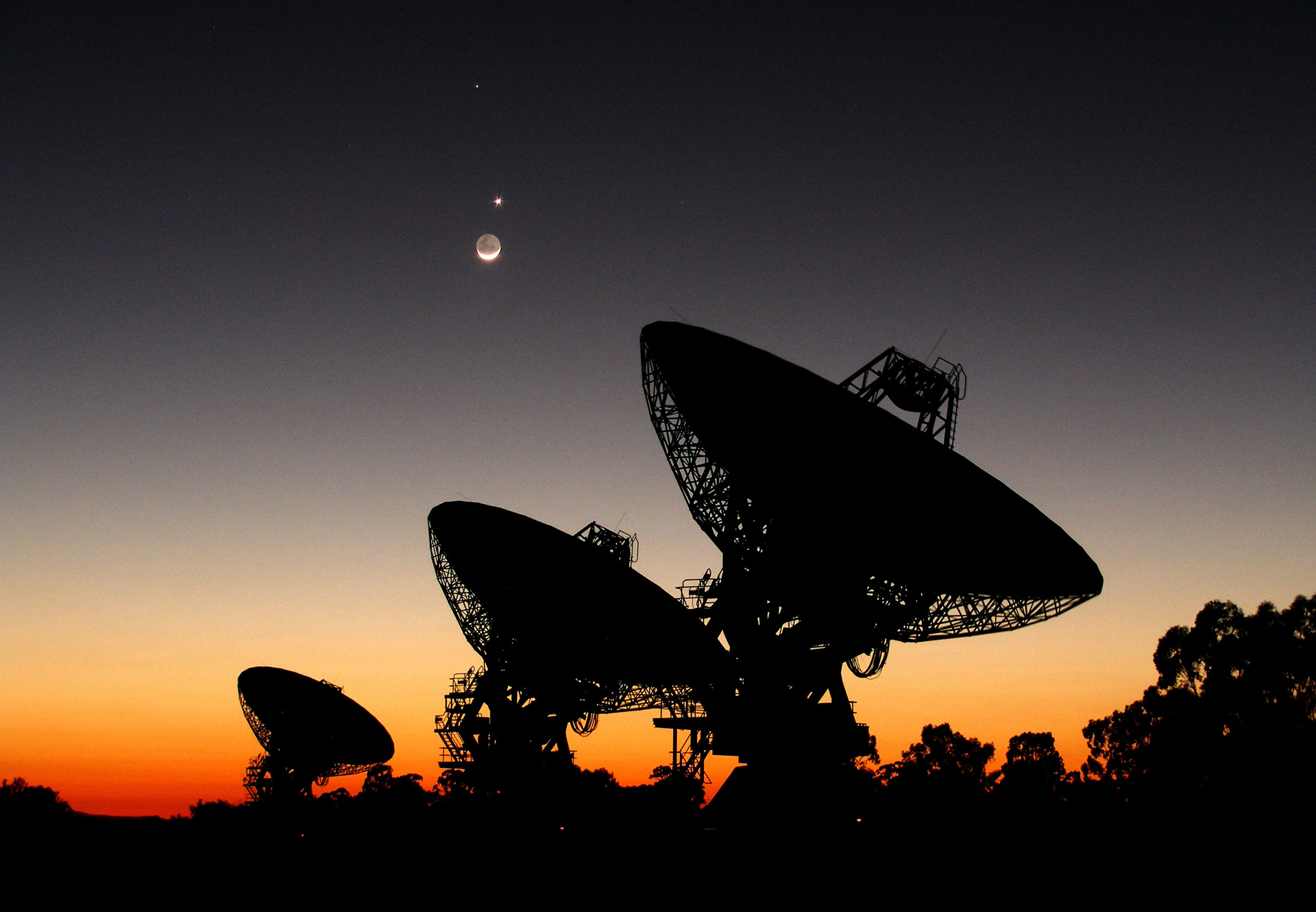
Conjunction, ATCA, Mercury, Venus & the Moon |
| Conjunction Astronomy Term |
C |
… occurs when two or more astronomical objects appear to be close in the same field of view, as with a planet or planets, moon or moons, star or stars, the Sun, or any combination thereof.
Conjunction, ATCA, Mercury, Venus & the Moon |
| Conjunction Astronomy Term |
C |
… occurs when two or more astronomical objects appear to be close in the same field of view, as with a planet or planets, moon or moons, star or stars, the Sun, or any combination thereof.
Conjunction, ATCA, Mercury, Venus & the Moon |
| Conjunction Astronomy Term |
C |
… occurs when two or more astronomical objects appear to be close in the same field of view, as with a planet or planets, moon or moons, star or stars, the Sun, or any combination thereof.
Conjunction, ATCA, Mercury, Venus & the Moon |
| Conjunction Astronomy Term |
C |
… occurs when two or more astronomical objects appear to be close in the same field of view, as with a planet or planets, moon or moons, star or stars, the Sun, or any combination thereof.
Conjunction, ATCA, Mercury, Venus & the Moon |
| Constellation Astronomy Term |
C |
… a star grouping that form imaginary patterns on the celestial sphere and are principally represented by animals, mythological people, creatures, or gods. There are 88 formally defined regions of the sky, covering the entire celestial sphere that form the modern constellations.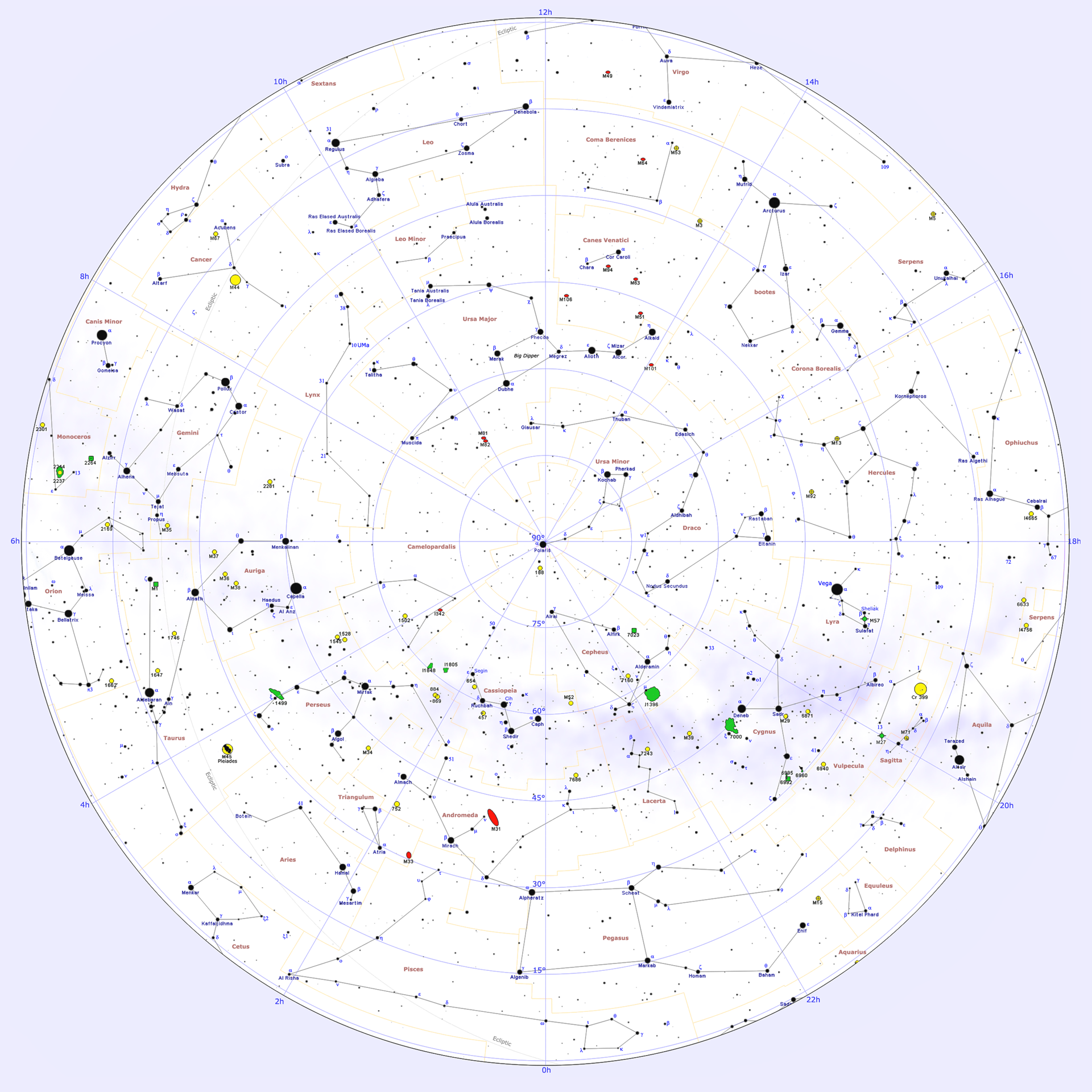
Constellation Map of the Northern Hemisphere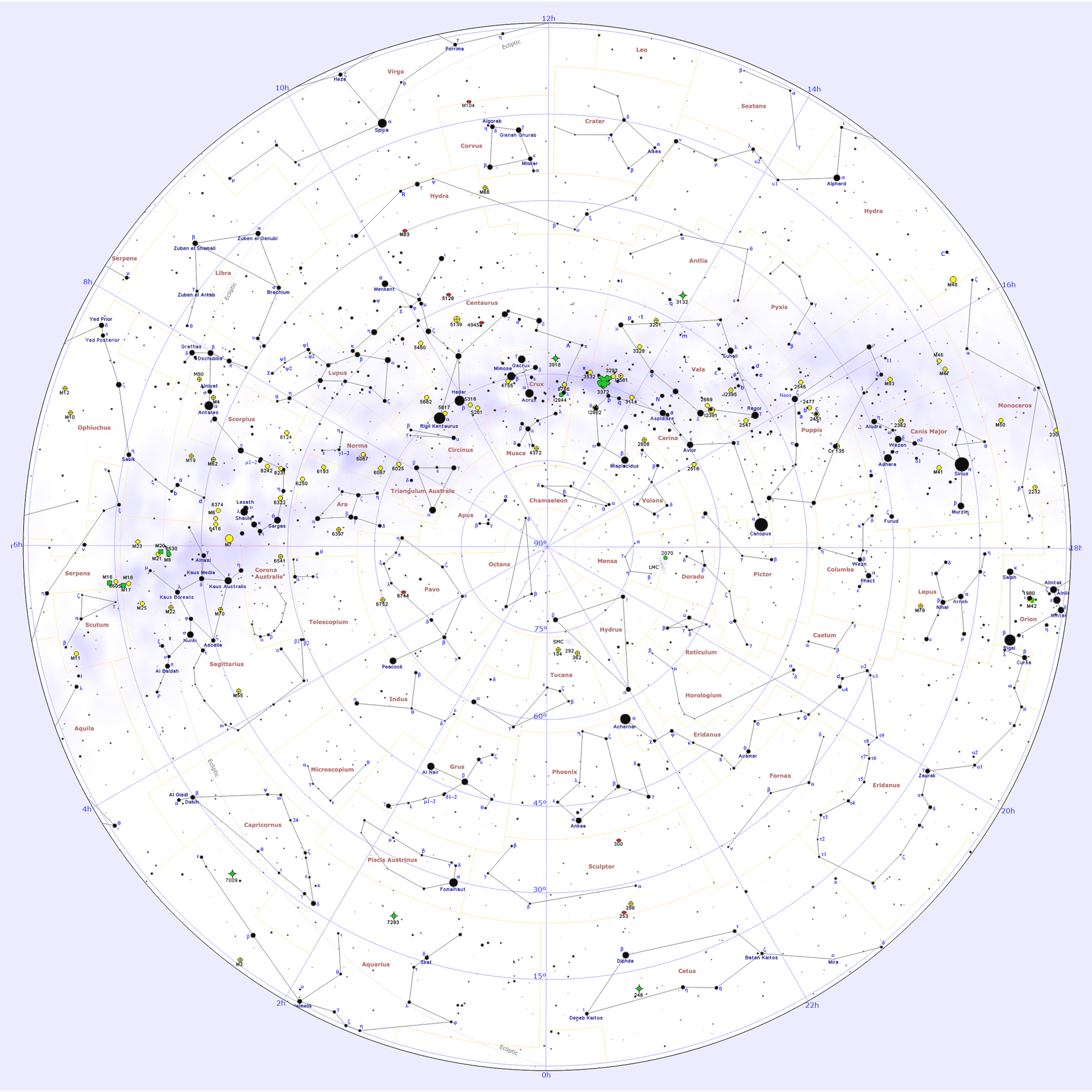
Constellation Map of the Southern HemisphereDiscovered by
|
| Constellation Astronomy Term |
C |
… a star grouping that form imaginary patterns on the celestial sphere and are principally represented by animals, mythological people, creatures, or gods. There are 88 formally defined regions of the sky, covering the entire celestial sphere that form the modern constellations.
Constellation Map of the Northern Hemisphere
Constellation Map of the Southern HemisphereDiscovered by
|
| Constellation Astronomy Term |
C |
… a star grouping that form imaginary patterns on the celestial sphere and are principally represented by animals, mythological people, creatures, or gods. There are 88 formally defined regions of the sky, covering the entire celestial sphere that form the modern constellations.
Constellation Map of the Northern Hemisphere
Constellation Map of the Southern HemisphereDiscovered by
|
| Constellation Astronomy Term |
C |
… a star grouping that form imaginary patterns on the celestial sphere and are principally represented by animals, mythological people, creatures, or gods. There are 88 formally defined regions of the sky, covering the entire celestial sphere that form the modern constellations.
Constellation Map of the Northern Hemisphere
Constellation Map of the Southern HemisphereDiscovered by
|
| Constellation Astronomy Term |
C |
… a star grouping that form imaginary patterns on the celestial sphere and are principally represented by animals, mythological people, creatures, or gods. There are 88 formally defined regions of the sky, covering the entire celestial sphere that form the modern constellations.
Constellation Map of the Northern Hemisphere
Constellation Map of the Southern HemisphereDiscovered by
|
| Construct Primary Plane |
C |
… the universal gravitational amalgamations of galactic objects, which may include other similar constructs that and are bound in a system orbiting its collective barycentre.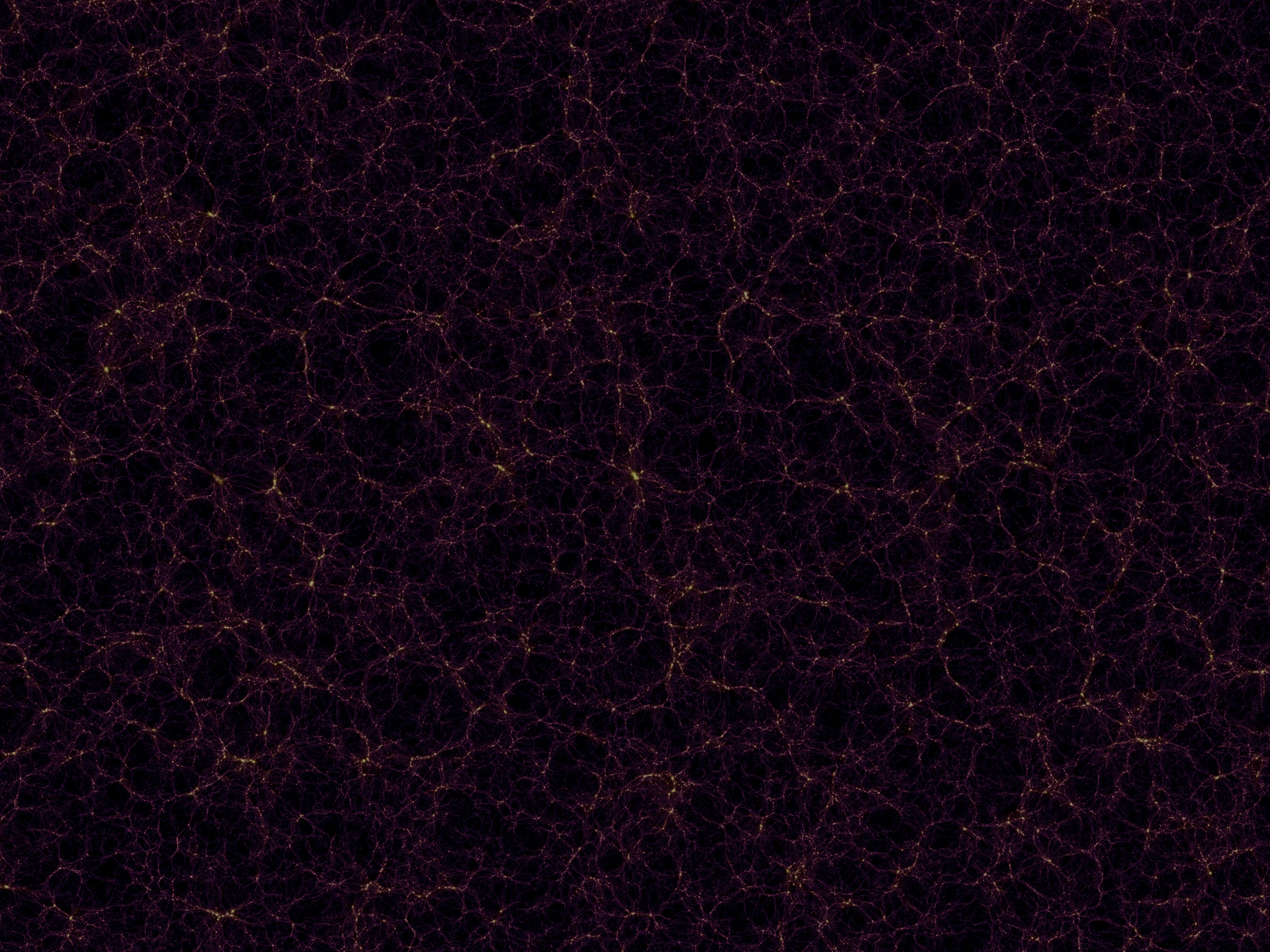
Cosmic Web |
| Construct Primary Plane |
C |
… the universal gravitational amalgamations of galactic objects, which may include other similar constructs that and are bound in a system orbiting its collective barycentre.
Cosmic Web |
| Construct Primary Plane |
C |
… the universal gravitational amalgamations of galactic objects, which may include other similar constructs that and are bound in a system orbiting its collective barycentre.
Cosmic Web |
| Construct Primary Plane |
C |
… the universal gravitational amalgamations of galactic objects, which may include other similar constructs that and are bound in a system orbiting its collective barycentre.
Cosmic Web |
| Construct Primary Plane |
C |
… the universal gravitational amalgamations of galactic objects, which may include other similar constructs that and are bound in a system orbiting its collective barycentre.
Cosmic Web |
| Corona Astronomy Term |
C |
| … is an aura of plasma that surrounds stars, including our sun and extends for millions of kilometres. Observable with a coronagraph, high temperatures, accompanied by spectral lines of highly ionized iron (Fe-XIV) green line at 5303 Å and the red line Fe-X at 6374 Å, exceed 1,000,000 Kelvin, hotter than the surface of the sun. There are three primary sources of light from the same volume of space. The K-corona (K for kontinuierlich, “continuous”) is created by sunlight, scattering free electrons and with the doppler broadening of the reflected photospheric absorption lines, gives an appearance of a continuum with no absorption lines. The F-corona (F for Fraunhofer, “Joseph von Fraunhofer”) is created by sunlight reflecting off dust particles, and is observable as this light contains the Fraunhofer absorption lines that are seen in raw sunlight. The E-corona (E for emission) has spectral emission lines produced by ions, present in the coronal plasma, and may be observed in the hot spectral emission lines which provide the main source of information regarding the corona composition. 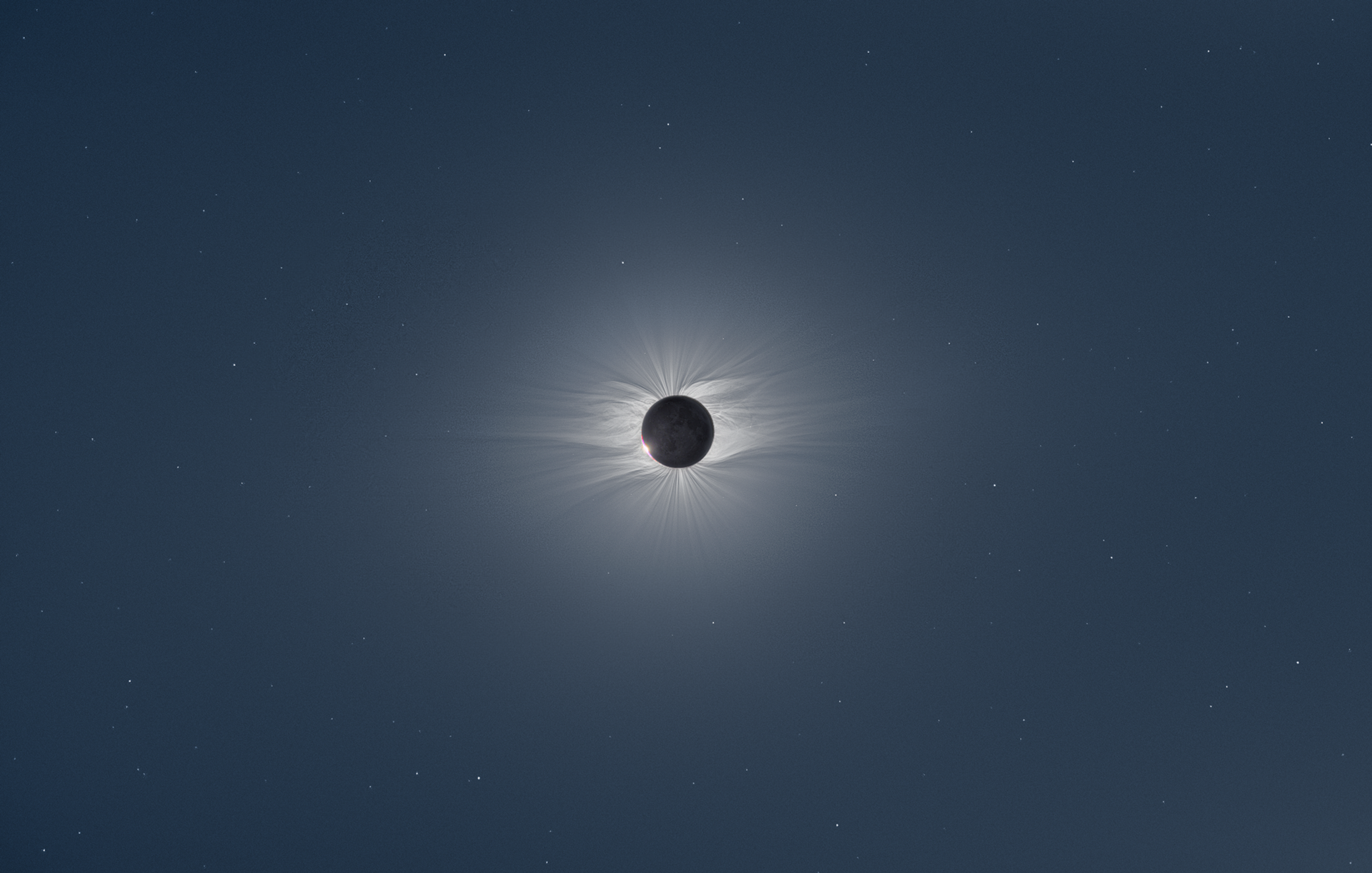
Solar Corona Detail during EclipseDiscovered by
|
| Corona Astronomy Term |
C |
| … is an aura of plasma that surrounds stars, including our sun and extends for millions of kilometres. Observable with a coronagraph, high temperatures, accompanied by spectral lines of highly ionized iron (Fe-XIV) green line at 5303 Å and the red line Fe-X at 6374 Å, exceed 1,000,000 Kelvin, hotter than the surface of the sun. There are three primary sources of light from the same volume of space. The K-corona (K for kontinuierlich, “continuous”) is created by sunlight, scattering free electrons and with the doppler broadening of the reflected photospheric absorption lines, gives an appearance of a continuum with no absorption lines. The F-corona (F for Fraunhofer, “Joseph von Fraunhofer”) is created by sunlight reflecting off dust particles, and is observable as this light contains the Fraunhofer absorption lines that are seen in raw sunlight. The E-corona (E for emission) has spectral emission lines produced by ions, present in the coronal plasma, and may be observed in the hot spectral emission lines which provide the main source of information regarding the corona composition. 
Solar Corona Detail during EclipseDiscovered by
|
| Corona Astronomy Term |
C |
| … is an aura of plasma that surrounds stars, including our sun and extends for millions of kilometres. Observable with a coronagraph, high temperatures, accompanied by spectral lines of highly ionized iron (Fe-XIV) green line at 5303 Å and the red line Fe-X at 6374 Å, exceed 1,000,000 Kelvin, hotter than the surface of the sun. There are three primary sources of light from the same volume of space. The K-corona (K for kontinuierlich, “continuous”) is created by sunlight, scattering free electrons and with the doppler broadening of the reflected photospheric absorption lines, gives an appearance of a continuum with no absorption lines. The F-corona (F for Fraunhofer, “Joseph von Fraunhofer”) is created by sunlight reflecting off dust particles, and is observable as this light contains the Fraunhofer absorption lines that are seen in raw sunlight. The E-corona (E for emission) has spectral emission lines produced by ions, present in the coronal plasma, and may be observed in the hot spectral emission lines which provide the main source of information regarding the corona composition. 
Solar Corona Detail during EclipseDiscovered by
|
| Corona Astronomy Term |
C |
| … is an aura of plasma that surrounds stars, including our sun and extends for millions of kilometres. Observable with a coronagraph, high temperatures, accompanied by spectral lines of highly ionized iron (Fe-XIV) green line at 5303 Å and the red line Fe-X at 6374 Å, exceed 1,000,000 Kelvin, hotter than the surface of the sun. There are three primary sources of light from the same volume of space. The K-corona (K for kontinuierlich, “continuous”) is created by sunlight, scattering free electrons and with the doppler broadening of the reflected photospheric absorption lines, gives an appearance of a continuum with no absorption lines. The F-corona (F for Fraunhofer, “Joseph von Fraunhofer”) is created by sunlight reflecting off dust particles, and is observable as this light contains the Fraunhofer absorption lines that are seen in raw sunlight. The E-corona (E for emission) has spectral emission lines produced by ions, present in the coronal plasma, and may be observed in the hot spectral emission lines which provide the main source of information regarding the corona composition. 
Solar Corona Detail during EclipseDiscovered by
|
| Corona Astronomy Term |
C |
| … is an aura of plasma that surrounds stars, including our sun and extends for millions of kilometres. Observable with a coronagraph, high temperatures, accompanied by spectral lines of highly ionized iron (Fe-XIV) green line at 5303 Å and the red line Fe-X at 6374 Å, exceed 1,000,000 Kelvin, hotter than the surface of the sun. There are three primary sources of light from the same volume of space. The K-corona (K for kontinuierlich, “continuous”) is created by sunlight, scattering free electrons and with the doppler broadening of the reflected photospheric absorption lines, gives an appearance of a continuum with no absorption lines. The F-corona (F for Fraunhofer, “Joseph von Fraunhofer”) is created by sunlight reflecting off dust particles, and is observable as this light contains the Fraunhofer absorption lines that are seen in raw sunlight. The E-corona (E for emission) has spectral emission lines produced by ions, present in the coronal plasma, and may be observed in the hot spectral emission lines which provide the main source of information regarding the corona composition. 
Solar Corona Detail during EclipseDiscovered by
|
| Cosmic Hierarchy Astronomy Term |
C |
| Cosmic Hierarchy Astronomy Term |
C |
| Cosmic Hierarchy Astronomy Term |
C |
| Cosmic Hierarchy Astronomy Term |
C |
| Cosmic Hierarchy Astronomy Term |
C |
OMNIVERSE
OMNIVERSE
OMNIVERSE
OMNIVERSE
OMNIVERSE
PRINCIPAL AMBIT
PRINCIPAL AMBIT
PRINCIPAL AMBIT
PRINCIPAL AMBIT
PRINCIPAL AMBIT
(Omniverse & Singularity Junctures)
(Omniverse & Singularity Junctures)
(Omniverse & Singularity Junctures)
(Omniverse & Singularity Junctures)
(Omniverse & Singularity Junctures)
UNIVERSE
UNIVERSE
UNIVERSE
UNIVERSE
UNIVERSE
SECONDARY AMBIT
SECONDARY AMBIT
SECONDARY AMBIT
SECONDARY AMBIT
SECONDARY AMBIT
(Universes & Singularities)
(Universes & Singularities)
(Universes & Singularities)
(Universes & Singularities)
(Universes & Singularities)
CONSTRUCT
CONSTRUCT
CONSTRUCT
CONSTRUCT
CONSTRUCT
PRIMARY PLANE
PRIMARY PLANE
PRIMARY PLANE
PRIMARY PLANE
PRIMARY PLANE
(Galaxy Rogues, Clusters, Superclusters, Filaments & Groups)
(Intergalactic Stars, Bodies, Dust, Gases, & Voids)
(Galaxy Rogues, Clusters, Superclusters, Filaments & Groups)
(Intergalactic Stars, Bodies, Dust, Gases, & Voids)
(Galaxy Rogues, Clusters, Superclusters, Filaments & Groups)
(Intergalactic Stars, Bodies, Dust, Gases, & Voids)
(Galaxy Rogues, Clusters, Superclusters, Filaments & Groups)
(Intergalactic Stars, Bodies, Dust, Gases, & Voids)
(Galaxy Rogues, Clusters, Superclusters, Filaments & Groups)
(Intergalactic Stars, Bodies, Dust, Gases, & Voids)
GALAXY
GALAXY
GALAXY
GALAXY
GALAXY
SECONDARY PLANE
SECONDARY PLANE
SECONDARY PLANE
SECONDARY PLANE
SECONDARY PLANE
(Active, Elliptical, Lenticular, Barred, Spiral & Irregular Galaxies)
(Active, Elliptical, Lenticular, Barred, Spiral & Irregular Galaxies)
(Active, Elliptical, Lenticular, Barred, Spiral & Irregular Galaxies)
(Active, Elliptical, Lenticular, Barred, Spiral & Irregular Galaxies)
(Active, Elliptical, Lenticular, Barred, Spiral & Irregular Galaxies)
STELLAR
STELLAR
STELLAR
STELLAR
STELLAR
TERTIARY PLANE
TERTIARY PLANE
TERTIARY PLANE
TERTIARY PLANE
TERTIARY PLANE
(Emission, Reflection, Planetary, Dark & HII Region Nebulae)
(Supernovae, Stellar Streams, Globular & Open Clusters)
(Emission, Reflection, Planetary, Dark & HII Region Nebulae)
(Supernovae, Stellar Streams, Globular & Open Clusters)
(Emission, Reflection, Planetary, Dark & HII Region Nebulae)
(Supernovae, Stellar Streams, Globular & Open Clusters)
(Emission, Reflection, Planetary, Dark & HII Region Nebulae)
(Supernovae, Stellar Streams, Globular & Open Clusters)
(Emission, Reflection, Planetary, Dark & HII Region Nebulae)
(Supernovae, Stellar Streams, Globular & Open Clusters)
ASTRON
ASTRON
ASTRON
ASTRON
ASTRON
QUATERNARY PLANE
QUATERNARY PLANE
QUATERNARY PLANE
QUATERNARY PLANE
QUATERNARY PLANE
(Black Holes, Pulsars, Variable, Brown & Dwarf Stars)
(Black Holes, Pulsars, Variable, Brown & Dwarf Stars)
(Black Holes, Pulsars, Variable, Brown & Dwarf Stars)
(Black Holes, Pulsars, Variable, Brown & Dwarf Stars)
(Black Holes, Pulsars, Variable, Brown & Dwarf Stars)
PLANET
PLANET
PLANET
PLANET
PLANET
QUINARY PLANE
QUINARY PLANE
QUINARY PLANE
QUINARY PLANE
QUINARY PLANE
(Dwarf, Terrestrial, Gas & Ice Giant Planets)
(Asteroids, Comets & Meteors)
(Dwarf, Terrestrial, Gas & Ice Giant Planets)
(Asteroids, Comets & Meteors)
(Dwarf, Terrestrial, Gas & Ice Giant Planets)
(Asteroids, Comets & Meteors)
(Dwarf, Terrestrial, Gas & Ice Giant Planets)
(Asteroids, Comets & Meteors)
(Dwarf, Terrestrial, Gas & Ice Giant Planets)
(Asteroids, Comets & Meteors)
MOON
MOON
MOON
MOON
MOON
SENARY PLANE
SENARY PLANE
SENARY PLANE
SENARY PLANE
SENARY PLANE
(Regular, Irregular, Moons & Planetary Rings)
(Manufactured Planetary Satellites)
(Regular, Irregular, Moons & Planetary Rings)
(Manufactured Planetary Satellites)
(Regular, Irregular, Moons & Planetary Rings)
(Manufactured Planetary Satellites)
(Regular, Irregular, Moons & Planetary Rings)
(Manufactured Planetary Satellites)
(Regular, Irregular, Moons & Planetary Rings)
(Manufactured Planetary Satellites)
LUNAR
LUNAR
LUNAR
LUNAR
LUNAR
SEPTENARY PLANE
SEPTENARY PLANE
SEPTENARY PLANE
SEPTENARY PLANE
SEPTENARY PLANE
(Manufactured Lunar Satellites)
(Manufactured Lunar Satellites)
(Manufactured Lunar Satellites)
(Manufactured Lunar Satellites)
(Manufactured Lunar Satellites)
| Cosmic Rays Astronomy Term |
B |
… are high-energy radiation particles, the majority originating from outside the Solar System and when impacting with the atmosphere of the Earth, showers of secondary particles are created that rarely reach the surface. Their principal composition is of high-energy protons and atomic nuclei that originate from supernova explosions and active galactic nuclei.Discovered by
|
| Cosmic Rays Astronomy Term |
B |
… are high-energy radiation particles, the majority originating from outside the Solar System and when impacting with the atmosphere of the Earth, showers of secondary particles are created that rarely reach the surface. Their principal composition is of high-energy protons and atomic nuclei that originate from supernova explosions and active galactic nuclei.Discovered by
|
| Cosmic Rays Astronomy Term |
B |
… are high-energy radiation particles, the majority originating from outside the Solar System and when impacting with the atmosphere of the Earth, showers of secondary particles are created that rarely reach the surface. Their principal composition is of high-energy protons and atomic nuclei that originate from supernova explosions and active galactic nuclei.Discovered by
|
| Cosmic Rays Astronomy Term |
B |
… are high-energy radiation particles, the majority originating from outside the Solar System and when impacting with the atmosphere of the Earth, showers of secondary particles are created that rarely reach the surface. Their principal composition is of high-energy protons and atomic nuclei that originate from supernova explosions and active galactic nuclei.Discovered by
|
| Cosmic Rays Astronomy Term |
B |
… are high-energy radiation particles, the majority originating from outside the Solar System and when impacting with the atmosphere of the Earth, showers of secondary particles are created that rarely reach the surface. Their principal composition is of high-energy protons and atomic nuclei that originate from supernova explosions and active galactic nuclei.Discovered by
|
| Cosmogony Astronomy Term |
C |
| … is the study of any model concerning the origin of the cosmos, omniverse, or universe. The principal difference between the cosmogonist and cosmologist is regarding the origins of the singularity and whether time existed “before” the emergence of our universe. The cosmogonical view is that time is fundamental and eternal and not a product of space-time. |
| Cosmogony Astronomy Term |
C |
| … is the study of any model concerning the origin of the cosmos, omniverse, or universe. The principal difference between the cosmogonist and cosmologist is regarding the origins of the singularity and whether time existed “before” the emergence of our universe. The cosmogonical view is that time is fundamental and eternal and not a product of space-time. |
| Cosmogony Astronomy Term |
C |
| … is the study of any model concerning the origin of the cosmos, omniverse, or universe. The principal difference between the cosmogonist and cosmologist is regarding the origins of the singularity and whether time existed “before” the emergence of our universe. The cosmogonical view is that time is fundamental and eternal and not a product of space-time. |
| Cosmogony Astronomy Term |
C |
| … is the study of any model concerning the origin of the cosmos, omniverse, or universe. The principal difference between the cosmogonist and cosmologist is regarding the origins of the singularity and whether time existed “before” the emergence of our universe. The cosmogonical view is that time is fundamental and eternal and not a product of space-time. |
| Cosmogony Astronomy Term |
C |
| … is the study of any model concerning the origin of the cosmos, omniverse, or universe. The principal difference between the cosmogonist and cosmologist is regarding the origins of the singularity and whether time existed “before” the emergence of our universe. The cosmogonical view is that time is fundamental and eternal and not a product of space-time. |
| Cosmological Constant Astronomy Term |
C |
| … is the value of the energy density of the vacuum of space and was introduced by Albert Einstein in 1917, as an addition to his theory of general relativity, to achieve a static universe. Later abandoned in 1929, when Einstein was made aware by Hubble, that all galaxies outside the Local Group are moving away from each other. Then, in 2013, the newly discovered “steady-state theory” by Einstein in 1931, revives the cosmological constant, to include an expanding universe with constant mass. Since 1998, the discovery of an accelerating universe, have shown that around 68% of the mass–energy density of the universe can be attributed to dark energy and that the cosmological constant is the simplest possible form of dark energy since it is constant in both space and time, which lead to the current standard for cosmology, the Lambda-CDM model. Discovered by
|
| Cosmological Constant Astronomy Term |
C |
| … is the value of the energy density of the vacuum of space and was introduced by Albert Einstein in 1917, as an addition to his theory of general relativity, to achieve a static universe. Later abandoned in 1929, when Einstein was made aware by Hubble, that all galaxies outside the Local Group are moving away from each other. Then, in 2013, the newly discovered “steady-state theory” by Einstein in 1931, revives the cosmological constant, to include an expanding universe with constant mass. Since 1998, the discovery of an accelerating universe, have shown that around 68% of the mass–energy density of the universe can be attributed to dark energy and that the cosmological constant is the simplest possible form of dark energy since it is constant in both space and time, which lead to the current standard for cosmology, the Lambda-CDM model. Discovered by
|
| Cosmological Constant Astronomy Term |
C |
| … is the value of the energy density of the vacuum of space and was introduced by Albert Einstein in 1917, as an addition to his theory of general relativity, to achieve a static universe. Later abandoned in 1929, when Einstein was made aware by Hubble, that all galaxies outside the Local Group are moving away from each other. Then, in 2013, the newly discovered “steady-state theory” by Einstein in 1931, revives the cosmological constant, to include an expanding universe with constant mass. Since 1998, the discovery of an accelerating universe, have shown that around 68% of the mass–energy density of the universe can be attributed to dark energy and that the cosmological constant is the simplest possible form of dark energy since it is constant in both space and time, which lead to the current standard for cosmology, the Lambda-CDM model. Discovered by
|
| Cosmological Constant Astronomy Term |
C |
| … is the value of the energy density of the vacuum of space and was introduced by Albert Einstein in 1917, as an addition to his theory of general relativity, to achieve a static universe. Later abandoned in 1929, when Einstein was made aware by Hubble, that all galaxies outside the Local Group are moving away from each other. Then, in 2013, the newly discovered “steady-state theory” by Einstein in 1931, revives the cosmological constant, to include an expanding universe with constant mass. Since 1998, the discovery of an accelerating universe, have shown that around 68% of the mass–energy density of the universe can be attributed to dark energy and that the cosmological constant is the simplest possible form of dark energy since it is constant in both space and time, which lead to the current standard for cosmology, the Lambda-CDM model. Discovered by
|
| Cosmological Constant Astronomy Term |
C |
| … is the value of the energy density of the vacuum of space and was introduced by Albert Einstein in 1917, as an addition to his theory of general relativity, to achieve a static universe. Later abandoned in 1929, when Einstein was made aware by Hubble, that all galaxies outside the Local Group are moving away from each other. Then, in 2013, the newly discovered “steady-state theory” by Einstein in 1931, revives the cosmological constant, to include an expanding universe with constant mass. Since 1998, the discovery of an accelerating universe, have shown that around 68% of the mass–energy density of the universe can be attributed to dark energy and that the cosmological constant is the simplest possible form of dark energy since it is constant in both space and time, which lead to the current standard for cosmology, the Lambda-CDM model. Discovered by
|
| Cosmological Principle Astronomy Term |
C |
| … is the understanding that the spatial distribution of matter in the universe is homogeneous and isotropic. Forces are expected to act uniformly throughout the universe, and should, therefore, produce no observable irregularities in the large-scale structure of the matter field that was established by the Big Bang singularity. Homogeneity and isotropy are testable consequences of the cosmological principle. Homogeneity means that the same observational evidence is available to all observers throughout the universe. Isotropy means that the same observational evidence is available by looking in any direction in the universe. Discovered by
|
| Cosmological Principle Astronomy Term |
C |
| … is the understanding that the spatial distribution of matter in the universe is homogeneous and isotropic. Forces are expected to act uniformly throughout the universe, and should, therefore, produce no observable irregularities in the large-scale structure of the matter field that was established by the Big Bang singularity. Homogeneity and isotropy are testable consequences of the cosmological principle. Homogeneity means that the same observational evidence is available to all observers throughout the universe. Isotropy means that the same observational evidence is available by looking in any direction in the universe. Discovered by
|
| Cosmological Principle Astronomy Term |
C |
| … is the understanding that the spatial distribution of matter in the universe is homogeneous and isotropic. Forces are expected to act uniformly throughout the universe, and should, therefore, produce no observable irregularities in the large-scale structure of the matter field that was established by the Big Bang singularity. Homogeneity and isotropy are testable consequences of the cosmological principle. Homogeneity means that the same observational evidence is available to all observers throughout the universe. Isotropy means that the same observational evidence is available by looking in any direction in the universe. Discovered by
|
| Cosmological Principle Astronomy Term |
C |
| … is the understanding that the spatial distribution of matter in the universe is homogeneous and isotropic. Forces are expected to act uniformly throughout the universe, and should, therefore, produce no observable irregularities in the large-scale structure of the matter field that was established by the Big Bang singularity. Homogeneity and isotropy are testable consequences of the cosmological principle. Homogeneity means that the same observational evidence is available to all observers throughout the universe. Isotropy means that the same observational evidence is available by looking in any direction in the universe. Discovered by
|
| Cosmological Principle Astronomy Term |
C |
| … is the understanding that the spatial distribution of matter in the universe is homogeneous and isotropic. Forces are expected to act uniformly throughout the universe, and should, therefore, produce no observable irregularities in the large-scale structure of the matter field that was established by the Big Bang singularity. Homogeneity and isotropy are testable consequences of the cosmological principle. Homogeneity means that the same observational evidence is available to all observers throughout the universe. Isotropy means that the same observational evidence is available by looking in any direction in the universe. Discovered by
|
| Cosmology Astronomy Term |
C |
| … is the study of any model concerning the origin of the cosmos, omniverse, or universe. The principal difference between the cosmologist and cosmogonist is regarding the origins of the singularity and whether time existed “before” the emergence of our universe. The cosmological view is that time is a product of space-time, reasoning that nothing existed before this event. |
| Cosmology Astronomy Term |
C |
| … is the study of any model concerning the origin of the cosmos, omniverse, or universe. The principal difference between the cosmologist and cosmogonist is regarding the origins of the singularity and whether time existed “before” the emergence of our universe. The cosmological view is that time is a product of space-time, reasoning that nothing existed before this event. |
| Cosmology Astronomy Term |
C |
| … is the study of any model concerning the origin of the cosmos, omniverse, or universe. The principal difference between the cosmologist and cosmogonist is regarding the origins of the singularity and whether time existed “before” the emergence of our universe. The cosmological view is that time is a product of space-time, reasoning that nothing existed before this event. |
| Cosmology Astronomy Term |
C |
| … is the study of any model concerning the origin of the cosmos, omniverse, or universe. The principal difference between the cosmologist and cosmogonist is regarding the origins of the singularity and whether time existed “before” the emergence of our universe. The cosmological view is that time is a product of space-time, reasoning that nothing existed before this event. |
| Cosmology Astronomy Term |
C |
| … is the study of any model concerning the origin of the cosmos, omniverse, or universe. The principal difference between the cosmologist and cosmogonist is regarding the origins of the singularity and whether time existed “before” the emergence of our universe. The cosmological view is that time is a product of space-time, reasoning that nothing existed before this event. |
| Cosmos Astronomy Term |
C |
| … is ALL THAT IS, the Principal Ambit, the Omniverse, which gave rise to our universe. |
| Cosmos Astronomy Term |
C |
| … is ALL THAT IS, the Principal Ambit, the Omniverse, which gave rise to our universe. |
| Cosmos Astronomy Term |
C |
| … is ALL THAT IS, the Principal Ambit, the Omniverse, which gave rise to our universe. |
| Cosmos Astronomy Term |
C |
| … is ALL THAT IS, the Principal Ambit, the Omniverse, which gave rise to our universe. |
| Cosmos Astronomy Term |
C |
| … is ALL THAT IS, the Principal Ambit, the Omniverse, which gave rise to our universe. |
| Cratons Geology Term |
C |
| … an ancient and stable part of the continental lithosphere of Earth, consisting of two topmost layers, the crust, and the uppermost mantle. Cratons are principally found in the interiors of tectonic plates and are composed of ancient crystalline basement rock, are covered with young sediments, thick crust and deep lithospheric roots that extend as much as several hundred kilometres into the Earth’s mantle. The term, craton, distinguishes the stable portion of the continental crust from more geologically active and unstable regions. Cratons can be described as shields, when basement rock crops out at the surface, and platforms, basement overlaid by sediments and sedimentary rock. | ||
| North China Craton · Amazonia Craton, South America Kaapvaal Craton, South Africa Gawler Craton, South Australia · Sarmatian Craton, Russia & Ukraine Laurentia Craton, North America |
| Cratons Geology Term |
C |
| … an ancient and stable part of the continental lithosphere of Earth, consisting of two topmost layers, the crust, and the uppermost mantle. Cratons are principally found in the interiors of tectonic plates and are composed of ancient crystalline basement rock, are covered with young sediments, thick crust and deep lithospheric roots that extend as much as several hundred kilometres into the Earth’s mantle. The term, craton, distinguishes the stable portion of the continental crust from more geologically active and unstable regions. Cratons can be described as shields, when basement rock crops out at the surface, and platforms, basement overlaid by sediments and sedimentary rock. | ||
| North China Craton · Amazonia Craton, South America Kaapvaal Craton, South Africa Gawler Craton, South Australia · Sarmatian Craton, Russia & Ukraine Laurentia Craton, North America |
| Cratons Geology Term |
C |
| … an ancient and stable part of the continental lithosphere of Earth, consisting of two topmost layers, the crust, and the uppermost mantle. Cratons are principally found in the interiors of tectonic plates and are composed of ancient crystalline basement rock, are covered with young sediments, thick crust and deep lithospheric roots that extend as much as several hundred kilometres into the Earth’s mantle. The term, craton, distinguishes the stable portion of the continental crust from more geologically active and unstable regions. Cratons can be described as shields, when basement rock crops out at the surface, and platforms, basement overlaid by sediments and sedimentary rock. | ||
| North China Craton · Amazonia Craton, South America Kaapvaal Craton, South Africa Gawler Craton, South Australia · Sarmatian Craton, Russia & Ukraine Laurentia Craton, North America |
| Cratons Geology Term |
C |
| … an ancient and stable part of the continental lithosphere of Earth, consisting of two topmost layers, the crust, and the uppermost mantle. Cratons are principally found in the interiors of tectonic plates and are composed of ancient crystalline basement rock, are covered with young sediments, thick crust and deep lithospheric roots that extend as much as several hundred kilometres into the Earth’s mantle. The term, craton, distinguishes the stable portion of the continental crust from more geologically active and unstable regions. Cratons can be described as shields, when basement rock crops out at the surface, and platforms, basement overlaid by sediments and sedimentary rock. | ||
| North China Craton · Amazonia Craton, South America Kaapvaal Craton, South Africa Gawler Craton, South Australia · Sarmatian Craton, Russia & Ukraine Laurentia Craton, North America |
| Cratons Geology Term |
C |
| … an ancient and stable part of the continental lithosphere of Earth, consisting of two topmost layers, the crust, and the uppermost mantle. Cratons are principally found in the interiors of tectonic plates and are composed of ancient crystalline basement rock, are covered with young sediments, thick crust and deep lithospheric roots that extend as much as several hundred kilometres into the Earth’s mantle. The term, craton, distinguishes the stable portion of the continental crust from more geologically active and unstable regions. Cratons can be described as shields, when basement rock crops out at the surface, and platforms, basement overlaid by sediments and sedimentary rock. | ||
| North China Craton · Amazonia Craton, South America Kaapvaal Craton, South Africa Gawler Craton, South Australia · Sarmatian Craton, Russia & Ukraine Laurentia Craton, North America |
| D | ||
| A B C D E F G H I J K L M N O P Q R S T U V W X Y Z # Ω |
| D | ||
| A B C D E F G H I J K L M N O P Q R S T U V W X Y Z # Ω |
| D | ||
| A B C D E F G H I J K L M N O P Q R S T U V W X Y Z # Ω |
| D | ||
| A B C D E F G H I J K L M N O P Q R S T U V W X Y Z # Ω |
| D |
| Dark Energy Astronomy Term |
C |
… is an unknown form of energy that permeate all of space that accelerates with the expansion of the universe. Dark energy contributes to 68.3% of total energy in our observable universe, with the mass–energy of dark matter of 26.8% and baryonic (ordinary) matter at 4.9%. Two forms for dark energy are the cosmological constant, (constant energy density filling homogeneous space), and scalar fields such as quintessence or moduli, dynamic quantities whose energy density vary in time and space.Discovered by
|
| Dark Energy Astronomy Term |
C |
… is an unknown form of energy that permeate all of space that accelerates with the expansion of the universe. Dark energy contributes to 68.3% of total energy in our observable universe, with the mass–energy of dark matter of 26.8% and baryonic (ordinary) matter at 4.9%. Two forms for dark energy are the cosmological constant, (constant energy density filling homogeneous space), and scalar fields such as quintessence or moduli, dynamic quantities whose energy density vary in time and space.Discovered by
|
| Dark Energy Astronomy Term |
C |
… is an unknown form of energy that permeate all of space that accelerates with the expansion of the universe. Dark energy contributes to 68.3% of total energy in our observable universe, with the mass–energy of dark matter of 26.8% and baryonic (ordinary) matter at 4.9%. Two forms for dark energy are the cosmological constant, (constant energy density filling homogeneous space), and scalar fields such as quintessence or moduli, dynamic quantities whose energy density vary in time and space.Discovered by
|
| Dark Energy Astronomy Term |
C |
… is an unknown form of energy that permeate all of space that accelerates with the expansion of the universe. Dark energy contributes to 68.3% of total energy in our observable universe, with the mass–energy of dark matter of 26.8% and baryonic (ordinary) matter at 4.9%. Two forms for dark energy are the cosmological constant, (constant energy density filling homogeneous space), and scalar fields such as quintessence or moduli, dynamic quantities whose energy density vary in time and space.Discovered by
|
| Dark Energy Astronomy Term |
C |
… is an unknown form of energy that permeate all of space that accelerates with the expansion of the universe. Dark energy contributes to 68.3% of total energy in our observable universe, with the mass–energy of dark matter of 26.8% and baryonic (ordinary) matter at 4.9%. Two forms for dark energy are the cosmological constant, (constant energy density filling homogeneous space), and scalar fields such as quintessence or moduli, dynamic quantities whose energy density vary in time and space.Discovered by
|
| Dark Matter Astronomy Term |
D |
… is distinct from baryonic (ordinary) matter as it does not emit or interact with electromagnetic radiation, thus invisible to the entire electromagnetic spectrum. Dark matter is inferred by the gravitational effects of gravitational lensing, augmented motion of visible matter and influence over large-scale structures in the universe. Dark matter contributes to 26.8% of total energy in our observable universe, with the mass–energy of dark energy of 68.3% and baryonic (ordinary) matter at 4.9%.Discovered by
|
| Dark Matter Astronomy Term |
D |
… is distinct from baryonic (ordinary) matter as it does not emit or interact with electromagnetic radiation, thus invisible to the entire electromagnetic spectrum. Dark matter is inferred by the gravitational effects of gravitational lensing, augmented motion of visible matter and influence over large-scale structures in the universe. Dark matter contributes to 26.8% of total energy in our observable universe, with the mass–energy of dark energy of 68.3% and baryonic (ordinary) matter at 4.9%.Discovered by
|
| Dark Matter Astronomy Term |
D |
… is distinct from baryonic (ordinary) matter as it does not emit or interact with electromagnetic radiation, thus invisible to the entire electromagnetic spectrum. Dark matter is inferred by the gravitational effects of gravitational lensing, augmented motion of visible matter and influence over large-scale structures in the universe. Dark matter contributes to 26.8% of total energy in our observable universe, with the mass–energy of dark energy of 68.3% and baryonic (ordinary) matter at 4.9%.Discovered by
|
| Dark Matter Astronomy Term |
D |
… is distinct from baryonic (ordinary) matter as it does not emit or interact with electromagnetic radiation, thus invisible to the entire electromagnetic spectrum. Dark matter is inferred by the gravitational effects of gravitational lensing, augmented motion of visible matter and influence over large-scale structures in the universe. Dark matter contributes to 26.8% of total energy in our observable universe, with the mass–energy of dark energy of 68.3% and baryonic (ordinary) matter at 4.9%.Discovered by
|
| Dark Matter Astronomy Term |
D |
… is distinct from baryonic (ordinary) matter as it does not emit or interact with electromagnetic radiation, thus invisible to the entire electromagnetic spectrum. Dark matter is inferred by the gravitational effects of gravitational lensing, augmented motion of visible matter and influence over large-scale structures in the universe. Dark matter contributes to 26.8% of total energy in our observable universe, with the mass–energy of dark energy of 68.3% and baryonic (ordinary) matter at 4.9%.Discovered by
|
| Dark Nebula Tertiary Plane |
D |
… also known as absorption nebulae, a class of interstellar cloud that is a birthplace for stars and planets. Visible as infrared, radio or light radiation, their luminosity is obscured by dark clouds that are a result of sub-micrometre-sized dust particles, coated with frozen carbon monoxide and nitrogen, which block light at visible wavelengths. Molecular hydrogen, helium, ammonia, formaldehyde, cyclopropenylidene and diazenylium are all relatively transparent. Dark clouds are very irregular with no clearly defined outer boundaries and generally adopt serpentine shapes.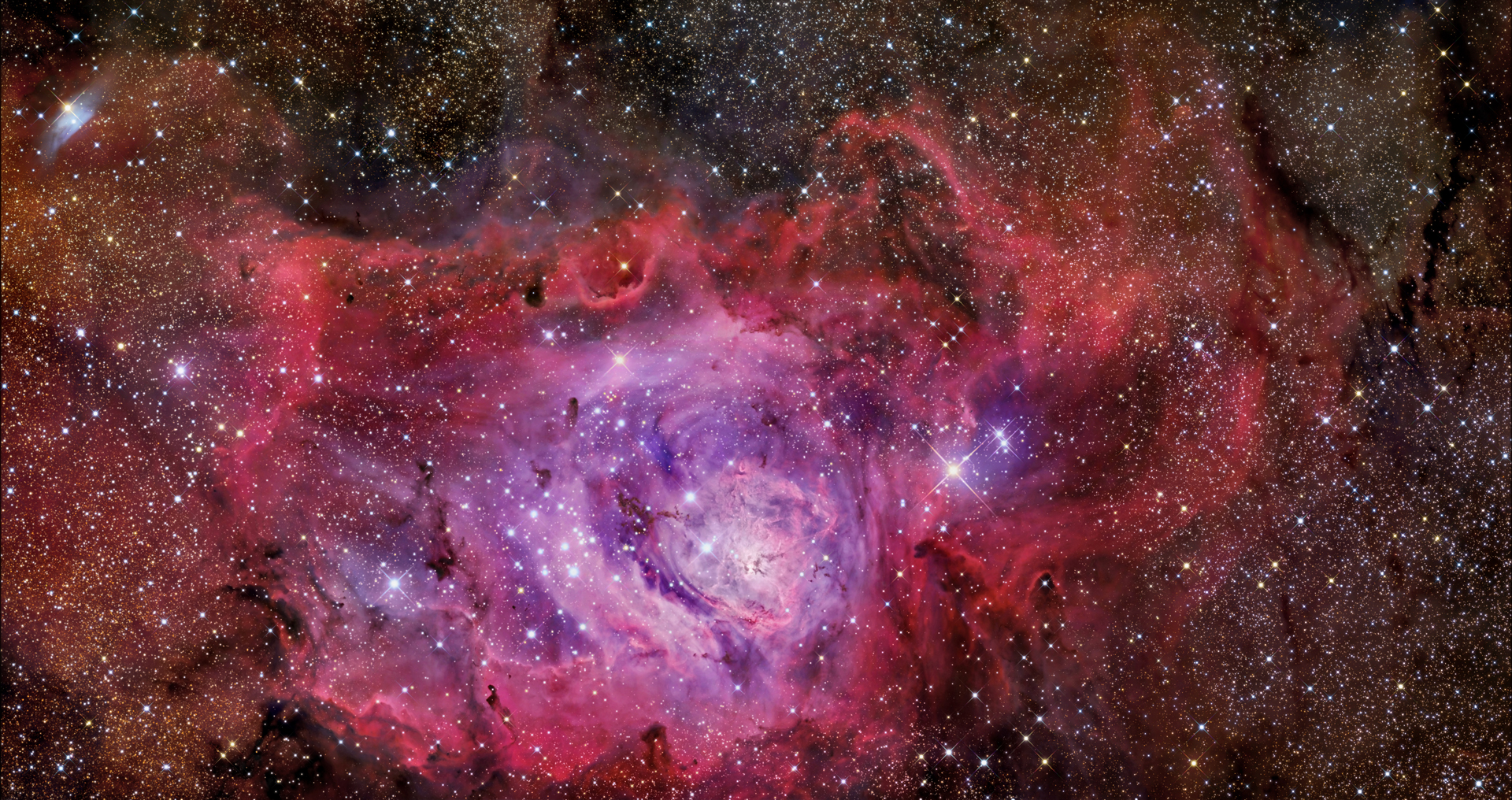
Lagoon Nebula (M8 · NGC6523)Dark Horse Nebula (B59, B77 & B78) · Horsehead Nebula (B33)
|
| Dark Nebula Tertiary Plane |
D |
… also known as absorption nebulae, a class of interstellar cloud that is a birthplace for stars and planets. Visible as infrared, radio or light radiation, their luminosity is obscured by dark clouds that are a result of sub-micrometre-sized dust particles, coated with frozen carbon monoxide and nitrogen, which block light at visible wavelengths. Molecular hydrogen, helium, ammonia, formaldehyde, cyclopropenylidene and diazenylium are all relatively transparent. Dark clouds are very irregular with no clearly defined outer boundaries and generally adopt serpentine shapes.
Lagoon Nebula (M8 · NGC6523)Dark Horse Nebula (B59, B77 & B78) · Horsehead Nebula (B33)
|
| Dark Nebula Tertiary Plane |
D |
… also known as absorption nebulae, a class of interstellar cloud that is a birthplace for stars and planets. Visible as infrared, radio or light radiation, their luminosity is obscured by dark clouds that are a result of sub-micrometre-sized dust particles, coated with frozen carbon monoxide and nitrogen, which block light at visible wavelengths. Molecular hydrogen, helium, ammonia, formaldehyde, cyclopropenylidene and diazenylium are all relatively transparent. Dark clouds are very irregular with no clearly defined outer boundaries and generally adopt serpentine shapes.
Lagoon Nebula (M8 · NGC6523)Dark Horse Nebula (B59, B77 & B78) · Horsehead Nebula (B33)
|
| Dark Nebula Tertiary Plane |
D |
… also known as absorption nebulae, a class of interstellar cloud that is a birthplace for stars and planets. Visible as infrared, radio or light radiation, their luminosity is obscured by dark clouds that are a result of sub-micrometre-sized dust particles, coated with frozen carbon monoxide and nitrogen, which block light at visible wavelengths. Molecular hydrogen, helium, ammonia, formaldehyde, cyclopropenylidene and diazenylium are all relatively transparent. Dark clouds are very irregular with no clearly defined outer boundaries and generally adopt serpentine shapes.
Lagoon Nebula (M8 · NGC6523)Dark Horse Nebula (B59, B77 & B78) · Horsehead Nebula (B33)
|
| Dark Nebula Tertiary Plane |
D |
… also known as absorption nebulae, a class of interstellar cloud that is a birthplace for stars and planets. Visible as infrared, radio or light radiation, their luminosity is obscured by dark clouds that are a result of sub-micrometre-sized dust particles, coated with frozen carbon monoxide and nitrogen, which block light at visible wavelengths. Molecular hydrogen, helium, ammonia, formaldehyde, cyclopropenylidene and diazenylium are all relatively transparent. Dark clouds are very irregular with no clearly defined outer boundaries and generally adopt serpentine shapes.
Lagoon Nebula (M8 · NGC6523)Dark Horse Nebula (B59, B77 & B78) · Horsehead Nebula (B33)
|
| Diaplectic Glass Geology Term |
D |
… glass phase formed by shock pressure and polysynthetic crystal twinning of Maskelynite and plagioclase feldspar tectosilicate minerals, without melting, and found in association with meteorite impact craters.
Maskelynite in White (NWA3171) |
| Diaplectic Glass Geology Term |
D |
… glass phase formed by shock pressure and polysynthetic crystal twinning of Maskelynite and plagioclase feldspar tectosilicate minerals, without melting, and found in association with meteorite impact craters.
Maskelynite in White (NWA3171) |
| Diaplectic Glass Geology Term |
D |
… glass phase formed by shock pressure and polysynthetic crystal twinning of Maskelynite and plagioclase feldspar tectosilicate minerals, without melting, and found in association with meteorite impact craters.
Maskelynite in White (NWA3171) |
| Diaplectic Glass Geology Term |
D |
… glass phase formed by shock pressure and polysynthetic crystal twinning of Maskelynite and plagioclase feldspar tectosilicate minerals, without melting, and found in association with meteorite impact craters.
Maskelynite in White (NWA3171) |
| Diaplectic Glass Geology Term |
D |
… glass phase formed by shock pressure and polysynthetic crystal twinning of Maskelynite and plagioclase feldspar tectosilicate minerals, without melting, and found in association with meteorite impact craters.
Maskelynite in White (NWA3171) |
| Diffraction Imaging Term |
C |
… a natural or manufactured optical surface with ridges or rulings of a periodic structure, which split and diffract light into a multitude of beams that are dependent on grating spacing, the wavelength of the light and the ridges or rulings on surfaces that are either transmissive or reflective, producing a rainbow of colours.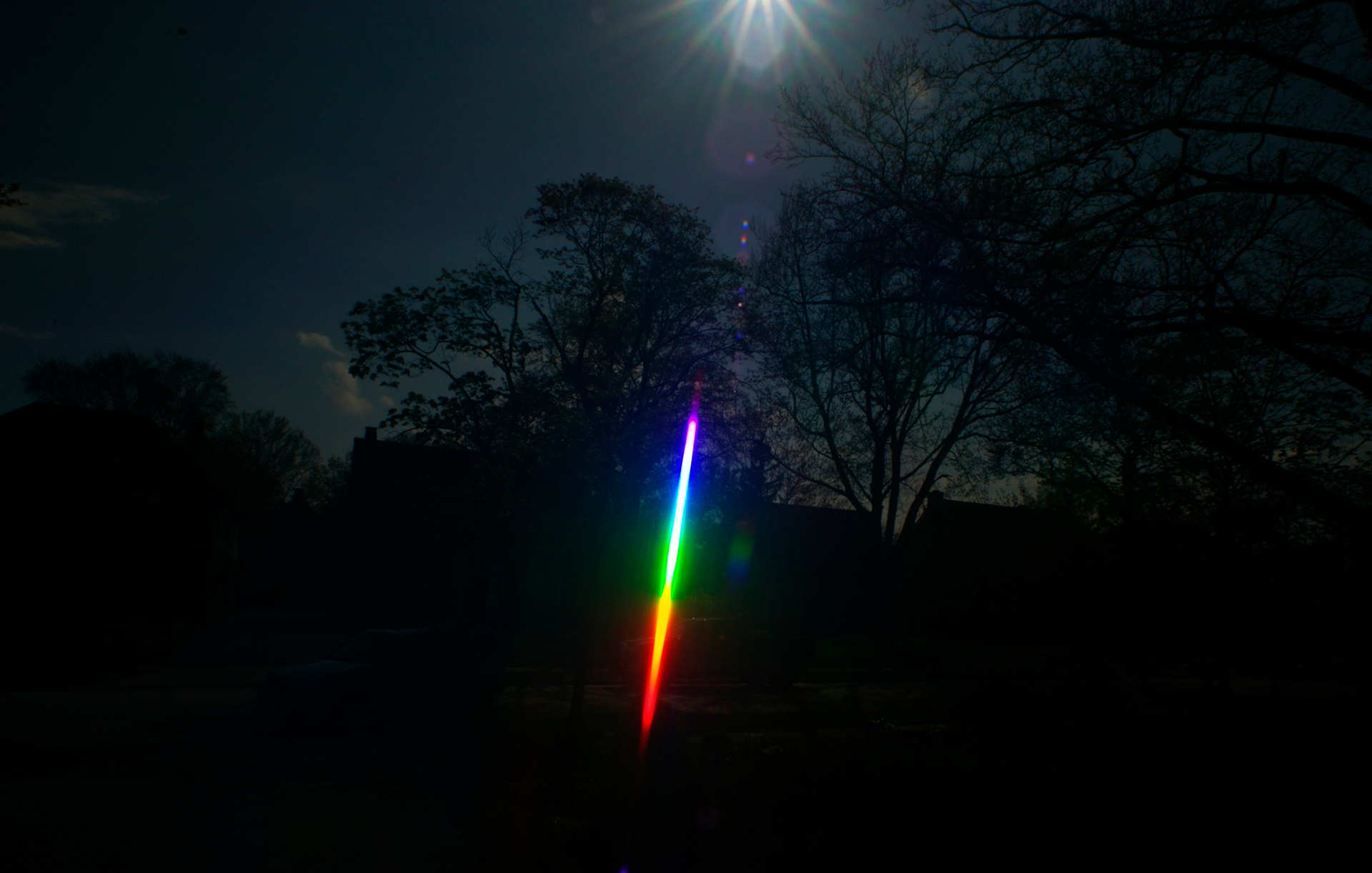
Natural Diffraction of SunlightDiscovered by
|
| Diffraction Imaging Term |
C |
… a natural or manufactured optical surface with ridges or rulings of a periodic structure, which split and diffract light into a multitude of beams that are dependent on grating spacing, the wavelength of the light and the ridges or rulings on surfaces that are either transmissive or reflective, producing a rainbow of colours.
Natural Diffraction of SunlightDiscovered by
|
| Diffraction Imaging Term |
C |
… a natural or manufactured optical surface with ridges or rulings of a periodic structure, which split and diffract light into a multitude of beams that are dependent on grating spacing, the wavelength of the light and the ridges or rulings on surfaces that are either transmissive or reflective, producing a rainbow of colours.
Natural Diffraction of SunlightDiscovered by
|
| Diffraction Imaging Term |
C |
… a natural or manufactured optical surface with ridges or rulings of a periodic structure, which split and diffract light into a multitude of beams that are dependent on grating spacing, the wavelength of the light and the ridges or rulings on surfaces that are either transmissive or reflective, producing a rainbow of colours.
Natural Diffraction of SunlightDiscovered by
|
| Diffraction Imaging Term |
C |
… a natural or manufactured optical surface with ridges or rulings of a periodic structure, which split and diffract light into a multitude of beams that are dependent on grating spacing, the wavelength of the light and the ridges or rulings on surfaces that are either transmissive or reflective, producing a rainbow of colours.
Natural Diffraction of SunlightDiscovered by
|
| Dwarf Planet Quinary Plane |
D |
… a solid planetary surface composed primarily of silicate rocks or metals and does not require a central core or atmosphere. The planetary body mass must be within the range of 0.000’000’000’4 to 0.000’000’1 times the mass of the Parent Nucleus.
Ceres · Pluto · Haumea · Makemake · Eris |
| Dwarf Planet Quinary Plane |
D |
… a solid planetary surface composed primarily of silicate rocks or metals and does not require a central core or atmosphere. The planetary body mass must be within the range of 0.000’000’000’4 to 0.000’000’1 times the mass of the Parent Nucleus.
Ceres · Pluto · Haumea · Makemake · Eris |
| Dwarf Planet Quinary Plane |
D |
… a solid planetary surface composed primarily of silicate rocks or metals and does not require a central core or atmosphere. The planetary body mass must be within the range of 0.000’000’000’4 to 0.000’000’1 times the mass of the Parent Nucleus.
Ceres · Pluto · Haumea · Makemake · Eris |
| Dwarf Planet Quinary Plane |
D |
… a solid planetary surface composed primarily of silicate rocks or metals and does not require a central core or atmosphere. The planetary body mass must be within the range of 0.000’000’000’4 to 0.000’000’1 times the mass of the Parent Nucleus.
Ceres · Pluto · Haumea · Makemake · Eris |
| Dwarf Planet Quinary Plane |
D |
… a solid planetary surface composed primarily of silicate rocks or metals and does not require a central core or atmosphere. The planetary body mass must be within the range of 0.000’000’000’4 to 0.000’000’1 times the mass of the Parent Nucleus.
Ceres · Pluto · Haumea · Makemake · Eris |
| E | ||
| A B C D E F G H I J K L M N O P Q R S T U V W X Y Z # Ω |
| E | ||
| A B C D E F G H I J K L M N O P Q R S T U V W X Y Z # Ω |
| E | ||
| A B C D E F G H I J K L M N O P Q R S T U V W X Y Z # Ω |
| E | ||
| A B C D E F G H I J K L M N O P Q R S T U V W X Y Z # Ω |
| E |
| Elliptical Galaxy Secondary Plane |
E |
… amounting to 15% of all galaxies in the known universe, the Hubble Classification ranges from a circular galactic core (E0) with no central form or arms, to (E3), (E5) & (E7) with an elliptical core that is not barred, without arms and is surrounded by a halo.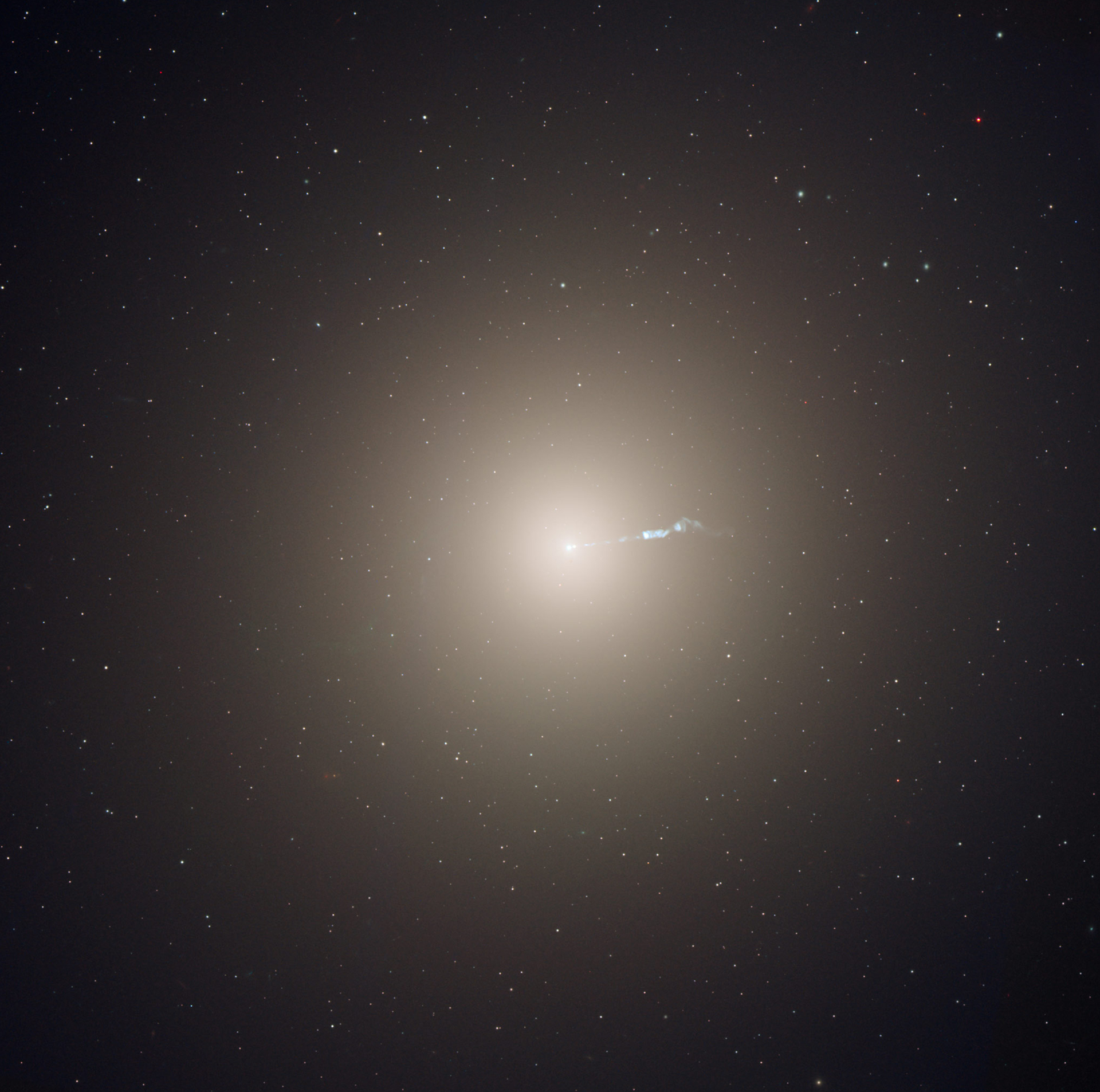
M87 (NGC4486, PGC41361)M87 (NGC4486, PGC41361)Discovered by
|
| Elliptical Galaxy Secondary Plane |
E |
… amounting to 15% of all galaxies in the known universe, the Hubble Classification ranges from a circular galactic core (E0) with no central form or arms, to (E3), (E5) & (E7) with an elliptical core that is not barred, without arms and is surrounded by a halo.
M87 (NGC4486, PGC41361)M87 (NGC4486, PGC41361)Discovered by
|
| Elliptical Galaxy Secondary Plane |
E |
… amounting to 15% of all galaxies in the known universe, the Hubble Classification ranges from a circular galactic core (E0) with no central form or arms, to (E3), (E5) & (E7) with an elliptical core that is not barred, without arms and is surrounded by a halo.
M87 (NGC4486, PGC41361)M87 (NGC4486, PGC41361)Discovered by
|
| Elliptical Galaxy Secondary Plane |
E |
… amounting to 15% of all galaxies in the known universe, the Hubble Classification ranges from a circular galactic core (E0) with no central form or arms, to (E3), (E5) & (E7) with an elliptical core that is not barred, without arms and is surrounded by a halo.
M87 (NGC4486, PGC41361)M87 (NGC4486, PGC41361)Discovered by
|
| Elliptical Galaxy Secondary Plane |
E |
… amounting to 15% of all galaxies in the known universe, the Hubble Classification ranges from a circular galactic core (E0) with no central form or arms, to (E3), (E5) & (E7) with an elliptical core that is not barred, without arms and is surrounded by a halo.
M87 (NGC4486, PGC41361)M87 (NGC4486, PGC41361)Discovered by
|
| Emission Nebula Tertiary Plane |
E |
… generate their own source of radiation (light, x-ray) by stars radiating amongst stellar clouds of ionised gas, which are principally composed of hydrogen, helium, nitrogen and oxygen.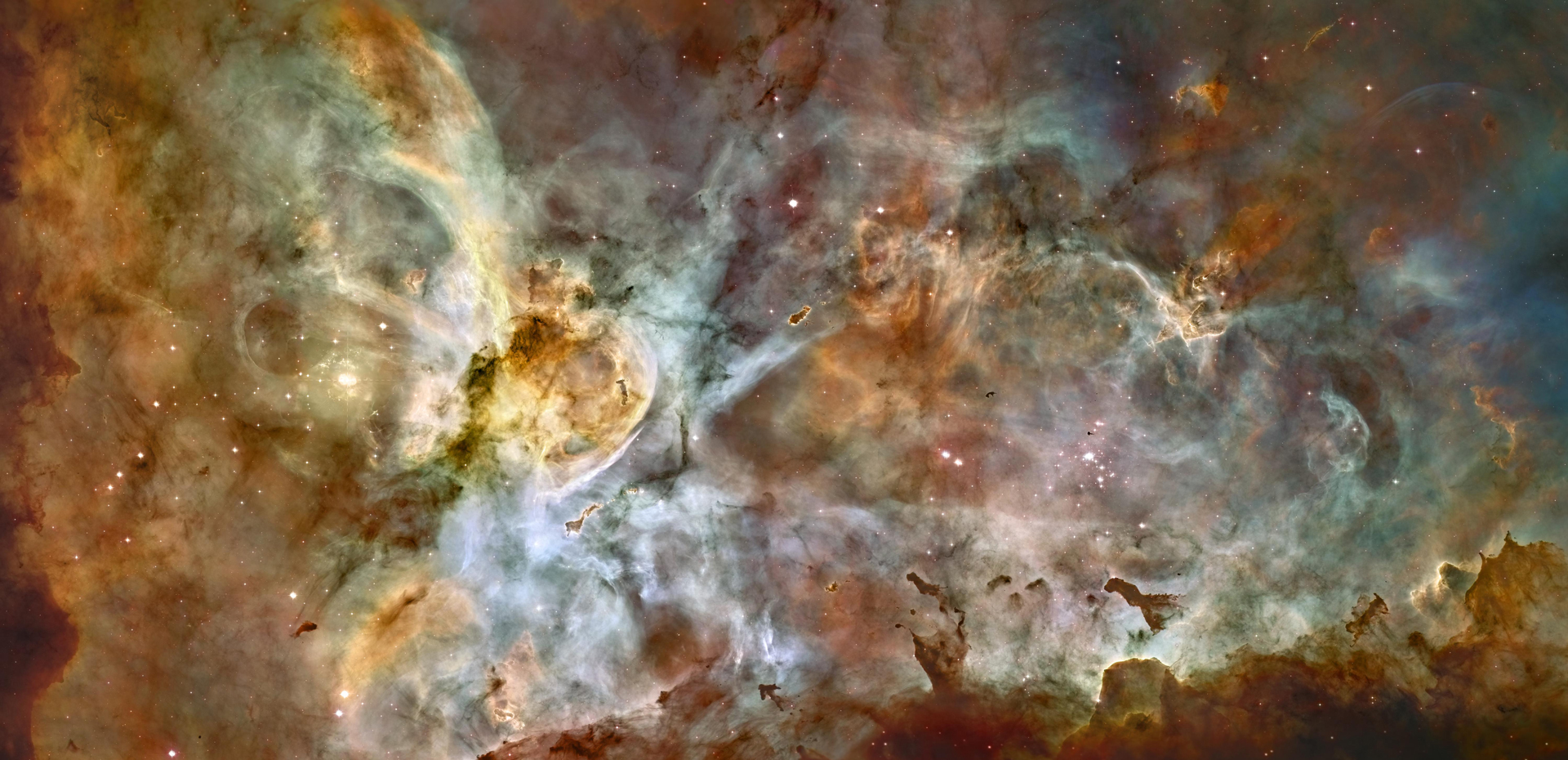
Carina Nebula (NGC3372)NGC7000 · NGC6960 · NGC6992 · Lagoon Nebula (M8, NGC6523)
|
| Emission Nebula Tertiary Plane |
E |
… generate their own source of radiation (light, x-ray) by stars radiating amongst stellar clouds of ionised gas, which are principally composed of hydrogen, helium, nitrogen and oxygen.
Carina Nebula (NGC3372)NGC7000 · NGC6960 · NGC6992 · Lagoon Nebula (M8, NGC6523)
|
| Emission Nebula Tertiary Plane |
E |
… generate their own source of radiation (light, x-ray) by stars radiating amongst stellar clouds of ionised gas, which are principally composed of hydrogen, helium, nitrogen and oxygen.
Carina Nebula (NGC3372)NGC7000 · NGC6960 · NGC6992 · Lagoon Nebula (M8, NGC6523)
|
| Emission Nebula Tertiary Plane |
E |
… generate their own source of radiation (light, x-ray) by stars radiating amongst stellar clouds of ionised gas, which are principally composed of hydrogen, helium, nitrogen and oxygen.
Carina Nebula (NGC3372)NGC7000 · NGC6960 · NGC6992 · Lagoon Nebula (M8, NGC6523)
|
| Emission Nebula Tertiary Plane |
E |
… generate their own source of radiation (light, x-ray) by stars radiating amongst stellar clouds of ionised gas, which are principally composed of hydrogen, helium, nitrogen and oxygen.
Carina Nebula (NGC3372)NGC7000 · NGC6960 · NGC6992 · Lagoon Nebula (M8, NGC6523)
|
| F | ||
| A B C D E F G H I J K L M N O P Q R S T U V W X Y Z # Ω |
| F | ||
| A B C D E F G H I J K L M N O P Q R S T U V W X Y Z # Ω |
| F | ||
| A B C D E F G H I J K L M N O P Q R S T U V W X Y Z # Ω |
| F | ||
| A B C D E F G H I J K L M N O P Q R S T U V W X Y Z # Ω |
| F |
| Faculae Astronomy Term |
F |
… are the bright patches that are on the photosphere (surface) of the Sun.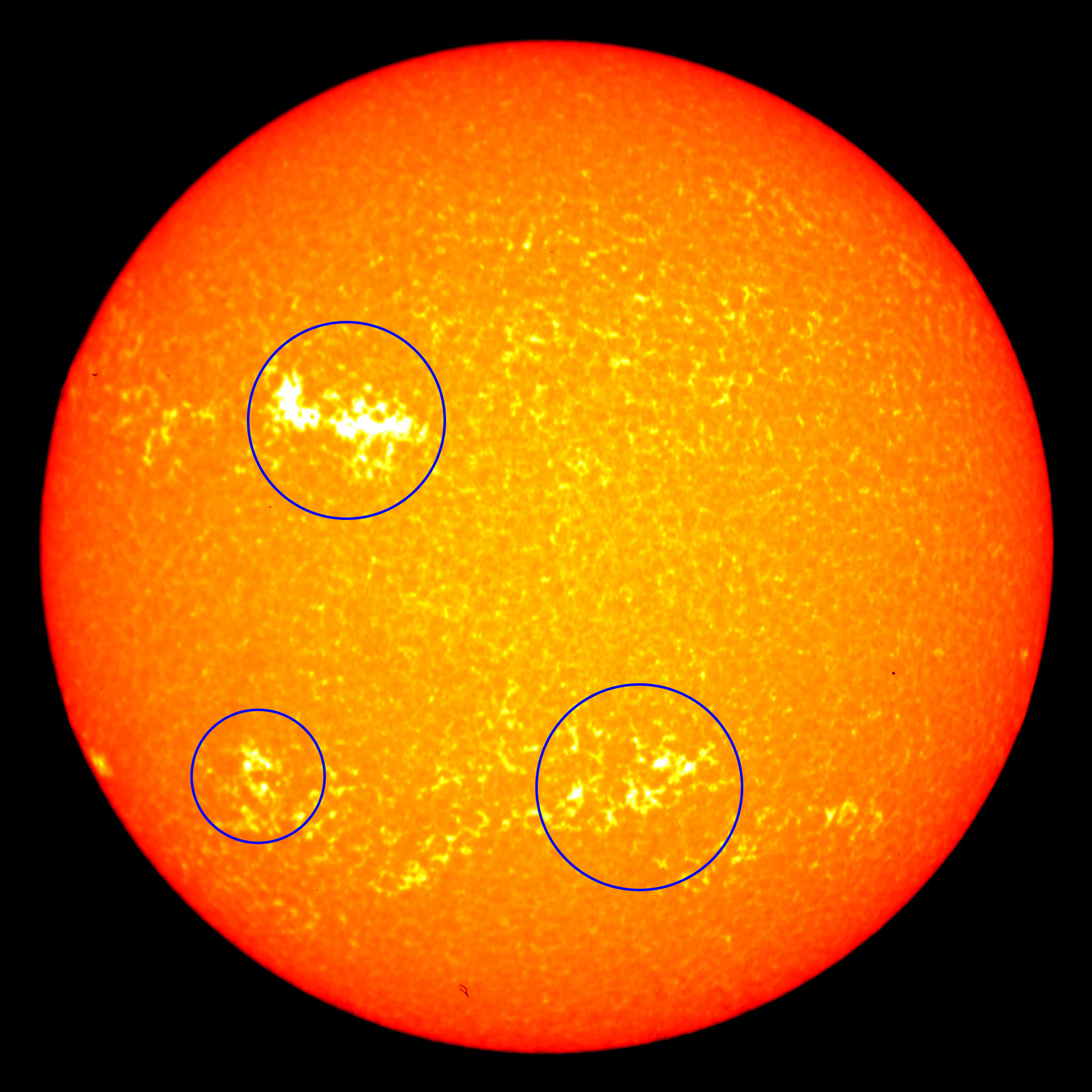
Faculae on the SunDiscovered by
|
| Faculae Astronomy Term |
F |
… are the bright patches that are on the photosphere (surface) of the Sun.
Faculae on the SunDiscovered by
|
| Faculae Astronomy Term |
F |
… are the bright patches that are on the photosphere (surface) of the Sun.
Faculae on the SunDiscovered by
|
| Faculae Astronomy Term |
F |
… are the bright patches that are on the photosphere (surface) of the Sun.
Faculae on the SunDiscovered by
|
| Faculae Astronomy Term |
F |
… are the bright patches that are on the photosphere (surface) of the Sun.
Faculae on the SunDiscovered by
|
| G | ||
| A B C D E F G H I J K L M N O P Q R S T U V W X Y Z # Ω |
| G | ||
| A B C D E F G H I J K L M N O P Q R S T U V W X Y Z # Ω |
| G | ||
| A B C D E F G H I J K L M N O P Q R S T U V W X Y Z # Ω |
| G | ||
| A B C D E F G H I J K L M N O P Q R S T U V W X Y Z # Ω |
| G |
| Galaxy Secondary Plane |
G |
… a gravitationally bound collective of stellar objects that orbit their combined centre of mass (Barycentre) at the speed and departure angle established by the Singularity Event at the birth and expansion of a Universe.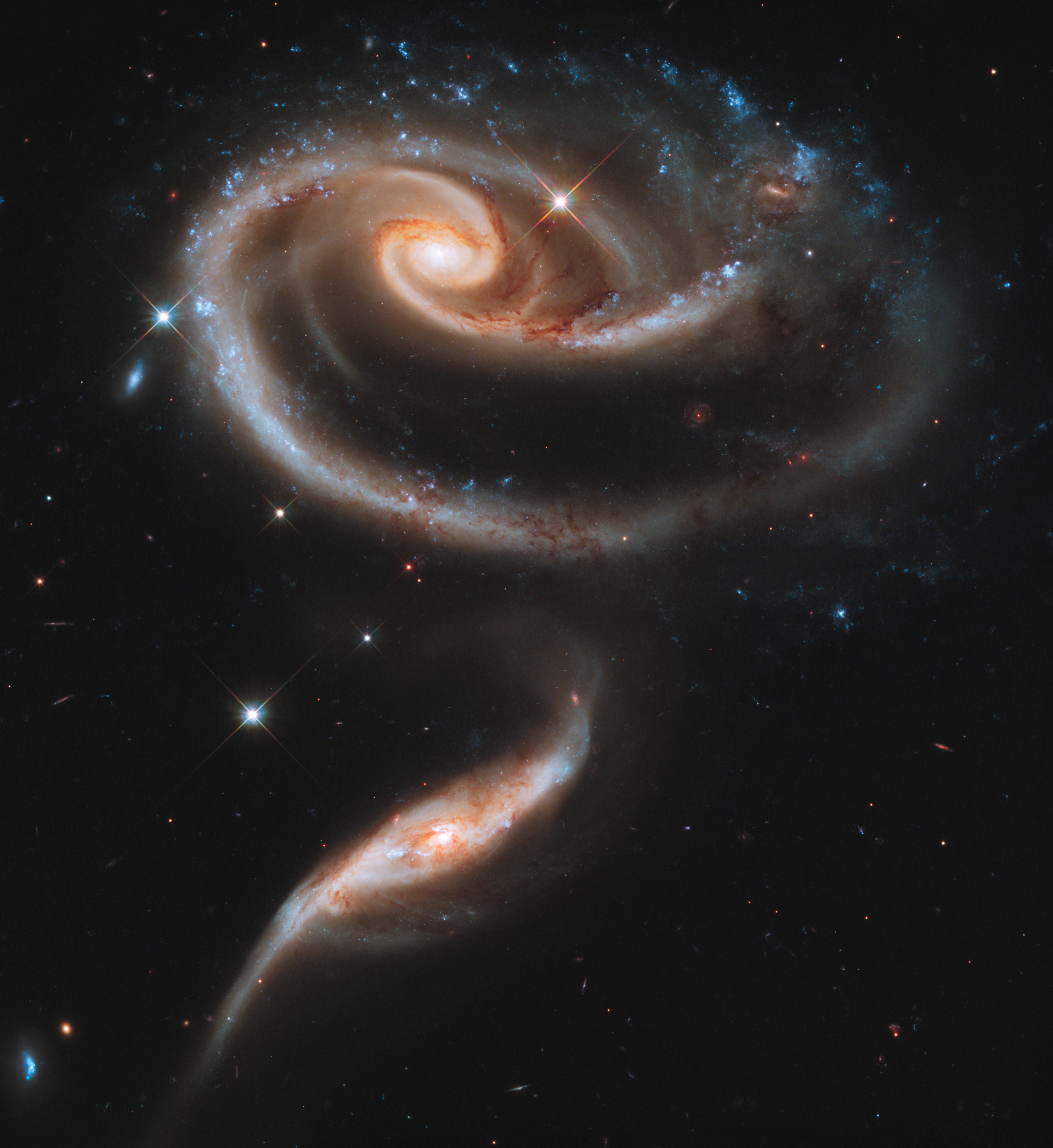
Arp 273 (UGC1810, PGC8961)Discovered by
|
| Galaxy Secondary Plane |
G |
… a gravitationally bound collective of stellar objects that orbit their combined centre of mass (Barycentre) at the speed and departure angle established by the Singularity Event at the birth and expansion of a Universe.
Arp 273 (UGC1810, PGC8961)Discovered by
|
| Galaxy Secondary Plane |
G |
… a gravitationally bound collective of stellar objects that orbit their combined centre of mass (Barycentre) at the speed and departure angle established by the Singularity Event at the birth and expansion of a Universe.
Arp 273 (UGC1810, PGC8961)Discovered by
|
| Galaxy Secondary Plane |
G |
… a gravitationally bound collective of stellar objects that orbit their combined centre of mass (Barycentre) at the speed and departure angle established by the Singularity Event at the birth and expansion of a Universe.
Arp 273 (UGC1810, PGC8961)Discovered by
|
| Galaxy Secondary Plane |
G |
… a gravitationally bound collective of stellar objects that orbit their combined centre of mass (Barycentre) at the speed and departure angle established by the Singularity Event at the birth and expansion of a Universe.
Arp 273 (UGC1810, PGC8961)Discovered by
|
| Galaxy Cluster Primary Plane |
G |
… a grouping of gravitationally bound structures that consist of hundreds to thousands of galaxies, each with an excess of 1,000 solar masses. Clusters possess an intracluster medium which consists of heated gas between the galaxies at a peak temperature of between 2 to 15 keV and is dependent on the total mass of the cluster.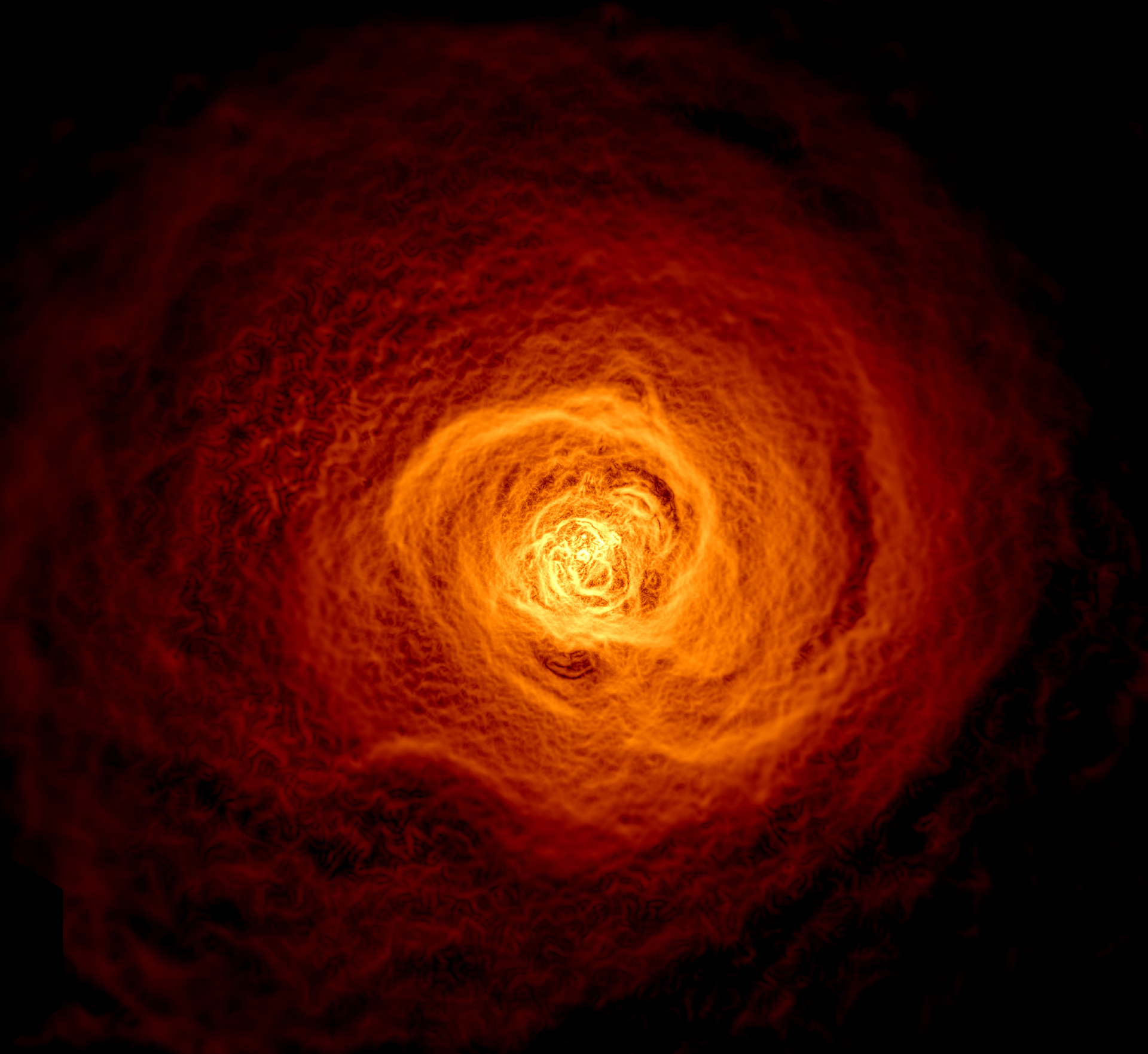
Perseus Cluster (NGC1275)Bullet Cluster · Coma Cluster · Fornax Cluster · Great Attractor
|
| Galaxy Cluster Primary Plane |
G |
… a grouping of gravitationally bound structures that consist of hundreds to thousands of galaxies, each with an excess of 1,000 solar masses. Clusters possess an intracluster medium which consists of heated gas between the galaxies at a peak temperature of between 2 to 15 keV and is dependent on the total mass of the cluster.
Perseus Cluster (NGC1275)Bullet Cluster · Coma Cluster · Fornax Cluster · Great Attractor
|
| Galaxy Cluster Primary Plane |
G |
… a grouping of gravitationally bound structures that consist of hundreds to thousands of galaxies, each with an excess of 1,000 solar masses. Clusters possess an intracluster medium which consists of heated gas between the galaxies at a peak temperature of between 2 to 15 keV and is dependent on the total mass of the cluster.
Perseus Cluster (NGC1275)Bullet Cluster · Coma Cluster · Fornax Cluster · Great Attractor
|
| Galaxy Cluster Primary Plane |
G |
… a grouping of gravitationally bound structures that consist of hundreds to thousands of galaxies, each with an excess of 1,000 solar masses. Clusters possess an intracluster medium which consists of heated gas between the galaxies at a peak temperature of between 2 to 15 keV and is dependent on the total mass of the cluster.
Perseus Cluster (NGC1275)Bullet Cluster · Coma Cluster · Fornax Cluster · Great Attractor
|
| Galaxy Cluster Primary Plane |
G |
… a grouping of gravitationally bound structures that consist of hundreds to thousands of galaxies, each with an excess of 1,000 solar masses. Clusters possess an intracluster medium which consists of heated gas between the galaxies at a peak temperature of between 2 to 15 keV and is dependent on the total mass of the cluster.
Perseus Cluster (NGC1275)Bullet Cluster · Coma Cluster · Fornax Cluster · Great Attractor
|
| Galaxy Filament Primary Plane |
G |
… a structural containment of millions of galaxies and are the largest known structures in the universe. They are also known as supercluster complexes, galaxy walls and galaxy sheets and have a typical length of 50 to 80 megaparsecs (163 to 261 million light-years).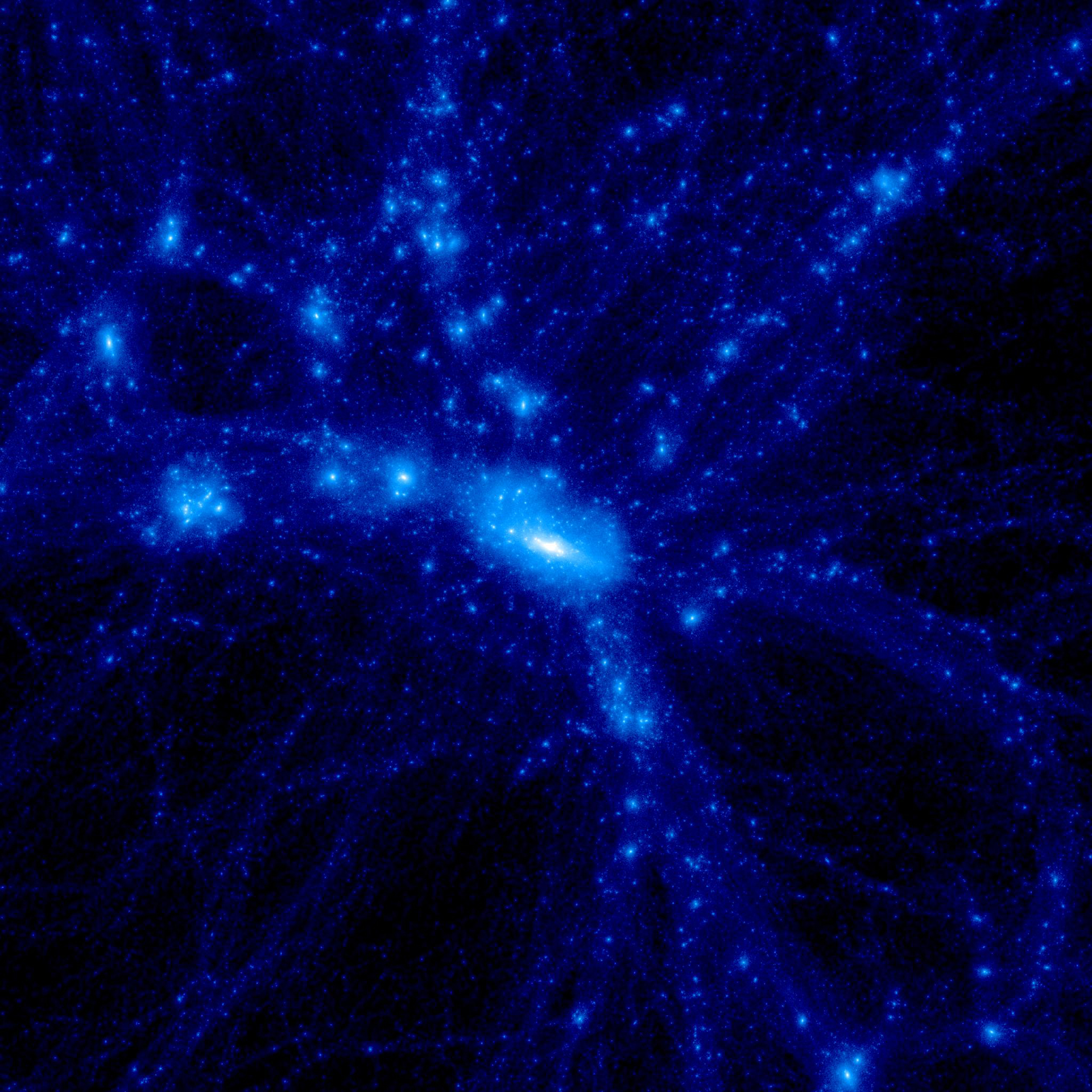
Coma FilamentLynx-Ursa Major Filament · Ursa Major Filament
|
| Galaxy Filament Primary Plane |
G |
… a structural containment of millions of galaxies and are the largest known structures in the universe. They are also known as supercluster complexes, galaxy walls and galaxy sheets and have a typical length of 50 to 80 megaparsecs (163 to 261 million light-years).
Coma FilamentLynx-Ursa Major Filament · Ursa Major Filament
|
| Galaxy Filament Primary Plane |
G |
… a structural containment of millions of galaxies and are the largest known structures in the universe. They are also known as supercluster complexes, galaxy walls and galaxy sheets and have a typical length of 50 to 80 megaparsecs (163 to 261 million light-years).
Coma FilamentLynx-Ursa Major Filament · Ursa Major Filament
|
| Galaxy Filament Primary Plane |
G |
… a structural containment of millions of galaxies and are the largest known structures in the universe. They are also known as supercluster complexes, galaxy walls and galaxy sheets and have a typical length of 50 to 80 megaparsecs (163 to 261 million light-years).
Coma FilamentLynx-Ursa Major Filament · Ursa Major Filament
|
| Galaxy Filament Primary Plane |
G |
… a structural containment of millions of galaxies and are the largest known structures in the universe. They are also known as supercluster complexes, galaxy walls and galaxy sheets and have a typical length of 50 to 80 megaparsecs (163 to 261 million light-years).
Coma FilamentLynx-Ursa Major Filament · Ursa Major Filament
|
| Galaxy Group Primary Plane |
G |
… a gravitationally bound group of galaxies comprising of fewer than 50 members, each member with at least the same luminosity as the Milky Way.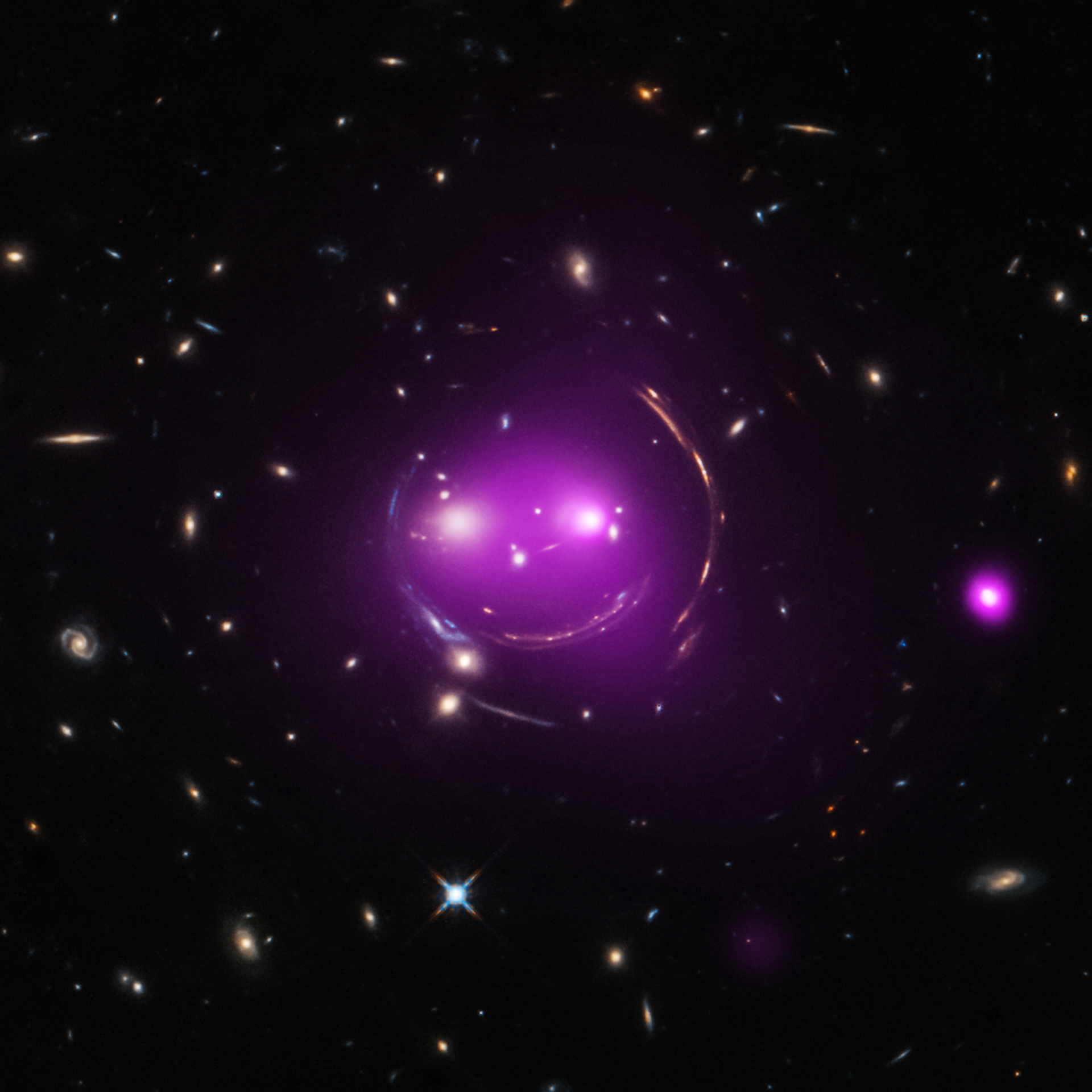
Cheshire Cat GroupBullet Group · Local Group
|
| Galaxy Group Primary Plane |
G |
… a gravitationally bound group of galaxies comprising of fewer than 50 members, each member with at least the same luminosity as the Milky Way.
Cheshire Cat GroupBullet Group · Local Group
|
| Galaxy Group Primary Plane |
G |
… a gravitationally bound group of galaxies comprising of fewer than 50 members, each member with at least the same luminosity as the Milky Way.
Cheshire Cat GroupBullet Group · Local Group
|
| Galaxy Group Primary Plane |
G |
… a gravitationally bound group of galaxies comprising of fewer than 50 members, each member with at least the same luminosity as the Milky Way.
Cheshire Cat GroupBullet Group · Local Group
|
| Galaxy Group Primary Plane |
G |
… a gravitationally bound group of galaxies comprising of fewer than 50 members, each member with at least the same luminosity as the Milky Way.
Cheshire Cat GroupBullet Group · Local Group
|
| Galaxy Rogue Primary Plane |
G |
… are Isolated Galaxies or Void Galaxies, devoid of gravitational interaction with other galaxies or galactic constructs and represent pristine examples of galactic evolution.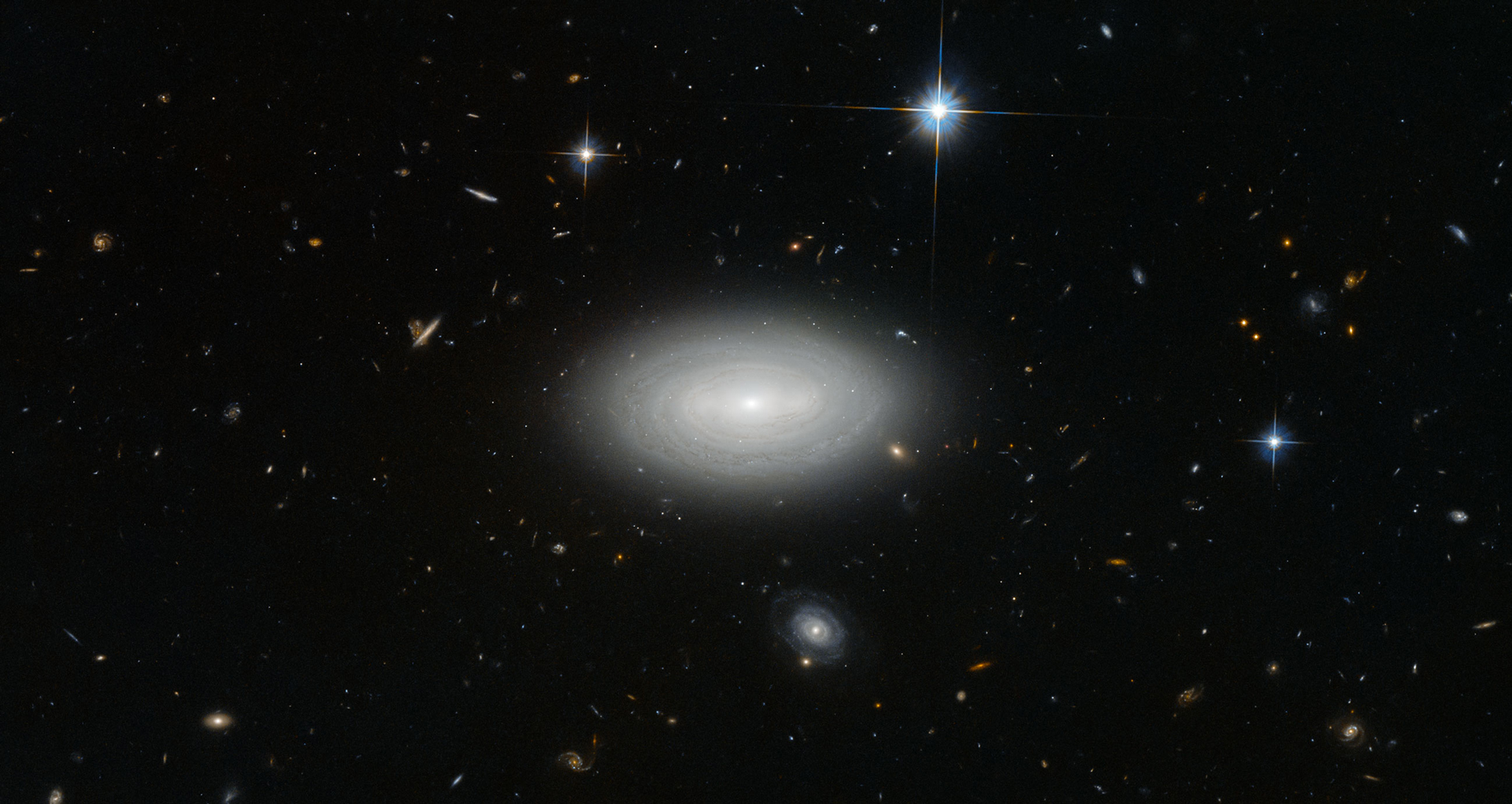
MCG-01-02-015 Rogue GalaxyMCG+01-02-015 · PC1357+4641 · IRAS14288+5255
|
| Galaxy Rogue Primary Plane |
G |
… are Isolated Galaxies or Void Galaxies, devoid of gravitational interaction with other galaxies or galactic constructs and represent pristine examples of galactic evolution.
MCG-01-02-015 Rogue GalaxyMCG+01-02-015 · PC1357+4641 · IRAS14288+5255
|
| Galaxy Rogue Primary Plane |
G |
… are Isolated Galaxies or Void Galaxies, devoid of gravitational interaction with other galaxies or galactic constructs and represent pristine examples of galactic evolution.
MCG-01-02-015 Rogue GalaxyMCG+01-02-015 · PC1357+4641 · IRAS14288+5255
|
| Galaxy Rogue Primary Plane |
G |
… are Isolated Galaxies or Void Galaxies, devoid of gravitational interaction with other galaxies or galactic constructs and represent pristine examples of galactic evolution.
MCG-01-02-015 Rogue GalaxyMCG+01-02-015 · PC1357+4641 · IRAS14288+5255
|
| Galaxy Rogue Primary Plane |
G |
… are Isolated Galaxies or Void Galaxies, devoid of gravitational interaction with other galaxies or galactic constructs and represent pristine examples of galactic evolution.
MCG-01-02-015 Rogue GalaxyMCG+01-02-015 · PC1357+4641 · IRAS14288+5255
|
| Galaxy Supercluster Primary Plane |
G |
… a grouping of galaxy clusters or galaxy groups that are not bound by gravity. There are an estimated 10 million superclusters in the observable universe.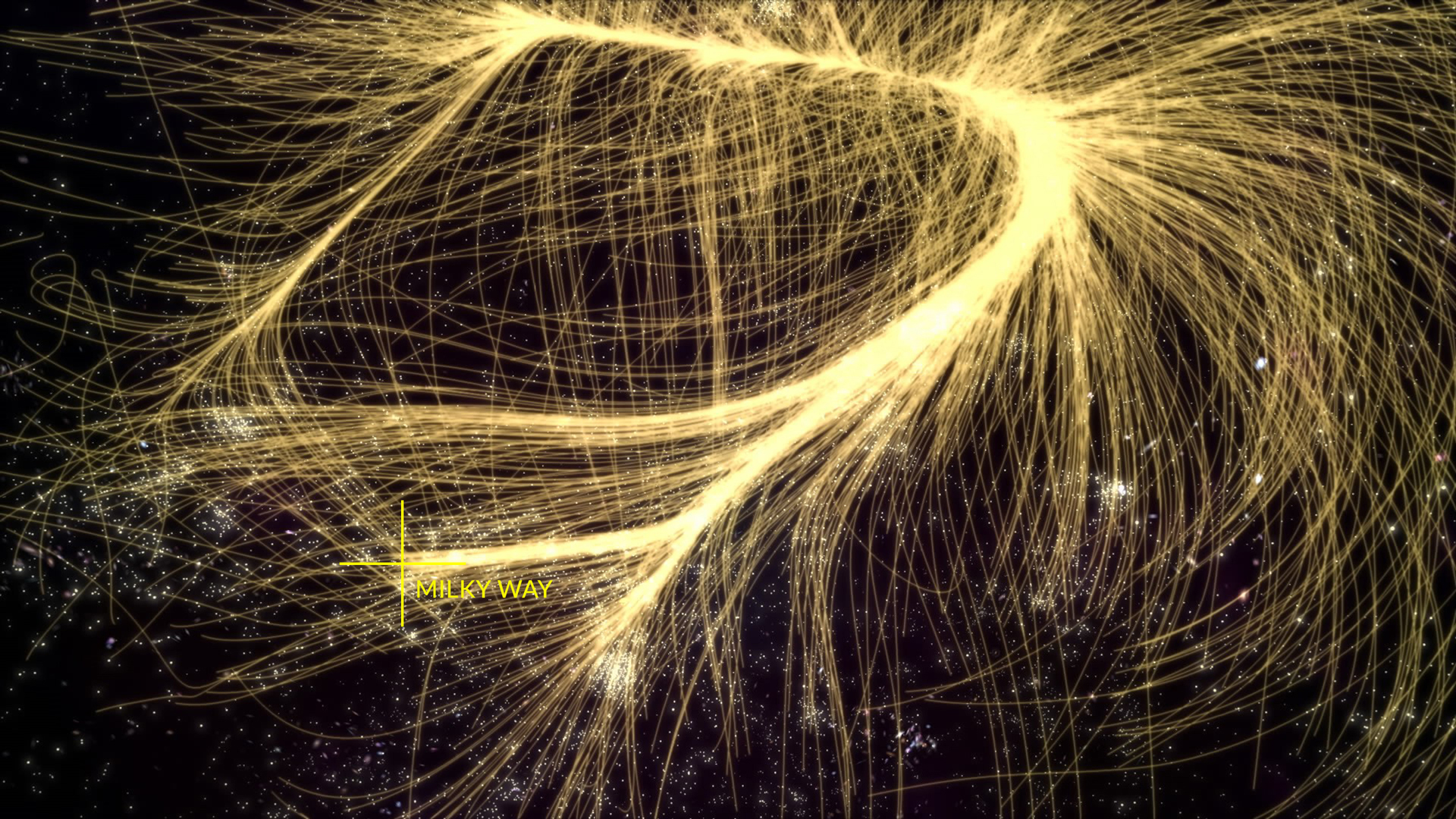
Laniakea SuperclusterLeo Supercluster · Perseus Supercluster
|
| Galaxy Supercluster Primary Plane |
G |
… a grouping of galaxy clusters or galaxy groups that are not bound by gravity. There are an estimated 10 million superclusters in the observable universe.
Laniakea SuperclusterLeo Supercluster · Perseus Supercluster
|
| Galaxy Supercluster Primary Plane |
G |
… a grouping of galaxy clusters or galaxy groups that are not bound by gravity. There are an estimated 10 million superclusters in the observable universe.
Laniakea SuperclusterLeo Supercluster · Perseus Supercluster
|
| Galaxy Supercluster Primary Plane |
G |
… a grouping of galaxy clusters or galaxy groups that are not bound by gravity. There are an estimated 10 million superclusters in the observable universe.
Laniakea SuperclusterLeo Supercluster · Perseus Supercluster
|
| Galaxy Supercluster Primary Plane |
G |
… a grouping of galaxy clusters or galaxy groups that are not bound by gravity. There are an estimated 10 million superclusters in the observable universe.
Laniakea SuperclusterLeo Supercluster · Perseus Supercluster
|
| Giant Planet Quinary Plane |
G |
… defined by the composition and state of the planetary surface, Gas Giants consist of hydrogen and helium in a gaseous form, whereas the Ice Giants contain frozen hydrogen and helium, water, ammonia, and methane. The planetary body mass must be within the range of 0.000’04 to 0.1 times the mass of the Parent Nucleus.
Jupiter · Saturn · Uranus · Neptune |
| Giant Planet Quinary Plane |
G |
… defined by the composition and state of the planetary surface, Gas Giants consist of hydrogen and helium in a gaseous form, whereas the Ice Giants contain frozen hydrogen and helium, water, ammonia, and methane. The planetary body mass must be within the range of 0.000’04 to 0.1 times the mass of the Parent Nucleus.
Jupiter · Saturn · Uranus · Neptune |
| Giant Planet Quinary Plane |
G |
… defined by the composition and state of the planetary surface, Gas Giants consist of hydrogen and helium in a gaseous form, whereas the Ice Giants contain frozen hydrogen and helium, water, ammonia, and methane. The planetary body mass must be within the range of 0.000’04 to 0.1 times the mass of the Parent Nucleus.
Jupiter · Saturn · Uranus · Neptune |
| Giant Planet Quinary Plane |
G |
… defined by the composition and state of the planetary surface, Gas Giants consist of hydrogen and helium in a gaseous form, whereas the Ice Giants contain frozen hydrogen and helium, water, ammonia, and methane. The planetary body mass must be within the range of 0.000’04 to 0.1 times the mass of the Parent Nucleus.
Jupiter · Saturn · Uranus · Neptune |
| Giant Planet Quinary Plane |
G |
… defined by the composition and state of the planetary surface, Gas Giants consist of hydrogen and helium in a gaseous form, whereas the Ice Giants contain frozen hydrogen and helium, water, ammonia, and methane. The planetary body mass must be within the range of 0.000’04 to 0.1 times the mass of the Parent Nucleus.
Jupiter · Saturn · Uranus · Neptune |
| Globular Cluster Tertiary Plane |
G |
… a spherical, gravitationally bound, group of stars of high stellar density and are generally found in the halo of a galaxy with a general orbital radius of 40 kiloparsecs, containing more stars than the less dense open clusters of young stars.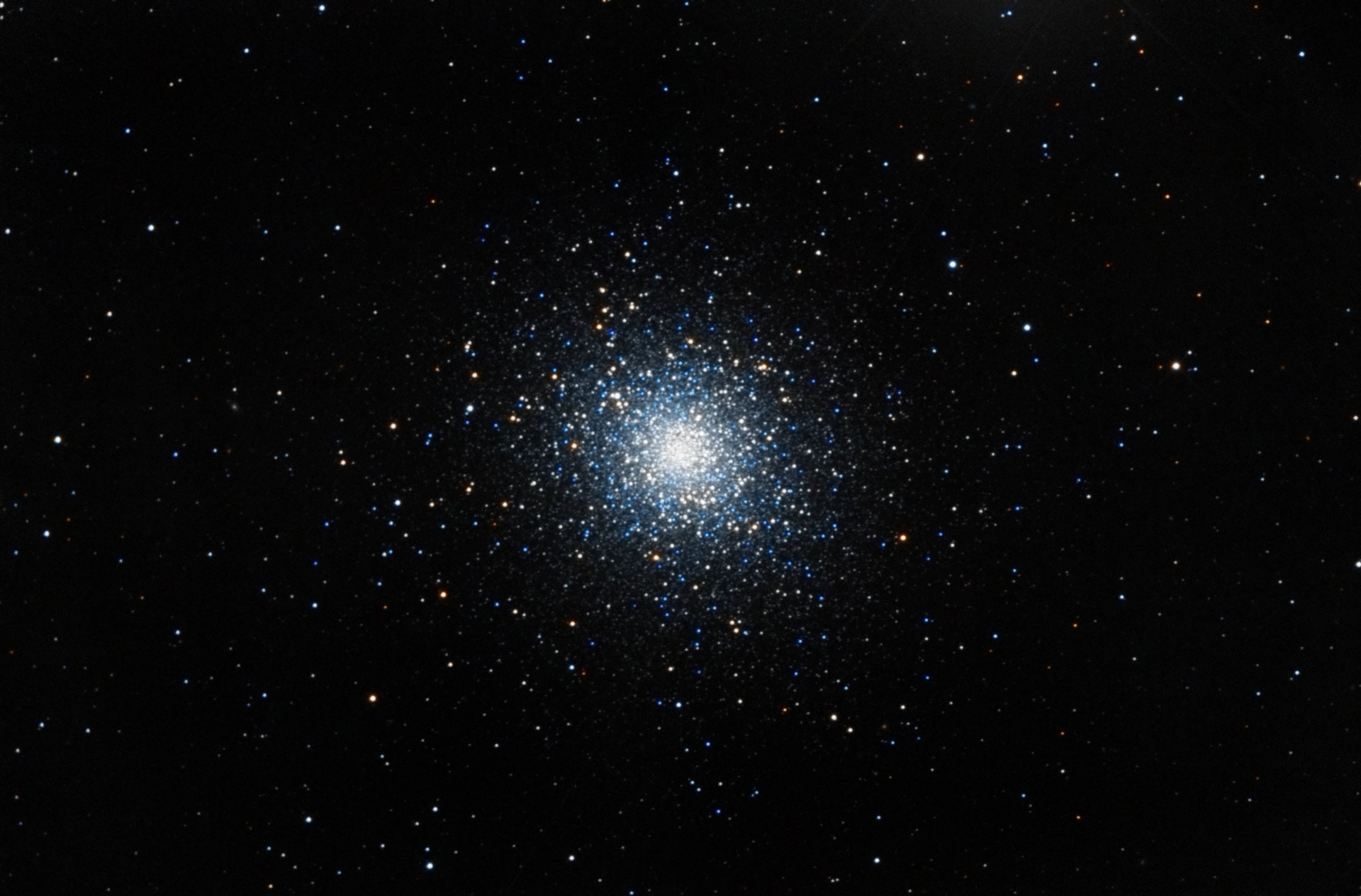
M5 (NGC5904)M2 · M4 · M5 · M13 · M15 · M22 · M71 |
| Globular Cluster Tertiary Plane |
G |
… a spherical, gravitationally bound, group of stars of high stellar density and are generally found in the halo of a galaxy with a general orbital radius of 40 kiloparsecs, containing more stars than the less dense open clusters of young stars.
M5 (NGC5904)M2 · M4 · M5 · M13 · M15 · M22 · M71 |
| Globular Cluster Tertiary Plane |
G |
… a spherical, gravitationally bound, group of stars of high stellar density and are generally found in the halo of a galaxy with a general orbital radius of 40 kiloparsecs, containing more stars than the less dense open clusters of young stars.
M5 (NGC5904)M2 · M4 · M5 · M13 · M15 · M22 · M71 |
| Globular Cluster Tertiary Plane |
G |
… a spherical, gravitationally bound, group of stars of high stellar density and are generally found in the halo of a galaxy with a general orbital radius of 40 kiloparsecs, containing more stars than the less dense open clusters of young stars.
M5 (NGC5904)M2 · M4 · M5 · M13 · M15 · M22 · M71 |
| Globular Cluster Tertiary Plane |
G |
… a spherical, gravitationally bound, group of stars of high stellar density and are generally found in the halo of a galaxy with a general orbital radius of 40 kiloparsecs, containing more stars than the less dense open clusters of young stars.
M5 (NGC5904)M2 · M4 · M5 · M13 · M15 · M22 · M71 |
| H | ||
| A B C D E F G H I J K L M N O P Q R S T U V W X Y Z # Ω |
| H | ||
| A B C D E F G H I J K L M N O P Q R S T U V W X Y Z # Ω |
| H | ||
| A B C D E F G H I J K L M N O P Q R S T U V W X Y Z # Ω |
| H | ||
| A B C D E F G H I J K L M N O P Q R S T U V W X Y Z # Ω |
| H |
| Hadean Time Geology Timeline |
H |
| 4,540 Million Years Ago Birth date of the Earth |
| Hadean Time Geology Timeline |
H |
| 4,540 Million Years Ago Birth date of the Earth |
| Hadean Time Geology Timeline |
H |
| 4,540 Million Years Ago Birth date of the Earth |
| Hadean Time Geology Timeline |
H |
| 4,540 Million Years Ago Birth date of the Earth |
| Hadean Time Geology Timeline |
H |
| 4,540 Million Years Ago Birth date of the Earth |
| Herbig Haro Objects Tertiary Plane |
H |
… are a nebulosity phenomenon that lasts a few thousand years, when a star birth ejects dust and gas that collide with a nearby cloud of gas.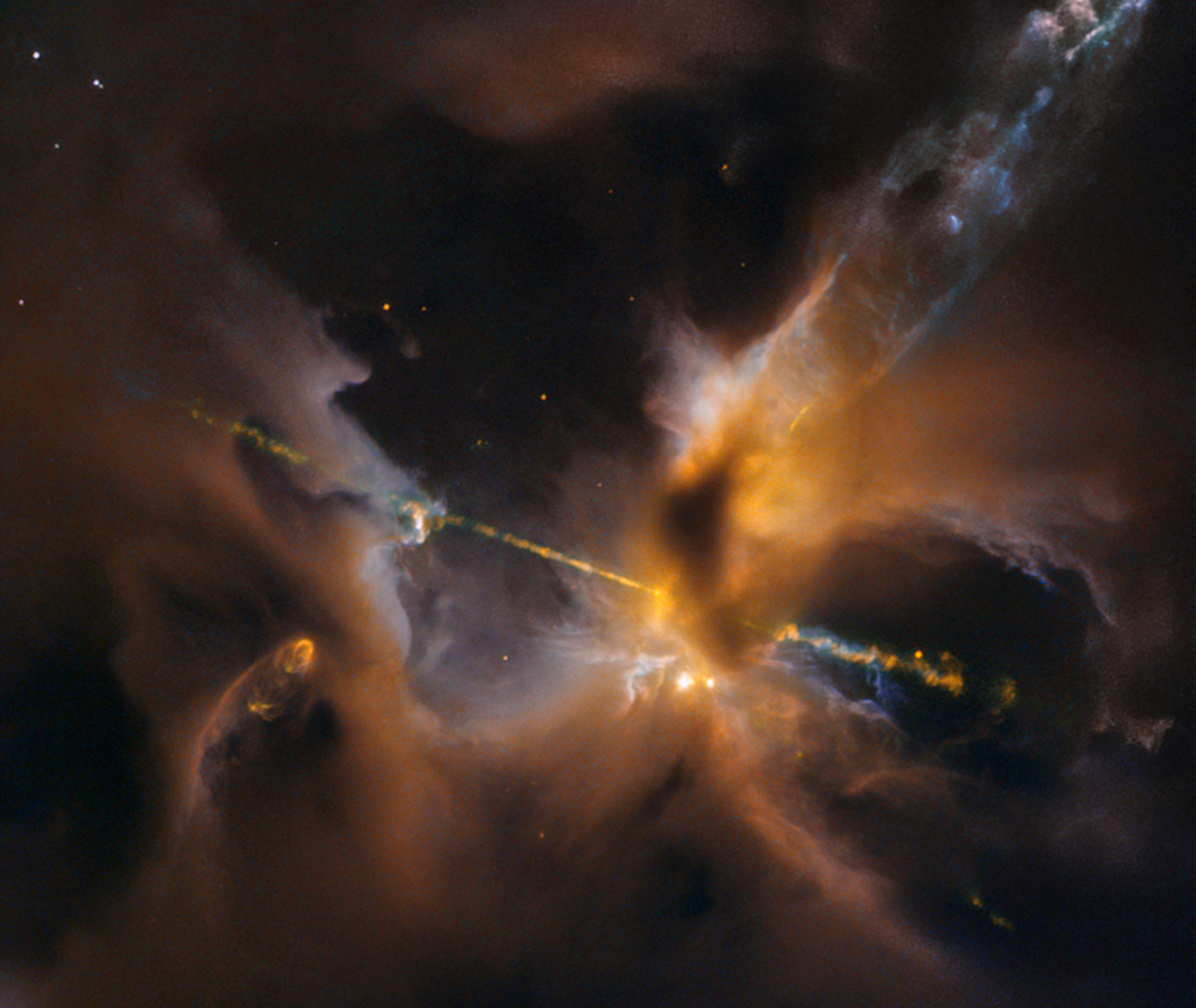
Herbig-Haro 24HH1 · HH32 · HH34 · MHO27 |
| Herbig Haro Objects Tertiary Plane |
H |
… are a nebulosity phenomenon that lasts a few thousand years, when a star birth ejects dust and gas that collide with a nearby cloud of gas.
Herbig-Haro 24HH1 · HH32 · HH34 · MHO27 |
| Herbig Haro Objects Tertiary Plane |
H |
… are a nebulosity phenomenon that lasts a few thousand years, when a star birth ejects dust and gas that collide with a nearby cloud of gas.
Herbig-Haro 24HH1 · HH32 · HH34 · MHO27 |
| Herbig Haro Objects Tertiary Plane |
H |
… are a nebulosity phenomenon that lasts a few thousand years, when a star birth ejects dust and gas that collide with a nearby cloud of gas.
Herbig-Haro 24HH1 · HH32 · HH34 · MHO27 |
| Herbig Haro Objects Tertiary Plane |
H |
… are a nebulosity phenomenon that lasts a few thousand years, when a star birth ejects dust and gas that collide with a nearby cloud of gas.
Herbig-Haro 24HH1 · HH32 · HH34 · MHO27 |
| HII Regions Tertiary Plane |
H |
… nurseries for star and planetary formation, they contain an irregular distribution of stars and are principally composed of interstellar atomic hydrogen. Young, short-lived blue stars are created in these regions and emit copious amounts of ultraviolet radiation (light) that ionise surrounding gas and are often associated with giant molecular clouds, ranging in size from one to hundreds of light years and with a density of up to a million particles per cubic cm. The Orion Nebula, is in part, a HII region.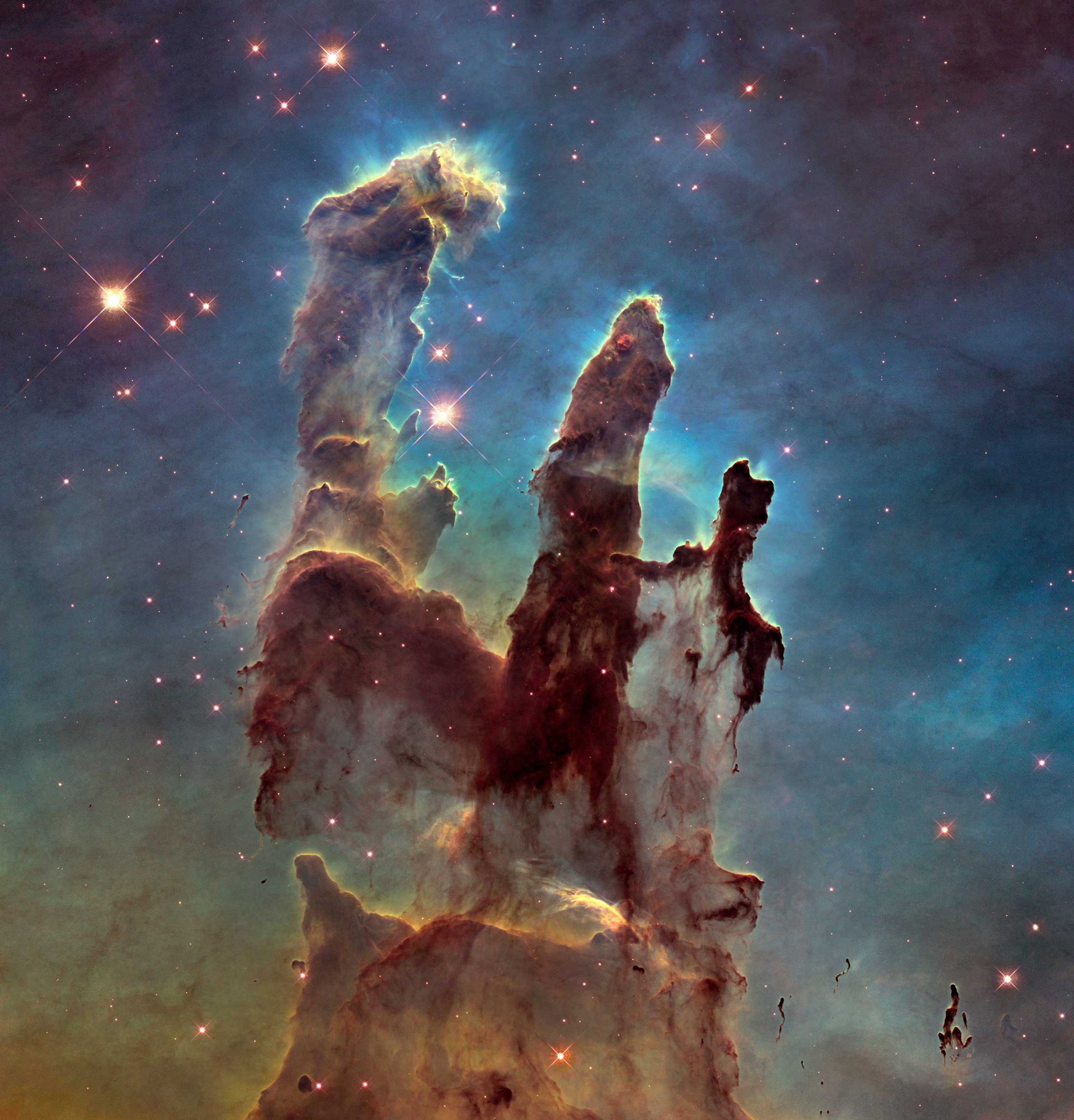
Pillars of CreationHorsehead Nebula (B33) · LH95 · M17 · N11 Discovered by
|
| HII Regions Tertiary Plane |
H |
… nurseries for star and planetary formation, they contain an irregular distribution of stars and are principally composed of interstellar atomic hydrogen. Young, short-lived blue stars are created in these regions and emit copious amounts of ultraviolet radiation (light) that ionise surrounding gas and are often associated with giant molecular clouds, ranging in size from one to hundreds of light years and with a density of up to a million particles per cubic cm. The Orion Nebula, is in part, a HII region.
Pillars of CreationHorsehead Nebula (B33) · LH95 · M17 · N11 Discovered by
|
| HII Regions Tertiary Plane |
H |
… nurseries for star and planetary formation, they contain an irregular distribution of stars and are principally composed of interstellar atomic hydrogen. Young, short-lived blue stars are created in these regions and emit copious amounts of ultraviolet radiation (light) that ionise surrounding gas and are often associated with giant molecular clouds, ranging in size from one to hundreds of light years and with a density of up to a million particles per cubic cm. The Orion Nebula, is in part, a HII region.
Pillars of CreationHorsehead Nebula (B33) · LH95 · M17 · N11 Discovered by
|
| HII Regions Tertiary Plane |
H |
… nurseries for star and planetary formation, they contain an irregular distribution of stars and are principally composed of interstellar atomic hydrogen. Young, short-lived blue stars are created in these regions and emit copious amounts of ultraviolet radiation (light) that ionise surrounding gas and are often associated with giant molecular clouds, ranging in size from one to hundreds of light years and with a density of up to a million particles per cubic cm. The Orion Nebula, is in part, a HII region.
Pillars of CreationHorsehead Nebula (B33) · LH95 · M17 · N11 Discovered by
|
| HII Regions Tertiary Plane |
H |
… nurseries for star and planetary formation, they contain an irregular distribution of stars and are principally composed of interstellar atomic hydrogen. Young, short-lived blue stars are created in these regions and emit copious amounts of ultraviolet radiation (light) that ionise surrounding gas and are often associated with giant molecular clouds, ranging in size from one to hundreds of light years and with a density of up to a million particles per cubic cm. The Orion Nebula, is in part, a HII region.
Pillars of CreationHorsehead Nebula (B33) · LH95 · M17 · N11 Discovered by
|
| I | ||
| A B C D E F G H I J K L M N O P Q R S T U V W X Y Z # Ω |
| H | ||
| A B C D E F G H I J K L M N O P Q R S T U V W X Y Z # Ω |
| H | ||
| A B C D E F G H I J K L M N O P Q R S T U V W X Y Z # Ω |
| H | ||
| A B C D E F G H I J K L M N O P Q R S T U V W X Y Z # Ω |
| I |
| Intergalactic Body Primary Plane |
I |
… are Planets, Moons, Asteroids and Meteors that orbit the galaxy directly and are not gravitationally bound to any stellar body.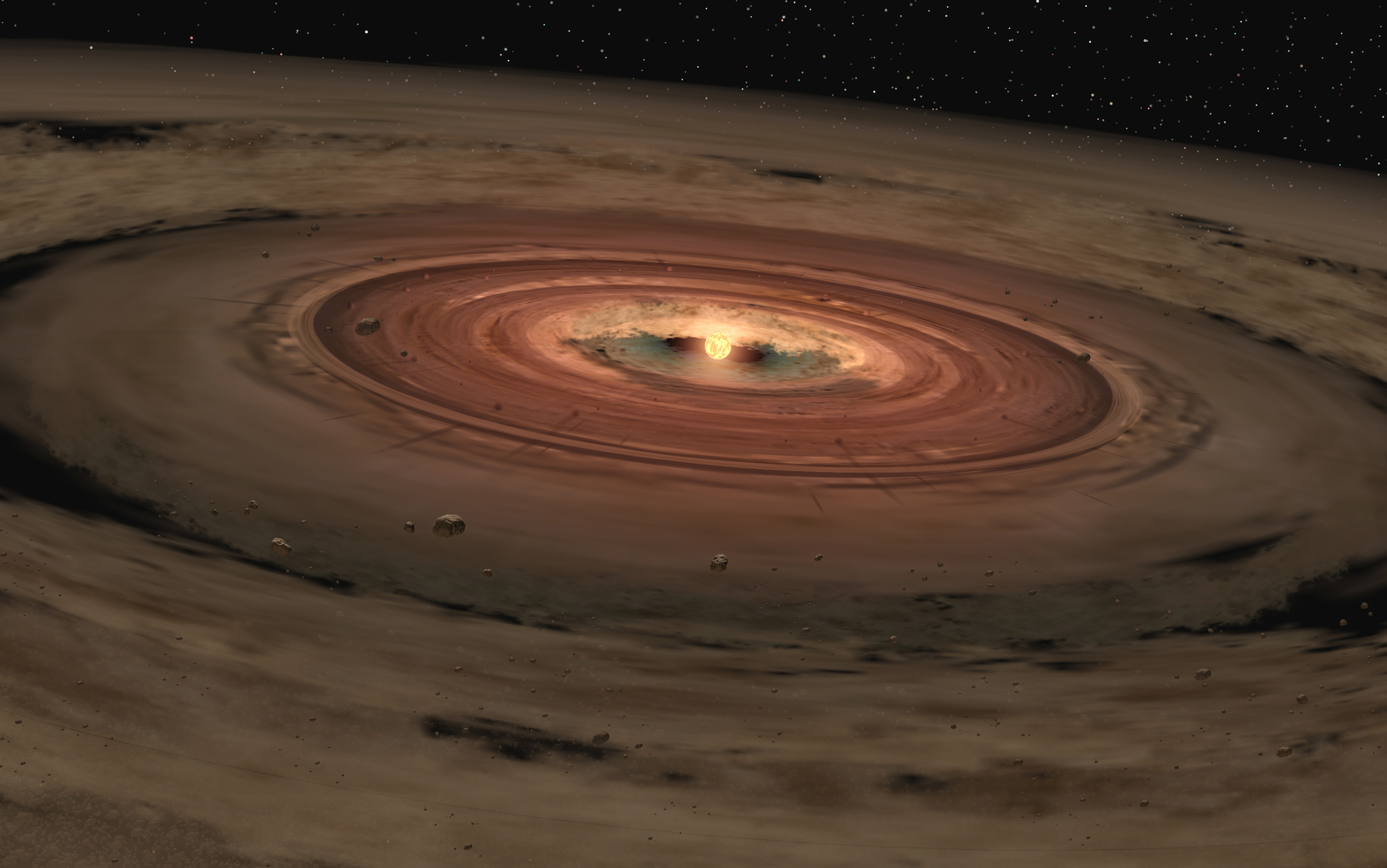
OTS 44 Intergalactic Brown Dwarf StarCha-110913-773444 · WISE J1741-4642 · SDSS J111010.01+011613.1
|
| Intergalactic Body Primary Plane |
I |
… are Planets, Moons, Asteroids and Meteors that orbit the galaxy directly and are not gravitationally bound to any stellar body.
OTS 44 Intergalactic Brown Dwarf StarCha-110913-773444 · WISE J1741-4642 · SDSS J111010.01+011613.1
|
| Intergalactic Body Primary Plane |
I |
… are Planets, Moons, Asteroids and Meteors that orbit the galaxy directly and are not gravitationally bound to any stellar body.
OTS 44 Intergalactic Brown Dwarf StarCha-110913-773444 · WISE J1741-4642 · SDSS J111010.01+011613.1
|
| Intergalactic Body Primary Plane |
I |
… are Planets, Moons, Asteroids and Meteors that orbit the galaxy directly and are not gravitationally bound to any stellar body.
OTS 44 Intergalactic Brown Dwarf StarCha-110913-773444 · WISE J1741-4642 · SDSS J111010.01+011613.1
|
| Intergalactic Body Primary Plane |
I |
… are Planets, Moons, Asteroids and Meteors that orbit the galaxy directly and are not gravitationally bound to any stellar body.
OTS 44 Intergalactic Brown Dwarf StarCha-110913-773444 · WISE J1741-4642 · SDSS J111010.01+011613.1
|
| Intergalactic Dust Primary Plane |
I |
… lies between galaxies in intergalactic space and can form dust clouds and are known to contain polycyclic aromatic hydrocarbons. Dust may be polarised, due to intense magnetic fields, collectively orientating each particle.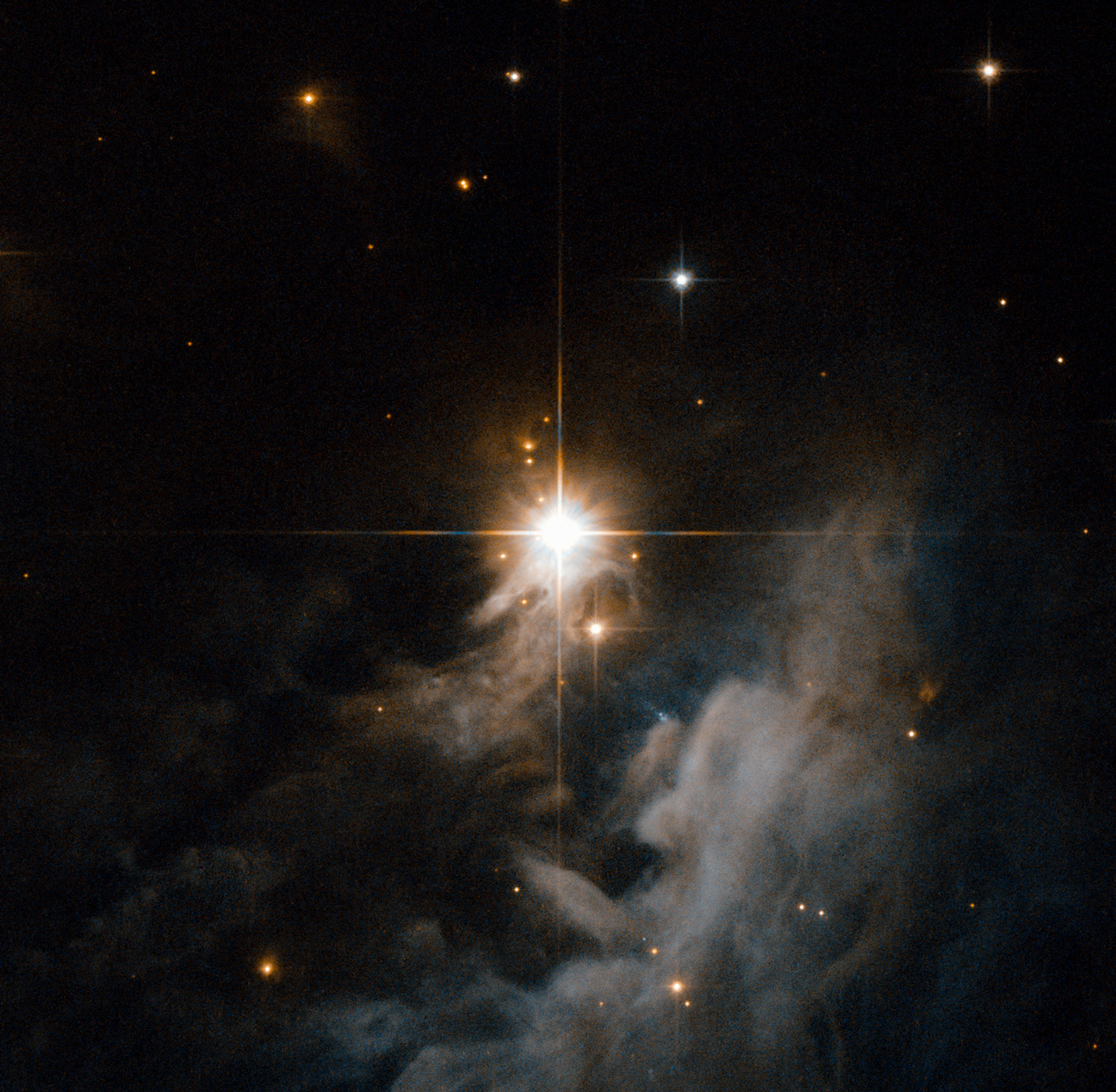
HVC-127-41-330 Intergalactic DustHorsehead Nebula (B33) · LH95 · M17 · N11
|
| Intergalactic Dust Primary Plane |
I |
… lies between galaxies in intergalactic space and can form dust clouds and are known to contain polycyclic aromatic hydrocarbons. Dust may be polarised, due to intense magnetic fields, collectively orientating each particle.
HVC-127-41-330 Intergalactic DustHorsehead Nebula (B33) · LH95 · M17 · N11
|
| Intergalactic Dust Primary Plane |
I |
… lies between galaxies in intergalactic space and can form dust clouds and are known to contain polycyclic aromatic hydrocarbons. Dust may be polarised, due to intense magnetic fields, collectively orientating each particle.
HVC-127-41-330 Intergalactic DustHorsehead Nebula (B33) · LH95 · M17 · N11
|
| Intergalactic Dust Primary Plane |
I |
… lies between galaxies in intergalactic space and can form dust clouds and are known to contain polycyclic aromatic hydrocarbons. Dust may be polarised, due to intense magnetic fields, collectively orientating each particle.
HVC-127-41-330 Intergalactic DustHorsehead Nebula (B33) · LH95 · M17 · N11
|
| Intergalactic Dust Primary Plane |
I |
… lies between galaxies in intergalactic space and can form dust clouds and are known to contain polycyclic aromatic hydrocarbons. Dust may be polarised, due to intense magnetic fields, collectively orientating each particle.
HVC-127-41-330 Intergalactic DustHorsehead Nebula (B33) · LH95 · M17 · N11
|
| Intergalactic Gas Primary Plane |
I |
… found in the most barren regions of space with one atom per cubic meter of hydrogen gas accounting for the principal majority for all atoms in the universe. On vast scales, this network forms filamentary (cosmic web) structures span for billions of light years.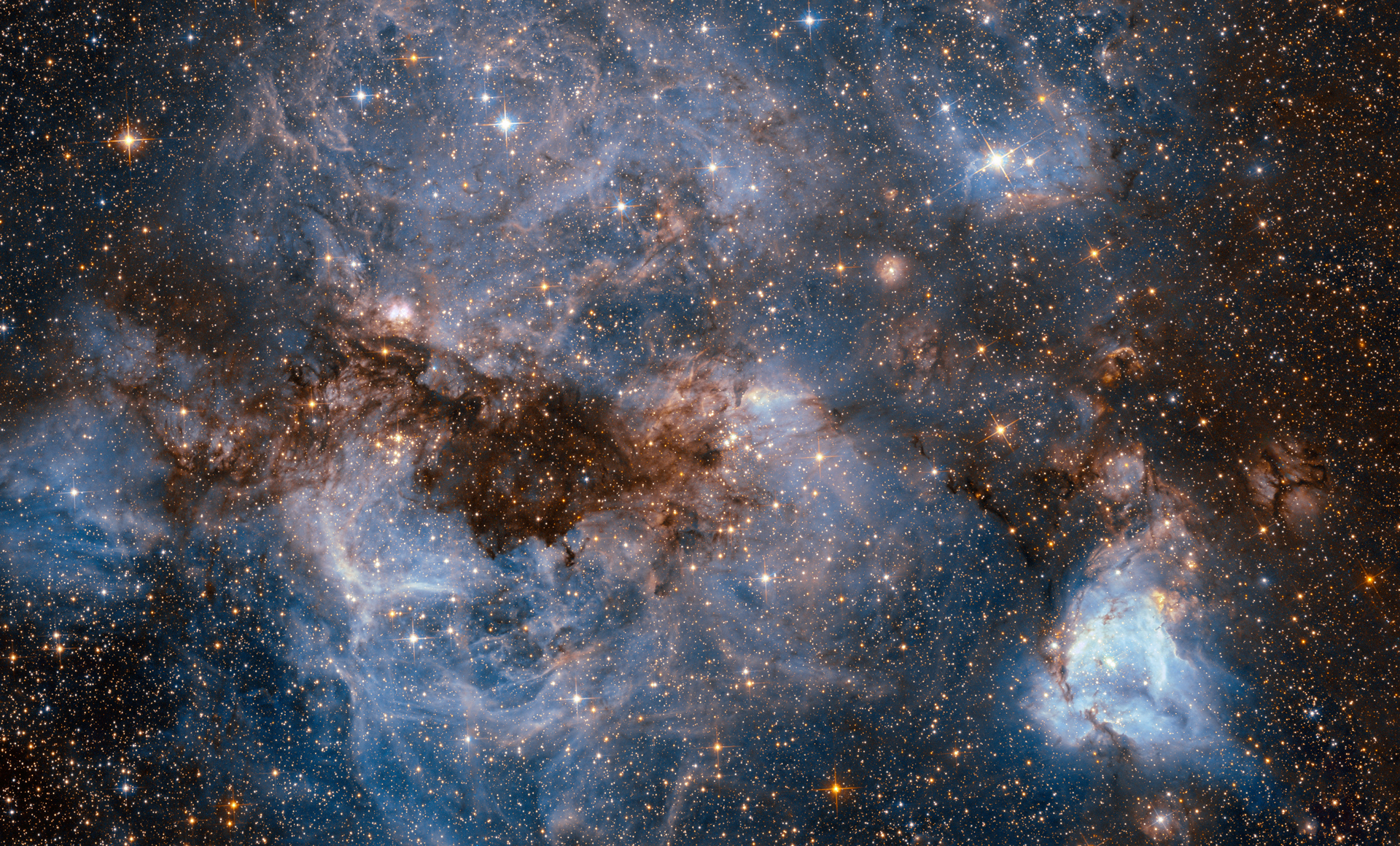
Large Magellanic Cloud (LH95) |
| Intergalactic Gas Primary Plane |
I |
… found in the most barren regions of space with one atom per cubic meter of hydrogen gas accounting for the principal majority for all atoms in the universe. On vast scales, this network forms filamentary (cosmic web) structures span for billions of light years.
Large Magellanic Cloud (LH95) |
| Intergalactic Gas Primary Plane |
I |
… found in the most barren regions of space with one atom per cubic meter of hydrogen gas accounting for the principal majority for all atoms in the universe. On vast scales, this network forms filamentary (cosmic web) structures span for billions of light years.
Large Magellanic Cloud (LH95) |
| Intergalactic Gas Primary Plane |
I |
… found in the most barren regions of space with one atom per cubic meter of hydrogen gas accounting for the principal majority for all atoms in the universe. On vast scales, this network forms filamentary (cosmic web) structures span for billions of light years.
Large Magellanic Cloud (LH95) |
| Intergalactic Gas Primary Plane |
I |
… found in the most barren regions of space with one atom per cubic meter of hydrogen gas accounting for the principal majority for all atoms in the universe. On vast scales, this network forms filamentary (cosmic web) structures span for billions of light years.
Large Magellanic Cloud (LH95) |
| Intergalactic Star Primary Plane |
I |
… are intracluster stars or rogue stars that are not gravitationally bound to any galaxy and are referred to as the intracluster stellar population.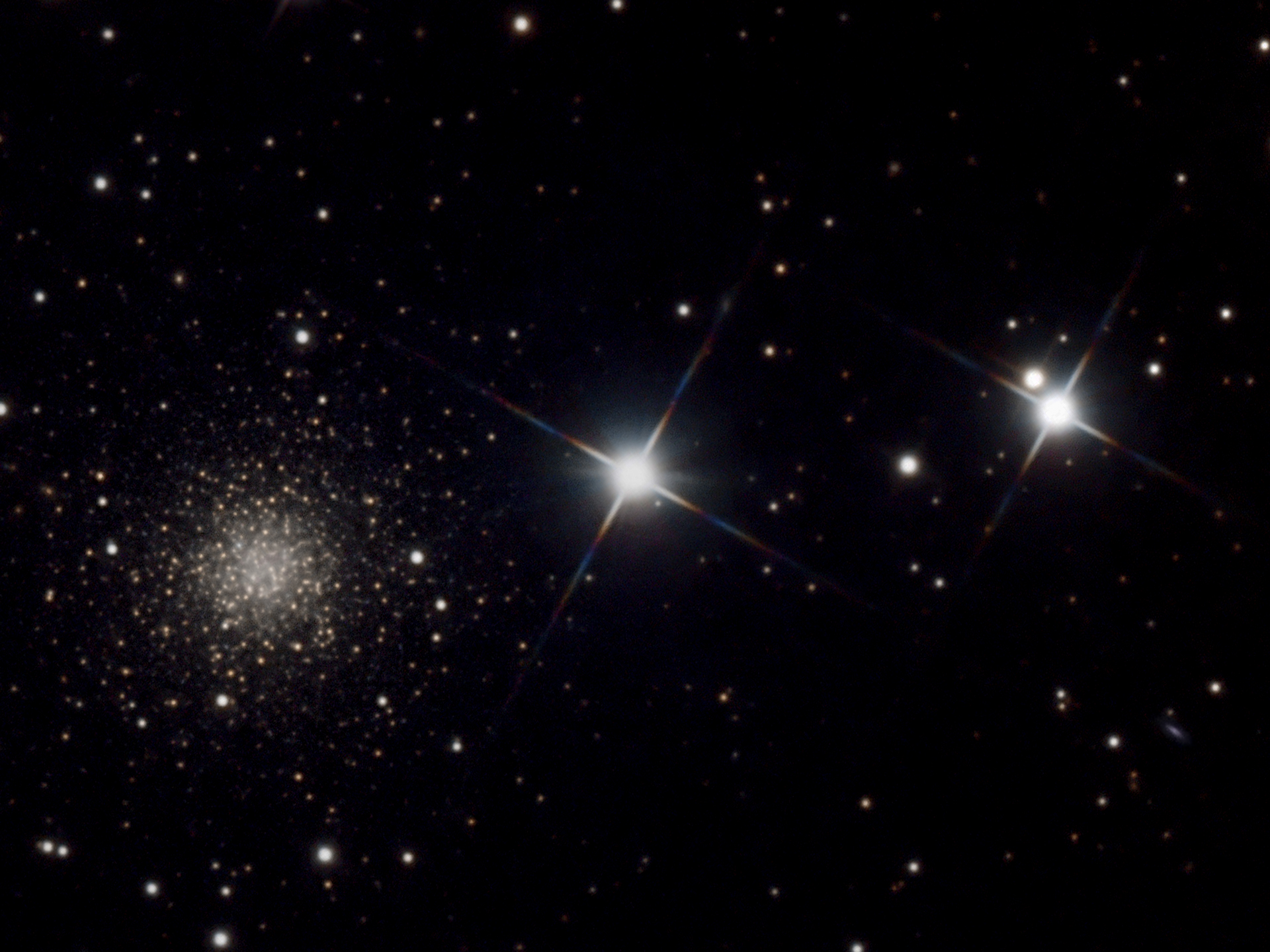
NGC2419 Intergalactic StarHVS1 (SDSS J090744.99+024506.8 · HVS2 (SDSS J093320.86+441705.4)
|
| Intergalactic Star Primary Plane |
I |
… are intracluster stars or rogue stars that are not gravitationally bound to any galaxy and are referred to as the intracluster stellar population.
NGC2419 Intergalactic StarHVS1 (SDSS J090744.99+024506.8 · HVS2 (SDSS J093320.86+441705.4)
|
| Intergalactic Star Primary Plane |
I |
… are intracluster stars or rogue stars that are not gravitationally bound to any galaxy and are referred to as the intracluster stellar population.
NGC2419 Intergalactic StarHVS1 (SDSS J090744.99+024506.8 · HVS2 (SDSS J093320.86+441705.4)
|
| Intergalactic Star Primary Plane |
I |
… are intracluster stars or rogue stars that are not gravitationally bound to any galaxy and are referred to as the intracluster stellar population.
NGC2419 Intergalactic StarHVS1 (SDSS J090744.99+024506.8 · HVS2 (SDSS J093320.86+441705.4)
|
| Intergalactic Star Primary Plane |
I |
… are intracluster stars or rogue stars that are not gravitationally bound to any galaxy and are referred to as the intracluster stellar population.
NGC2419 Intergalactic StarHVS1 (SDSS J090744.99+024506.8 · HVS2 (SDSS J093320.86+441705.4)
|
| Intergalactic Void Primary Plane |
I |
| … a result of a large scale, foam-like distribution of galaxies, with Constructs of Galaxy Clusters and Galaxy Groups, aligning with filaments that occupy a tenth of the total space, with the remaining huge voids spanning distances between 10 to 40 million parsecs. The voids are occupied by rarefied plasma that represents a galactic filamentary structure, known as the intergalactic medium with a density of 5 to 200 times the average density of the Universe and primarily consisting of ionised hydrogen. As gas traverses into the intergalactic medium from the voids, it heats up to temperatures of 107K, high enough to cause bound electrons to escape from the hydrogen nuclei and is why the intergalactic medium is ionised. It is estimated that up to half of the atomic matter in the Universe may exist in this warm, rarefied state. 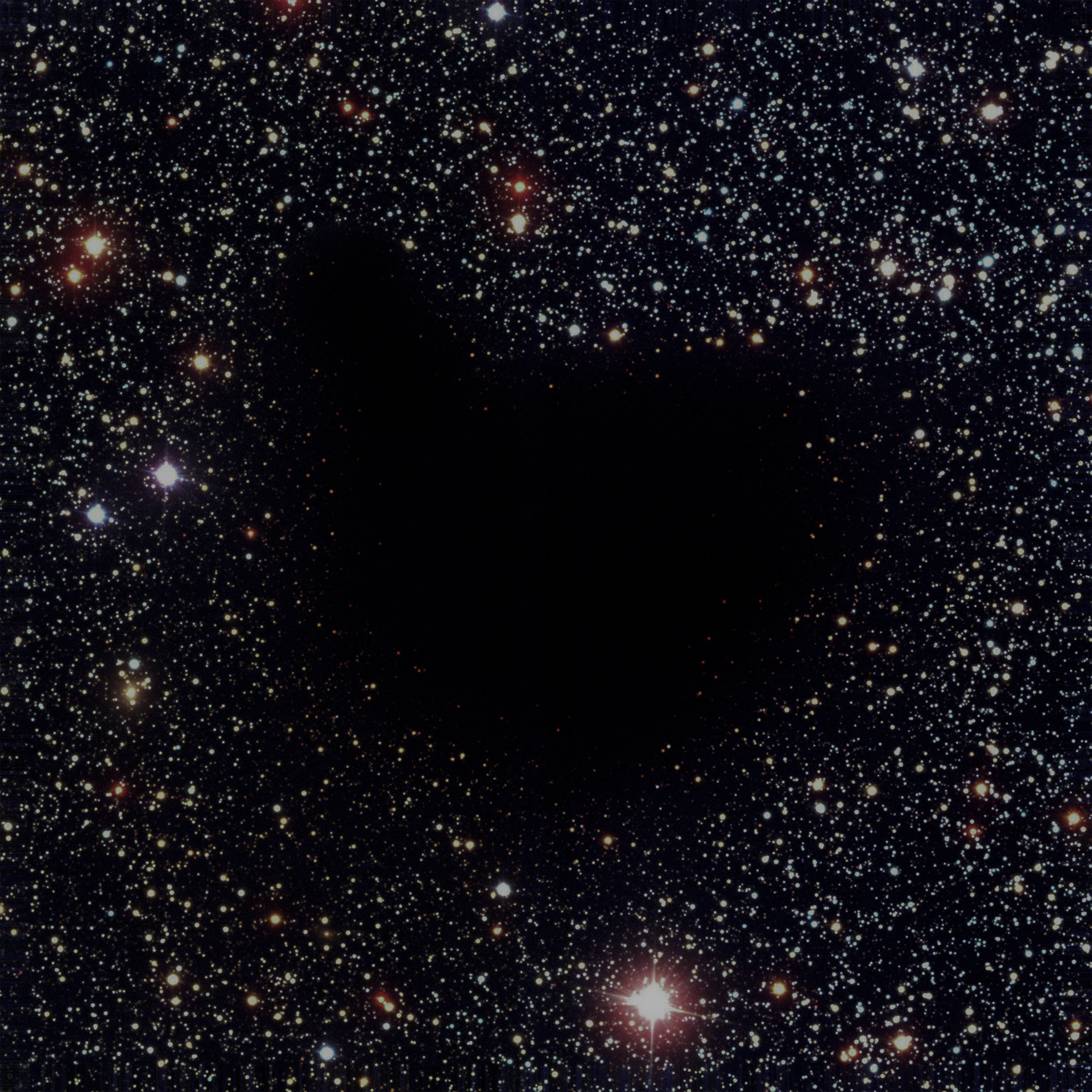
Boötes VoidCanis Major Void · Columba Void · Fornax Void
|
| Intergalactic Void Primary Plane |
I |
| … a result of a large scale, foam-like distribution of galaxies, with Constructs of Galaxy Clusters and Galaxy Groups, aligning with filaments that occupy a tenth of the total space, with the remaining huge voids spanning distances between 10 to 40 million parsecs. The voids are occupied by rarefied plasma that represents a galactic filamentary structure, known as the intergalactic medium with a density of 5 to 200 times the average density of the Universe and primarily consisting of ionised hydrogen. As gas traverses into the intergalactic medium from the voids, it heats up to temperatures of 107K, high enough to cause bound electrons to escape from the hydrogen nuclei and is why the intergalactic medium is ionised. It is estimated that up to half of the atomic matter in the Universe may exist in this warm, rarefied state. 
Boötes VoidCanis Major Void · Columba Void · Fornax Void
|
| Intergalactic Void Primary Plane |
I |
| … a result of a large scale, foam-like distribution of galaxies, with Constructs of Galaxy Clusters and Galaxy Groups, aligning with filaments that occupy a tenth of the total space, with the remaining huge voids spanning distances between 10 to 40 million parsecs. The voids are occupied by rarefied plasma that represents a galactic filamentary structure, known as the intergalactic medium with a density of 5 to 200 times the average density of the Universe and primarily consisting of ionised hydrogen. As gas traverses into the intergalactic medium from the voids, it heats up to temperatures of 107K, high enough to cause bound electrons to escape from the hydrogen nuclei and is why the intergalactic medium is ionised. It is estimated that up to half of the atomic matter in the Universe may exist in this warm, rarefied state. 
Boötes VoidCanis Major Void · Columba Void · Fornax Void
|
| Intergalactic Void Primary Plane |
I |
| … a result of a large scale, foam-like distribution of galaxies, with Constructs of Galaxy Clusters and Galaxy Groups, aligning with filaments that occupy a tenth of the total space, with the remaining huge voids spanning distances between 10 to 40 million parsecs. The voids are occupied by rarefied plasma that represents a galactic filamentary structure, known as the intergalactic medium with a density of 5 to 200 times the average density of the Universe and primarily consisting of ionised hydrogen. As gas traverses into the intergalactic medium from the voids, it heats up to temperatures of 107K, high enough to cause bound electrons to escape from the hydrogen nuclei and is why the intergalactic medium is ionised. It is estimated that up to half of the atomic matter in the Universe may exist in this warm, rarefied state. 
Boötes VoidCanis Major Void · Columba Void · Fornax Void
|
| Intergalactic Void Primary Plane |
I |
| … a result of a large scale, foam-like distribution of galaxies, with Constructs of Galaxy Clusters and Galaxy Groups, aligning with filaments that occupy a tenth of the total space, with the remaining huge voids spanning distances between 10 to 40 million parsecs. The voids are occupied by rarefied plasma that represents a galactic filamentary structure, known as the intergalactic medium with a density of 5 to 200 times the average density of the Universe and primarily consisting of ionised hydrogen. As gas traverses into the intergalactic medium from the voids, it heats up to temperatures of 107K, high enough to cause bound electrons to escape from the hydrogen nuclei and is why the intergalactic medium is ionised. It is estimated that up to half of the atomic matter in the Universe may exist in this warm, rarefied state. 
Boötes VoidCanis Major Void · Columba Void · Fornax Void
|
| Irregular Galaxy Secondary Plane |
I |
… amounting to 5% of all galaxies in the known universe, the Hubble Classification defines two classes of irregular galaxies, the first being: Irr I Galaxies that lack a central bulge, spiral structure or symmetric profile and may contain young, individual star clusters. Irr II galaxies lack a clear resolve for identifying individual stars, stellar clusters, or symmetric profile.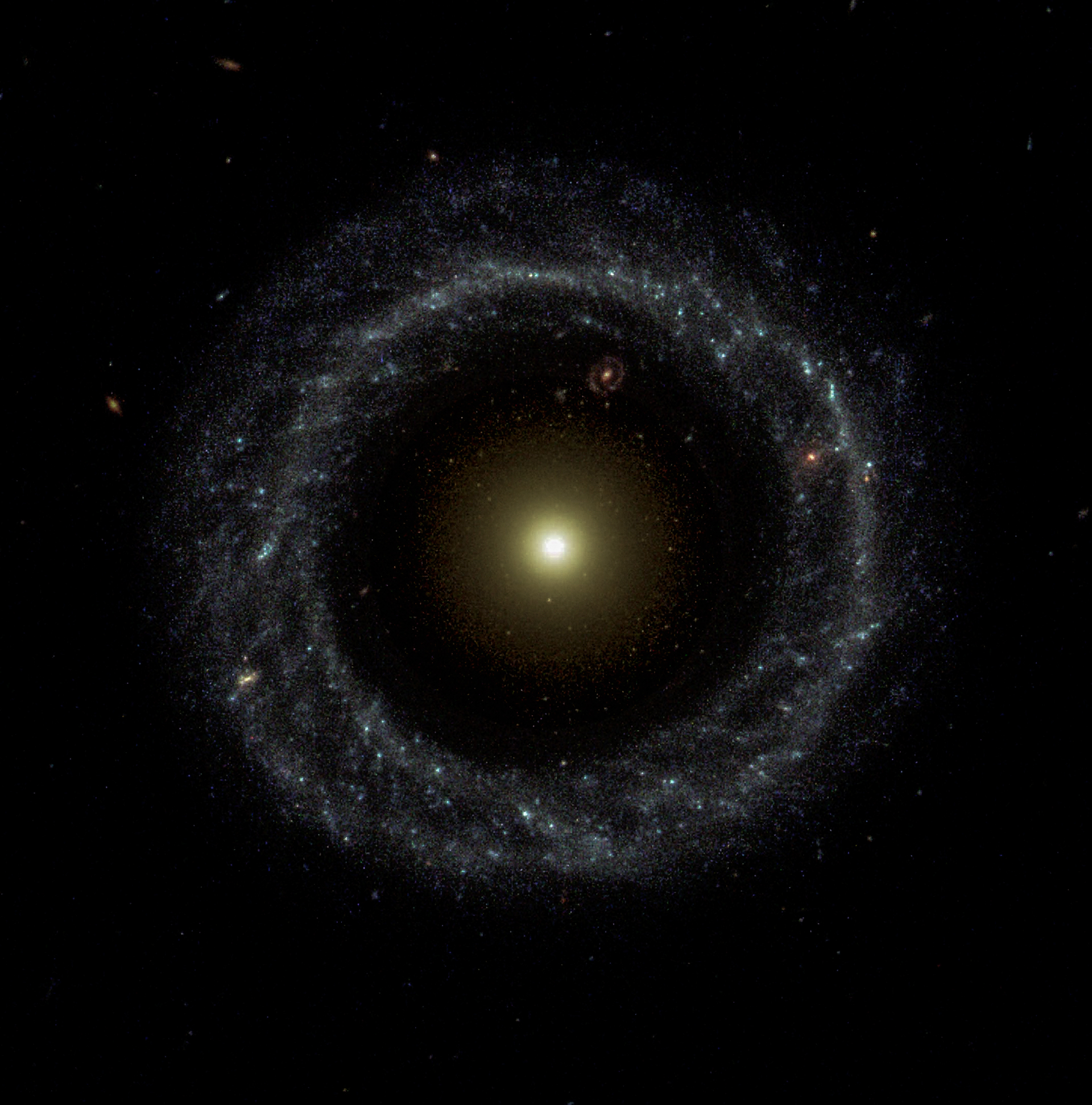
Hoag’s ObjectIC3583 (PGC14077) · NGC2337 (PGC20298) · UGC4459
|
| Irregular Galaxy Secondary Plane |
I |
… amounting to 5% of all galaxies in the known universe, the Hubble Classification defines two classes of irregular galaxies, the first being: Irr I Galaxies that lack a central bulge, spiral structure or symmetric profile and may contain young, individual star clusters. Irr II galaxies lack a clear resolve for identifying individual stars, stellar clusters, or symmetric profile.
Hoag’s ObjectIC3583 (PGC14077) · NGC2337 (PGC20298) · UGC4459
|
| Irregular Galaxy Secondary Plane |
I |
… amounting to 5% of all galaxies in the known universe, the Hubble Classification defines two classes of irregular galaxies, the first being: Irr I Galaxies that lack a central bulge, spiral structure or symmetric profile and may contain young, individual star clusters. Irr II galaxies lack a clear resolve for identifying individual stars, stellar clusters, or symmetric profile.
Hoag’s ObjectIC3583 (PGC14077) · NGC2337 (PGC20298) · UGC4459
|
| Irregular Galaxy Secondary Plane |
I |
… amounting to 5% of all galaxies in the known universe, the Hubble Classification defines two classes of irregular galaxies, the first being: Irr I Galaxies that lack a central bulge, spiral structure or symmetric profile and may contain young, individual star clusters. Irr II galaxies lack a clear resolve for identifying individual stars, stellar clusters, or symmetric profile.
Hoag’s ObjectIC3583 (PGC14077) · NGC2337 (PGC20298) · UGC4459
|
| Irregular Galaxy Secondary Plane |
I |
… amounting to 5% of all galaxies in the known universe, the Hubble Classification defines two classes of irregular galaxies, the first being: Irr I Galaxies that lack a central bulge, spiral structure or symmetric profile and may contain young, individual star clusters. Irr II galaxies lack a clear resolve for identifying individual stars, stellar clusters, or symmetric profile.
Hoag’s ObjectIC3583 (PGC14077) · NGC2337 (PGC20298) · UGC4459
|
| Irregular Moon Senary Plane |
I |
… natural satellites that are captured, possess a pro or retrograde orbit to the planet rotation and are generally at an extreme angle to the equator of the planet they are orbiting.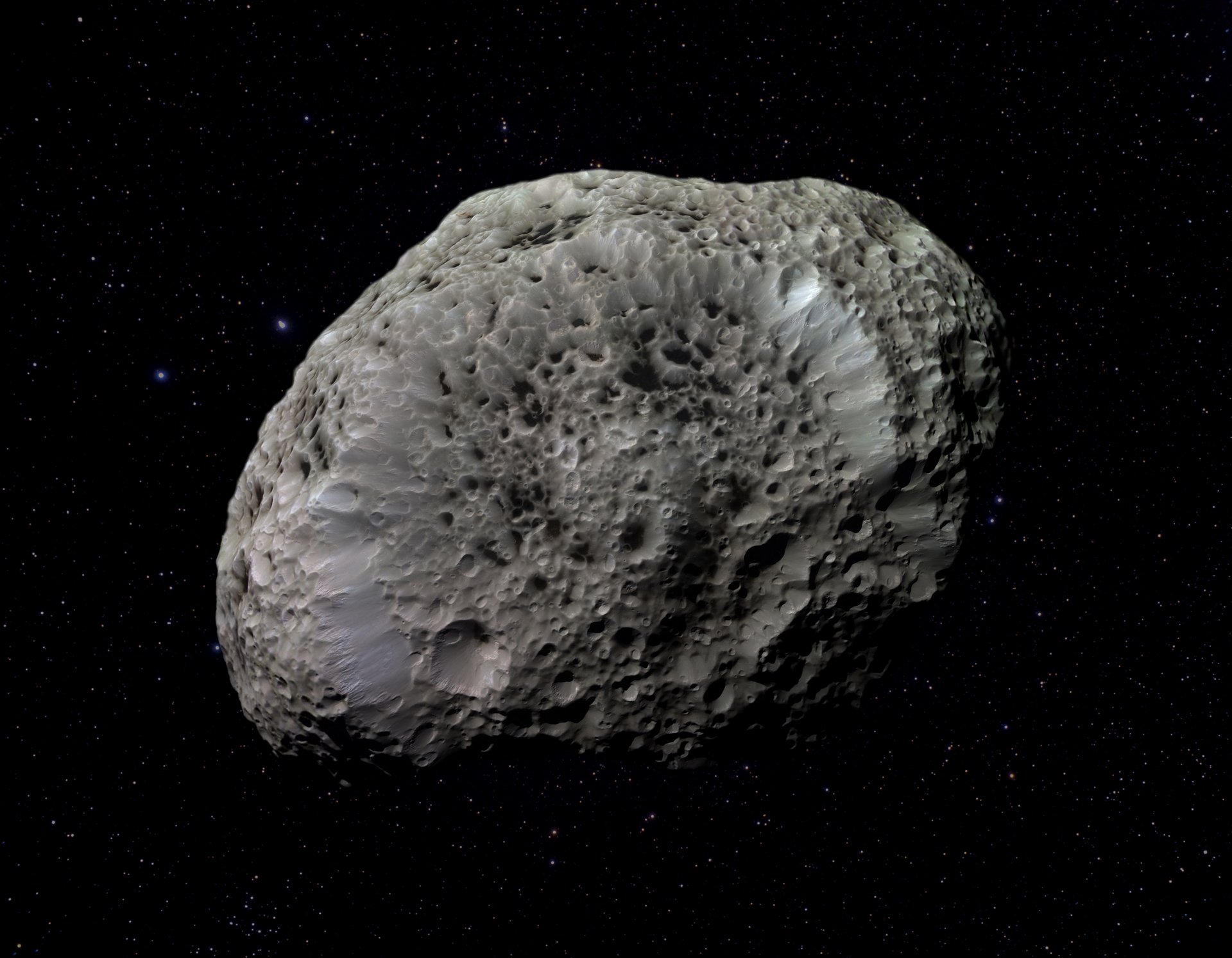
Hyperion, Irregular Moon of SaturnPasiphae, Retrograde (Jupiter) · Lysithea, Prograde (Jupiter)
|
| Irregular Moon Senary Plane |
I |
… natural satellites that are captured, possess a pro or retrograde orbit to the planet rotation and are generally at an extreme angle to the equator of the planet they are orbiting.
Hyperion, Irregular Moon of SaturnPasiphae, Retrograde (Jupiter) · Lysithea, Prograde (Jupiter)
|
| Irregular Moon Senary Plane |
I |
… natural satellites that are captured, possess a pro or retrograde orbit to the planet rotation and are generally at an extreme angle to the equator of the planet they are orbiting.
Hyperion, Irregular Moon of SaturnPasiphae, Retrograde (Jupiter) · Lysithea, Prograde (Jupiter)
|
| Irregular Moon Senary Plane |
I |
… natural satellites that are captured, possess a pro or retrograde orbit to the planet rotation and are generally at an extreme angle to the equator of the planet they are orbiting.
Hyperion, Irregular Moon of SaturnPasiphae, Retrograde (Jupiter) · Lysithea, Prograde (Jupiter)
|
| Irregular Moon Senary Plane |
I |
… natural satellites that are captured, possess a pro or retrograde orbit to the planet rotation and are generally at an extreme angle to the equator of the planet they are orbiting.
Hyperion, Irregular Moon of SaturnPasiphae, Retrograde (Jupiter) · Lysithea, Prograde (Jupiter)
|
| J | ||
| A B C D E F G H I J K L M N O P Q R S T U V W X Y Z # Ω |
| J | ||
| A B C D E F G H I J K L M N O P Q R S T U V W X Y Z # Ω |
| J | ||
| A B C D E F G H I J K L M N O P Q R S T U V W X Y Z # Ω |
| J |
||
| A B C D E F G H I J K L M N O P Q R S T U V W X Y Z # Ω |
| J |
| Jansky Astronomy Term |
D |
| … is an indication of flux density (radio source reception rate) of electromagnetic radiation received from beyond Earth. A typical radio source has a spectral flux density of 1 Jy. |
| Jansky Astronomy Term |
D |
| … is an indication of flux density (radio source reception rate) of electromagnetic radiation received from beyond Earth. A typical radio source has a spectral flux density of 1 Jy. |
| Jansky Astronomy Term |
D |
| … is an indication of flux density (radio source reception rate) of electromagnetic radiation received from beyond Earth. A typical radio source has a spectral flux density of 1 Jy. |
| Jansky Astronomy Term |
D |
| … is an indication of flux density (radio source reception rate) of electromagnetic radiation received from beyond Earth. A typical radio source has a spectral flux density of 1 Jy. |
| Jansky Astronomy Term |
D |
| … is an indication of flux density (radio source reception rate) of electromagnetic radiation received from beyond Earth. A typical radio source has a spectral flux density of 1 Jy. |
| K | ||
| A B C D E F G H I J K L M N O P Q R S T U V W X Y Z # Ω |
| K | ||
| A B C D E F G H I J K L M N O P Q R S T U V W X Y Z # Ω |
| K | ||
| A B C D E F G H I J K L M N O P Q R S T U V W X Y Z # Ω |
| K | ||
| A B C D E F G H I J K L M N O P Q R S T U V W X Y Z # Ω |
| K |
| Kepler’s Laws of Motion Fundamental Term |
K |
| … with Kepler’s First Law: A planet orbits the Sun in an ellipse with the Sun at one focus. … with Kepler’s Second Law: A ray directed from the Sun to a planet sweeps out equal areas in equal times. … with Kepler’s Third Law: The square of the period of a planet’s orbit is proportional to the cube of that planet’s semi major axis; the constant of proportionality is the same for all planets. Discovered by
|
| Kepler’s Laws of Motion Fundamental Term |
K |
| … with Kepler’s First Law: A planet orbits the Sun in an ellipse with the Sun at one focus. … with Kepler’s Second Law: A ray directed from the Sun to a planet sweeps out equal areas in equal times. … with Kepler’s Third Law: The square of the period of a planet’s orbit is proportional to the cube of that planet’s semi major axis; the constant of proportionality is the same for all planets. Discovered by
|
| Kepler’s Laws of Motion Fundamental Term |
K |
| … with Kepler’s First Law: A planet orbits the Sun in an ellipse with the Sun at one focus. … with Kepler’s Second Law: A ray directed from the Sun to a planet sweeps out equal areas in equal times. … with Kepler’s Third Law: The square of the period of a planet’s orbit is proportional to the cube of that planet’s semi major axis; the constant of proportionality is the same for all planets. Discovered by
|
| Kepler’s Laws of Motion Fundamental Term |
K |
| … with Kepler’s First Law: A planet orbits the Sun in an ellipse with the Sun at one focus. … with Kepler’s Second Law: A ray directed from the Sun to a planet sweeps out equal areas in equal times. … with Kepler’s Third Law: The square of the period of a planet’s orbit is proportional to the cube of that planet’s semi major axis; the constant of proportionality is the same for all planets. Discovered by
|
| Kepler’s Laws of Motion Fundamental Term |
K |
| … with Kepler’s First Law: A planet orbits the Sun in an ellipse with the Sun at one focus. … with Kepler’s Second Law: A ray directed from the Sun to a planet sweeps out equal areas in equal times. … with Kepler’s Third Law: The square of the period of a planet’s orbit is proportional to the cube of that planet’s semi major axis; the constant of proportionality is the same for all planets. Discovered by
|
| K-T Extinction Event Geology Term |
I |
… is known as the Cretaceous–Tertiary Extinction Event, the end of the Cretaceous period and extinction of the dinosaurs, 65.5 million years ago. This KT Boundary marks a period of massive volcanic activity and heavy bombardment, with evidence of impacts at the Chicxulub crater in Mexico, Boltysh crater in Ukraine, Silverpit crater in North Sea, and the Shiva crater, a sea floor structure, under the continental shelf in the Indian Ocean, west of Mumbai, India.
K-T Extinction Boundary |
| K-T Extinction Event Geology Term |
I |
… is known as the Cretaceous–Tertiary Extinction Event, the end of the Cretaceous period and extinction of the dinosaurs, 65.5 million years ago. This KT Boundary marks a period of massive volcanic activity and heavy bombardment, with evidence of impacts at the Chicxulub crater in Mexico, Boltysh crater in Ukraine, Silverpit crater in North Sea, and the Shiva crater, a sea floor structure, under the continental shelf in the Indian Ocean, west of Mumbai, India.
K-T Extinction Boundary |
| K-T Extinction Event Geology Term |
I |
… is known as the Cretaceous–Tertiary Extinction Event, the end of the Cretaceous period and extinction of the dinosaurs, 65.5 million years ago. This KT Boundary marks a period of massive volcanic activity and heavy bombardment, with evidence of impacts at the Chicxulub crater in Mexico, Boltysh crater in Ukraine, Silverpit crater in North Sea, and the Shiva crater, a sea floor structure, under the continental shelf in the Indian Ocean, west of Mumbai, India.
K-T Extinction Boundary |
| K-T Extinction Event Geology Term |
I |
… is known as the Cretaceous–Tertiary Extinction Event, the end of the Cretaceous period and extinction of the dinosaurs, 65.5 million years ago. This KT Boundary marks a period of massive volcanic activity and heavy bombardment, with evidence of impacts at the Chicxulub crater in Mexico, Boltysh crater in Ukraine, Silverpit crater in North Sea, and the Shiva crater, a sea floor structure, under the continental shelf in the Indian Ocean, west of Mumbai, India.
K-T Extinction Boundary |
| K-T Extinction Event Geology Term |
I |
… is known as the Cretaceous–Tertiary Extinction Event, the end of the Cretaceous period and extinction of the dinosaurs, 65.5 million years ago. This KT Boundary marks a period of massive volcanic activity and heavy bombardment, with evidence of impacts at the Chicxulub crater in Mexico, Boltysh crater in Ukraine, Silverpit crater in North Sea, and the Shiva crater, a sea floor structure, under the continental shelf in the Indian Ocean, west of Mumbai, India.
K-T Extinction Boundary |
| L | ||
| A B C D E F G H I J K L M N O P Q R S T U V W X Y Z # Ω |
| L | ||
| A B C D E F G H I J K L M N O P Q R S T U V W X Y Z # Ω |
| L |
||
| A B C D E F G H I J K L M N O P Q R S T U V W X Y Z # Ω |
| L |
||
| A B C D E F G H I J K L M N O P Q R S T U V W X Y Z # Ω |
| L |
| Lenticular Galaxy Secondary Plane |
L |
… amounting to 20% of all galaxies in the known universe, the Hubble Classification defines a lenticular galaxy (S0), as having a circular or elliptical core that is not barred and a central spherical bulge with no arms and surrounded by a halo.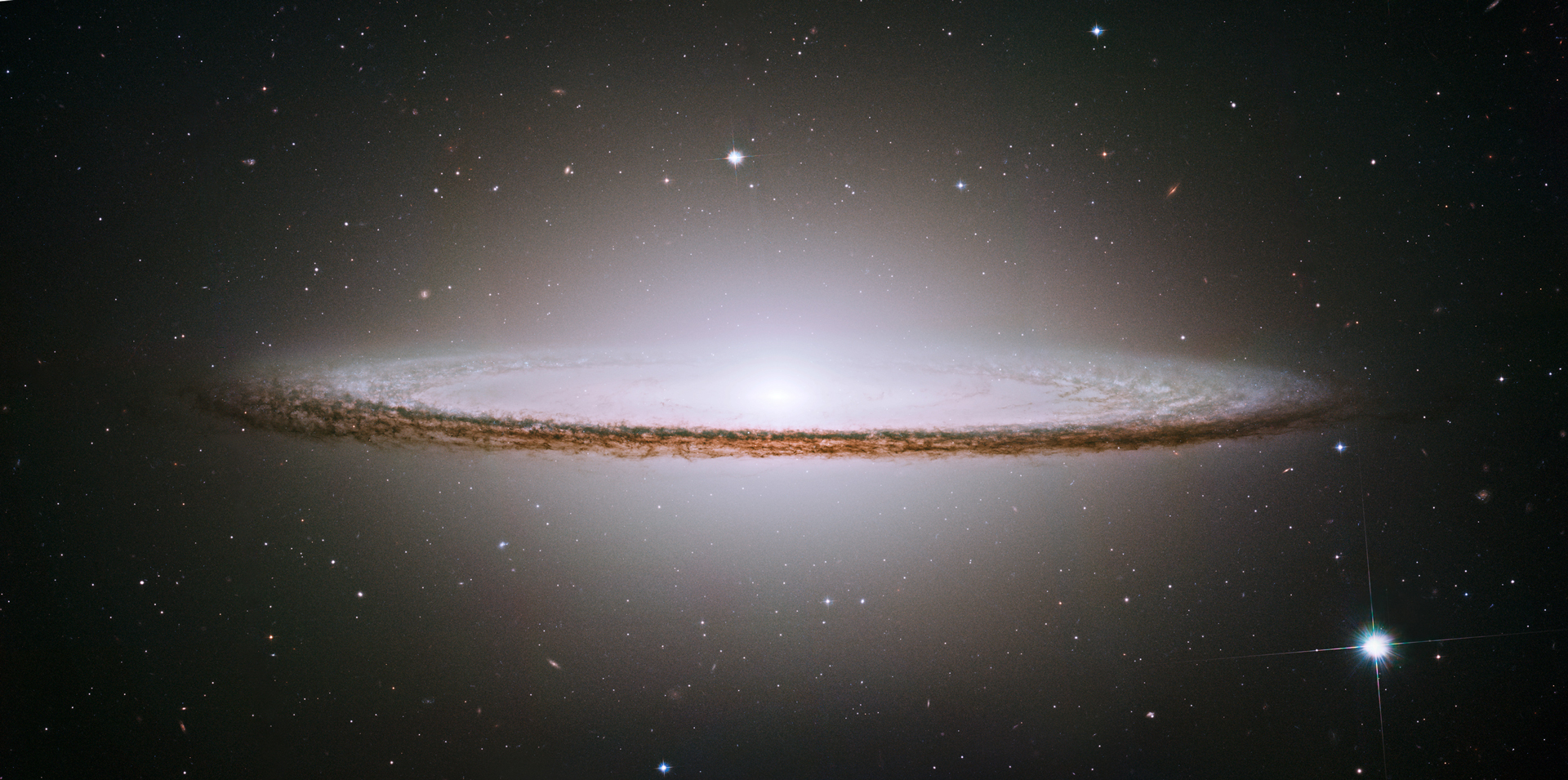
Sombrero Galaxy (M104)Cartwheel Galaxy (PGC2248) · NGC2787 (PGC26341)
|
| Lenticular Galaxy Secondary Plane |
L |
… amounting to 20% of all galaxies in the known universe, the Hubble Classification defines a lenticular galaxy (S0), as having a circular or elliptical core that is not barred and a central spherical bulge with no arms and surrounded by a halo.
Sombrero Galaxy (M104)Cartwheel Galaxy (PGC2248) · NGC2787 (PGC26341)
|
| Lenticular Galaxy Secondary Plane |
L |
… amounting to 20% of all galaxies in the known universe, the Hubble Classification defines a lenticular galaxy (S0), as having a circular or elliptical core that is not barred and a central spherical bulge with no arms and surrounded by a halo.
Sombrero Galaxy (M104)Cartwheel Galaxy (PGC2248) · NGC2787 (PGC26341)
|
| Lenticular Galaxy Secondary Plane |
L |
… amounting to 20% of all galaxies in the known universe, the Hubble Classification defines a lenticular galaxy (S0), as having a circular or elliptical core that is not barred and a central spherical bulge with no arms and surrounded by a halo.
Sombrero Galaxy (M104)Cartwheel Galaxy (PGC2248) · NGC2787 (PGC26341)
|
| Lenticular Galaxy Secondary Plane |
L |
… amounting to 20% of all galaxies in the known universe, the Hubble Classification defines a lenticular galaxy (S0), as having a circular or elliptical core that is not barred and a central spherical bulge with no arms and surrounded by a halo.
Sombrero Galaxy (M104)Cartwheel Galaxy (PGC2248) · NGC2787 (PGC26341)
|
| Lunar Septenary Plane |
L |
… an astronomical or manufactured body, that is in a selenocentric orbit around a moon.
Apollo 11 Lunar Module |
| Lunar Septenary Plane |
L |
… an astronomical or manufactured body, that is in a selenocentric orbit around a moon.
Apollo 11 Lunar Module |
| Lunar Septenary Plane |
L |
… an astronomical or manufactured body, that is in a selenocentric orbit around a moon.
Apollo 11 Lunar Module |
| Lunar Septenary Plane |
L |
… an astronomical or manufactured body, that is in a selenocentric orbit around a moon.
Apollo 11 Lunar Module |
| Lunar Septenary Plane |
L |
… an astronomical or manufactured body, that is in a selenocentric orbit around a moon.
Apollo 11 Lunar Module |
| Lunar Satellite Septenary Plane |
L |
… a manufactured object which has been intentionally placed into a selenocentric orbit around a moon. Low Lunar Orbit is at an altitude of 100 kilometres and with frozen orbits occurring at four orbital inclinations: 27, 50, 76, and 86 degrees, which allow satellites to stay in orbit indefinitely.
Apollo 17 CSM |
| Lunar Satellite Septenary Plane |
L |
… a manufactured object which has been intentionally placed into a selenocentric orbit around a moon. Low Lunar Orbit is at an altitude of 100 kilometres and with frozen orbits occurring at four orbital inclinations: 27, 50, 76, and 86 degrees, which allow satellites to stay in orbit indefinitely.
Apollo 17 CSM |
| Lunar Satellite Septenary Plane |
L |
… a manufactured object which has been intentionally placed into a selenocentric orbit around a moon. Low Lunar Orbit is at an altitude of 100 kilometres and with frozen orbits occurring at four orbital inclinations: 27, 50, 76, and 86 degrees, which allow satellites to stay in orbit indefinitely.
Apollo 17 CSM |
| Lunar Satellite Septenary Plane |
L |
… a manufactured object which has been intentionally placed into a selenocentric orbit around a moon. Low Lunar Orbit is at an altitude of 100 kilometres and with frozen orbits occurring at four orbital inclinations: 27, 50, 76, and 86 degrees, which allow satellites to stay in orbit indefinitely.
Apollo 17 CSM |
| Lunar Satellite Septenary Plane |
L |
… a manufactured object which has been intentionally placed into a selenocentric orbit around a moon. Low Lunar Orbit is at an altitude of 100 kilometres and with frozen orbits occurring at four orbital inclinations: 27, 50, 76, and 86 degrees, which allow satellites to stay in orbit indefinitely.
Apollo 17 CSM |
| M | ||
| A B C D E F G H I J K L M N O P Q R S T U V W X Y Z # Ω |
| M | ||
| A B C D E F G H I J K L M N O P Q R S T U V W X Y Z # Ω |
| M | ||
| A B C D E F G H I J K L M N O P Q R S T U V W X Y Z # Ω |
| M | ||
| A B C D E F G H I J K L M N O P Q R S T U V W X Y Z # Ω |
| M |
| Mesozoic Era Geology Timeline |
M |
| 251 to 65.5 Million Years Ago Triassic Period · Jurassic Period · Cretaceous Period |
| Mesozoic Era Geology Timeline |
M |
| 251 to 65.5 Million Years Ago Triassic Period · Jurassic Period · Cretaceous Period |
| Mesozoic Era Geology Timeline |
M |
| 251 to 65.5 Million Years Ago Triassic Period · Jurassic Period · Cretaceous Period |
| Mesozoic Era Geology Timeline |
M |
| 251 to 65.5 Million Years Ago Triassic Period · Jurassic Period · Cretaceous Period |
| Mesozoic Era Geology Timeline |
M |
| 251 to 65.5 Million Years Ago Triassic Period · Jurassic Period · Cretaceous Period |
| Meteor Quinary Plane |
L |
| … a singular astronomical body with a nucleus composed of nickel, iron and stone. Meteoroids with grain-like inclusions (chondrules) are called chondrites, whereas Meteoroids without chondrules are called achondrites. Meteoroid compositions can be determined from their light spectra as they pass through a known planetary atmosphere, on Earth, meteors passing through superheated air plasma display colours of orange-yellow for Sodium, Yellow for Iron, blue-green for Magnesium, violet for Calcium and Red for nitrogen and oxygen. Detectable by radio signals, trajectory measurements have found orbits clustering in streams (meteor showers) and are often associated with a parent comet. Meteoroids have densities ranging from fragile snowball-like objects to nickel-iron rich dense rocks. Meteors mostly come from the Asteroids from the Asteroid Belt and from Comets and ejected from Planets, have a highly eccentric elliptical path and wide range of orbital periods which range from several years (Kuiper Belt) to millions of years (Oort Cloud). Meteors directly orbits a parent nucleus with a singular (star or black hole) or multiple (stars or black holes) and may be accelerated to leave its current orbit or may be captured. A Meteorite is a meteor fragment that survives its passage through a planetary or lunar atmosphere. There are an estimated 84,000 known Meteors witnessed every year, ranging in size from dust grains of 100µm to 1m in diameter. 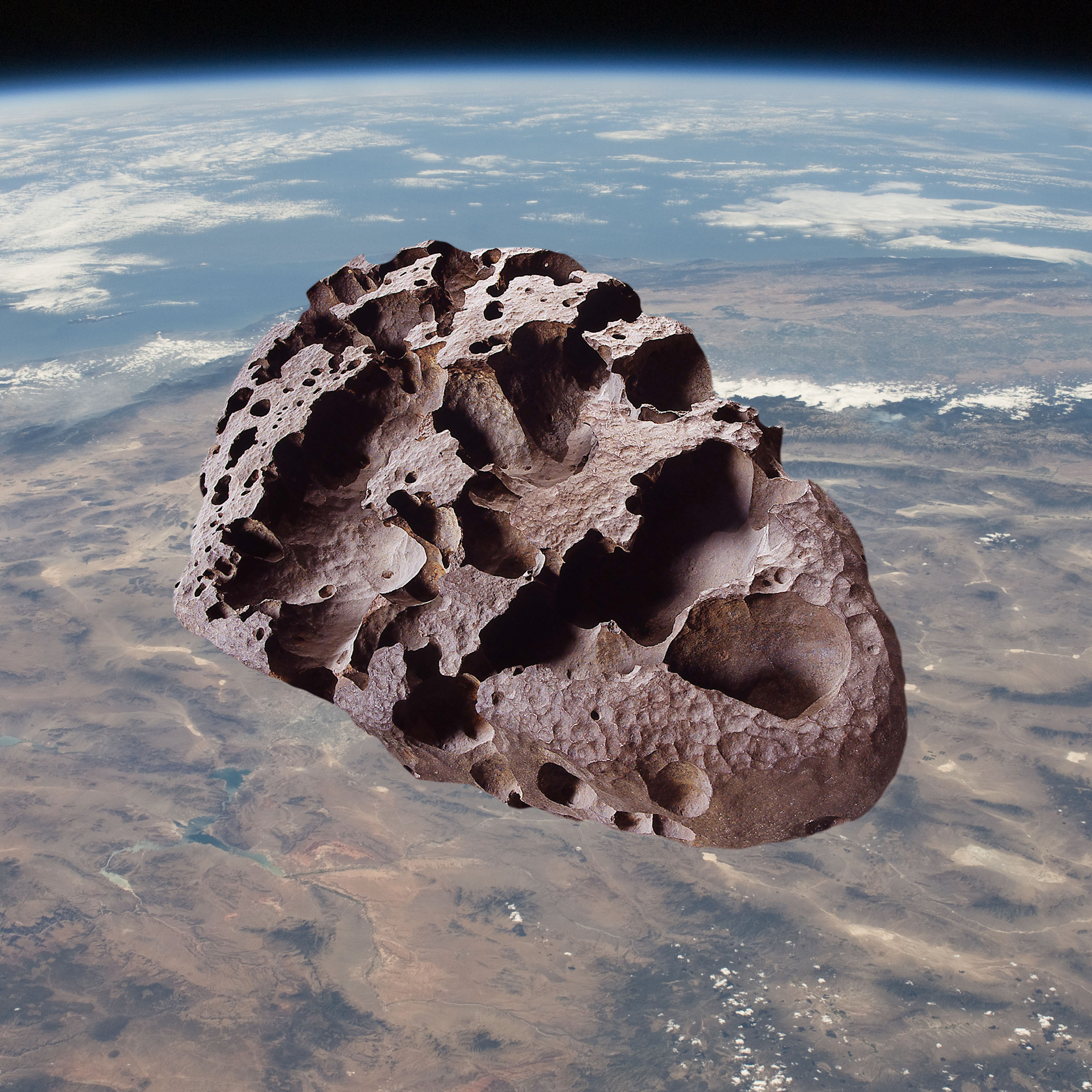
Willamette Meteor, Iron III, 14,125 kgBone Meteor · Chelyabinsk Meteor (Chondrite, LL5)
|
| Meteor Quinary Plane |
L |
| … a singular astronomical body with a nucleus composed of nickel, iron and stone. Meteoroids with grain-like inclusions (chondrules) are called chondrites, whereas Meteoroids without chondrules are called achondrites. Meteoroid compositions can be determined from their light spectra as they pass through a known planetary atmosphere, on Earth, meteors passing through superheated air plasma display colours of orange-yellow for Sodium, Yellow for Iron, blue-green for Magnesium, violet for Calcium and Red for nitrogen and oxygen. Detectable by radio signals, trajectory measurements have found orbits clustering in streams (meteor showers) and are often associated with a parent comet. Meteoroids have densities ranging from fragile snowball-like objects to nickel-iron rich dense rocks. Meteors mostly come from the Asteroids from the Asteroid Belt and from Comets and ejected from Planets, have a highly eccentric elliptical path and wide range of orbital periods which range from several years (Kuiper Belt) to millions of years (Oort Cloud). Meteors directly orbits a parent nucleus with a singular (star or black hole) or multiple (stars or black holes) and may be accelerated to leave its current orbit or may be captured. A Meteorite is a meteor fragment that survives its passage through a planetary or lunar atmosphere. There are an estimated 84,000 known Meteors witnessed every year, ranging in size from dust grains of 100µm to 1m in diameter. 
Willamette Meteor, Iron III, 14,125 kgBone Meteor · Chelyabinsk Meteor (Chondrite, LL5)
|
| Meteor Quinary Plane |
L |
| … a singular astronomical body with a nucleus composed of nickel, iron and stone. Meteoroids with grain-like inclusions (chondrules) are called chondrites, whereas Meteoroids without chondrules are called achondrites. Meteoroid compositions can be determined from their light spectra as they pass through a known planetary atmosphere, on Earth, meteors passing through superheated air plasma display colours of orange-yellow for Sodium, Yellow for Iron, blue-green for Magnesium, violet for Calcium and Red for nitrogen and oxygen. Detectable by radio signals, trajectory measurements have found orbits clustering in streams (meteor showers) and are often associated with a parent comet. Meteoroids have densities ranging from fragile snowball-like objects to nickel-iron rich dense rocks. Meteors mostly come from the Asteroids from the Asteroid Belt and from Comets and ejected from Planets, have a highly eccentric elliptical path and wide range of orbital periods which range from several years (Kuiper Belt) to millions of years (Oort Cloud). Meteors directly orbits a parent nucleus with a singular (star or black hole) or multiple (stars or black holes) and may be accelerated to leave its current orbit or may be captured. A Meteorite is a meteor fragment that survives its passage through a planetary or lunar atmosphere. There are an estimated 84,000 known Meteors witnessed every year, ranging in size from dust grains of 100µm to 1m in diameter. 
Willamette Meteor, Iron III, 14,125 kgBone Meteor · Chelyabinsk Meteor (Chondrite, LL5)
|
| Meteor Quinary Plane |
L |
| … a singular astronomical body with a nucleus composed of nickel, iron and stone. Meteoroids with grain-like inclusions (chondrules) are called chondrites, whereas Meteoroids without chondrules are called achondrites. Meteoroid compositions can be determined from their light spectra as they pass through a known planetary atmosphere, on Earth, meteors passing through superheated air plasma display colours of orange-yellow for Sodium, Yellow for Iron, blue-green for Magnesium, violet for Calcium and Red for nitrogen and oxygen. Detectable by radio signals, trajectory measurements have found orbits clustering in streams (meteor showers) and are often associated with a parent comet. Meteoroids have densities ranging from fragile snowball-like objects to nickel-iron rich dense rocks. Meteors mostly come from the Asteroids from the Asteroid Belt and from Comets and ejected from Planets, have a highly eccentric elliptical path and wide range of orbital periods which range from several years (Kuiper Belt) to millions of years (Oort Cloud). Meteors directly orbits a parent nucleus with a singular (star or black hole) or multiple (stars or black holes) and may be accelerated to leave its current orbit or may be captured. A Meteorite is a meteor fragment that survives its passage through a planetary or lunar atmosphere. There are an estimated 84,000 known Meteors witnessed every year, ranging in size from dust grains of 100µm to 1m in diameter. 
Willamette Meteor, Iron III, 14,125 kgBone Meteor · Chelyabinsk Meteor (Chondrite, LL5)
|
| Meteor Quinary Plane |
L |
| … a singular astronomical body with a nucleus composed of nickel, iron and stone. Meteoroids with grain-like inclusions (chondrules) are called chondrites, whereas Meteoroids without chondrules are called achondrites. Meteoroid compositions can be determined from their light spectra as they pass through a known planetary atmosphere, on Earth, meteors passing through superheated air plasma display colours of orange-yellow for Sodium, Yellow for Iron, blue-green for Magnesium, violet for Calcium and Red for nitrogen and oxygen. Detectable by radio signals, trajectory measurements have found orbits clustering in streams (meteor showers) and are often associated with a parent comet. Meteoroids have densities ranging from fragile snowball-like objects to nickel-iron rich dense rocks. Meteors mostly come from the Asteroids from the Asteroid Belt and from Comets and ejected from Planets, have a highly eccentric elliptical path and wide range of orbital periods which range from several years (Kuiper Belt) to millions of years (Oort Cloud). Meteors directly orbits a parent nucleus with a singular (star or black hole) or multiple (stars or black holes) and may be accelerated to leave its current orbit or may be captured. A Meteorite is a meteor fragment that survives its passage through a planetary or lunar atmosphere. There are an estimated 84,000 known Meteors witnessed every year, ranging in size from dust grains of 100µm to 1m in diameter. 
Willamette Meteor, Iron III, 14,125 kgBone Meteor · Chelyabinsk Meteor (Chondrite, LL5)
|
| Moon Senary Plane |
M |
… an astronomical body that is no larger than the prime dominant sibling of the planetary system that it orbits, collectively with or without other moons and in orbit around a parent nucleus with a singular (star or black hole) or multiple (stars or black holes) of greater mass.
Luna, the Earth Moon |
| Moon Senary Plane |
M |
… an astronomical body that is no larger than the prime dominant sibling of the planetary system that it orbits, collectively with or without other moons and in orbit around a parent nucleus with a singular (star or black hole) or multiple (stars or black holes) of greater mass.
Luna, the Earth Moon |
| Moon Senary Plane |
M |
… an astronomical body that is no larger than the prime dominant sibling of the planetary system that it orbits, collectively with or without other moons and in orbit around a parent nucleus with a singular (star or black hole) or multiple (stars or black holes) of greater mass.
Luna, the Earth Moon |
| Moon Senary Plane |
M |
… an astronomical body that is no larger than the prime dominant sibling of the planetary system that it orbits, collectively with or without other moons and in orbit around a parent nucleus with a singular (star or black hole) or multiple (stars or black holes) of greater mass.
Luna, the Earth Moon |
| Moon Senary Plane |
M |
… an astronomical body that is no larger than the prime dominant sibling of the planetary system that it orbits, collectively with or without other moons and in orbit around a parent nucleus with a singular (star or black hole) or multiple (stars or black holes) of greater mass.
Luna, the Earth Moon |
| N | ||
| A B C D E F G H I J K L M N O P Q R S T U V W X Y Z # Ω |
| N | ||
| A B C D E F G H I J K L M N O P Q R S T U V W X Y Z # Ω |
| N | ||
| A B C D E F G H I J K L M N O P Q R S T U V W X Y Z # Ω |
| N | ||
| A B C D E F G H I J K L M N O P Q R S T U V W X Y Z # Ω |
| N |
| Newton’s Laws of Motion Fundamental Term |
N |
| … with Newton’s First Law of Motion: A body continues in its state of constant velocity (which may be zero) unless it is acted upon by an external force. … with Newton’s Second Law of Motion: For an unbalanced force acting on a body, the acceleration produced is proportional to the force impressed; the constant of proportionality is the inertial mass of the body. … with Newton’s Third Law of Motion: In a system where no external forces are present, every action force is always opposed by an equal and opposite reaction. Discovered by
|
| Newton’s Laws of Motion Fundamental Term |
N |
| … with Newton’s First Law of Motion: A body continues in its state of constant velocity (which may be zero) unless it is acted upon by an external force. … with Newton’s Second Law of Motion: For an unbalanced force acting on a body, the acceleration produced is proportional to the force impressed; the constant of proportionality is the inertial mass of the body. … with Newton’s Third Law of Motion: In a system where no external forces are present, every action force is always opposed by an equal and opposite reaction. Discovered by
|
| Newton’s Laws of Motion Fundamental Term |
N |
| … with Newton’s First Law of Motion: A body continues in its state of constant velocity (which may be zero) unless it is acted upon by an external force. … with Newton’s Second Law of Motion: For an unbalanced force acting on a body, the acceleration produced is proportional to the force impressed; the constant of proportionality is the inertial mass of the body. … with Newton’s Third Law of Motion: In a system where no external forces are present, every action force is always opposed by an equal and opposite reaction. Discovered by
|
| Newton’s Laws of Motion Fundamental Term |
N |
| … with Newton’s First Law of Motion: A body continues in its state of constant velocity (which may be zero) unless it is acted upon by an external force. … with Newton’s Second Law of Motion: For an unbalanced force acting on a body, the acceleration produced is proportional to the force impressed; the constant of proportionality is the inertial mass of the body. … with Newton’s Third Law of Motion: In a system where no external forces are present, every action force is always opposed by an equal and opposite reaction. Discovered by
|
| Newton’s Laws of Motion Fundamental Term |
N |
| … with Newton’s First Law of Motion: A body continues in its state of constant velocity (which may be zero) unless it is acted upon by an external force. … with Newton’s Second Law of Motion: For an unbalanced force acting on a body, the acceleration produced is proportional to the force impressed; the constant of proportionality is the inertial mass of the body. … with Newton’s Third Law of Motion: In a system where no external forces are present, every action force is always opposed by an equal and opposite reaction. Discovered by
|
| O | ||
| A B C D E F G H I J K L M N O P Q R S T U V W X Y Z # Ω |
| O | ||
| A B C D E F G H I J K L M N O P Q R S T U V W X Y Z # Ω |
| O | ||
| A B C D E F G H I J K L M N O P Q R S T U V W X Y Z # Ω |
| O | ||
| A B C D E F G H I J K L M N O P Q R S T U V W X Y Z # Ω |
| O |
| Observable Universe Secondary Ambit |
O |
… a historic account of light reaching the Earth, spherically from all directions from a nominated moment in time and from the aspect of an observer from a defined location.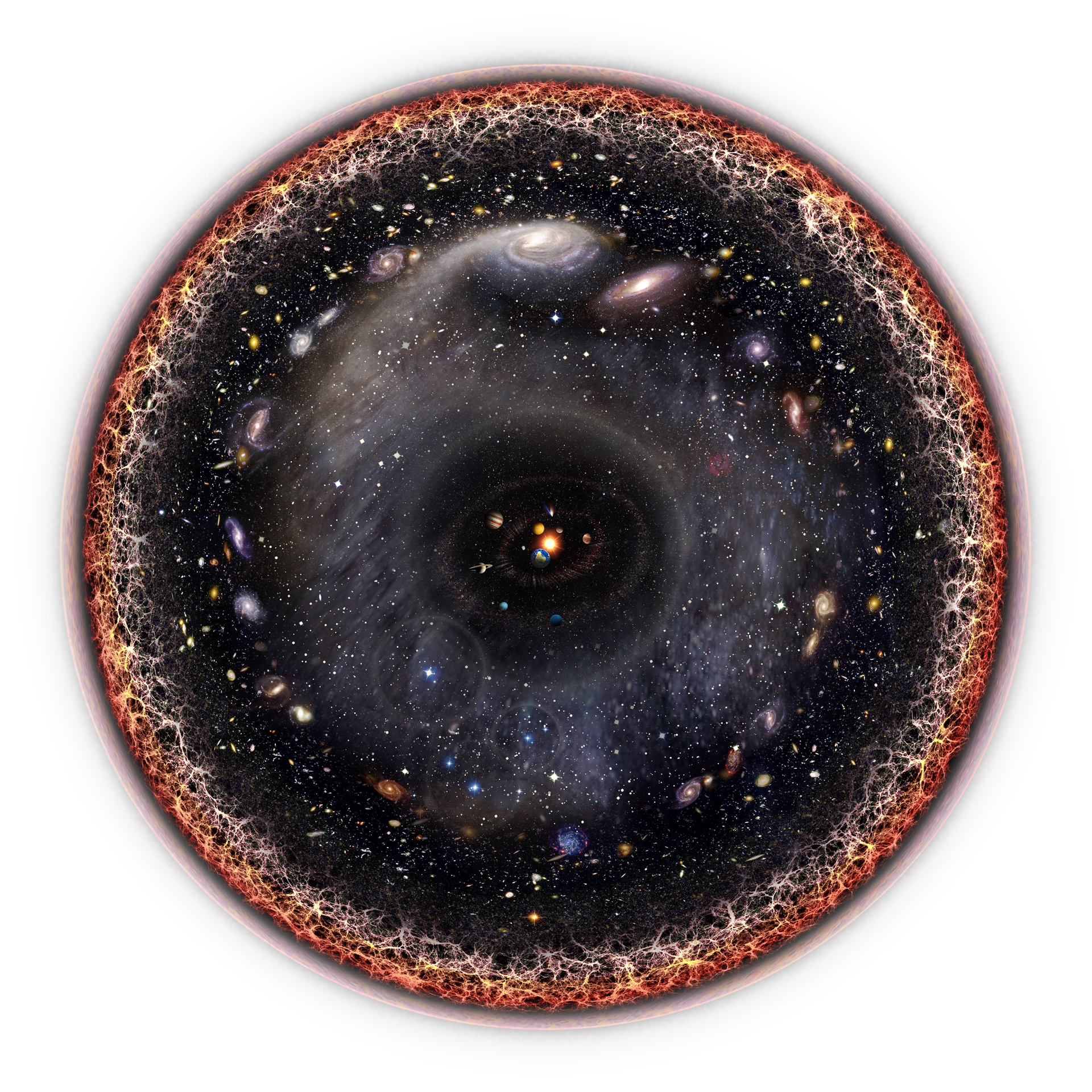
Observable Universe |
| Observable Universe Secondary Ambit |
O |
… a historic account of light reaching the Earth, spherically from all directions from a nominated moment in time and from the aspect of an observer from a defined location.
Observable Universe |
| Observable Universe Secondary Ambit |
O |
… a historic account of light reaching the Earth, spherically from all directions from a nominated moment in time and from the aspect of an observer from a defined location.
Observable Universe |
| Observable Universe Secondary Ambit |
O |
… a historic account of light reaching the Earth, spherically from all directions from a nominated moment in time and from the aspect of an observer from a defined location.
Observable Universe |
| Observable Universe Secondary Ambit |
O |
… a historic account of light reaching the Earth, spherically from all directions from a nominated moment in time and from the aspect of an observer from a defined location.
Observable Universe |
| Omniverse Primary Ambit |
O |
… an existential realm, host to all that exists and is where singularities are born, and Universes and Universal Objects are created.
Omniverse |
| Omniverse Primary Ambit |
O |
… an existential realm, host to all that exists and is where singularities are born, and Universes and Universal Objects are created.
Omniverse |
| Omniverse Primary Ambit |
O |
… an existential realm, host to all that exists and is where singularities are born, and Universes and Universal Objects are created.
Omniverse |
| Omniverse Primary Ambit |
O |
… an existential realm, host to all that exists and is where singularities are born, and Universes and Universal Objects are created.
Omniverse |
| Omniverse Primary Ambit |
O |
… an existential realm, host to all that exists and is where singularities are born, and Universes and Universal Objects are created.
Omniverse |
| Open Cluster Tertiary Plane |
O |
… a collective of several thousand stars, born from a common molecular cloud and of the same generation. They are loosely gravitationally bound and are disrupted by close encounters with clusters or gas clouds and commonly experience a loss of member stars.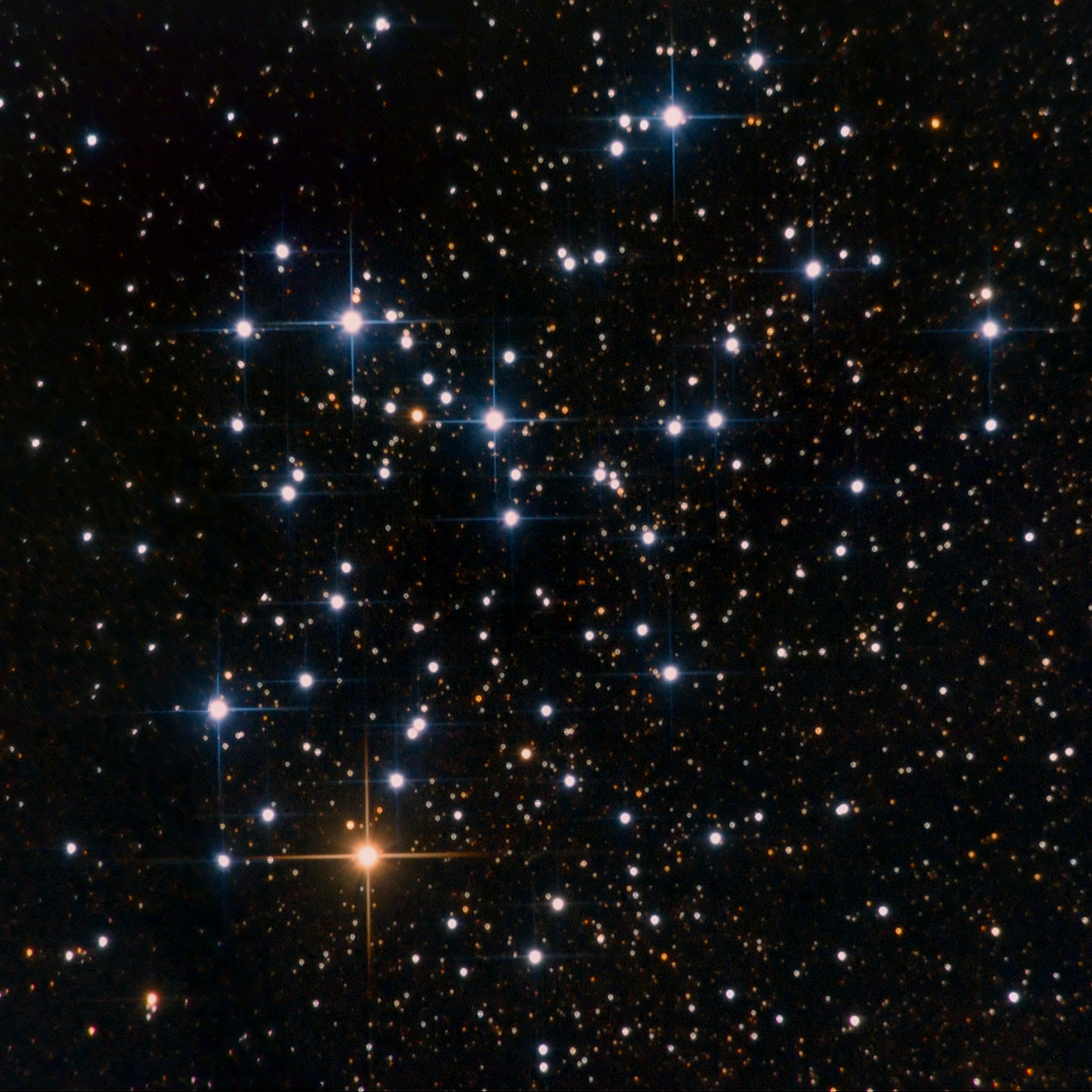
Butterfly Cluster, M6 |
| Open Cluster Tertiary Plane |
O |
… a collective of several thousand stars, born from a common molecular cloud and of the same generation. They are loosely gravitationally bound and are disrupted by close encounters with clusters or gas clouds and commonly experience a loss of member stars.
Butterfly Cluster, M6 |
| Open Cluster Tertiary Plane |
O |
… a collective of several thousand stars, born from a common molecular cloud and of the same generation. They are loosely gravitationally bound and are disrupted by close encounters with clusters or gas clouds and commonly experience a loss of member stars.
Butterfly Cluster, M6 |
| Open Cluster Tertiary Plane |
O |
… a collective of several thousand stars, born from a common molecular cloud and of the same generation. They are loosely gravitationally bound and are disrupted by close encounters with clusters or gas clouds and commonly experience a loss of member stars.
Butterfly Cluster, M6 |
| Open Cluster Tertiary Plane |
O |
… a collective of several thousand stars, born from a common molecular cloud and of the same generation. They are loosely gravitationally bound and are disrupted by close encounters with clusters or gas clouds and commonly experience a loss of member stars.
Butterfly Cluster, M6 |
| P | ||
| A B C D E F G H I J K L M N O P Q R S T U V W X Y Z # Ω |
| P | ||
| A B C D E F G H I J K L M N O P Q R S T U V W X Y Z # Ω |
| P | ||
| A B C D E F G H I J K L M N O P Q R S T U V W X Y Z # Ω |
| P | ||
| A B C D E F G H I J K L M N O P Q R S T U V W X Y Z # Ω |
| P |
| Palaeozoic Era Geology Timeline |
P |
| 542 to 251 Million Years Ago Cambrian Period · Ordovician Period · Silurian Period Devonian Period Carboniferous Period · Permian Period |
| Palaeozoic Era Geology Timeline |
P |
| 542 to 251 Million Years Ago Cambrian Period · Ordovician Period · Silurian Period Devonian Period Carboniferous Period · Permian Period |
| Palaeozoic Era Geology Timeline |
P |
| 542 to 251 Million Years Ago Cambrian Period · Ordovician Period · Silurian Period Devonian Period Carboniferous Period · Permian Period |
| Palaeozoic Era Geology Timeline |
P |
| 542 to 251 Million Years Ago Cambrian Period · Ordovician Period · Silurian Period Devonian Period Carboniferous Period · Permian Period |
| Palaeozoic Era Geology Timeline |
P |
| 542 to 251 Million Years Ago Cambrian Period · Ordovician Period · Silurian Period Devonian Period Carboniferous Period · Permian Period |
| Planet Quinary Plane |
P |
… the principal and singular astronomical body, that directly orbits (or co-orbits as the prime dominant sibling of a planetary system) a parent nucleus with a singular (star or black hole) or multiple (stars or black holes) of greater mass and is massive enough for gravity to morph itself into a hydrostatically equilibrious shape (ellipsoid).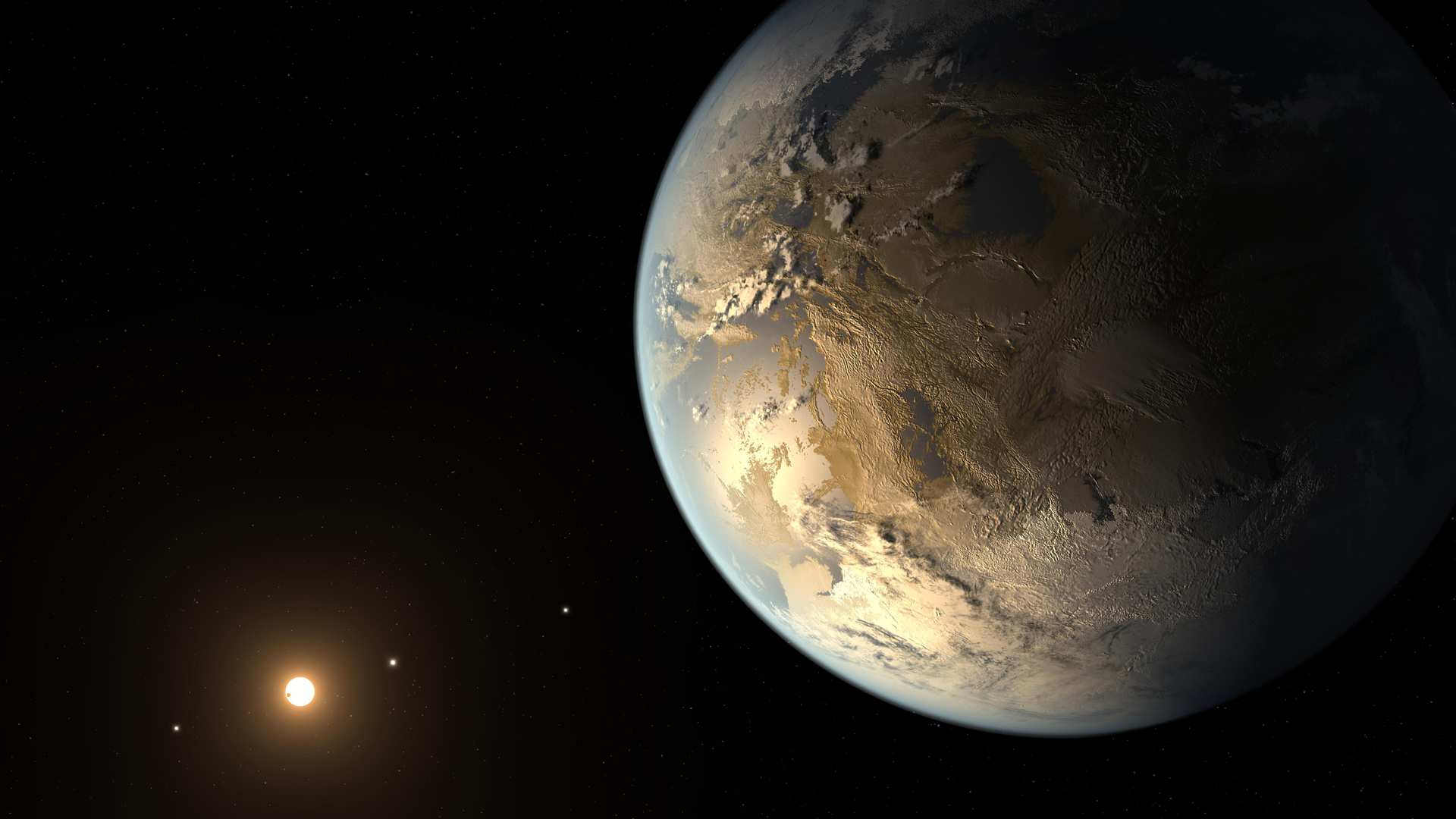
Kepler 186f Terrestrial Planet |
| Planet Quinary Plane |
P |
… the principal and singular astronomical body, that directly orbits (or co-orbits as the prime dominant sibling of a planetary system) a parent nucleus with a singular (star or black hole) or multiple (stars or black holes) of greater mass and is massive enough for gravity to morph itself into a hydrostatically equilibrious shape (ellipsoid).
Kepler 186f Terrestrial Planet |
| Planet Quinary Plane |
P |
… the principal and singular astronomical body, that directly orbits (or co-orbits as the prime dominant sibling of a planetary system) a parent nucleus with a singular (star or black hole) or multiple (stars or black holes) of greater mass and is massive enough for gravity to morph itself into a hydrostatically equilibrious shape (ellipsoid).
Kepler 186f Terrestrial Planet |
| Planet Quinary Plane |
P |
… the principal and singular astronomical body, that directly orbits (or co-orbits as the prime dominant sibling of a planetary system) a parent nucleus with a singular (star or black hole) or multiple (stars or black holes) of greater mass and is massive enough for gravity to morph itself into a hydrostatically equilibrious shape (ellipsoid).
Kepler 186f Terrestrial Planet |
| Planet Quinary Plane |
P |
… the principal and singular astronomical body, that directly orbits (or co-orbits as the prime dominant sibling of a planetary system) a parent nucleus with a singular (star or black hole) or multiple (stars or black holes) of greater mass and is massive enough for gravity to morph itself into a hydrostatically equilibrious shape (ellipsoid).
Kepler 186f Terrestrial Planet |
| Planetary Nebula Tertiary Plane |
H |
… formed as the result of nova explosions and are short-lived stars that implode and expel their external layers, exposing a compact stellar object (neutron star) and an ionised cloud of gas. Low-mass stars entering the final stage of their lives, enter a Red Giant phase and slowly lose their outer layers, increasing temperature and emit UV radiation, ionising the surrounding stellar gases and materials.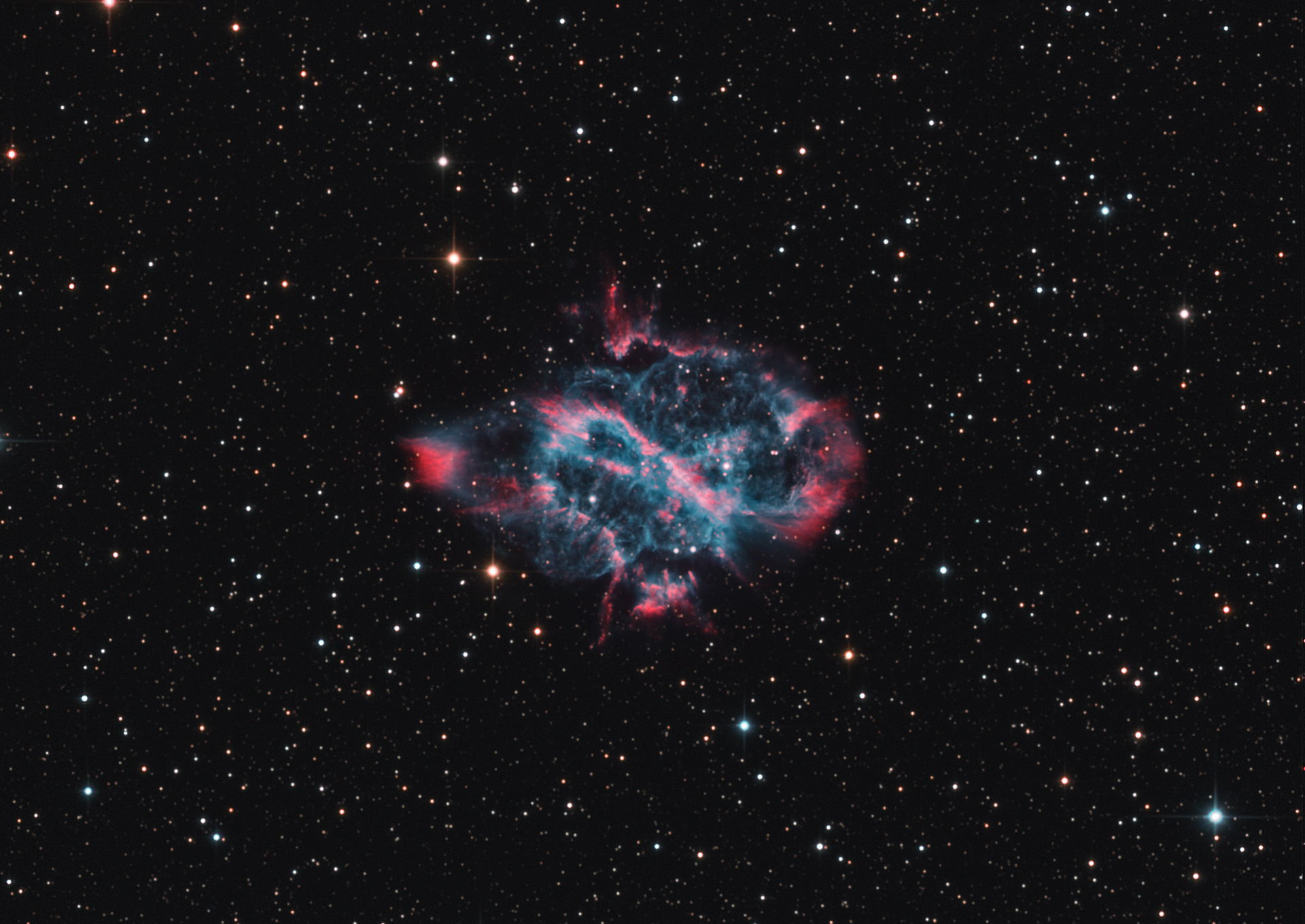
NGC5189 (IC4274)Cat’s Eye Nebula (NGC6543) · NGC6326 · Helix Nebula (NGC7293)
|
| Planetary Nebula Tertiary Plane |
H |
… formed as the result of nova explosions and are short-lived stars that implode and expel their external layers, exposing a compact stellar object (neutron star) and an ionised cloud of gas. Low-mass stars entering the final stage of their lives, enter a Red Giant phase and slowly lose their outer layers, increasing temperature and emit UV radiation, ionising the surrounding stellar gases and materials.
NGC5189 (IC4274)Cat’s Eye Nebula (NGC6543) · NGC6326 · Helix Nebula (NGC7293)
|
| Planetary Nebula Tertiary Plane |
H |
… formed as the result of nova explosions and are short-lived stars that implode and expel their external layers, exposing a compact stellar object (neutron star) and an ionised cloud of gas. Low-mass stars entering the final stage of their lives, enter a Red Giant phase and slowly lose their outer layers, increasing temperature and emit UV radiation, ionising the surrounding stellar gases and materials.
NGC5189 (IC4274)Cat’s Eye Nebula (NGC6543) · NGC6326 · Helix Nebula (NGC7293)
|
| Planetary Nebula Tertiary Plane |
H |
… formed as the result of nova explosions and are short-lived stars that implode and expel their external layers, exposing a compact stellar object (neutron star) and an ionised cloud of gas. Low-mass stars entering the final stage of their lives, enter a Red Giant phase and slowly lose their outer layers, increasing temperature and emit UV radiation, ionising the surrounding stellar gases and materials.
NGC5189 (IC4274)Cat’s Eye Nebula (NGC6543) · NGC6326 · Helix Nebula (NGC7293)
|
| Planetary Nebula Tertiary Plane |
H |
… formed as the result of nova explosions and are short-lived stars that implode and expel their external layers, exposing a compact stellar object (neutron star) and an ionised cloud of gas. Low-mass stars entering the final stage of their lives, enter a Red Giant phase and slowly lose their outer layers, increasing temperature and emit UV radiation, ionising the surrounding stellar gases and materials.
NGC5189 (IC4274)Cat’s Eye Nebula (NGC6543) · NGC6326 · Helix Nebula (NGC7293)
|
| Planetary Ring Senary Plane |
P |
… one of many discs composed of dust and moonlets in orbit around giant planets, with Saturn being the most prominent ring system within our Solar System. Jupiter has 3 Rings, Saturn, 12 Rings, 5 Ringlets and 3 Divisions, Uranus with 13 Rings and Neptune with 5 Rings.
Saturn Ring System |
| Planetary Ring Senary Plane |
P |
… one of many discs composed of dust and moonlets in orbit around giant planets, with Saturn being the most prominent ring system within our Solar System. Jupiter has 3 Rings, Saturn, 12 Rings, 5 Ringlets and 3 Divisions, Uranus with 13 Rings and Neptune with 5 Rings.
Saturn Ring System |
| Planetary Ring Senary Plane |
P |
… one of many discs composed of dust and moonlets in orbit around giant planets, with Saturn being the most prominent ring system within our Solar System. Jupiter has 3 Rings, Saturn, 12 Rings, 5 Ringlets and 3 Divisions, Uranus with 13 Rings and Neptune with 5 Rings.
Saturn Ring System |
| Planetary Ring Senary Plane |
P |
… one of many discs composed of dust and moonlets in orbit around giant planets, with Saturn being the most prominent ring system within our Solar System. Jupiter has 3 Rings, Saturn, 12 Rings, 5 Ringlets and 3 Divisions, Uranus with 13 Rings and Neptune with 5 Rings.
Saturn Ring System |
| Planetary Ring Senary Plane |
P |
… one of many discs composed of dust and moonlets in orbit around giant planets, with Saturn being the most prominent ring system within our Solar System. Jupiter has 3 Rings, Saturn, 12 Rings, 5 Ringlets and 3 Divisions, Uranus with 13 Rings and Neptune with 5 Rings.
Saturn Ring System |
| Planetary Satellite Senary Plane |
P |
… a manufactured object which has been intentionally placed into orbit around a planet. In 1957 the Soviet Union launched the world’s first artificial satellite, Sputnik 1. 60 years later, there have been are over 7,000 satellites from more than 40 countries launched with over 3,600 remaining in orbit. With 1,000 operational satellites, 500 are in low-Earth orbit (160km to 2,000km), 50 are in medium-Earth orbit (2,000 to 35,786km), and 450 in geostationary and geosynchronous orbit (35,786 km).
Sputnik 1, First SatelliteHubble Space Telescope · International Space Station
|
| Planetary Satellite Senary Plane |
P |
… a manufactured object which has been intentionally placed into orbit around a planet. In 1957 the Soviet Union launched the world’s first artificial satellite, Sputnik 1. 60 years later, there have been are over 7,000 satellites from more than 40 countries launched with over 3,600 remaining in orbit. With 1,000 operational satellites, 500 are in low-Earth orbit (160km to 2,000km), 50 are in medium-Earth orbit (2,000 to 35,786km), and 450 in geostationary and geosynchronous orbit (35,786 km).
Sputnik 1, First SatelliteHubble Space Telescope · International Space Station
|
| Planetary Satellite Senary Plane |
P |
… a manufactured object which has been intentionally placed into orbit around a planet. In 1957 the Soviet Union launched the world’s first artificial satellite, Sputnik 1. 60 years later, there have been are over 7,000 satellites from more than 40 countries launched with over 3,600 remaining in orbit. With 1,000 operational satellites, 500 are in low-Earth orbit (160km to 2,000km), 50 are in medium-Earth orbit (2,000 to 35,786km), and 450 in geostationary and geosynchronous orbit (35,786 km).
Sputnik 1, First SatelliteHubble Space Telescope · International Space Station
|
| Planetary Satellite Senary Plane |
P |
… a manufactured object which has been intentionally placed into orbit around a planet. In 1957 the Soviet Union launched the world’s first artificial satellite, Sputnik 1. 60 years later, there have been are over 7,000 satellites from more than 40 countries launched with over 3,600 remaining in orbit. With 1,000 operational satellites, 500 are in low-Earth orbit (160km to 2,000km), 50 are in medium-Earth orbit (2,000 to 35,786km), and 450 in geostationary and geosynchronous orbit (35,786 km).
Sputnik 1, First SatelliteHubble Space Telescope · International Space Station
|
| Planetary Satellite Senary Plane |
P |
… a manufactured object which has been intentionally placed into orbit around a planet. In 1957 the Soviet Union launched the world’s first artificial satellite, Sputnik 1. 60 years later, there have been are over 7,000 satellites from more than 40 countries launched with over 3,600 remaining in orbit. With 1,000 operational satellites, 500 are in low-Earth orbit (160km to 2,000km), 50 are in medium-Earth orbit (2,000 to 35,786km), and 450 in geostationary and geosynchronous orbit (35,786 km).
Sputnik 1, First SatelliteHubble Space Telescope · International Space Station
|
| Proterozoic Eon Geology Timeline |
P |
| 2,500 to 542 Million Years Ago Primitive Life |
| Proterozoic Eon Geology Timeline |
P |
| 2,500 to 542 Million Years Ago Primitive Life |
| Proterozoic Eon Geology Timeline |
P |
| 2,500 to 542 Million Years Ago Primitive Life |
| Proterozoic Eon Geology Timeline |
P |
| 2,500 to 542 Million Years Ago Primitive Life |
| Proterozoic Eon Geology Timeline |
P |
| 2,500 to 542 Million Years Ago Primitive Life |
| Pulsar Star Quaternary Plane |
P |
… highly magnetised, rotating neutron stars or white dwarfs. They emit a beam of electromagnetic radiation that traverses the same direction each rotation, thus pulsating. Neutron stars have precise rotational periods ranging from milliseconds to seconds and are believed to be the source of ultra-high-energy cosmic rays.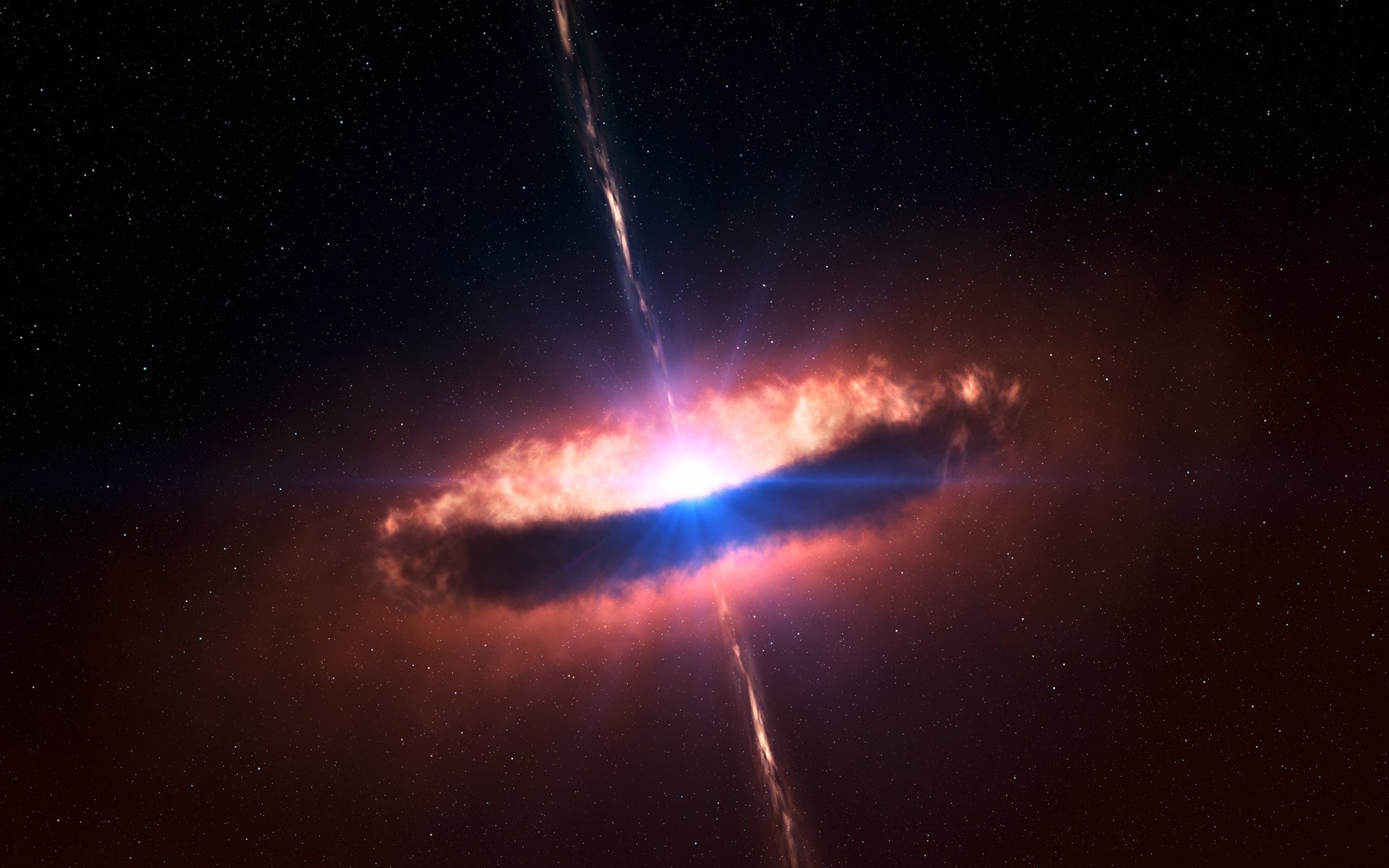
CP1919 PulsarCP1919 (1.337s pw 0.04s) · PSRB1937+21 (1.557’708 ms)
|
| Pulsar Star Quaternary Plane |
P |
… highly magnetised, rotating neutron stars or white dwarfs. They emit a beam of electromagnetic radiation that traverses the same direction each rotation, thus pulsating. Neutron stars have precise rotational periods ranging from milliseconds to seconds and are believed to be the source of ultra-high-energy cosmic rays.
CP1919 PulsarCP1919 (1.337s pw 0.04s) · PSRB1937+21 (1.557’708 ms) |
| Pulsar Star Quaternary Plane |
P |
… highly magnetised, rotating neutron stars or white dwarfs. They emit a beam of electromagnetic radiation that traverses the same direction each rotation, thus pulsating. Neutron stars have precise rotational periods ranging from milliseconds to seconds and are believed to be the source of ultra-high-energy cosmic rays.
CP1919 PulsarCP1919 (1.337s pw 0.04s) · PSRB1937+21 (1.557’708 ms) |
| Pulsar Star Quaternary Plane |
P |
… highly magnetised, rotating neutron stars or white dwarfs. They emit a beam of electromagnetic radiation that traverses the same direction each rotation, thus pulsating. Neutron stars have precise rotational periods ranging from milliseconds to seconds and are believed to be the source of ultra-high-energy cosmic rays.
CP1919 PulsarCP1919 (1.337s pw 0.04s) · PSRB1937+21 (1.557’708 ms) |
| Pulsar Star Quaternary Plane |
P |
… highly magnetised, rotating neutron stars or white dwarfs. They emit a beam of electromagnetic radiation that traverses the same direction each rotation, thus pulsating. Neutron stars have precise rotational periods ranging from milliseconds to seconds and are believed to be the source of ultra-high-energy cosmic rays.
CP1919 PulsarCP1919 (1.337s pw 0.04s) · PSRB1937+21 (1.557’708 ms) |
| Q | ||
| A B C D E F G H I J K L M N O P Q R S T U V W X Y Z # Ω |
| Q | ||
| A B C D E F G H I J K L M N O P Q R S T U V W X Y Z # Ω |
| Q | ||
| A B C D E F G H I J K L M N O P Q R S T U V W X Y Z # Ω |
| Q | ||
| A B C D E F G H I J K L M N O P Q R S T U V W X Y Z # Ω |
| Q |
| Quadrature Astronomy Term |
Q |
| … is a relational position of an observer, affront to a sun or “planetary parent” nucleus with one or many stars, black holes, or a combination thereof, and at 90 degrees from any planetary body (moon or planet). |
| Quadrature Astronomy Term |
Q |
| … is a relational position of an observer, affront to a sun or “planetary parent” nucleus with one or many stars, black holes, or a combination thereof, and at 90 degrees from any planetary body (moon or planet). |
| Quadrature Astronomy Term |
Q |
| … is a relational position of an observer, affront to a sun or “planetary parent” nucleus with one or many stars, black holes, or a combination thereof, and at 90 degrees from any planetary body (moon or planet). |
| Quadrature Astronomy Term |
Q |
| … is a relational position of an observer, affront to a sun or “planetary parent” nucleus with one or many stars, black holes, or a combination thereof, and at 90 degrees from any planetary body (moon or planet). |
| Quadrature Astronomy Term |
Q |
| … is a relational position of an observer, affront to a sun or “planetary parent” nucleus with one or many stars, black holes, or a combination thereof, and at 90 degrees from any planetary body (moon or planet). |
| Quasar Quaternary Plane |
Q |
… is an active galactic nucleus that consists of a supermassive black hole and is surrounded by an accretion disk of gas, that will, upon falling into the black hole, release energy as electromagnetic radiation, across the electromagnetic spectrum and is observable as radio, infrared, visible, ultraviolet, X-ray and Gamma-ray wavelengths. Quasars have luminosities that exceed 1,000 W, thousands of times more luminous than our Milky Way Galaxy.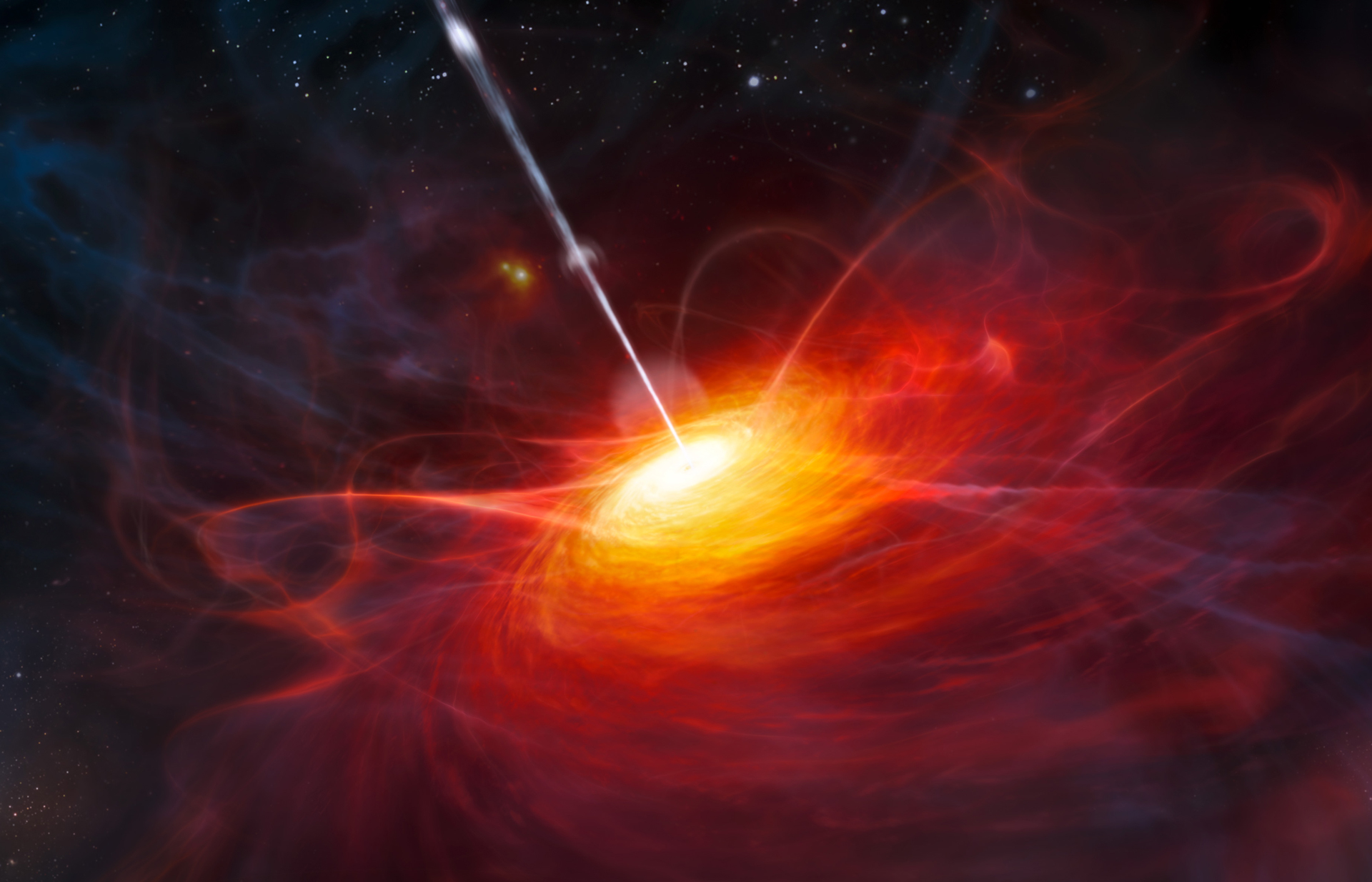
QuasarCTA-102 · CID-42 · Einstein Cross · Cloverleaf |
| Quasar Quaternary Plane |
Q |
… is an active galactic nucleus that consists of a supermassive black hole and is surrounded by an accretion disk of gas, that will, upon falling into the black hole, release energy as electromagnetic radiation, across the electromagnetic spectrum and is observable as radio, infrared, visible, ultraviolet, X-ray and Gamma-ray wavelengths. Quasars have luminosities that exceed 1,000 W, thousands of times more luminous than our Milky Way Galaxy.
QuasarCTA-102 · CID-42 · Einstein Cross · Cloverleaf |
| Quasar Quaternary Plane |
Q |
… is an active galactic nucleus that consists of a supermassive black hole and is surrounded by an accretion disk of gas, that will, upon falling into the black hole, release energy as electromagnetic radiation, across the electromagnetic spectrum and is observable as radio, infrared, visible, ultraviolet, X-ray and Gamma-ray wavelengths. Quasars have luminosities that exceed 1,000 W, thousands of times more luminous than our Milky Way Galaxy.
QuasarCTA-102 · CID-42 · Einstein Cross · Cloverleaf |
| Quasar Quaternary Plane |
Q |
… is an active galactic nucleus that consists of a supermassive black hole and is surrounded by an accretion disk of gas, that will, upon falling into the black hole, release energy as electromagnetic radiation, across the electromagnetic spectrum and is observable as radio, infrared, visible, ultraviolet, X-ray and Gamma-ray wavelengths. Quasars have luminosities that exceed 1,000 W, thousands of times more luminous than our Milky Way Galaxy.
QuasarCTA-102 · CID-42 · Einstein Cross · Cloverleaf |
| Quasar Quaternary Plane |
Q |
… is an active galactic nucleus that consists of a supermassive black hole and is surrounded by an accretion disk of gas, that will, upon falling into the black hole, release energy as electromagnetic radiation, across the electromagnetic spectrum and is observable as radio, infrared, visible, ultraviolet, X-ray and Gamma-ray wavelengths. Quasars have luminosities that exceed 1,000 W, thousands of times more luminous than our Milky Way Galaxy.
QuasarCTA-102 · CID-42 · Einstein Cross · Cloverleaf |
| R | ||
| A B C D E F G H I J K L M N O P Q R S T U V W X Y Z # Ω |
| R | ||
| A B C D E F G H I J K L M N O P Q R S T U V W X Y Z # Ω |
| R | ||
| A B C D E F G H I J K L M N O P Q R S T U V W X Y Z # Ω |
| R | ||
| A B C D E F G H I J K L M N O P Q R S T U V W X Y Z # Ω |
| R |
| Redshift Fundamental Term |
R |
… any increase in wavelength, with a decrease in frequency, of an electromagnetic wave, shifting from the blue, to the red end of the spectrum. Doppler redshift is caused by movement of a source away from the observer.Discovered by
|
| Redshift Fundamental Term |
R |
… any increase in wavelength, with a decrease in frequency, of an electromagnetic wave, shifting from the blue, to the red end of the spectrum. Doppler redshift is caused by movement of a source away from the observer.Discovered by
|
| Redshift Fundamental Term |
R |
… any increase in wavelength, with a decrease in frequency, of an electromagnetic wave, shifting from the blue, to the red end of the spectrum. Doppler redshift is caused by movement of a source away from the observer.Discovered by
|
| Redshift Fundamental Term |
R |
… any increase in wavelength, with a decrease in frequency, of an electromagnetic wave, shifting from the blue, to the red end of the spectrum. Doppler redshift is caused by movement of a source away from the observer.Discovered by
|
| Redshift Fundamental Term |
R |
… any increase in wavelength, with a decrease in frequency, of an electromagnetic wave, shifting from the blue, to the red end of the spectrum. Doppler redshift is caused by movement of a source away from the observer.Discovered by
|
| Reflection Nebula Tertiary Plane |
R |
… are clouds of interstellar dust which reflect specific types of radiation (light, x-ray) of a nearby star or stars, as they have insufficient energy to ionise the gas to create an emission nebula.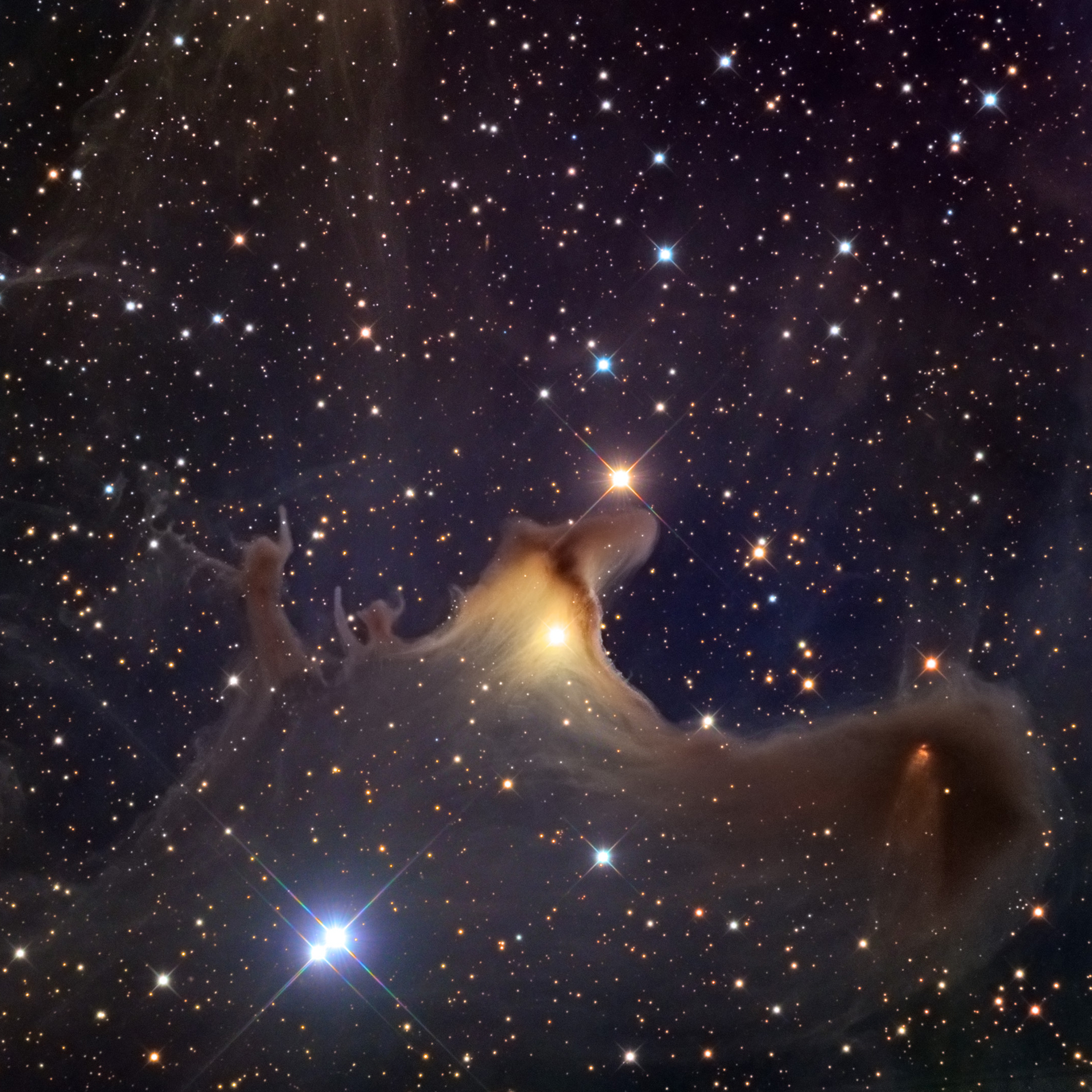
Ghost Nebula (VdB 141)IC2631 · IC2118 · M78 · NGC1999 · NGC6589 · NGC7023 |
| Reflection Nebula Tertiary Plane |
R |
… are clouds of interstellar dust which reflect specific types of radiation (light, x-ray) of a nearby star or stars, as they have insufficient energy to ionise the gas to create an emission nebula.
Ghost Nebula (VdB 141)IC2631 · IC2118 · M78 · NGC1999 · NGC6589 · NGC7023 |
| Reflection Nebula Tertiary Plane |
R |
… are clouds of interstellar dust which reflect specific types of radiation (light, x-ray) of a nearby star or stars, as they have insufficient energy to ionise the gas to create an emission nebula.
Ghost Nebula (VdB 141)IC2631 · IC2118 · M78 · NGC1999 · NGC6589 · NGC7023 |
| Reflection Nebula Tertiary Plane |
R |
… are clouds of interstellar dust which reflect specific types of radiation (light, x-ray) of a nearby star or stars, as they have insufficient energy to ionise the gas to create an emission nebula.
Ghost Nebula (VdB 141)IC2631 · IC2118 · M78 · NGC1999 · NGC6589 · NGC7023 |
| Reflection Nebula Tertiary Plane |
R |
… are clouds of interstellar dust which reflect specific types of radiation (light, x-ray) of a nearby star or stars, as they have insufficient energy to ionise the gas to create an emission nebula.
Ghost Nebula (VdB 141)IC2631 · IC2118 · M78 · NGC1999 · NGC6589 · NGC7023 |
| Regular Moon Senary Plane |
R |
… a natural satellite with a prograde orbit with little orbital inclination or eccentricity and have formed from the same protoplanetary material as their parent planet.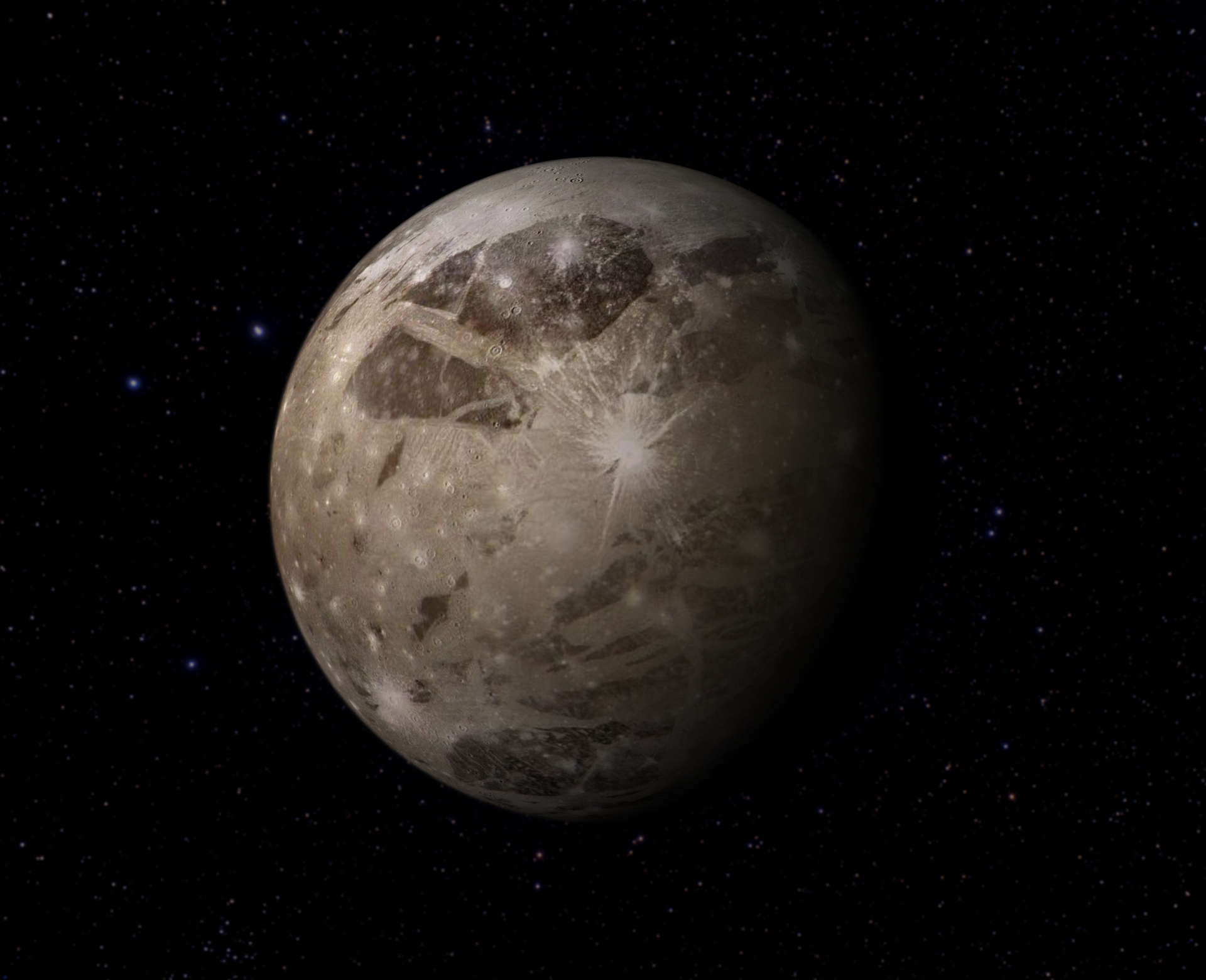
Ganymede, Moon of JupiterLuna (Earth) · Adrastea (Jupiter) · Europa (Jupiter)
|
| Regular Moon Senary Plane |
R |
… a natural satellite with a prograde orbit with little orbital inclination or eccentricity and have formed from the same protoplanetary material as their parent planet.
Ganymede, Moon of JupiterLuna (Earth) · Adrastea (Jupiter) · Europa (Jupiter)
|
| Regular Moon Senary Plane |
R |
… a natural satellite with a prograde orbit with little orbital inclination or eccentricity and have formed from the same protoplanetary material as their parent planet.
Ganymede, Moon of JupiterLuna (Earth) · Adrastea (Jupiter) · Europa (Jupiter)
|
| Regular Moon Senary Plane |
R |
… a natural satellite with a prograde orbit with little orbital inclination or eccentricity and have formed from the same protoplanetary material as their parent planet.
Ganymede, Moon of JupiterLuna (Earth) · Adrastea (Jupiter) · Europa (Jupiter)
|
| Regular Moon Senary Plane |
R |
… a natural satellite with a prograde orbit with little orbital inclination or eccentricity and have formed from the same protoplanetary material as their parent planet.
Ganymede, Moon of JupiterLuna (Earth) · Adrastea (Jupiter) · Europa (Jupiter)
|
| S | ||
| A B C D E F G H I J K L M N O P Q R S T U V W X Y Z # Ω |
| S | ||
| A B C D E F G H I J K L M N O P Q R S T U V W X Y Z # Ω |
| S | ||
| A B C D E F G H I J K L M N O P Q R S T U V W X Y Z # Ω |
| S | ||
| A B C D E F G H I J K L M N O P Q R S T U V W X Y Z # Ω |
| S |
| Singularity Secondary Ambit |
S |
… a conditionally established Omniversal event, that creates a specific universe of defined mass from a Singularity Juncture.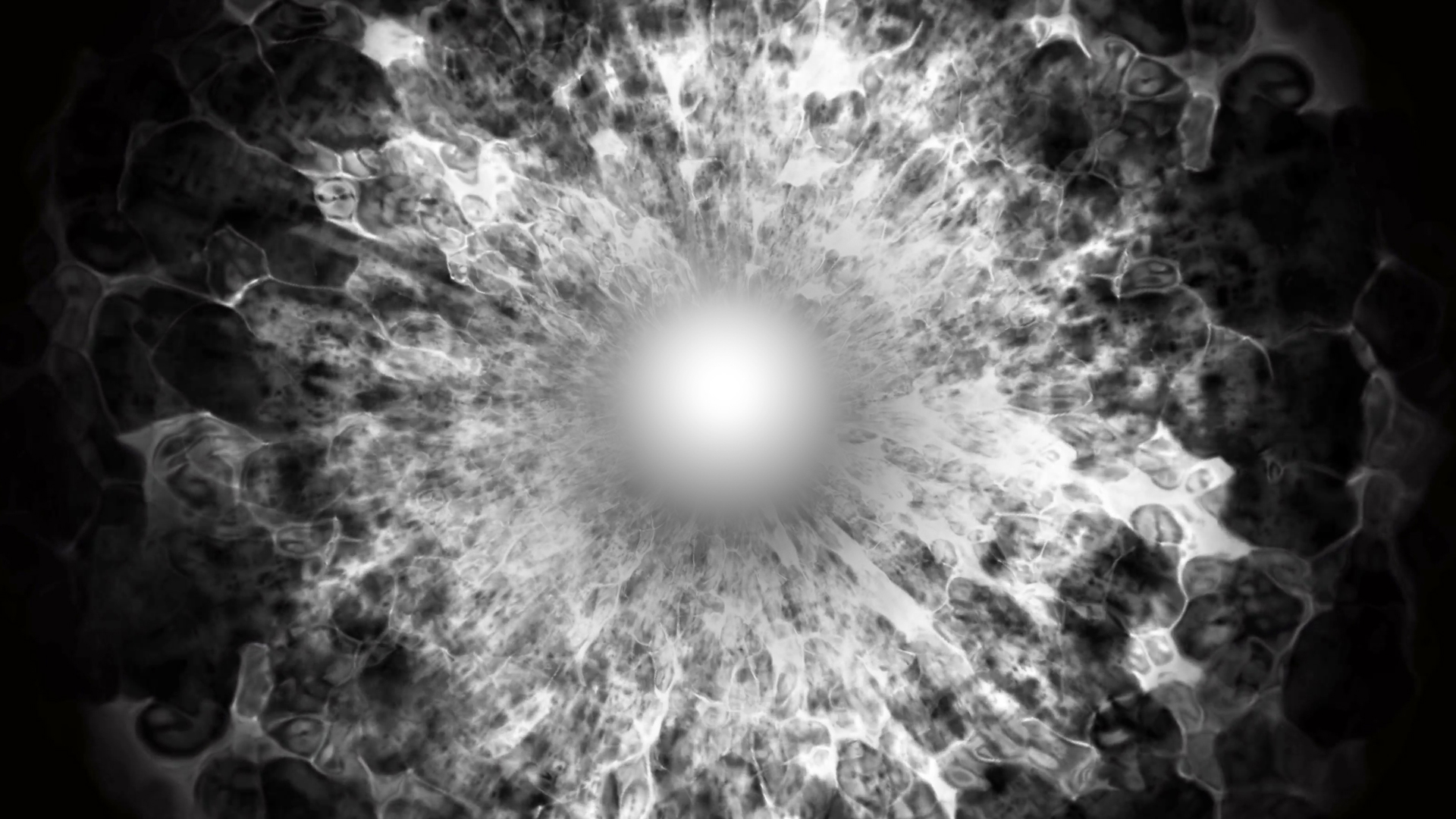
Singularity |
| Singularity Secondary Ambit |
S |
… a conditionally established Omniversal event, that creates a specific universe of defined mass from a Singularity Juncture.
Singularity |
| Singularity Secondary Ambit |
S |
… a conditionally established Omniversal event, that creates a specific universe of defined mass from a Singularity Juncture.
Singularity |
| Singularity Secondary Ambit |
S |
… a conditionally established Omniversal event, that creates a specific universe of defined mass from a Singularity Juncture.
Singularity |
| Singularity Secondary Ambit |
S |
… a conditionally established Omniversal event, that creates a specific universe of defined mass from a Singularity Juncture.
Singularity |
| Singularity Juncture Primary Ambit |
S |
… a dimensional portal, binding a path from the Omniverse, through a mobius toroid manifold, to a compounding singularity of a predetermined initial mass, creating a specific finite or eternal universe or universal object.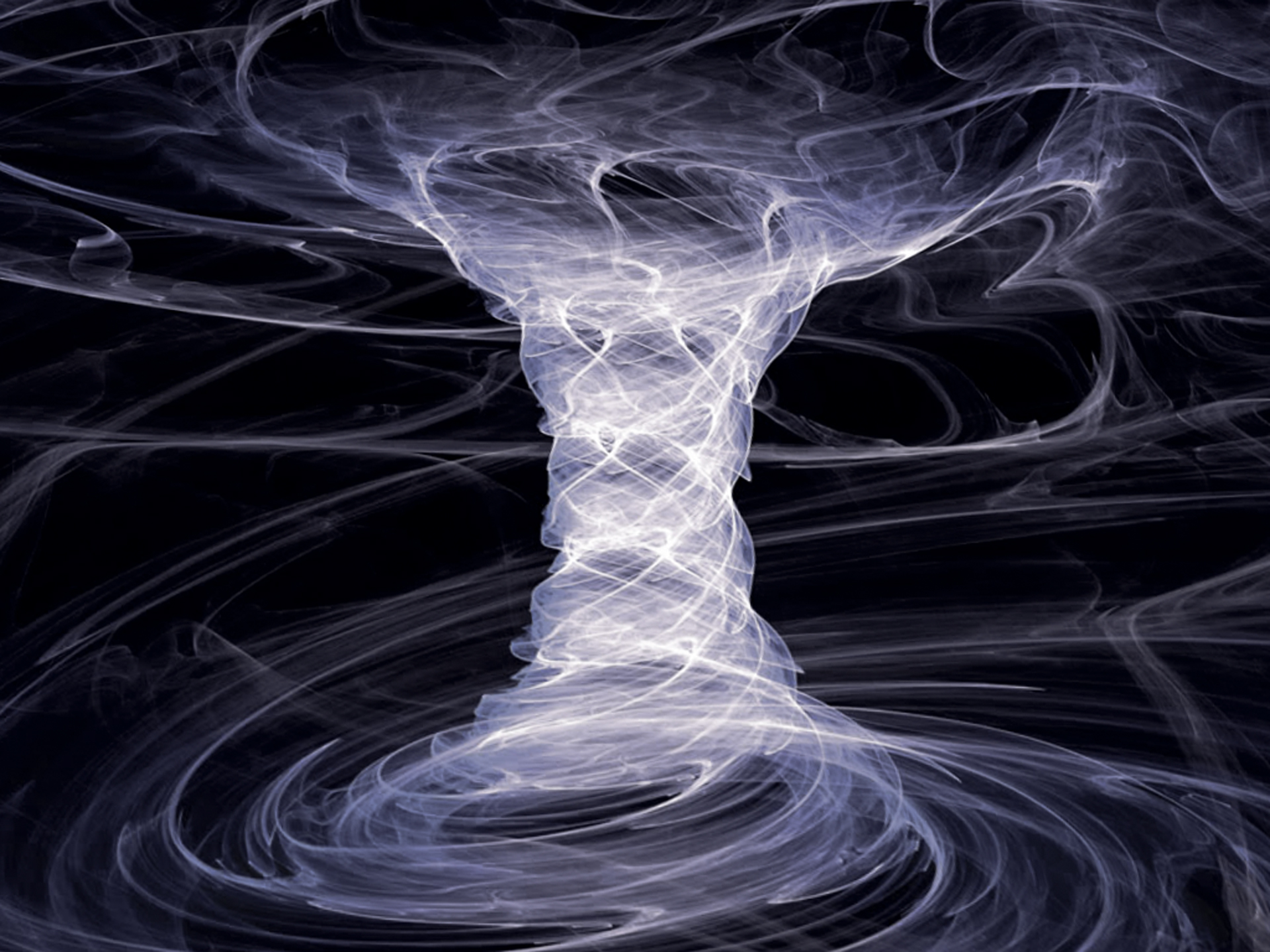
Singularity Juncture |
| Singularity Juncture Primary Ambit |
S |
… a dimensional portal, binding a path from the Omniverse, through a mobius toroid manifold, to a compounding singularity of a predetermined initial mass, creating a specific finite or eternal universe or universal object.
Singularity Juncture |
| Singularity Juncture Primary Ambit |
S |
… a dimensional portal, binding a path from the Omniverse, through a mobius toroid manifold, to a compounding singularity of a predetermined initial mass, creating a specific finite or eternal universe or universal object.
Singularity Juncture |
| Singularity Juncture Primary Ambit |
S |
… a dimensional portal, binding a path from the Omniverse, through a mobius toroid manifold, to a compounding singularity of a predetermined initial mass, creating a specific finite or eternal universe or universal object.
Singularity Juncture |
| Singularity Juncture Primary Ambit |
S |
… a dimensional portal, binding a path from the Omniverse, through a mobius toroid manifold, to a compounding singularity of a predetermined initial mass, creating a specific finite or eternal universe or universal object.
Singularity Juncture |
| Spiral Galaxy Secondary Plane |
S |
… amount to 50% of all galaxies in the known universe, the Hubble Classification ranges from (Sa), (Sb) & (Sc) with an elliptical core that is not barred and possesses one or a multitude of galactic arms that radiate from a disk that extends from a central spherical bulge and is surrounded by a halo.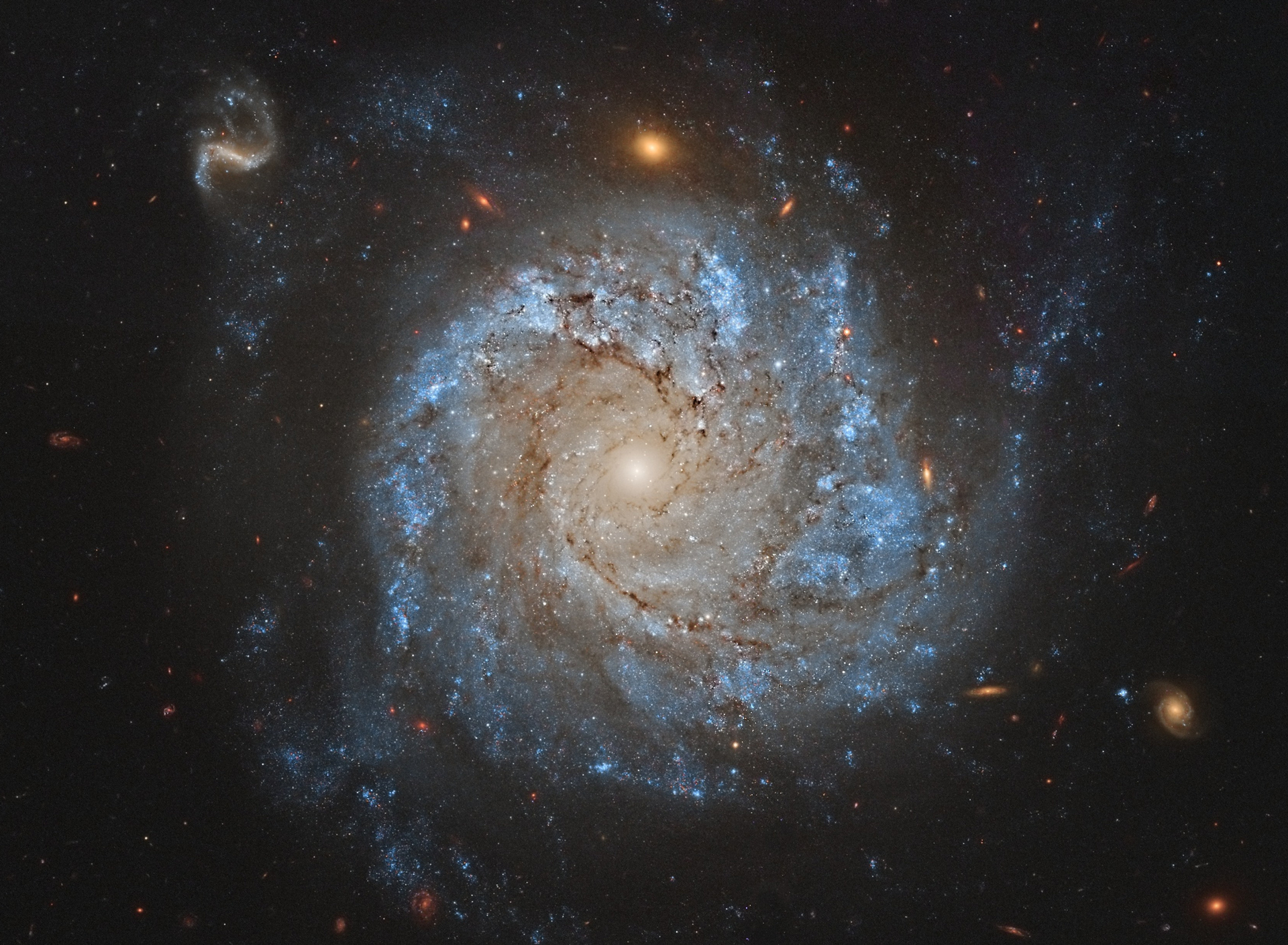
NGC1309 Spiral GalaxyAndromeda Galaxy (M31, PGC2557) · Pinwheel Galaxy (M101, PGC50063)
|
| Spiral Galaxy Secondary Plane |
S |
… amount to 50% of all galaxies in the known universe, the Hubble Classification ranges from (Sa), (Sb) & (Sc) with an elliptical core that is not barred and possesses one or a multitude of galactic arms that radiate from a disk that extends from a central spherical bulge and is surrounded by a halo.
NGC1309 Spiral GalaxyAndromeda Galaxy (M31, PGC2557) · Pinwheel Galaxy (M101, PGC50063)
|
| Spiral Galaxy Secondary Plane |
S |
… amount to 50% of all galaxies in the known universe, the Hubble Classification ranges from (Sa), (Sb) & (Sc) with an elliptical core that is not barred and possesses one or a multitude of galactic arms that radiate from a disk that extends from a central spherical bulge and is surrounded by a halo.
NGC1309 Spiral GalaxyAndromeda Galaxy (M31, PGC2557) · Pinwheel Galaxy (M101, PGC50063)
|
| Spiral Galaxy Secondary Plane |
S |
… amount to 50% of all galaxies in the known universe, the Hubble Classification ranges from (Sa), (Sb) & (Sc) with an elliptical core that is not barred and possesses one or a multitude of galactic arms that radiate from a disk that extends from a central spherical bulge and is surrounded by a halo.
NGC1309 Spiral GalaxyAndromeda Galaxy (M31, PGC2557) · Pinwheel Galaxy (M101, PGC50063)
|
| Spiral Galaxy Secondary Plane |
S |
… amount to 50% of all galaxies in the known universe, the Hubble Classification ranges from (Sa), (Sb) & (Sc) with an elliptical core that is not barred and possesses one or a multitude of galactic arms that radiate from a disk that extends from a central spherical bulge and is surrounded by a halo.
NGC1309 Spiral GalaxyAndromeda Galaxy (M31, PGC2557) · Pinwheel Galaxy (M101, PGC50063)
|
| Star Quaternary Plane |
S |
| … luminous plasma spheres that are bound by gravity and born when a gaseous nebula collapses under its own weight. Automatic ignition by pressure cascades into thermonuclear fusion, converting hydrogen into helium at its core. Stellar nucleosynthesis marks the life cycle of a star by continually evolving, absorbing planetary bodies rich in heavier elements and continually changing the fuel composition. Energy is released through radiative and convective heat processes and if the mass is greater than 0.4 times our Sun, the star will expand to become a red giant and in time, expel its mass, revealing the core as a white dwarf, neutron star, or a black hole. Star classifications are based on the spectral characteristics of the electromagnetic radiation from a star with the aid of a prism or diffraction grating. This process reveals the spectrum interspersed with absorption lines that depict the evidence and abundance of ions of a chemical element that varies with the temperature of a star’s photosphere. The spectral class of a star is coded to summarise the ionisation state, which is a measure of the photosphere’s temperature and density. Star classifications by concatenation of Section A + Section B + Section C. Section A: O is 53,600K to 27,600K, B is 27,600K to 10,000K, A is 10,000K to 7,500K, F is 7,500K to 6,000K, G is 6,000K to 5,200K, K is 5,200K to 3,700K, M is 3,700K to 2,000K, L is 2,000K to 1,300K, T is 1,300K to 700K and Y is 700K to 0K. Section B: This is further refined with the addition of the numeric 0 being the hottest, through to 9 being the coolest. Section C: This sequence then expands to include star types: 0 as a Hyper-Giant Star, I (1, 2, 3) as a Super-Giant Star, II as a Bright-Giant Star, III as a Regular-Giant Star, IV as a Sub-Giant Star, V as a Main-Sequence Star, SD as a Sub-Dwarf Star, WD as a White-Dwarf Star, RD as a Red-Dwarf Star and BD as a Brown-Dwarf Star. 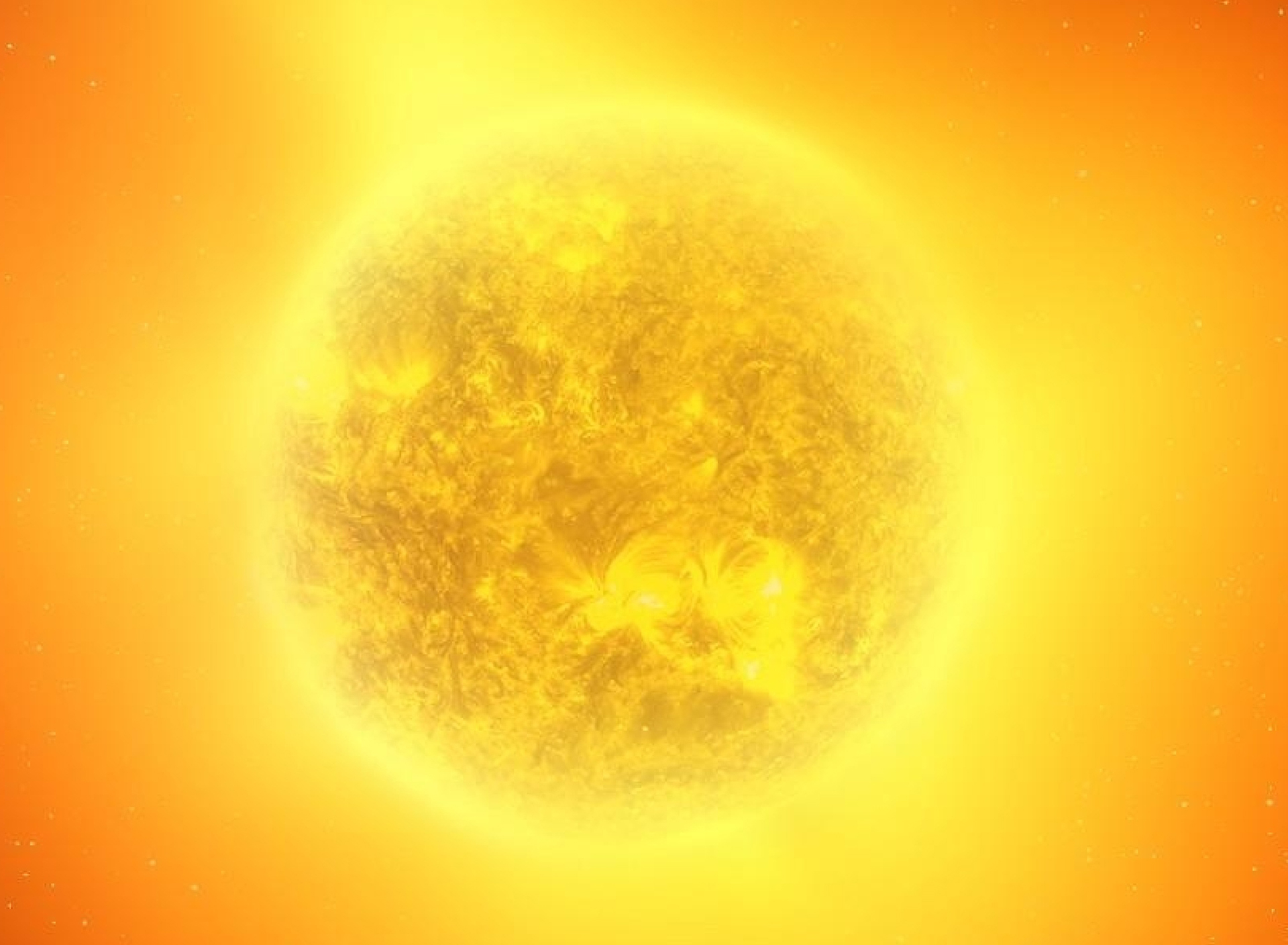
Helios (Sun) G2V StarAchernar (B3V Star) · Arcturus (K1III Star) · Canopus (F0II Star)
|
| Star Quaternary Plane |
S |
| … luminous plasma spheres that are bound by gravity and born when a gaseous nebula collapses under its own weight. Automatic ignition by pressure cascades into thermonuclear fusion, converting hydrogen into helium at its core. Stellar nucleosynthesis marks the life cycle of a star by continually evolving, absorbing planetary bodies rich in heavier elements and continually changing the fuel composition. Energy is released through radiative and convective heat processes and if the mass is greater than 0.4 times our Sun, the star will expand to become a red giant and in time, expel its mass, revealing the core as a white dwarf, neutron star, or a black hole. Star classifications are based on the spectral characteristics of the electromagnetic radiation from a star with the aid of a prism or diffraction grating. This process reveals the spectrum interspersed with absorption lines that depict the evidence and abundance of ions of a chemical element that varies with the temperature of a star’s photosphere. The spectral class of a star is coded to summarise the ionisation state, which is a measure of the photosphere’s temperature and density. Star classifications by concatenation of Section A + Section B + Section C. Section A: O is 53,600K to 27,600K, B is 27,600K to 10,000K, A is 10,000K to 7,500K, F is 7,500K to 6,000K, G is 6,000K to 5,200K, K is 5,200K to 3,700K, M is 3,700K to 2,000K, L is 2,000K to 1,300K, T is 1,300K to 700K and Y is 700K to 0K. Section B: This is further refined with the addition of the numeric 0 being the hottest, through to 9 being the coolest. Section C: This sequence then expands to include star types: 0 as a Hyper-Giant Star, I (1, 2, 3) as a Super-Giant Star, II as a Bright-Giant Star, III as a Regular-Giant Star, IV as a Sub-Giant Star, V as a Main-Sequence Star, SD as a Sub-Dwarf Star, WD as a White-Dwarf Star, RD as a Red-Dwarf Star and BD as a Brown-Dwarf Star. 
Helios (Sun) G2V StarAchernar (B3V Star) · Arcturus (K1III Star) · Canopus (F0II Star)
|
| Star Quaternary Plane |
S |
| … luminous plasma spheres that are bound by gravity and born when a gaseous nebula collapses under its own weight. Automatic ignition by pressure cascades into thermonuclear fusion, converting hydrogen into helium at its core. Stellar nucleosynthesis marks the life cycle of a star by continually evolving, absorbing planetary bodies rich in heavier elements and continually changing the fuel composition. Energy is released through radiative and convective heat processes and if the mass is greater than 0.4 times our Sun, the star will expand to become a red giant and in time, expel its mass, revealing the core as a white dwarf, neutron star, or a black hole. Star classifications are based on the spectral characteristics of the electromagnetic radiation from a star with the aid of a prism or diffraction grating. This process reveals the spectrum interspersed with absorption lines that depict the evidence and abundance of ions of a chemical element that varies with the temperature of a star’s photosphere. The spectral class of a star is coded to summarise the ionisation state, which is a measure of the photosphere’s temperature and density. Star classifications by concatenation of Section A + Section B + Section C. Section A: O is 53,600K to 27,600K, B is 27,600K to 10,000K, A is 10,000K to 7,500K, F is 7,500K to 6,000K, G is 6,000K to 5,200K, K is 5,200K to 3,700K, M is 3,700K to 2,000K, L is 2,000K to 1,300K, T is 1,300K to 700K and Y is 700K to 0K. Section B: This is further refined with the addition of the numeric 0 being the hottest, through to 9 being the coolest. Section C: This sequence then expands to include star types: 0 as a Hyper-Giant Star, I (1, 2, 3) as a Super-Giant Star, II as a Bright-Giant Star, III as a Regular-Giant Star, IV as a Sub-Giant Star, V as a Main-Sequence Star, SD as a Sub-Dwarf Star, WD as a White-Dwarf Star, RD as a Red-Dwarf Star and BD as a Brown-Dwarf Star. 
Helios (Sun) G2V StarAchernar (B3V Star) · Arcturus (K1III Star) · Canopus (F0II Star)
|
| Star Quaternary Plane |
S |
| … luminous plasma spheres that are bound by gravity and born when a gaseous nebula collapses under its own weight. Automatic ignition by pressure cascades into thermonuclear fusion, converting hydrogen into helium at its core. Stellar nucleosynthesis marks the life cycle of a star by continually evolving, absorbing planetary bodies rich in heavier elements and continually changing the fuel composition. Energy is released through radiative and convective heat processes and if the mass is greater than 0.4 times our Sun, the star will expand to become a red giant and in time, expel its mass, revealing the core as a white dwarf, neutron star, or a black hole. Star classifications are based on the spectral characteristics of the electromagnetic radiation from a star with the aid of a prism or diffraction grating. This process reveals the spectrum interspersed with absorption lines that depict the evidence and abundance of ions of a chemical element that varies with the temperature of a star’s photosphere. The spectral class of a star is coded to summarise the ionisation state, which is a measure of the photosphere’s temperature and density. Star classifications by concatenation of Section A + Section B + Section C. Section A: O is 53,600K to 27,600K, B is 27,600K to 10,000K, A is 10,000K to 7,500K, F is 7,500K to 6,000K, G is 6,000K to 5,200K, K is 5,200K to 3,700K, M is 3,700K to 2,000K, L is 2,000K to 1,300K, T is 1,300K to 700K and Y is 700K to 0K. Section B: This is further refined with the addition of the numeric 0 being the hottest, through to 9 being the coolest. Section C: This sequence then expands to include star types: 0 as a Hyper-Giant Star, I (1, 2, 3) as a Super-Giant Star, II as a Bright-Giant Star, III as a Regular-Giant Star, IV as a Sub-Giant Star, V as a Main-Sequence Star, SD as a Sub-Dwarf Star, WD as a White-Dwarf Star, RD as a Red-Dwarf Star and BD as a Brown-Dwarf Star. 
Helios (Sun) G2V StarAchernar (B3V Star) · Arcturus (K1III Star) · Canopus (F0II Star)
|
| Star Quaternary Plane |
S |
| … luminous plasma spheres that are bound by gravity and born when a gaseous nebula collapses under its own weight. Automatic ignition by pressure cascades into thermonuclear fusion, converting hydrogen into helium at its core. Stellar nucleosynthesis marks the life cycle of a star by continually evolving, absorbing planetary bodies rich in heavier elements and continually changing the fuel composition. Energy is released through radiative and convective heat processes and if the mass is greater than 0.4 times our Sun, the star will expand to become a red giant and in time, expel its mass, revealing the core as a white dwarf, neutron star, or a black hole. Star classifications are based on the spectral characteristics of the electromagnetic radiation from a star with the aid of a prism or diffraction grating. This process reveals the spectrum interspersed with absorption lines that depict the evidence and abundance of ions of a chemical element that varies with the temperature of a star’s photosphere. The spectral class of a star is coded to summarise the ionisation state, which is a measure of the photosphere’s temperature and density. Star classifications by concatenation of Section A + Section B + Section C. Section A: O is 53,600K to 27,600K, B is 27,600K to 10,000K, A is 10,000K to 7,500K, F is 7,500K to 6,000K, G is 6,000K to 5,200K, K is 5,200K to 3,700K, M is 3,700K to 2,000K, L is 2,000K to 1,300K, T is 1,300K to 700K and Y is 700K to 0K. Section B: This is further refined with the addition of the numeric 0 being the hottest, through to 9 being the coolest. Section C: This sequence then expands to include star types: 0 as a Hyper-Giant Star, I (1, 2, 3) as a Super-Giant Star, II as a Bright-Giant Star, III as a Regular-Giant Star, IV as a Sub-Giant Star, V as a Main-Sequence Star, SD as a Sub-Dwarf Star, WD as a White-Dwarf Star, RD as a Red-Dwarf Star and BD as a Brown-Dwarf Star. 
Helios (Sun) G2V StarAchernar (B3V Star) · Arcturus (K1III Star) · Canopus (F0II Star)
|
| Stellar Tertiary Plane |
S |
| … a class of gravitationally bound astron objects that include a parent nucleus with one or many stars, black holes, or a combination thereof and includes Clusters, Streams, Supernovae and Nebulae of four principal classifications: Emission (Generate Radiation), Reflection (Reflect Radiation), Planetary (Creation and Novae) and Dark (Silhouette Radiation), generally visible due to their fluorescence caused by the embedded hot stars and can be millions of light years in diameter. Clouds of interstellar dust, predominantly hydrogen or helium gases, may be a residual result of novae or a repository for nurseries of stars, revealing their material composition by way of their colour: 672.4nm White – Ionized Sulfur, 658nm Orange – Ionized Nitrogen, 656.3nm Brown – Hydrogen Alpha, 500.7nm Cyan – Doubly Ionized Oxygen, 469nm Blue – Ionized Helium, 373nm Violet – Ionized Oxygen. 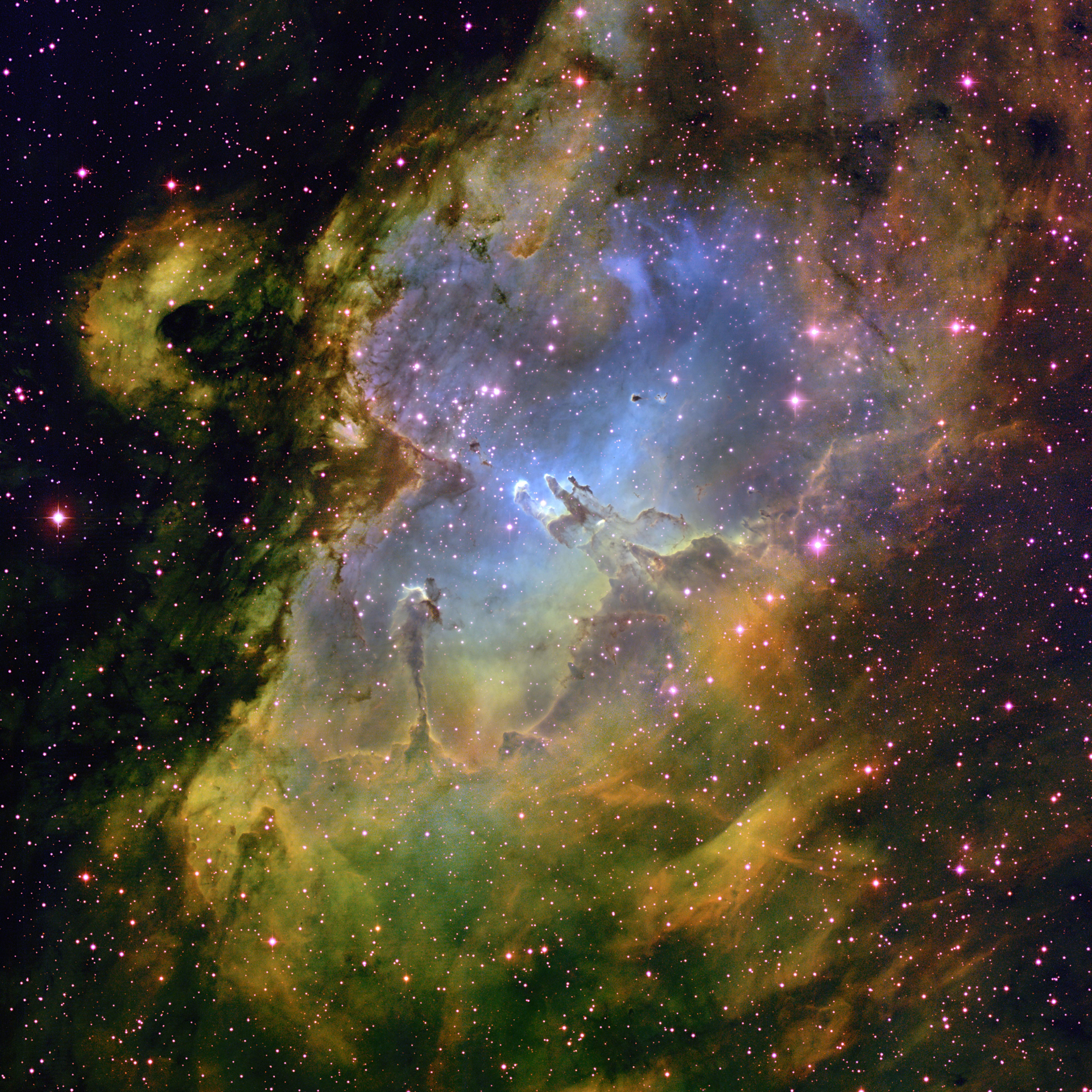
Eagle Nebula |
| Stellar Tertiary Plane |
S |
| … a class of gravitationally bound astron objects that include a parent nucleus with one or many stars, black holes, or a combination thereof and includes Clusters, Streams, Supernovae and Nebulae of four principal classifications: Emission (Generate Radiation), Reflection (Reflect Radiation), Planetary (Creation and Novae) and Dark (Silhouette Radiation), generally visible due to their fluorescence caused by the embedded hot stars and can be millions of light years in diameter. Clouds of interstellar dust, predominantly hydrogen or helium gases, may be a residual result of novae or a repository for nurseries of stars, revealing their material composition by way of their colour: 672.4nm White – Ionized Sulfur, 658nm Orange – Ionized Nitrogen, 656.3nm Brown – Hydrogen Alpha, 500.7nm Cyan – Doubly Ionized Oxygen, 469nm Blue – Ionized Helium, 373nm Violet – Ionized Oxygen. 
Eagle Nebula |
| Stellar Tertiary Plane |
S |
| … a class of gravitationally bound astron objects that include a parent nucleus with one or many stars, black holes, or a combination thereof and includes Clusters, Streams, Supernovae and Nebulae of four principal classifications: Emission (Generate Radiation), Reflection (Reflect Radiation), Planetary (Creation and Novae) and Dark (Silhouette Radiation), generally visible due to their fluorescence caused by the embedded hot stars and can be millions of light years in diameter. Clouds of interstellar dust, predominantly hydrogen or helium gases, may be a residual result of novae or a repository for nurseries of stars, revealing their material composition by way of their colour: 672.4nm White – Ionized Sulfur, 658nm Orange – Ionized Nitrogen, 656.3nm Brown – Hydrogen Alpha, 500.7nm Cyan – Doubly Ionized Oxygen, 469nm Blue – Ionized Helium, 373nm Violet – Ionized Oxygen. 
Eagle Nebula |
| Stellar Tertiary Plane |
S |
| … a class of gravitationally bound astron objects that include a parent nucleus with one or many stars, black holes, or a combination thereof and includes Clusters, Streams, Supernovae and Nebulae of four principal classifications: Emission (Generate Radiation), Reflection (Reflect Radiation), Planetary (Creation and Novae) and Dark (Silhouette Radiation), generally visible due to their fluorescence caused by the embedded hot stars and can be millions of light years in diameter. Clouds of interstellar dust, predominantly hydrogen or helium gases, may be a residual result of novae or a repository for nurseries of stars, revealing their material composition by way of their colour: 672.4nm White – Ionized Sulfur, 658nm Orange – Ionized Nitrogen, 656.3nm Brown – Hydrogen Alpha, 500.7nm Cyan – Doubly Ionized Oxygen, 469nm Blue – Ionized Helium, 373nm Violet – Ionized Oxygen. 
Eagle Nebula |
| Stellar Tertiary Plane |
S |
| … a class of gravitationally bound astron objects that include a parent nucleus with one or many stars, black holes, or a combination thereof and includes Clusters, Streams, Supernovae and Nebulae of four principal classifications: Emission (Generate Radiation), Reflection (Reflect Radiation), Planetary (Creation and Novae) and Dark (Silhouette Radiation), generally visible due to their fluorescence caused by the embedded hot stars and can be millions of light years in diameter. Clouds of interstellar dust, predominantly hydrogen or helium gases, may be a residual result of novae or a repository for nurseries of stars, revealing their material composition by way of their colour: 672.4nm White – Ionized Sulfur, 658nm Orange – Ionized Nitrogen, 656.3nm Brown – Hydrogen Alpha, 500.7nm Cyan – Doubly Ionized Oxygen, 469nm Blue – Ionized Helium, 373nm Violet – Ionized Oxygen. 
Eagle Nebula |
| Stellar Stream Tertiary Plane |
S |
… a grouping of stars, orbiting a galaxy that was once part of a globular cluster or galaxy, torn apart and stretched along its orbit by gravitational tidal forces.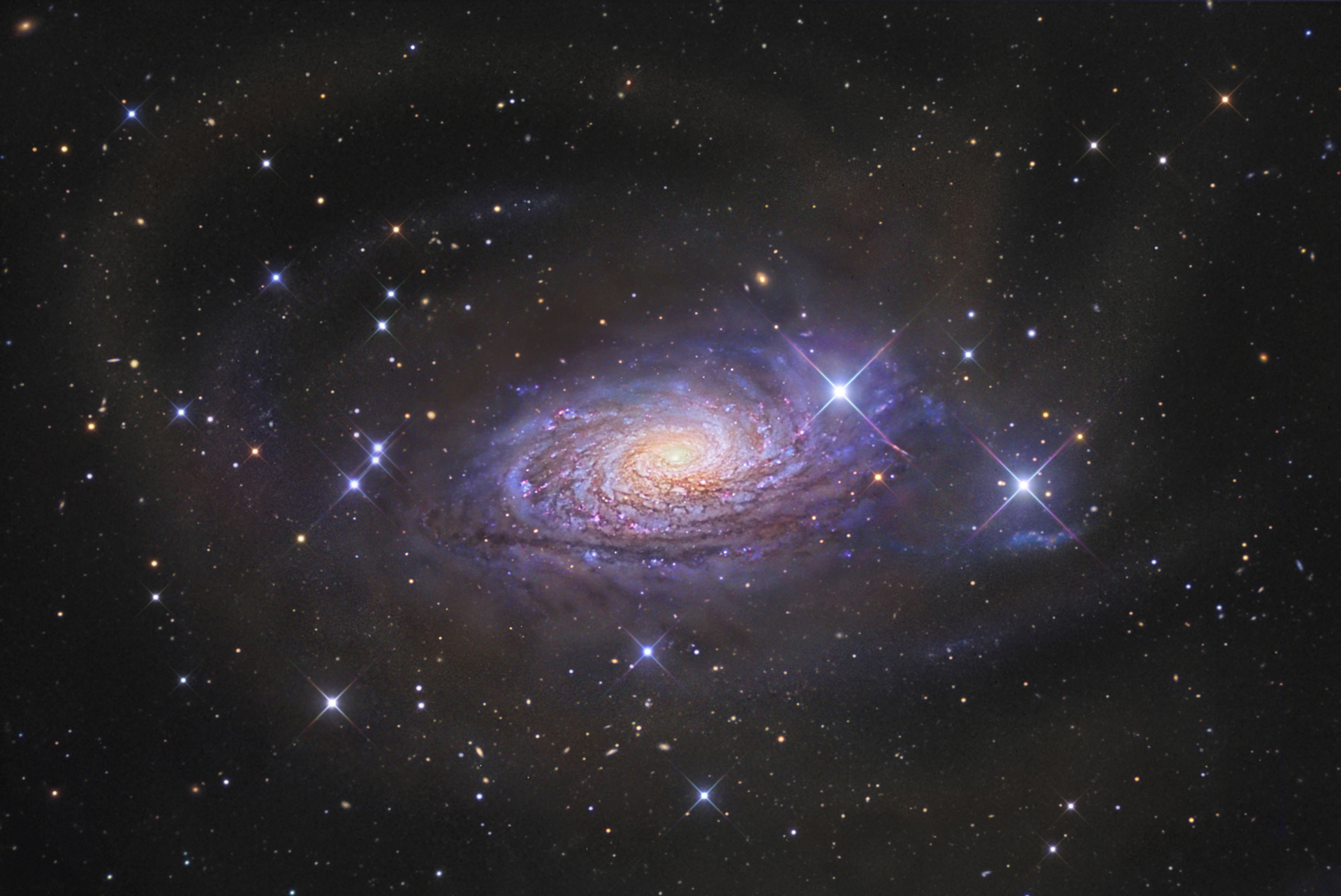
Sunflower Galaxy Stellar Stream (NGC5055, M63)Arcturus Stream (Dwarf Galaxy)
|
| Stellar Stream Tertiary Plane |
S |
… a grouping of stars, orbiting a galaxy that was once part of a globular cluster or galaxy, torn apart and stretched along its orbit by gravitational tidal forces.
Sunflower Galaxy Stellar Stream (NGC5055, M63)Arcturus Stream (Dwarf Galaxy)
|
| Stellar Stream Tertiary Plane |
S |
… a grouping of stars, orbiting a galaxy that was once part of a globular cluster or galaxy, torn apart and stretched along its orbit by gravitational tidal forces.
Sunflower Galaxy Stellar Stream (NGC5055, M63)Arcturus Stream (Dwarf Galaxy)
|
| Stellar Stream Tertiary Plane |
S |
… a grouping of stars, orbiting a galaxy that was once part of a globular cluster or galaxy, torn apart and stretched along its orbit by gravitational tidal forces.
Sunflower Galaxy Stellar Stream (NGC5055, M63)Arcturus Stream (Dwarf Galaxy)
|
| Stellar Stream Tertiary Plane |
S |
… a grouping of stars, orbiting a galaxy that was once part of a globular cluster or galaxy, torn apart and stretched along its orbit by gravitational tidal forces.
Sunflower Galaxy Stellar Stream (NGC5055, M63)Arcturus Stream (Dwarf Galaxy)
|
| Supernova Tertiary Plane |
S |
… dependent on mass and are triggered by an expended fuel supply, re-ignition of nuclear fusion or gravitational collapse of a failing star, ensuring final destruction from the resulting explosive event. The term Supernova, denotes a “nova” of greater luminosity and from Earth, a nova appears to be a bright new star, then, after weeks to months, diminishes, then fades from existence. The majority of Supernova material is released from its centre, at velocities approaching 30,000 km/s, supporting an expanding shock wave, sweeping up the expanding shell of gas and dust, which can trigger the formation of new stars.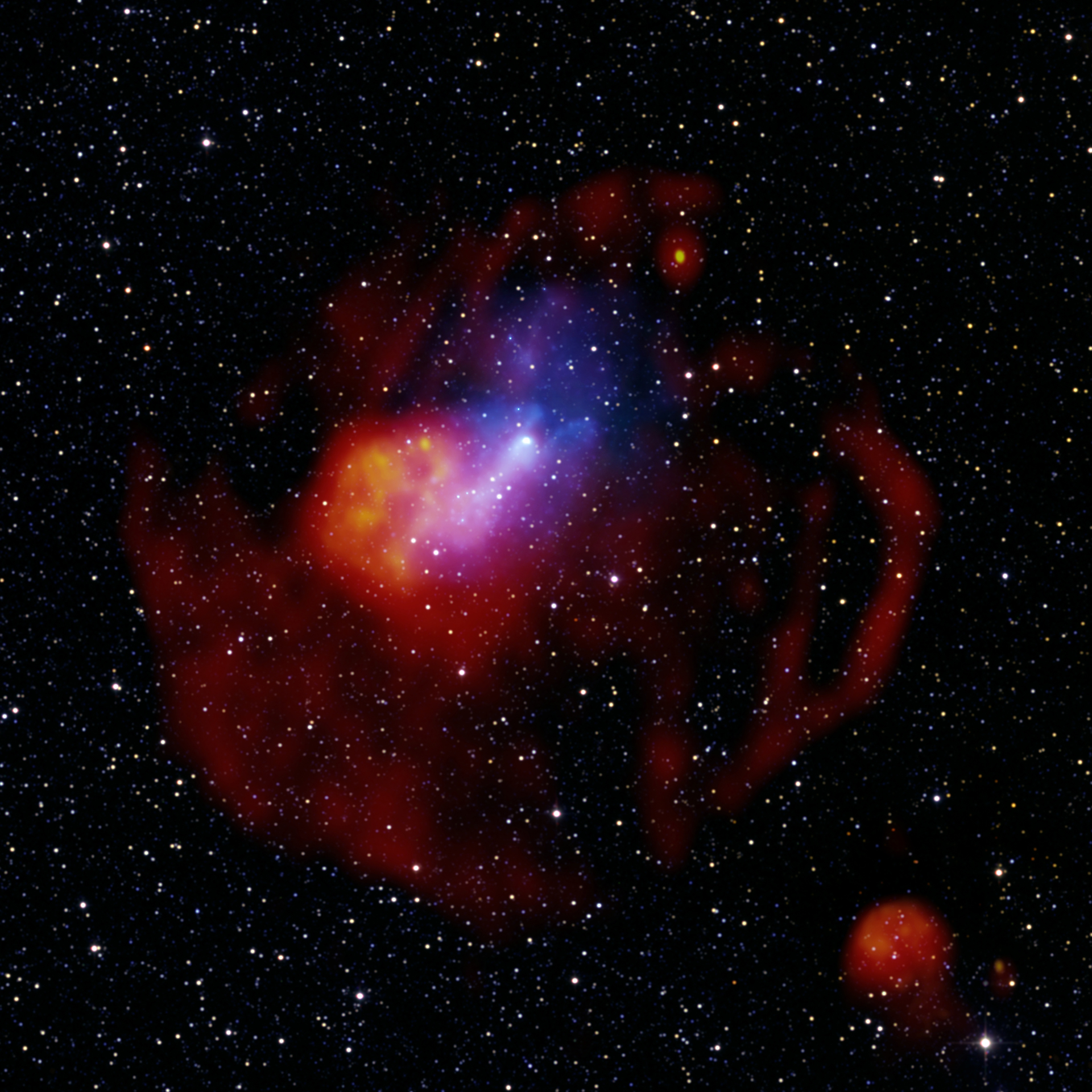
Supernova G327SN1987K · SN1993J · SN2008ha · SN1961V · SN2005ek · SN2009ip |
| Supernova Tertiary Plane |
S |
… dependent on mass and are triggered by an expended fuel supply, re-ignition of nuclear fusion or gravitational collapse of a failing star, ensuring final destruction from the resulting explosive event. The term Supernova, denotes a “nova” of greater luminosity and from Earth, a nova appears to be a bright new star, then, after weeks to months, diminishes, then fades from existence. The majority of Supernova material is released from its centre, at velocities approaching 30,000 km/s, supporting an expanding shock wave, sweeping up the expanding shell of gas and dust, which can trigger the formation of new stars.
Supernova G327SN1987K · SN1993J · SN2008ha · SN1961V · SN2005ek · SN2009ip |
| Supernova Tertiary Plane |
S |
… dependent on mass and are triggered by an expended fuel supply, re-ignition of nuclear fusion or gravitational collapse of a failing star, ensuring final destruction from the resulting explosive event. The term Supernova, denotes a “nova” of greater luminosity and from Earth, a nova appears to be a bright new star, then, after weeks to months, diminishes, then fades from existence. The majority of Supernova material is released from its centre, at velocities approaching 30,000 km/s, supporting an expanding shock wave, sweeping up the expanding shell of gas and dust, which can trigger the formation of new stars.
Supernova G327SN1987K · SN1993J · SN2008ha · SN1961V · SN2005ek · SN2009ip |
| Supernova Tertiary Plane |
S |
… dependent on mass and are triggered by an expended fuel supply, re-ignition of nuclear fusion or gravitational collapse of a failing star, ensuring final destruction from the resulting explosive event. The term Supernova, denotes a “nova” of greater luminosity and from Earth, a nova appears to be a bright new star, then, after weeks to months, diminishes, then fades from existence. The majority of Supernova material is released from its centre, at velocities approaching 30,000 km/s, supporting an expanding shock wave, sweeping up the expanding shell of gas and dust, which can trigger the formation of new stars.
Supernova G327SN1987K · SN1993J · SN2008ha · SN1961V · SN2005ek · SN2009ip |
| Supernova Tertiary Plane |
S |
… dependent on mass and are triggered by an expended fuel supply, re-ignition of nuclear fusion or gravitational collapse of a failing star, ensuring final destruction from the resulting explosive event. The term Supernova, denotes a “nova” of greater luminosity and from Earth, a nova appears to be a bright new star, then, after weeks to months, diminishes, then fades from existence. The majority of Supernova material is released from its centre, at velocities approaching 30,000 km/s, supporting an expanding shock wave, sweeping up the expanding shell of gas and dust, which can trigger the formation of new stars.
Supernova G327SN1987K · SN1993J · SN2008ha · SN1961V · SN2005ek · SN2009ip |
| T | ||
| A B C D E F G H I J K L M N O P Q R S T U V W X Y Z # Ω |
| T | ||
| A B C D E F G H I J K L M N O P Q R S T U V W X Y Z # Ω |
| T | ||
| A B C D E F G H I J K L M N O P Q R S T U V W X Y Z # Ω |
| T | ||
| A B C D E F G H I J K L M N O P Q R S T U V W X Y Z # Ω |
| T |
| Terrestrial Planet Quinary Plane |
T |
… a solid planetary surface and is composed primarily of silicate rocks or metals, has a central metallic core, surrounding silicate mantle and has a secondary atmosphere captured by volcanism or celestial impacts. The planetary body mass must be within the range of 0.000’000’1 to 0.000’04 times the mass of the Parent Nucleus.
Mercury · Venus · Earth · Mars |
| Terrestrial Planet Quinary Plane |
T |
… a solid planetary surface and is composed primarily of silicate rocks or metals, has a central metallic core, surrounding silicate mantle and has a secondary atmosphere captured by volcanism or celestial impacts. The planetary body mass must be within the range of 0.000’000’1 to 0.000’04 times the mass of the Parent Nucleus.
Mercury · Venus · Earth · Mars |
| Terrestrial Planet Quinary Plane |
T |
… a solid planetary surface and is composed primarily of silicate rocks or metals, has a central metallic core, surrounding silicate mantle and has a secondary atmosphere captured by volcanism or celestial impacts. The planetary body mass must be within the range of 0.000’000’1 to 0.000’04 times the mass of the Parent Nucleus.
Mercury · Venus · Earth · Mars |
| Terrestrial Planet Quinary Plane |
T |
… a solid planetary surface and is composed primarily of silicate rocks or metals, has a central metallic core, surrounding silicate mantle and has a secondary atmosphere captured by volcanism or celestial impacts. The planetary body mass must be within the range of 0.000’000’1 to 0.000’04 times the mass of the Parent Nucleus.
Mercury · Venus · Earth · Mars |
| Terrestrial Planet Quinary Plane |
T |
… a solid planetary surface and is composed primarily of silicate rocks or metals, has a central metallic core, surrounding silicate mantle and has a secondary atmosphere captured by volcanism or celestial impacts. The planetary body mass must be within the range of 0.000’000’1 to 0.000’04 times the mass of the Parent Nucleus.
Mercury · Venus · Earth · Mars |
| U | ||
| A B C D E F G H I J K L M N O P Q R S T U V W X Y Z # Ω |
| U | ||
| A B C D E F G H I J K L M N O P Q R S T U V W X Y Z # Ω |
| U | ||
| A B C D E F G H I J K L M N O P Q R S T U V W X Y Z # Ω |
| U | ||
| A B C D E F G H I J K L M N O P Q R S T U V W X Y Z # Ω |
| U |
| Universe Secondary Ambit |
U |
… a specific class of finite or eternal expansive area, created from specific, co-conditional quanta of defined initial mass that is apportioned from within the Omniverse.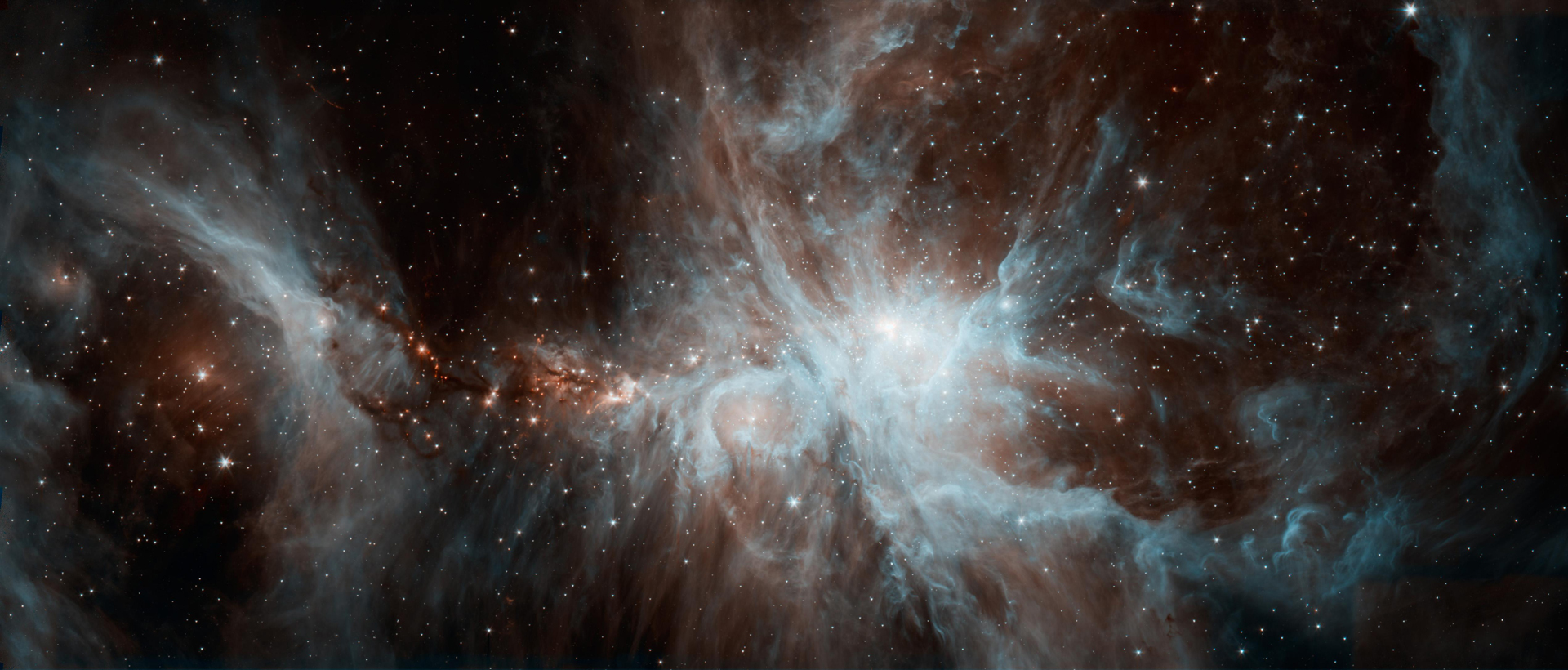
Helix Nebula (NGC7293) |
| Universe Secondary Ambit |
U |
… a specific class of finite or eternal expansive area, created from specific, co-conditional quanta of defined initial mass that is apportioned from within the Omniverse.
Helix Nebula (NGC7293) |
| Universe Secondary Ambit |
U |
… a specific class of finite or eternal expansive area, created from specific, co-conditional quanta of defined initial mass that is apportioned from within the Omniverse.
Helix Nebula (NGC7293) |
| Universe Secondary Ambit |
U |
… a specific class of finite or eternal expansive area, created from specific, co-conditional quanta of defined initial mass that is apportioned from within the Omniverse.
Helix Nebula (NGC7293) |
| Universe Secondary Ambit |
U |
… a specific class of finite or eternal expansive area, created from specific, co-conditional quanta of defined initial mass that is apportioned from within the Omniverse.
Helix Nebula (NGC7293) |
| V | ||
| A B C D E F G H I J K L M N O P Q R S T U V W X Y Z # Ω |
| V | ||
| A B C D E F G H I J K L M N O P Q R S T U V W X Y Z # Ω |
| V | ||
| A B C D E F G H I J K L M N O P Q R S T U V W X Y Z # Ω |
| V | ||
| A B C D E F G H I J K L M N O P Q R S T U V W X Y Z # Ω |
| V |
| Variable Star Quaternary Plane |
V |
| … depict fluctuations in brightness (apparent magnitude), caused by extrinsic variables, a change in the source or path of the emitted light or by and intrinsic variable, when luminosity changes as the star periodically expands and contracts. Additionally, changes in output variance per cycle, as with our Sun displaying a 0.1% tolerance over an 11-year solar cycle. A Cepheid variable star, pulsates radially, varying diameter and temperature which result in brightness changes that allow for a predictable well-defined stable period and amplitude. 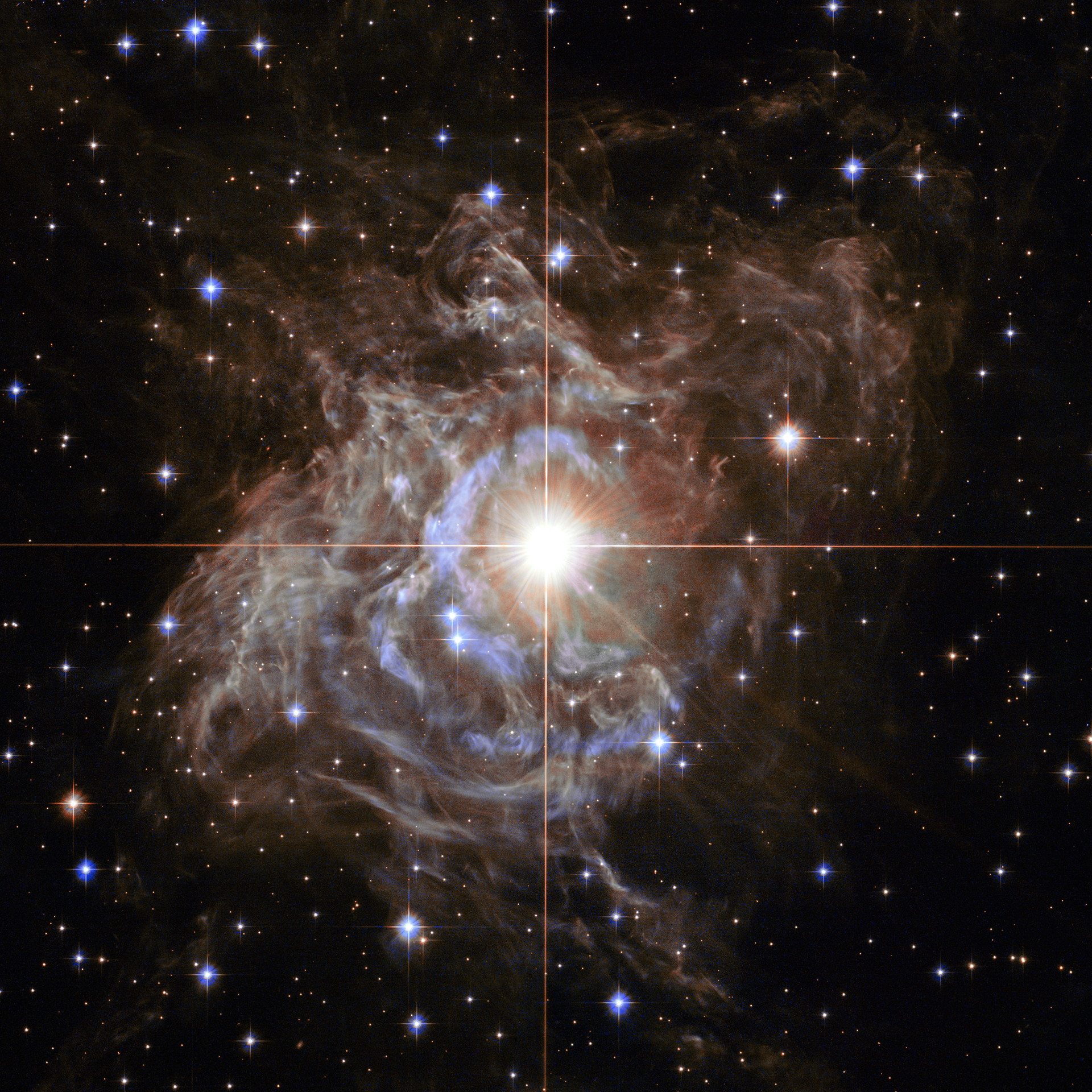
RS Puppis (Cepheid Variable Star)Helios (Sun) · Betelgeuse · Beta Cephei · Eta Aquilae · Gamma Doradus |
| Variable Star Quaternary Plane |
V |
| … depict fluctuations in brightness (apparent magnitude), caused by extrinsic variables, a change in the source or path of the emitted light or by and intrinsic variable, when luminosity changes as the star periodically expands and contracts. Additionally, changes in output variance per cycle, as with our Sun displaying a 0.1% tolerance over an 11-year solar cycle. A Cepheid variable star, pulsates radially, varying diameter and temperature which result in brightness changes that allow for a predictable well-defined stable period and amplitude. 
RS Puppis (Cepheid Variable Star)Helios (Sun) · Betelgeuse · Beta Cephei · Eta Aquilae · Gamma Doradus |
| Variable Star Quaternary Plane |
V |
| … depict fluctuations in brightness (apparent magnitude), caused by extrinsic variables, a change in the source or path of the emitted light or by and intrinsic variable, when luminosity changes as the star periodically expands and contracts. Additionally, changes in output variance per cycle, as with our Sun displaying a 0.1% tolerance over an 11-year solar cycle. A Cepheid variable star, pulsates radially, varying diameter and temperature which result in brightness changes that allow for a predictable well-defined stable period and amplitude. 
RS Puppis (Cepheid Variable Star)Helios (Sun) · Betelgeuse · Beta Cephei · Eta Aquilae · Gamma Doradus |
| Variable Star Quaternary Plane |
V |
| … depict fluctuations in brightness (apparent magnitude), caused by extrinsic variables, a change in the source or path of the emitted light or by and intrinsic variable, when luminosity changes as the star periodically expands and contracts. Additionally, changes in output variance per cycle, as with our Sun displaying a 0.1% tolerance over an 11-year solar cycle. A Cepheid variable star, pulsates radially, varying diameter and temperature which result in brightness changes that allow for a predictable well-defined stable period and amplitude. 
RS Puppis (Cepheid Variable Star)Helios (Sun) · Betelgeuse · Beta Cephei · Eta Aquilae · Gamma Doradus |
| Variable Star Quaternary Plane |
V |
| … depict fluctuations in brightness (apparent magnitude), caused by extrinsic variables, a change in the source or path of the emitted light or by and intrinsic variable, when luminosity changes as the star periodically expands and contracts. Additionally, changes in output variance per cycle, as with our Sun displaying a 0.1% tolerance over an 11-year solar cycle. A Cepheid variable star, pulsates radially, varying diameter and temperature which result in brightness changes that allow for a predictable well-defined stable period and amplitude. 
RS Puppis (Cepheid Variable Star)Helios (Sun) · Betelgeuse · Beta Cephei · Eta Aquilae · Gamma Doradus |
| W | ||
| A B C D E F G H I J K L M N O P Q R S T U V W X Y Z # Ω |
| W | ||
| A B C D E F G H I J K L M N O P Q R S T U V W X Y Z # Ω |
| W | ||
| A B C D E F G H I J K L M N O P Q R S T U V W X Y Z # Ω |
| W | ||
| A B C D E F G H I J K L M N O P Q R S T U V W X Y Z # Ω |
| W |
| Wolf Rayet Star Quaternary Plane |
W |
… has spectra with prominent emission lines of helium, nitrogen, carbon, a depletion of hydrogen, and strong stellar winds with surface temperatures of 30,000 K to 200,000 K.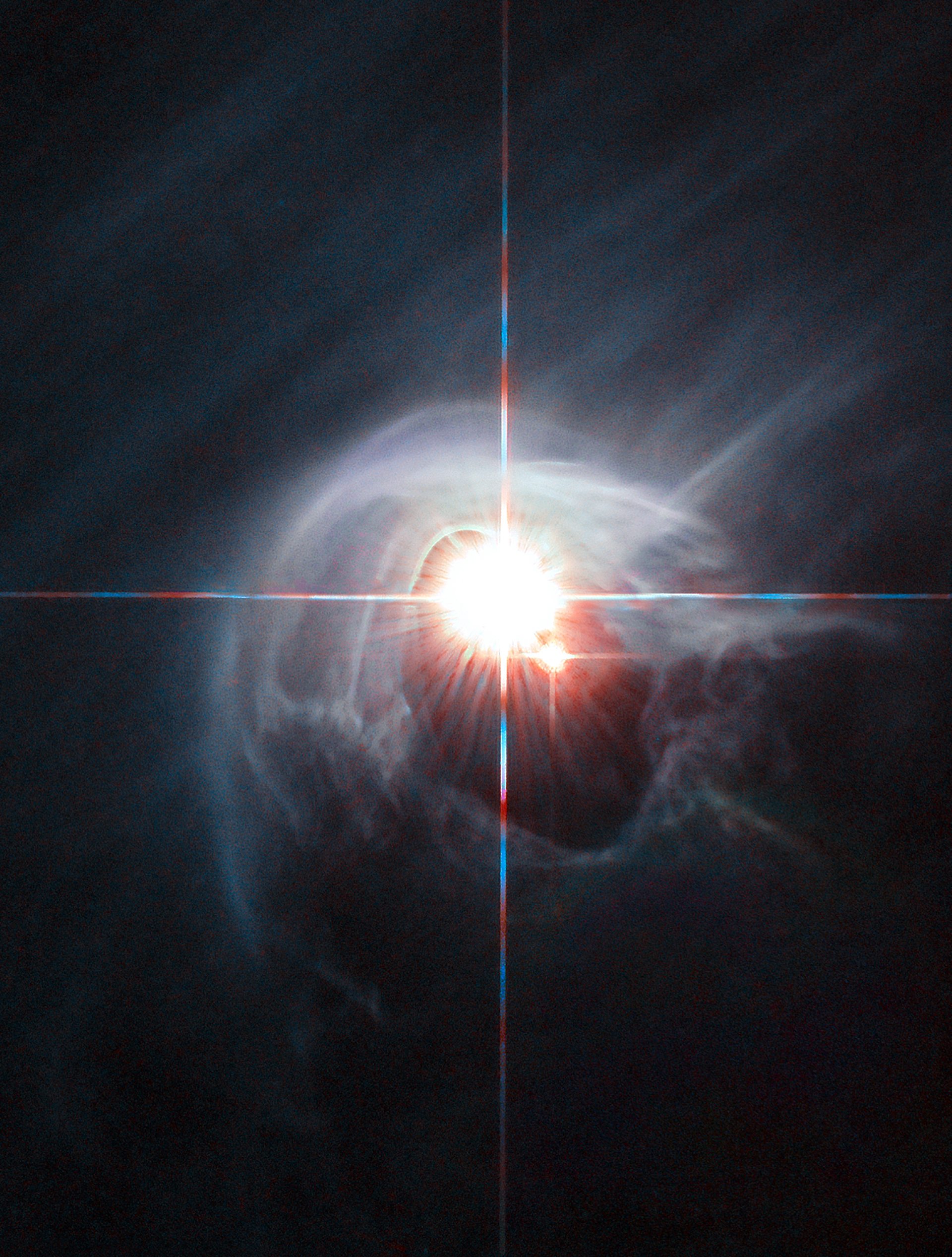
Eta Carina StarWR124 · R136a1 · WR122 · WR137 |
| Wolf Rayet Star Quaternary Plane |
W |
… has spectra with prominent emission lines of helium, nitrogen, carbon, a depletion of hydrogen, and strong stellar winds with surface temperatures of 30,000 K to 200,000 K.
Eta Carina StarWR124 · R136a1 · WR122 · WR137 |
| Wolf Rayet Star Quaternary Plane |
W |
… has spectra with prominent emission lines of helium, nitrogen, carbon, a depletion of hydrogen, and strong stellar winds with surface temperatures of 30,000 K to 200,000 K.
Eta Carina StarWR124 · R136a1 · WR122 · WR137 |
| Wolf Rayet Star Quaternary Plane |
W |
… has spectra with prominent emission lines of helium, nitrogen, carbon, a depletion of hydrogen, and strong stellar winds with surface temperatures of 30,000 K to 200,000 K.
Eta Carina StarWR124 · R136a1 · WR122 · WR137 |
| Wolf Rayet Star Quaternary Plane |
W |
… has spectra with prominent emission lines of helium, nitrogen, carbon, a depletion of hydrogen, and strong stellar winds with surface temperatures of 30,000 K to 200,000 K.
Eta Carina StarWR124 · R136a1 · WR122 · WR137 |
| X | ||
| A B C D E F G H I J K L M N O P Q R S T U V W X Y Z # Ω |
| X | ||
| A B C D E F G H I J K L M N O P Q R S T U V W X Y Z # Ω |
| X | ||
| A B C D E F G H I J K L M N O P Q R S T U V W X Y Z # Ω |
| X | ||
| A B C D E F G H I J K L M N O P Q R S T U V W X Y Z # Ω |
| X |
| X-ray Radiation Fundamental Term |
X |
… a form of ionizing electromagnetic radiation with a wavelength ranging from 0.01nm to 10 nm, frequencies ranging from 30 petahertz to 30 exahertz (3×1016 Hz to 3×1019 Hz) and with an energy range of 100 eV to 100 keV.Discovered by
|
| X-ray Radiation Fundamental Term |
X |
… a form of ionizing electromagnetic radiation with a wavelength ranging from 0.01nm to 10 nm, frequencies ranging from 30 petahertz to 30 exahertz (3×1016 Hz to 3×1019 Hz) and with an energy range of 100 eV to 100 keV.Discovered by
|
| X-ray Radiation Fundamental Term |
X |
… a form of ionizing electromagnetic radiation with a wavelength ranging from 0.01nm to 10 nm, frequencies ranging from 30 petahertz to 30 exahertz (3×1016 Hz to 3×1019 Hz) and with an energy range of 100 eV to 100 keV.Discovered by
|
| X-ray Radiation Fundamental Term |
X |
… a form of ionizing electromagnetic radiation with a wavelength ranging from 0.01nm to 10 nm, frequencies ranging from 30 petahertz to 30 exahertz (3×1016 Hz to 3×1019 Hz) and with an energy range of 100 eV to 100 keV.Discovered by
|
| X-ray Radiation Fundamental Term |
X |
… a form of ionizing electromagnetic radiation with a wavelength ranging from 0.01nm to 10 nm, frequencies ranging from 30 petahertz to 30 exahertz (3×1016 Hz to 3×1019 Hz) and with an energy range of 100 eV to 100 keV.Discovered by
|
| Y | ||
| A B C D E F G H I J K L M N O P Q R S T U V W X Y Z # Ω |
| Y | ||
| A B C D E F G H I J K L M N O P Q R S T U V W X Y Z # Ω |
| Y | ||
| A B C D E F G H I J K L M N O P Q R S T U V W X Y Z # Ω |
| Y | ||
| A B C D E F G H I J K L M N O P Q R S T U V W X Y Z # Ω |
| Y |
| Yellow Star Astronomy Term |
Y |
| … a Class G Star which has a temperature range of 5,200 to 6,000K (Yellow to Yellowish White). |
| Yellow Star Astronomy Term |
Y |
| … a Class G Star which has a temperature range of 5,200 to 6,000K (Yellow to Yellowish White). |
| Yellow Star Astronomy Term |
Y |
| … a Class G Star which has a temperature range of 5,200 to 6,000K (Yellow to Yellowish White). |
| Yellow Star Astronomy Term |
Y |
| … a Class G Star which has a temperature range of 5,200 to 6,000K (Yellow to Yellowish White). |
| Yellow Star Astronomy Term |
Y |
| … a Class G Star which has a temperature range of 5,200 to 6,000K (Yellow to Yellowish White). |
| Z | ||
| A B C D E F G H I J K L M N O P Q R S T U V W X Y Z # Ω |
| Z | ||
| A B C D E F G H I J K L M N O P Q R S T U V W X Y Z # Ω |
| Z | ||
| A B C D E F G H I J K L M N O P Q R S T U V W X Y Z # Ω |
| Z | ||
| A B C D E F G H I J K L M N O P Q R S T U V W X Y Z # Ω |
| Z |
| Zenith Astronomy Term |
Z |
| … the juncture of the highest point in the sky for an observer, relative to the highest orbital path of a celestial object. |
| Zenith Astronomy Term |
Z |
| … the juncture of the highest point in the sky for an observer, relative to the highest orbital path of a celestial object. |
| Zenith Astronomy Term |
Z |
| … the juncture of the highest point in the sky for an observer, relative to the highest orbital path of a celestial object. |
| Zenith Astronomy Term |
Z |
| … the juncture of the highest point in the sky for an observer, relative to the highest orbital path of a celestial object. |
| Zenith Astronomy Term |
Z |
| … the juncture of the highest point in the sky for an observer, relative to the highest orbital path of a celestial object. |
| # | ||
| A B C D E F G H I J K L M N O P Q R S T U V W X Y Z # Ω |
| # | ||
| A B C D E F G H I J K L M N O P Q R S T U V W X Y Z # Ω |
| # | ||
| A B C D E F G H I J K L M N O P Q R S T U V W X Y Z # Ω |
| # | ||
| A B C D E F G H I J K L M N O P Q R S T U V W X Y Z # Ω |
| # |
| 299,792,458 m/s Fundamental Term |
# |
Speed of LightDiscovered by
|
| 299,792,458 m/s Fundamental Term |
# |
Speed of LightDiscovered by
|
| 299,792,458 m/s Fundamental Term |
# |
Speed of LightDiscovered by
|
| 299,792,458 m/s Fundamental Term |
# |
Speed of LightDiscovered by
|
| 299,792,458 m/s Fundamental Term |
# |
Speed of LightDiscovered by
|
| Ω | ||
| A B C D E F G H I J K L M N O P Q R S T U V W X Y Z # Ω |
| Ω | ||
| A B C D E F G H I J K L M N O P Q R S T U V W X Y Z # Ω |
| Ω | ||
| A B C D E F G H I J K L M N O P Q R S T U V W X Y Z # Ω |
| Ω | ||
| A B C D E F G H I J K L M N O P Q R S T U V W X Y Z # Ω |
| Ω |
